

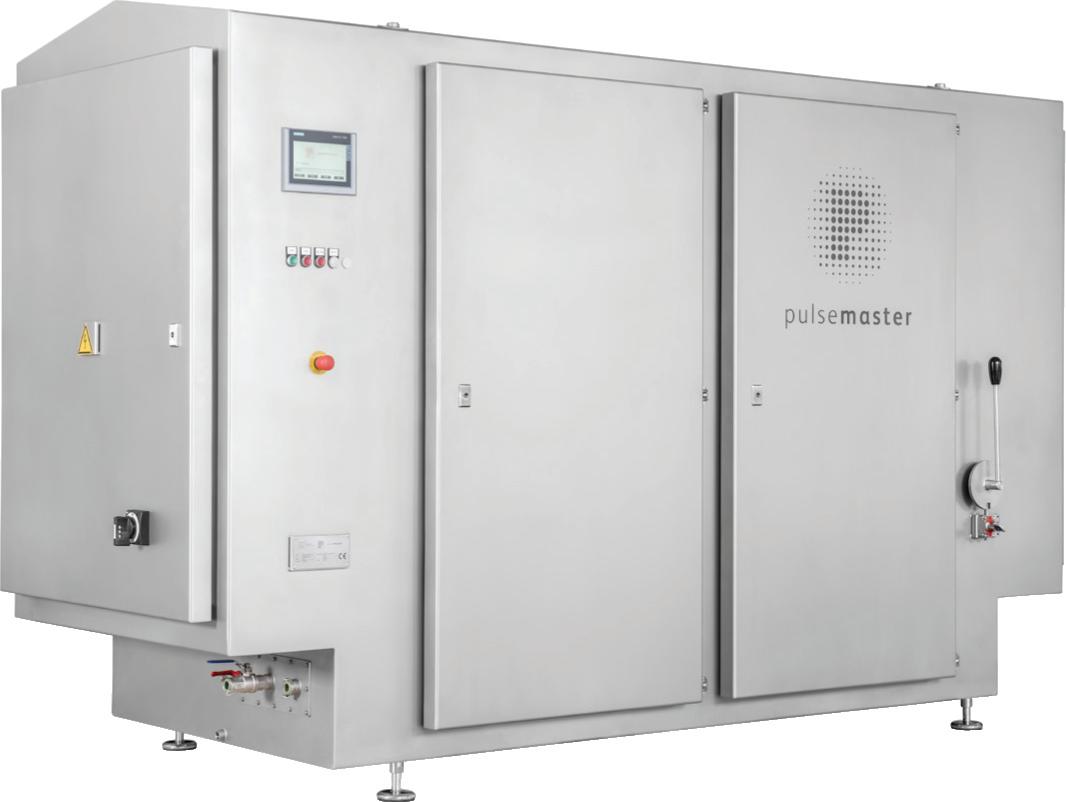


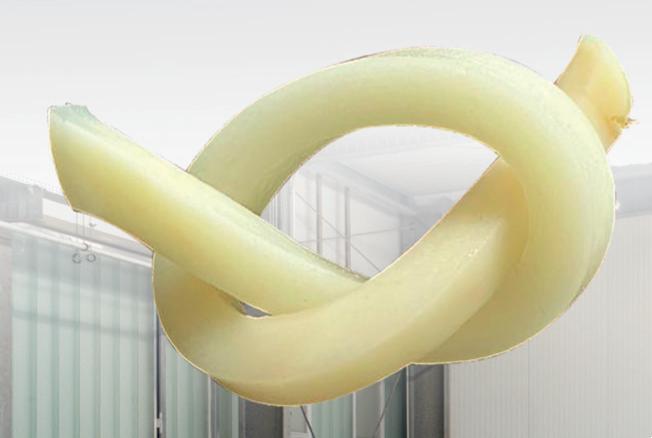


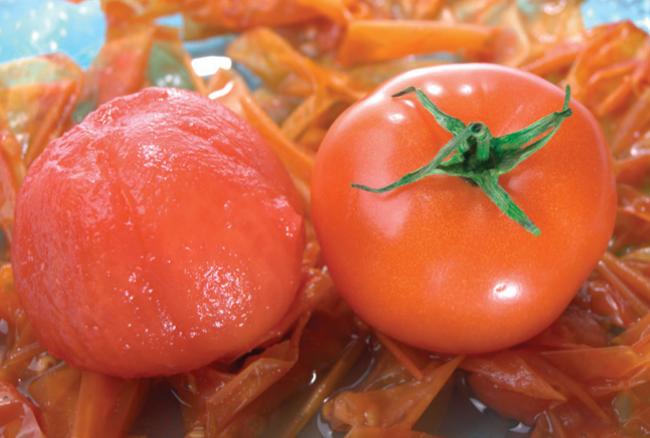
38ste jaargang 4 - 2024 In dit nummer : Kasgroenten Veredeling Aardbeien en Asperges #1
Hapert, The Netherlands & Lohne (Oldenburg), Germany & Woodstock NB, Canada www.pulsemaster.us • info@pulsemaster.us • +31 (0)497 820300 Pulsemaster Puls Generator Pulsemaster PEF-treatment unit Pulsemaster Compact PEF-System Special edition Greenhouse vegetables Independent specialist magazine for the potato, fruit and vegetable trade • Since 1986 May 2024
provider of Pulsed Electric Field systems for French fries & chips and for fruit and vegetable processing.
JUNE FEB MAY SEPT JULY MAR AUG APR FLUORI T E , DALLAS DOLOMI T E , Q UARTZ, PV-174 8 , L I GNITE, DALLAS , PV-1716 , QUARTZ , FLUORITE , LIGNITE , DOLOMITE , COCOPAH SUMMERSTONE , KIOWA , OPAL , SKARNE , ONYX , PV1719 OPAL , K I O W A , SKARNE , O N Y X , QUARTZ , PV1 7 1 6 , PV1719 , SUMMERS T O N E KIOWA, PV1 7 1 9, SUMMERS T O N E , SLATE ONYX, O P A L , PV1716, S K A R N E , OPAL, PV1719, SUMMERSTONE, SLATE, PV1901 SKARNE, ONYX, PV1716, SLATE,PV-1901OSUMMERSTONE, PAL,PV-1719, PV-1901, A NATASE PV-1719 , SL ATE , ANATASE PV-1901 , SLATE , SLATE , PV1901 , ANATASESUMMERSTONE , OPAL , PV1719 , S U M MERSTONE , S L A T E , PV1901 O P A L , PV1719 , S K A RNE , ONYX , O P A L, K I OWA, S K A RNE, ONYX, Q U A R T Z, PV1716, P V1719, S U M MERSTONE DOLOMITE, QUARTZ, PV1748, LIGNITE, ONYX, PV1719, FLUORITE,DALLAS FLUORITE, PDOLOMITE,QUARTZ, V-1748,LIGNITE, DALLAS Spinach 365 Focus is in our genes. popvriendseeds.com Deliver what you’ve planned. All year-round high leaf quality spinach with Spinach 365®. OFFICIAL DISTRIBUTOR


du Champ Lionne 8
B-7601 Peruwelz
T +32 (0)69 67 22 70 info@frigorexpress.be
255, Av G. Caustier
F-66000 Perpignan
T +33 (0)468 21 04 33 frigorexpress@orange.fr 557, Avenue des Vergers F-13750 Plan d’Orgon T +33 (0)0967 08 30 31 jean@frigorexpress.fr
ZI St. Michel, Rue des Cerises
F-82000 Moissac
T +33 (0)5 63 04 92 85 jeanluc@frigorexpress.fr Hipokrata iela 21-38 LV-1079 RIGA T +37 (0)127 71 76 49 baltic.office@frigorexpress.lv
I N T E RN AT IONA L R E F R IG E R AT I O N A N D FR E EZ E R T R A N S POR T S T O R A G E C OL D - F R E E Z DAILY GROUPAGE FRUITS & VEGETABLES ER - I N D U S T R IA L G OOD S
Smederijstraat 2 NL-4814 DB Breda T +31 (0)883 97 70 00 rob@frigorexpress.nl Rue
WWW.FRIGOREXPRESS.BE
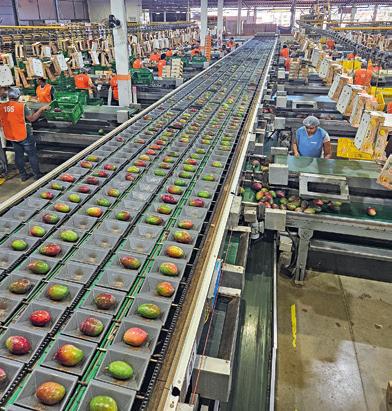


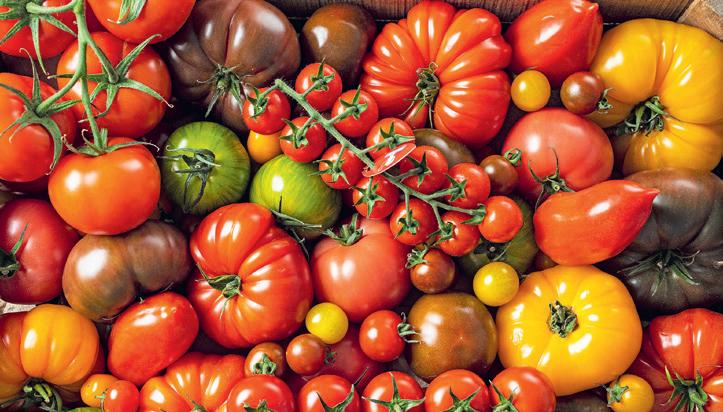




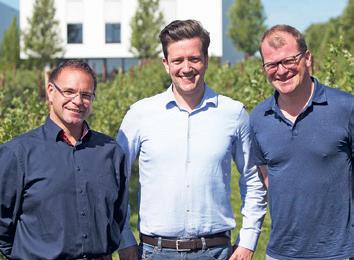



‚Later switch expected to citrus from overseas‘
The COBANA sales team
7
10
14
Uncertain start, stimulated by OJ concentrate shortage and a changed govt mindset
Expanding South American production aims to secure future supply
“The latest step is the establishment of a fully-fledged branch in Poland”
Owner and Managing Director Markus Schneider
16 The 2024 stone fruit season starts earlier in Spain Spanish stone fruit is increasingly in the hands of large professional companies
18 “Around 60 percent of domestic cultivation now takes place here”
Reichenau-Gemüse invests in organic sweet potatoes
20 “We focus on quality and short lines” Asian vegetables are becoming commonplace
23 “We need to further explore the health benefits and encourage people to keep eating avocados”
Johnathan Sutton, Westfalia Fruit
26 Despite criticism, Dutch glasshouse horticulture offers plenty chances
32 “All the expansion plans, that Dutch greenhouse growers still have, amaze me”
Martin Scherpenhuizen
34 Europe’s tomato greenhouses pick up winter production From hibernation to illumination
36 “As day traders, we excel at fulfilling limited product availability”
Philip van Geest, Van Geest International
38 “We export all over Germany”
Jonathan Vandesande, Frans Michiels Belgium
40 Dutch zucchini growers start doing their own marketing
42 Midi cucumbers: from novelty to fully-fledged product
46 “Without domestic production, imported goods would inevitably be more expensive”
Producer Stefan Scherzer
49 “In the winter, we double our acreage to meet German demand”
John Grootscholten, Daily Fresh Radish
52 “We want to be one of the survivors” Dutch bell pepper sector consolidation
57 “In the early days, anything was possible”
A decade of growing and packaging snack tomatoes
60 “In the Dutch season‘s first weeks, cucumber prices were half that of last year”
Peter Fes, StC International
62 The early Moroccan vegetable industry resists a multifaceted crisis
66 Fighting imports with locally, greenhouse-grown tomatoes
69 “Committing to French production to offer healthy, responsible and local food for all!”
Sophie Thill, Les Paysans de Rougeline
72 Spinach 365®: for year-round consistent quality supply of supermarket spinach
75 “Strawberry sales also ultimately developed in Greece‘s favor”
Carsten Gogoll, Bivano Ltd/Böhmer Frische Ltd.
78 New purple sweet potato variety may drive U.S. exports to Europe
80 “Effectively, it is another business tax, and it is being applied to enable the government to recoup the monies invested in building the government run BCP facilities”
Mike Parr, PLM Seafrigo
83 “Our increased capacity opens doors in our overseas sales markets” Two Dutch companies merge
86 Developments in the vertical farming sector globally, and in Berlin
90 “Six extra cents per kilo would make banana growing sustainable”
Manuel Laborde, Uniban
92 “So far, only two European supermarkets have adopted the Fairtrade method as a benchmark for the price”
José Hidalgo, AEBE
95 “The banana‘s future lies in genetic diversity” Yelloway — a Chiquita, KeyGene, MusaRadix, WUR partnership
99 “Sales are still moving, although it is mid-April with warmer weather” Karlsson Port, Port International, on the demand for bananas
4
4 23 46 69 10 26 57 75 14 40 60 92 Table of Content

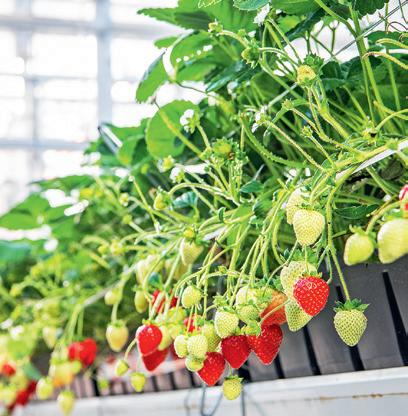


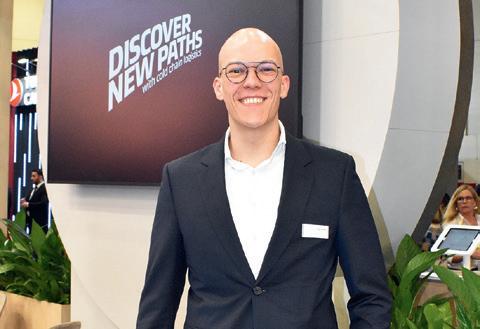

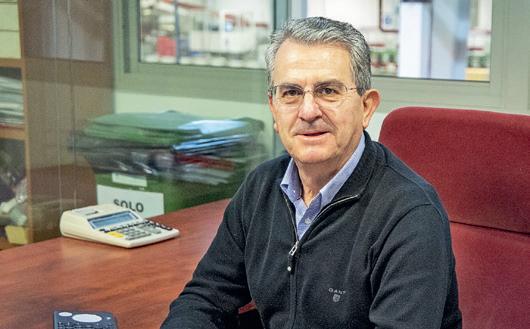
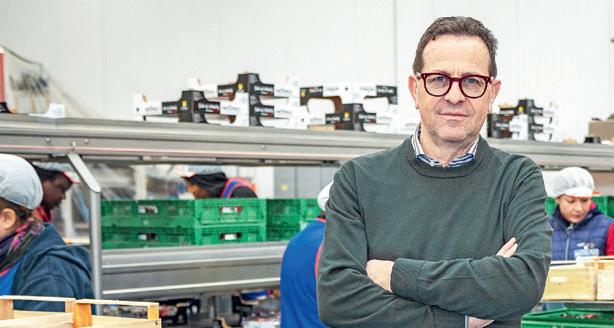




101 “When it comes to our clients in Asia, guaranteed quality is essential” Vacuum cooler gets Taste Up herbs all over the world
105 New Rotterdam cold store next step in cold chain integration A.P. Moller - Maersk
107 “Growing in Germany means we can supply them with local celeriac” Paul Heemels, Heemels-Agro:
108 What will the next stone fruit campaign look like?
Raphaël Martinez, Pêches et Abricots AOP de France
110 “All the product groups in which we‘re active have plenty of growth potential”
Ann Celen, Special Fruit:
113 “Opportunites for our soft fruit lie in Germany, too” Leo Klaassen, Limax
121 “New variety flattens out labor peaks” The Greenery about Inspire strawberries
123 “We‘re going to show growers and the market that it‘s genuinely possible”
Roland Sweijen, Limgroup
127 “People call on the trade not to set margins excessively high at the beginning, but to start moderately” Simon Schumacher
131 “Shrinking European asparagus acreage generally creates more demand than supply”
Will Teeuwen, Teboza
133 Despite a certain decline in the area under cultivation, asparagus is still the most important product in Italy
135 “The wet weather has delayed most Dutch asparagus crops by a month” Rick Mengers, ZON
137 “We want to further mechanize our asparagus production for reasons of efficiency and cost”
Mirko Tiemann, Kirchdorfer Spargel & Beerenfrüchte & Co
142 Using big data and AI to determine avocados‘ ripeness, also at consumer level
Experience Fruit Quality and OneThird
147 “Robots can help you stay competitive” Lazy Foods
151 “Wholesale markets are part of the solution, not the problem” For imports and regional producers, wholesale markets are essential and in times of crisis, a place of food security:
155 “Only a new commodity apple can boost consumption and move the sector forward”
Belgian breeder wants to develop new Jonagold
159 “Shift from‚ dirty‘ to cleaned products”
Xavier Meijers, Eussifruit
160 “Thanks to significant and broad segmentation in the tomato sector, some specialties have not been affected by the dynamics at the beginning of the year”
Carmelo Salguero from Granada La Palma
164 “Breeders are at every chain partner’s beck and call, right down to consumers”
168 Unpredictability takes the lead in reefer transport
170 Does the growing Polish pear cultivation pose a threat to Dutch and Belgian sectors?
173 „Wir sind in der Lage, unseren unmittelbaren Nachbarn innerhalb von ein bis zwei Tagen zu beliefern“
175 “We missed the chance to fundamentally rethink some things” Steve Alaerts, Foodcareplus
179 Sowing tales among the future generation
180 Italian strawberries available earlier than in the past
183 “Those experiences broaden your horizon and challenge you to think differently”
Maurice Beurskens
184 The year 2023 ended on a positive note, and we will only see what 2024 will be like at the end of the year
Exports of horticulture products to Germany are at a standstill
187 “Shouldn’t we be asking if some established varieties should make way for these?”
Nicolas Stevens, Better3Fruit
95 121 179 175 105 131 159 180 110 137 160 187 Onafhankelijk vakblad voor de agf-handel
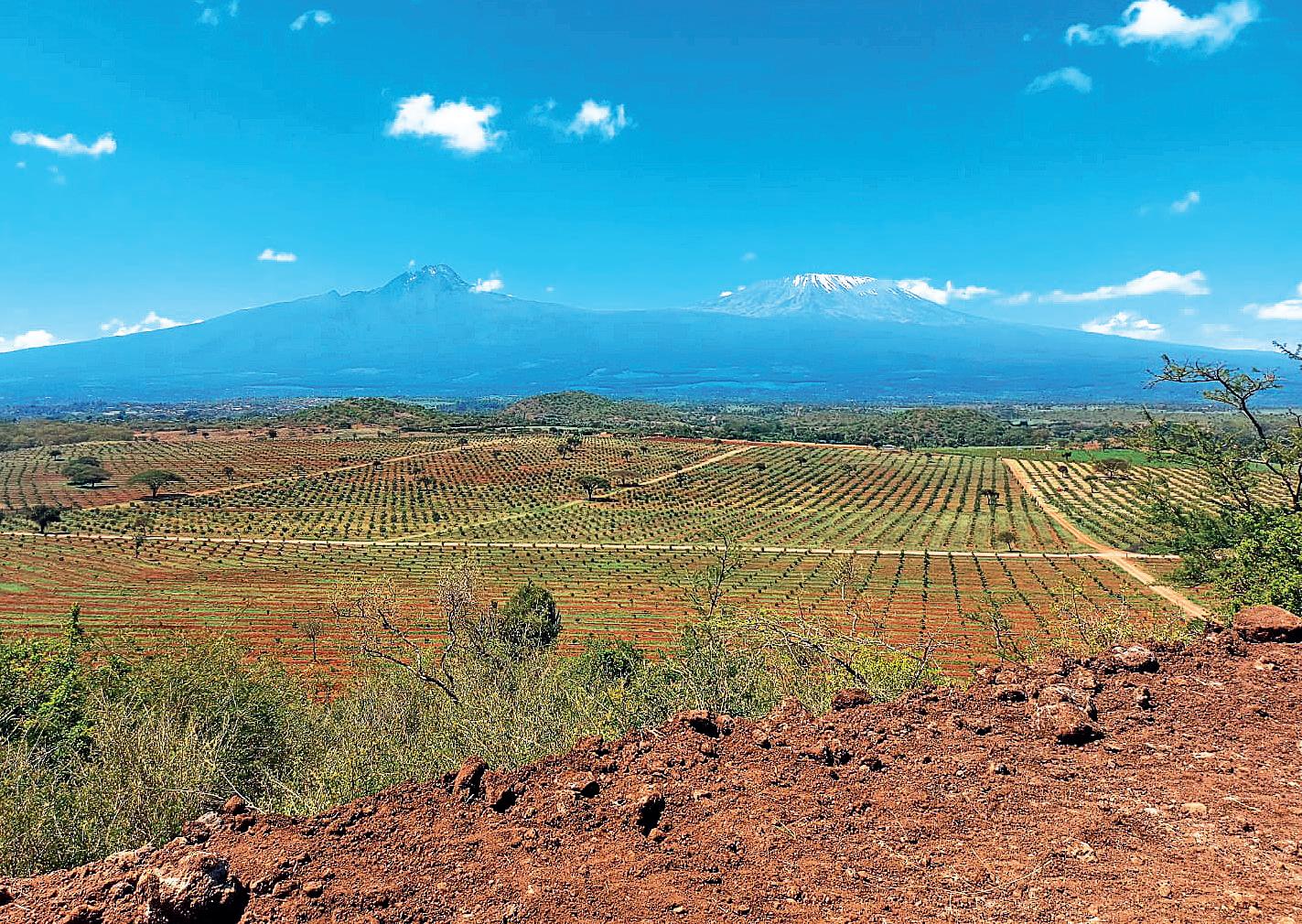
The COBANA sales team on the marketing of exotics and citrus: ‚Later switch expected to citrus from
Due to multiple crises and challenges, the global fruit trade is coming under pressure. Especially for overseas products such as avocados, mangoes and citrus fruits, the adversities are leading to challenges in the procurement and logistics of goods. As the main supplier and service provider to German and European food retailers, Hamburgbased fruit trading company COBANA & Co. is also confronted with this problem. At the beginning of the second quarter, the sales team spoke to us about current market developments in the exotic and citrus sector.
AVOCADO: VOLUME PRESSURE ON MEDIUM AND SMALL CALIBER VARIETIES
At the beginning of April, the total weekly volume of Hass avocados on the European market was around 5.0 million boxes. The most important countries of origin are Peru, with more than 2.0 million boxes, and Israel, reports Felix Sperl, product specialist at the company. “However,
the volumes from Israel are slightly lower than in previous weeks, as the season there is now coming to an end. The last shipments are expected around week 19. Meanwhile, Brazil is shipping around half a million boxes this year, which is far more than in previous years. We are also seeing a sharp increase in volumes from South Africa (just under one million crates in total), and Kenya and Tanzania
overseas‘
are also participating with a good half a million crates in total.”
Due to the issues in the Red Sea and alternative shipping routes via the Cape of Good Hope, longer transit times (37 days to Rotterdam) must be expected. Even so, logistics have improved considerably in recent times, with total transit times of around 50 days. Sperl: “Nevertheless, we realize that the situation will not change quickly, as attacks are now also taking place in the Indian Ocean. As a result, the weekly shipments of Kenyan Hass avocados are interrupted in places and the volumes are not as constant as they were before these political and logistical problems. In terms of quality, the Peruvian deliveries are predominantly medium to small-sized (around 70 percent), and the same applies to the previous volumes from South Africa. As the current supply volumes are predominantly from these
4 AGF Primeur 4 • 2024
Exotics
Avocado plantation in Kenya
two source countries, we are assuming that the pressure on smaller caliber fruit will continue in the short to medium term. With the end of the season approaching in Israel, we also cannot rule out a shortage of the larger calibers.”
Sperl also refers to the volume deficit in the Peruvian growing region of Olmos, which will be around 30% in the second quarter. “But even if there is a short-term decline in volumes, we do not see a shortage of goods in Peru in the longer term, at least not to the extent that we initially expected. This is mainly due to the strong start to the season in the Sierra growing region. Finally, we must not forget that there is currently also a high demand for Peruvian avocados in the US.”
MANGO:
THE MARKET IS BEGINNING TO NORMALIZE
In the case of mangoes, we can look back on an extremely difficult campaign in Peru, says product specialist Mario López. This is not only due to the low volumes, but also to quality problems that are occurring this year. According to initial forecasts, Brazil will export more of the Palmer variety at the beginning of this year, followed by the Keitt variety later in the season. “Overall, the current market situation for mangoes is not particularly positive. Both Peru and Brazil are currently shipping goods of fluctuating quality, and sales are very sluggish as well.“
“In contrast to Peru, this year‘s climatic influences in Africa were relatively manageable,” López continues. “It was very hot and, due to the lack of rain, there is slightly more fruit than last year. We therefore expect a good, continuous supply here until May. Additionally, countries such as the Dominican Republic and Costa Rica are producing as well, so we
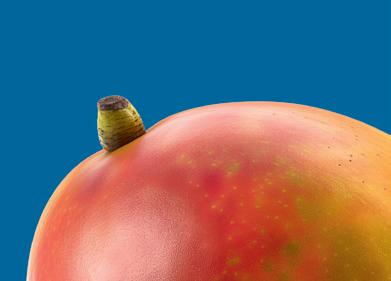

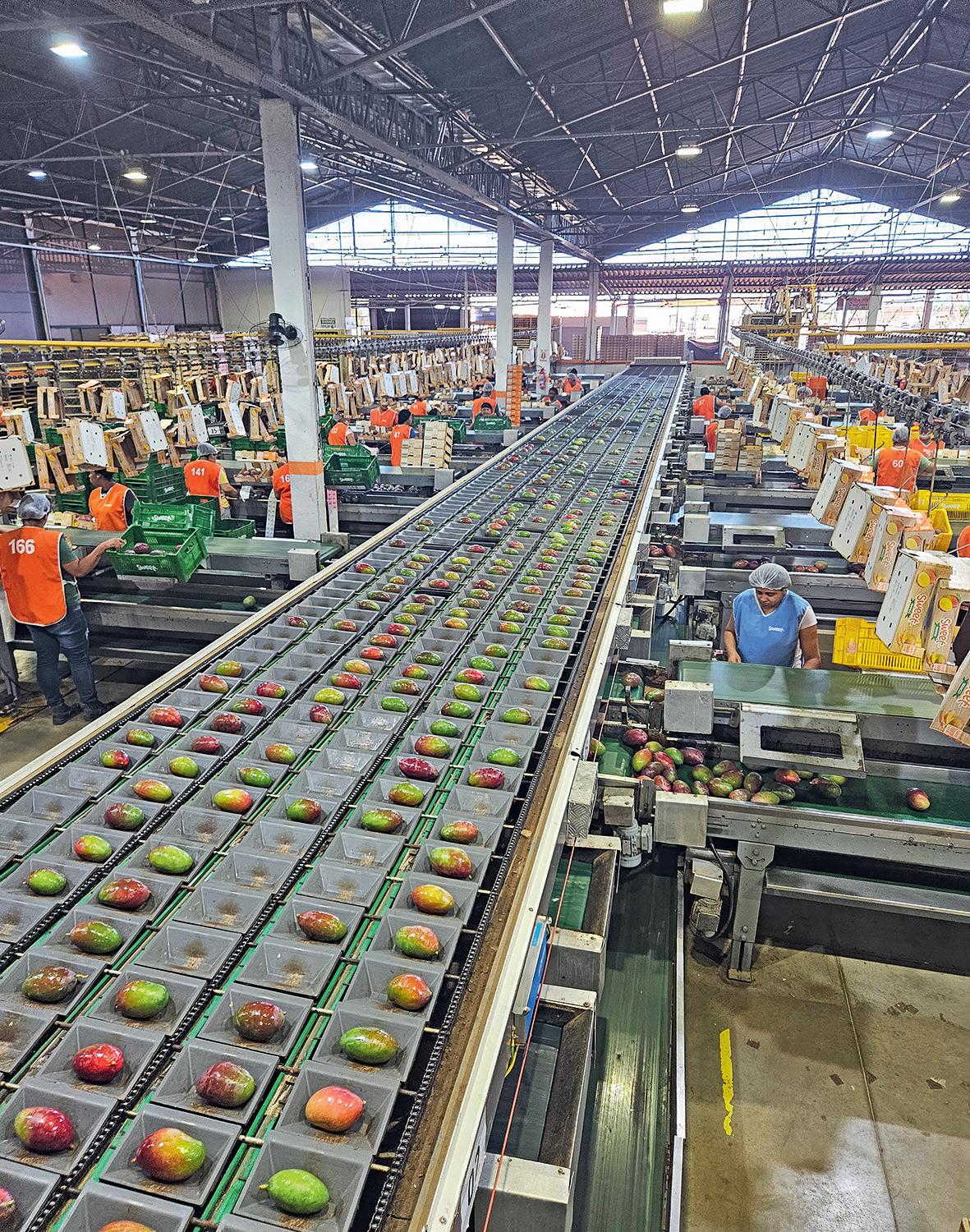
are less concerned about availability. We assume that prices will settle at a normal level in the coming months and that food retailers will most likely use this opportunity to step up their promotional activities. At the same time, we expect sales to


GROWING PASSION





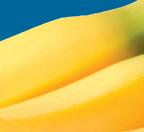


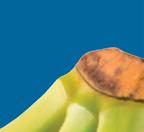
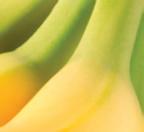

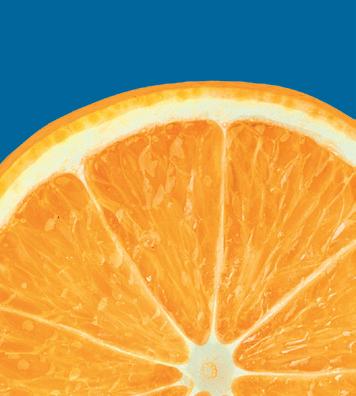

5 AGF Primeur 4 • 2024
With increasing passion and innovation, we continue our mission to provide the best service to you and your customers. A commitment that will continue to bear fruit in the future. For more information and contacts, please visit www.cobana.com.
increase, as mango is a very popular fruit in summer, especially in Germany.”
Sorting and packing station for mangoes in Brazil

CITRUS FORM OVERSEAS: LATER SWITCH TO SOUTH AFRICA EXPECTED
In addition to mangoes and avocados, citrus fruits from overseas have become increasingly important for COBANA in recent years as well. Due to the good availability of volumes, the Spanish citrus campaign will end later than in the previous year. Accordingly, the switch to overseas citrus, particularly lemons, but also oranges, will take place later this year, predicts Henry Lührs, Overseas Citrus Sales Manager at the company. “In 2023, grapefruits and oranges in particular saw an extreme number of large calibers and fewer normal to small calibers. This year, on the other hand, we are expecting more normal to small sizes from South Africa and Uruguay, which is mainly due to the abundant harvest.”
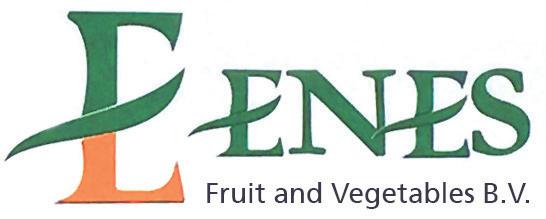
ENES BV
Venrayseweg 124
5928 RH VENLO
T +31 773961190
F +31 773961198
The grapefruit harvest has now begun in the early regions of South Africa (Mpumalanga, Limpopo) and the first containers are already on their way to Europe, Lührs states. The switch from Europe to goods from overseas is expected to take place in mid-May. “Due to extensive rainfall, however, the grapefruit harvest is off to a slow start. At the beginning, the fruits in the middle of the tree are always picked first, as these are the first to develop color. In addition to this, these fruits are also larger on average than those that grow on the outside of the tree. These fruits tend to be smaller, which is why we are expecting more fruits in the 50/55 grading compared to previous years. This will be particularly noticeable on the European sales market from the end of June, as most of the inside fruit is shipped before

info@enes.nl www.enes.nl

then and the European markets are mainly focused on the 35/40/45 caliber.”
According to Lührs, the situation in the major South African seaports of Cape Town, Port Elizabeth and Durban will also play a decisive role for the rest of the season. “Although operator TRANSNET has invested in the port of Durban, for example, it remains to be seen whether the measures are really sufficient. Also, all three ports are extremely susceptible to wind, which is why there are already delays at the start of the season.”
info@cobana.com
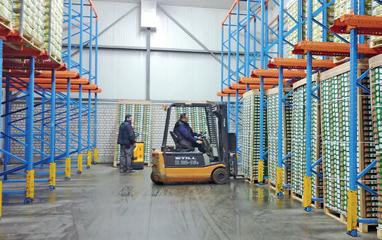
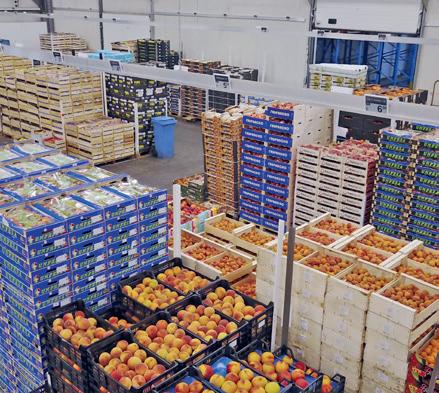

6 AGF Primeur 4 • 2024 Exotics
Einblick in den Sortier- und Verpackungsprozess im Bereich Exoten

Uncertain start, stimulated by OJ concentrate shortage and a changed govt mindset
The 2024 citrus season in South Africa, during which there ought to be no shortage of fruit, contains a number of welcome changes, notably the government’s greater amenability to the idea of outsourcing management of the country’s beleaguered port terminals.
The second factor, playing a particular role this season, is that of juice prices, discussed in greater detail below.
STATE VERSUS PRIVATE SECTOR TUSSLE TURNS A CORNER
The state of South African harbors has become an essential condition to every discussion of the South African citrus.
The Citrus Growers’ Association, in conjunction with the broader fruit export industry, identified a lack of competition among shipping lines as one area where it could make a difference, while not getting involved in commercial matters.
From the end of May until the beginning of September, MSC will run an additional direct shipping service from the ports of
Ngqura and Gqeberha (Port Elizabeth) in the Eastern Cape.
In February, the CGA had announced that through consultants, it had succeeded in convincing Hapag-Lloyd to extend its services in exporting citrus from the ports in Durban and Gqeberha for the same period. A number of producers have already confirmed that it would make use of the new service.
“Hapag-Lloyd’s involvement will make a difference in giving us more options and vessels. It won’t necessarily lower shipping rates, but it creates more competition as we ready ourselves for the volumes on the way,” says Charles Rossouw,
a citrus grower in the central interior of the country.
He points out that during its citrus season, South Africa basically competes with itself with little competition from elsewhere in the Southern Hemisphere.
The other major sea change has been the much-lauded decision to hand the management of Durban Container Terminal Pier 2 terminal to a private company. International Container Terminal Services, Incorporated from The Philippines was awarded the contract, due to have commenced at the start of April. The discontent of organized labor was feared, but has so far not realized.
However, unsuccessful bidders APM Terminals and others have launched a court interdict to challenge the outcome of the tender process, which means the privatization is deferred for the moment.
7 AGF Primeur 4 • 2024
Citrus orchard
South Africa
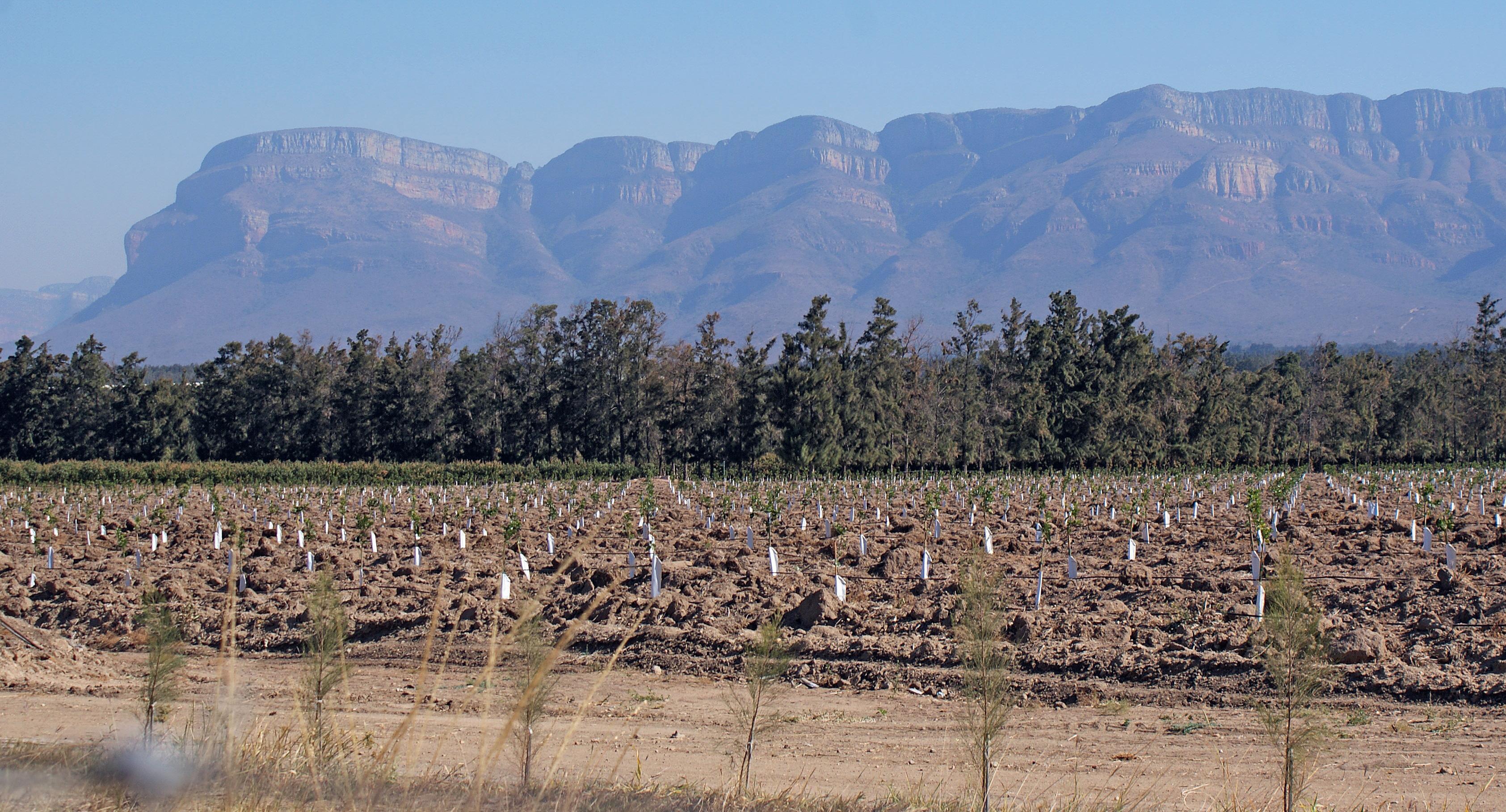
Nevertheless, Rossouw notes that this points to a fundamental shift in the government’s thinking on the prickly topic of privatization of state assets. This change in the regulatory environment to allow the private sector to manage state assets is a development he finds very encouraging.
Events at the port of Cape Town – which mercifully spared the citrus sector –clearly showed the whole country (for it made headline news) that the government-owned enterprise Transnet was no longer capable of managing ports and its infrastructure. A new CEO has since been appointed, one who bears the approval of the fruit industry, and Transnet has worked hard to at least improve its image.
So the legal impediment to privatization of DCT’s pier 2 is for the moment not holding back major changes there. All equipment still has to arrive, but the CGA has noted it’s hoping for a speedy outcome to the legal challenge.
INVERSE CORRELATION BETWEEN ORANGE AND LEMON JUICE PRICES
A Western Cape packhouse manager says lemon juice prices are now a tenth of what they previously were. “You could always make a few bob with juicing. Not a lot, but always something, at least. Now [lemon] juice is in its glory.”
At current lemon juice revenues, farmers can barely pay their labor and transport costs. Moreover, the impediments to
shipping meant that some farmers who had established lemon orchards during the great lemon expansion over the past decade, never once came to the point of exporting.
At least one citrus producer is now taking out their lemon orchards for these reasons, but that’s not making a dent to the almost 36.8 million 15kg cartons of lemons predicted to be harvested from South African orchards this year.
In the Eastern Cape, growers have had to contend with very high temperatures and scant rainfall, affecting lemon sizes, although volumes of right spec fruit are definitely sufficient, exporters insist, to fill their retail programs.
Similar high temperatures in the north of the country – coupled with localized spots of hail, usual to this area – have also had smaller fruit as a result, but growers there are upbeat about oranges.
“VALENCIAS
AND NAVELS ARE IN A GOOD SPACE”
There is a worldwide shortage of orange juice concentrate. Under these conditions, exports need to compete with the no fuss option of sending fruit in big processing bins to local juice factories.
“Valencias and navels are in a good space,” says a Mpumalanga citrus grower. “When you look at last year, everyone did well with oranges and what helps them this year is the unbelievably good orange
juice prices this year. Farmers are very happy about this.”
In years with a weak orange juice price, producers could decide to let fruit hang (while keeping an eye on the start of tariffs on South African oranges in September) – the way the Spanish season is stretched in Europe – but this reduces the shelf life.
This year will be different: growers of the approximately 84 million cartons of navels and Valencia have strong juice options, which will divert class 2 fruit from exports.
“The start to the citrus season is the same as last year: a very uncertain start, but thereafter it held steady throughout the year.”
He prefers a cautious commencement rather than an overheated market resulting in an oversupply of fruit on the market, remarking that there will be always be demand for freshly harvested citrus with a healthy shelf life.
“I’m cautiously optimistic about the season ahead. As long as we place high-quality citrus while offering a good value proposition on the shelves, we have a reason to exist.”
info@cga.co.za
8 AGF Primeur 4 • 2024
South Africa
A FEW producers who had planted lemon orchards ... were never able to export...





theoniongroup.com
Onions, pickles and other vegetables from TOP are found all over the world year-round processed or unprocessed. We take great pleasure in meeting the demands of food processing companies and growers. The fact that we both grow and process the crops ourselves creates endless possibilities. Discover TOP!
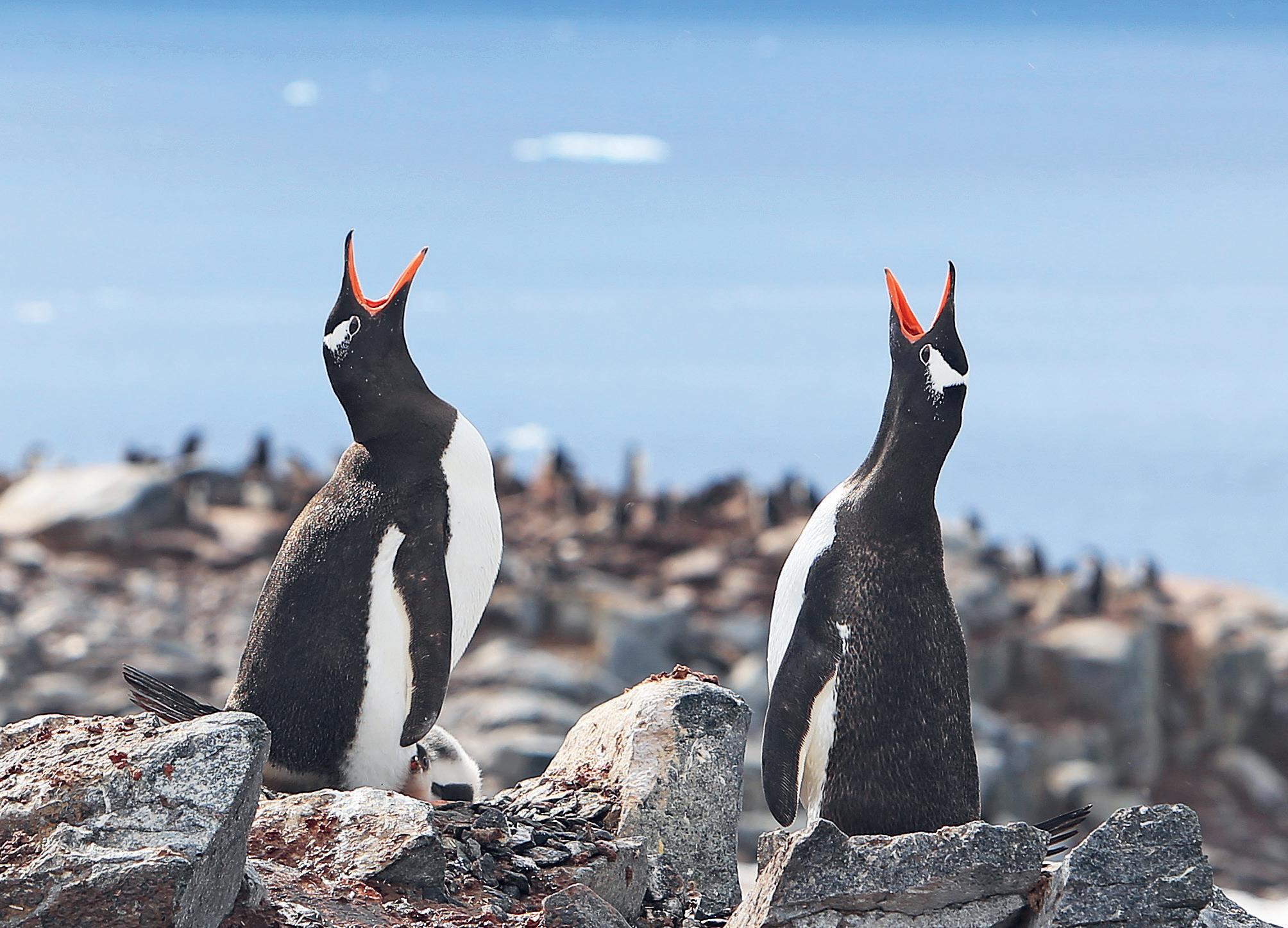


9 AGF Primeur 4 • 2024 We like to support your business

Expanding South American production aims to secure future supply
Europe and the rest of the world need not worry about a scarcity of supply of fresh fruit and vegetables in the medium to long term. Producers in countries across South America are actively expanding and ramping up fruit and vegetable production of different types. This all with the aim to provide the much-needed supply to world markets, while sustainably developing people, their industries, and the environment. The South American governments are hard at work, in tandem with their fresh produce industries, to build and open new ports, to ensure the fresh produce is shipped efficiently to distant markets. There is also vigorous activity to open new markets across Asia, while also expanding market access in Europe and North America. The aim is to gain more favorable terms with the lowering of tariffs, key in this process.
One such industry that is rapidly developing is the exotics fruit industry in Brazil, where they are concentrating
on increasing the production of dragon fruit. Research and extension work to assist small producers is intensive in the
region, says Ricardo Martins, an agronomist at Epagri, the agricultural research and rural extension company in southern Brazil. “We have seen pitaya grown in small areas, but there is great potential for the fruit to be grown in larger areas, given the opportunity to export and industrialize.”
He says because Brazil has a very strong domestic market that is competitive, producers often don’t look further to export markets. “However, with the increase in the supply of fruit, we hope that Brazil will start exporting because in this case, it’s possible to add even more value to the fruit.”
The person known as Brazil’s ‘melon king’, Roberto Barcelos, says the world can benefit from the huge production in his
10 AGF Primeur 4 • 2024 Citrus

country, with currently only about 3% of total production being exported. However, for exports from Brazil to expand more, they need a free trade agreement between Mercusor and the EU. “Our fruit pays 10% duty in the EU. Our other South American competitor countries have 0% tariffs and our grapes pay 14% and from Peru it is 0%. Our melons face a 9% tariff, while other countries from Central America have much lower tariffs. Brazil, in the Southern Hemisphere, is counter seasonal to the Northern Hemisphere. There’s also many local producers in Brazil that must be developed into exporters.”
Colombia, known for their limes, avocados and exotic
fruit, cocoa, and flowers, will see export volumes increase in the next few years, says Juan Pablo Duque, CEO of Equilibria. While others might call it a greenfield project, Duque and his team have designed a large scale limes farming enterprise that will impact many growers in the future. They have planted 300 hectares of limes and work with a community of 330 growers.
“Our ecosystem is designed to empower small-scale producers, providing them with the tools to enhance the quality of their production, increase margins, and promote environmentally friendly practices. Through technology and knowledge, we aim to expand this initiative to 2,000 hect-



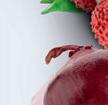






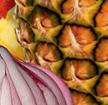

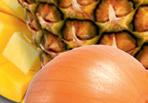

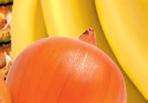











11 AGF Primeur 4 • 2024 +32-3-3024563 www.eolisbelgium.com commercial@eolis-be.com WEEKLY, DIRECT and FAST service from ANTWERP to ABIDJAN, TEMA, DOUALA and DAKAR Your refrigerated transport solution
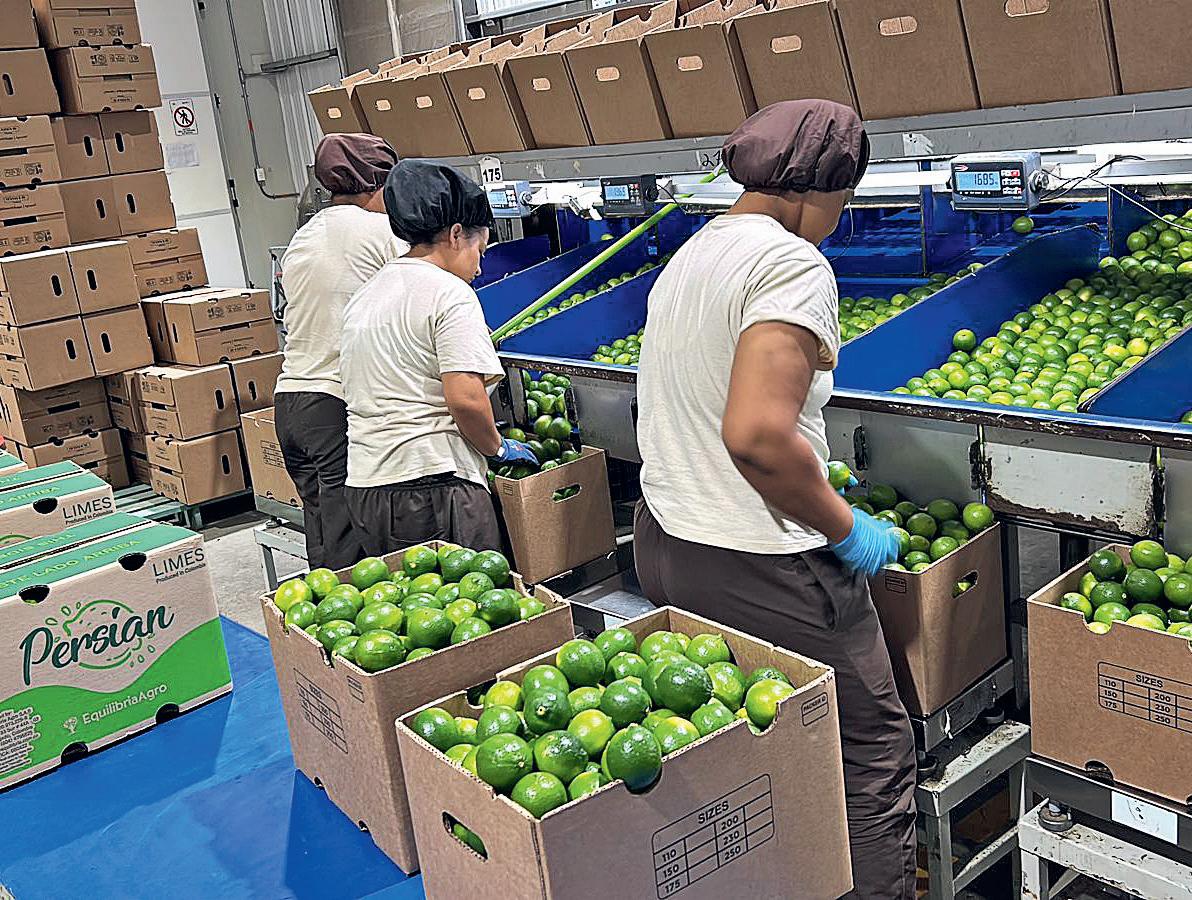
ares, driving sustainable development in our agricultural community. Our ultimate goal is to scale this initiative not only across Colombia but also throughout Latin America.”
Colombia’s fresh produce exports are still small, says Duque with a lot of potential still to be realized. “Our avocado industry is small. Golden berries too as well as limes are very small. About 85% of informal jobs are in rural areas in Colombia. These people have no pensions, no social security and health insurance. When people reach the age of 60 they have to work into their old age. Small growers are normally seen as old, poor and tired. We need to change this and give them opportunities. There’s 6.9 million people living in poverty with 18.3 million living in monetary poverty. According to the World Bank agriculture development is up to three times more powerful to end poverty,” states Duque.
He says to help so many people, a system of big enough scale is needed. “We started with our own nursery to have better
quality trees. It is not common in Colombia for companies to have their own nurseries. We established a very good managed production of lime trees. Now we have the largest nursery in Colombia. We needed knowledge and brought a senior agronomist in Colombia, a lady, on board. We run our operation with an app. We are the only nursery that can upload the needed information, a buyer knows exactly what we did to grow the tree.”
Duque says the key is to have a body of knowledge to guide the many small producers. “We developed a play book, a manual where you have all the information on how to establish a farm from zero to develop it into an export farm. We have videos and a manual that covers everything. We uploaded it to this app for smaller growers, we’re giving free information to increase productivity and quality. We need to train them and make them exportable.”
Equilibria started an export company, built their first production facility, they have a carbon negative operation too.
“We have 180 hectares of forest and conservation. We have a biodiversity action plan. We partner with the foundation of one of the largest company’s in Colombia, where we cover 50 hectares to reforest and have seen an explosion of biodiversity.”
All these efforts, says Duque, go beyond what is needed to only reach global certification. “It is to give supermarkets and consumers the fruit with the EQA quality. That’s quality you don’t see because the world only buys fruit for the quality they see. We need the quality of the unseen. That is fair wages, fair prices for growers that look at the environmental aspects too. We are looking for supermarkets who want to play with these rules. Those who want a more emphatic sustainable food chain. That’s our final goal. This ecosystem will be the key.”
jorge.abrafrutas@gmail.com rsmartins00@yahoo.com.br jduque@equilibria.com.co




12 AGF Primeur 4 • 2024 Citrus










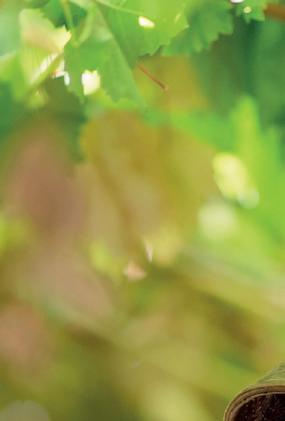






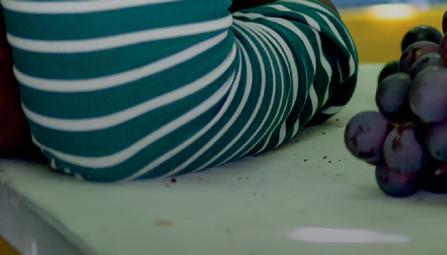
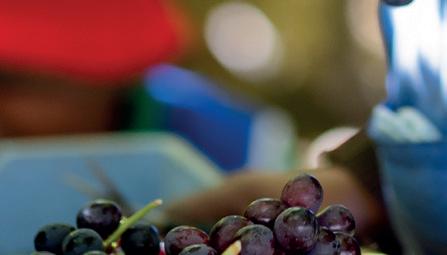


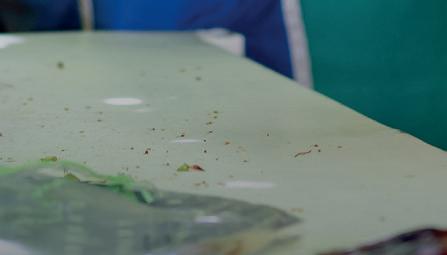















www.originfruitgroup.com















Same trusted faces, a new refreshed look for Origin Fruit Direct

Owner and Managing Director Markus Schneider:
“The
latest step is the establishment of a fullyfledged branch in Poland”
The annual seasonal transition from Spanish to German and Dutch greenhouse strawberries is taking place in line with the time of year. “In Baden, we expect to start the main harvest a week earlier, while in the Rhineland, the start is largely the same as last year. Overall, we are therefore expecting our tunnel strawberry harvest to start around four days earlier,” said Markus Schneider, Managing Director of the Frutania Group.
The price level for Spanish strawberries has been quite good so far. Schneider: “What has caused us problems, particularly from February onwards, are the quality problems, which are clearly due to the extensive rainfall. Although strawberry cultivation is still dominant in Spain, it has become increasingly difficult in recent years. In the German food retail sector, Spanish produce is still offered in April and May alongside the domestic product, although we also supply a significant proportion to other European countries. This is definitely related to the availability of water in Spain. I remem-
ber last year, when the water issue had an impact on quality, especially at the end of the season.” Nevertheless, in other growing countries, such as Greece, it is sometimes difficult to meet the high-quality standards of the German food retail trade. However, Spain has the advantage of a wide range of varieties and special formats, while Greece is mainly dedicated to the cultivation of standard varieties.
Raspberry cultivation is increasingly shifting towards Morocco, which is mainly due to the cost situation in Spain,
Schneider continues. “Although blueberry cultivation in Spain is stable, cultivation capacity in Morocco is also expanding. To date (11.04.2024), the prices for Spanish blueberries have been relatively firm, but the supply of raspberries from Spain is fairly limited.” Meanwhile, almost all German fruit varieties are in full bloom, with a ‚predominantly good fruit set to date‘. “Furthermore, no frost has been reported, which is why we are expecting a good start to the season for now. However, it is still too early to make any statements about the blueberries. According to the weather forecast, there is still a warm weekend ahead of us followed by a colder phase, which would then slow down the vegetation again somewhat. We have also had to cope with some very heavy rainfall, which has made many fruit growers extremely nervous. All in all, we are currently facing very unusual climatic conditions. Nature is exploding, and you can see that not
14 AGF Primeur 4 • 2024
Soft fruit
Die dreiköpfige Geschäftsführung der Frutania-Gruppe: Andre Moog, Holger Hoge und Markus Schneider.

only in fruit growing, but also in the rapid growth of vegetation in general.”
SALES COOPERATION WITH OGM MITTELBADEN
In contrast to the slight downward trend in German strawberry and raspberry cultivation, the Frutania Group‘s cultivation capacity has remained constant in recent years and has even increased slightly for blueberries, Schneider confirmed. At the beginning of April, Frutania also announced a new sales cooperation with Obstgroßmarkt Mittelbaden (OGM). Schneider comments: “Thanks to our cooperation with Fruitfels, we already have a good position in the Oberkirch area. It simply made sense to bundle the volumes and jointly notify and market them to food retailers. With this basic idea in mind, we then decided to take over the marketing of OGM Mittelbaden‘s fruit. We basically have the same products: This means that the product range will not be expanded, but intensified. We also expect further synergy effects in the area of logistics. However, we will only be able to evaluate this in a few months‘ time. In short, thanks to this cooperation, we are now able to move more volumes in the early area.”
INCREASED PLUM CULTIVATION
In addition to soft fruit, the Frutania Group has also recorded nice growth rates in plums, Schneider explains.

“We are seeing steady growth in the premium Haroma variety from covered cultivation. We have expanded the area in recent years and these new plants will now gradually reach full yield. In general, last year‘s plum harvest was entirely satisfactory. We had roughly the same quantity as the previous year, with good demand. We will also stop after the end of the German season and will not import any additional quantities from Moldova or other foreign origins.”
STRENGTHENING POLISH BERRY PRODUCTION
Overall, Schneider is positive about the future. “We are still on course for growth, and we are constantly striving to optimize our operational and marketing structures with the aim of strengthening the marketing of German production.” Nevertheless, the company is also gradually expanding its presence in neighboring countries such as Poland, adds Schneider. “The latest step is the establishment of a fully-fledged branch in Poland to better coordinate the marketing of fruit produced there. Specifically, this mainly involves raspberries, blueberries and strawberries, not so much for the German market, but primarily for the Polish domestic market and for export abroad. Here, too, we are aiming to organically expand our cultivation capacities.”

15 AGF Primeur 4 • 2024
soft fruit specialist: www.frutania.de
The
Frutania-Primeur-04-24.indd 2 18.04.24 11:11
Qualityacross the entiresupplychain

Spanish stone fruit is increasingly in the hands of large professional companies
The 2024 stone fruit season starts earlier in Spain
In the third week of March, the first nectarine harvests began in Huelva and Murcia, the earliest stone fruit production areas in Spain. The country continues to occupy the first position as a supplier of stone fruit to the European Union, at a great distance from other competing member countries. Although Huelva has started a week earlier than last season, Murcia‘s early start of around two weeks has set a historical record for companies such as El Ciruelo, one of the main producers of stone fruit in Murcia and the earliest in the region.
The first batches to reach the market go for really high prices and are sold to the highest bidder, it is not until the end of April when important and consistent volumes start in Murcia. On the other hand, this year Extremadura, especially the province of Badajoz, begins to have significant volumes in mid-May. Furthermore, it will not be until mid-June when the campaign begins to take shape in
Lleida and Aragon, the later areas for nectarine, peach and flat peach.
The advance of the campaign in Murcia this year takes away the fear of the overlap that occurred last year between Extremadura and northeastern Spain. In addition, supermarket chains have valued very positively to start having the fruit earlier this year.
“At the beginning of winter we had a good accumulation of cold hours, much higher than the previous year, followed from the beginning of the year by an advance of heat with higher temperatures than usual, very sunny days and an almost total absence of cloudy days and rainfall,” José Velasco explains, CEO of El Ciruelo.
The Region of Murcia exported around 130,000 tons of stone fruit in 2023, almost 20% of the total exported by Spain. This year, exports are expected to reach between 180,000 and 190,000 tons, especially due to the recovery of the early apricot crop. “The lack of cold weather and bad weather reduced the supply of apricots last year, but this year, if there are no setbacks due to the weather, forecasts point to a harvest of approximately 50,000 tons of apricots,” says Joaquín Gómez, president of Apoexpa.
16 AGF Primeur 4 • 2024 Stonefruit
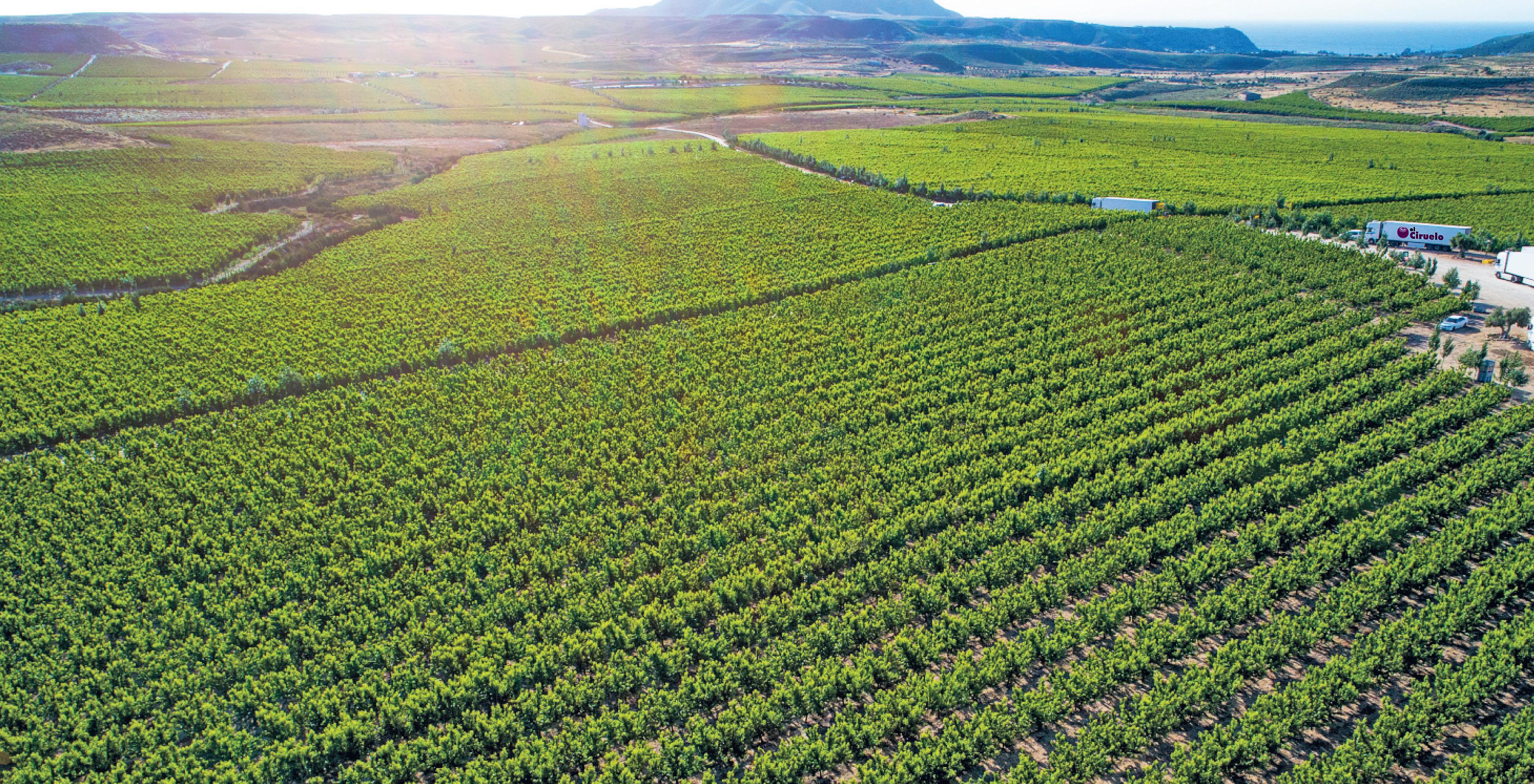
“Just as for the earlier apricot varieties, there have been sufficient chilling hours, and they are coming in on date, this has not been the case for the mid-season and late varieties, whose flowering has been very irregular due to the excess heat. For this reason, good harvests of nectarine, peach and flat peach as well as early apricot are expected for the moment, while there will probably be less production of later apricot,” says Thomas Chevailler, Technical Director of PSB Producción Vegetal, a renowned stone fruit variety breeder and also a producer and marketer of fruit.
The apricot is the most affected species by climate change, with the consequent increase in temperatures in almost all producing areas, according to the Technical Director of this breeding company.
“Average temperatures have risen faster than predicted. It is very important to plan the planting with the breeder, paying attention to the chilling hour needs of the varieties and to be proactive, considering the changes that are predicted. It is getting more and more complicated for growers to get it right,” Thomas says.
As for Extremadura and the producing areas of Catalonia and Aragon, good crop volumes are also expected. Although there was concern that there would not be enough irrigation water to cover all the needs after flowering, when the fruit has already set, there has finally been enough rainfall to ensure the campaign in the main producing areas, especially in Lleida.
It should be recalled that, at the beginning of the year, the severe drought led
to drastic measures in Catalonia with severe restrictions on the use of water for human consumption and for agriculture. “We have to take advantage of these moments of crisis to think about mediumand long-term solutions, in investment projects to be able to better face these situations of water shortage in the future, with more efficient irrigation systems,” says Manel Simon, director of Afrucat.
Spanish stone fruit is increasingly in the hands of large professional companies In recent years there has been a transformation of the Spanish stone fruit sector, which has gone through a permanent period of price crisis until two or three seasons ago, in which it has shown signs of improvement, explains José María Naranjo, Sales & Market Development Manager at Tany Nature, located in Zurbarán, Badajoz. “Although we had already been seeing gradual changes in the structure of the sector, this trend has been boosted in the years following the pandemic, given the excessive rise in production costs or the shortage of labor, among other factors.”
“From 2000 to 2010, there was a tremendous revolution at the varietal level and a lot was planted. However, not everyone is willing to produce and sell stone fruit because of the technical difficulties involved, the product‘s short commercial shelf life, and the growing competition from other products,” says Rosa Hernandorena, Commercial Director of Viveros Hernandorena, a nursery that specializes in stone fruit, persimmon and almond trees, among other crops.
“Many farms already gave up after the Russian veto in 2014, but since the times of the pandemic, change in the sector has accelerated, and non-specialized growers have been disappearing. Stone fruit cultivation is increasingly in the hands of large companies with a high degree of professionalization and process integration, which plant on demand to meet the needs of their customers while keeping a close eye on the production costs,” Rosa Hernandorena points out.
“In fact, many producers are still uprooting and changing their activity, or have replaced stone fruit for other crops, such as almonds, pistachios, olives or cereals, among others, leading to an atomization of the sector. Moreover, there is a boom in the purchase of fruit producing companies by large investment funds, which are looking closely at the origins. This is something that had already been happening with other crops. The production is increasingly falling into the hands of specialist companies. There are fewer and larger players, and the supply is becoming more concentrated. It is no longer as diverse as it used to be,” says José María Naranjo.
The Spanish stone fruit harvest in 2023 totaled 1,736,914 tons compared to 1,260,635 tons in 2022, reaching levels above the average of the last 5 years, according to figures from the Ministry of Agriculture, Fisheries and Food. Spanish exports up to July were above average in value, while in volume they were below average. Prices were also above average in general, except for yellow nectarines.
17 AGF Primeur 4 • 2024
Reichenau-Gemüse invests in organic sweet potatoes
“Around 60 percent of domestic cultivation now takes place here”
In the wake of climate change and high demand in the trade, sweet potatoes are enjoying an increased interest among German growers. At Reichenau-Gemüse eG, Germany‘s southernmost producer cooperative, the heat-loving root vegetable is now very popular as well. The crop has already been cultivated according to organic guidelines for around ten years, but last year the storage technology and capacities were brought to the latest standards. Thanks to this investment, sweet potato producer Benjamin Wagner and Christian Müller, Reichenau’s deputy managing director, expect to be able to supply the trade with Reichenau organic sweet potatoes all year round.
Over the past decade, Wagner has gradually expanded and optimized his production. “Nevertheless, we never had a yield that came close to our expectations, which is mainly due to the short growing season in Germany. Last year, with a net yield of around 2 kg/m², we had a good, marketable yield for the first time. We are also extremely satisfied with the quality and calibers. We have everything from 50 to 900 grams. In a cold year, however, the tubers don‘t get any heavier than 300 grams,” says Wagner, who cultivates the vegetable on 120 hectares. Simultaneously, the innovative organic farmer has also set up his own
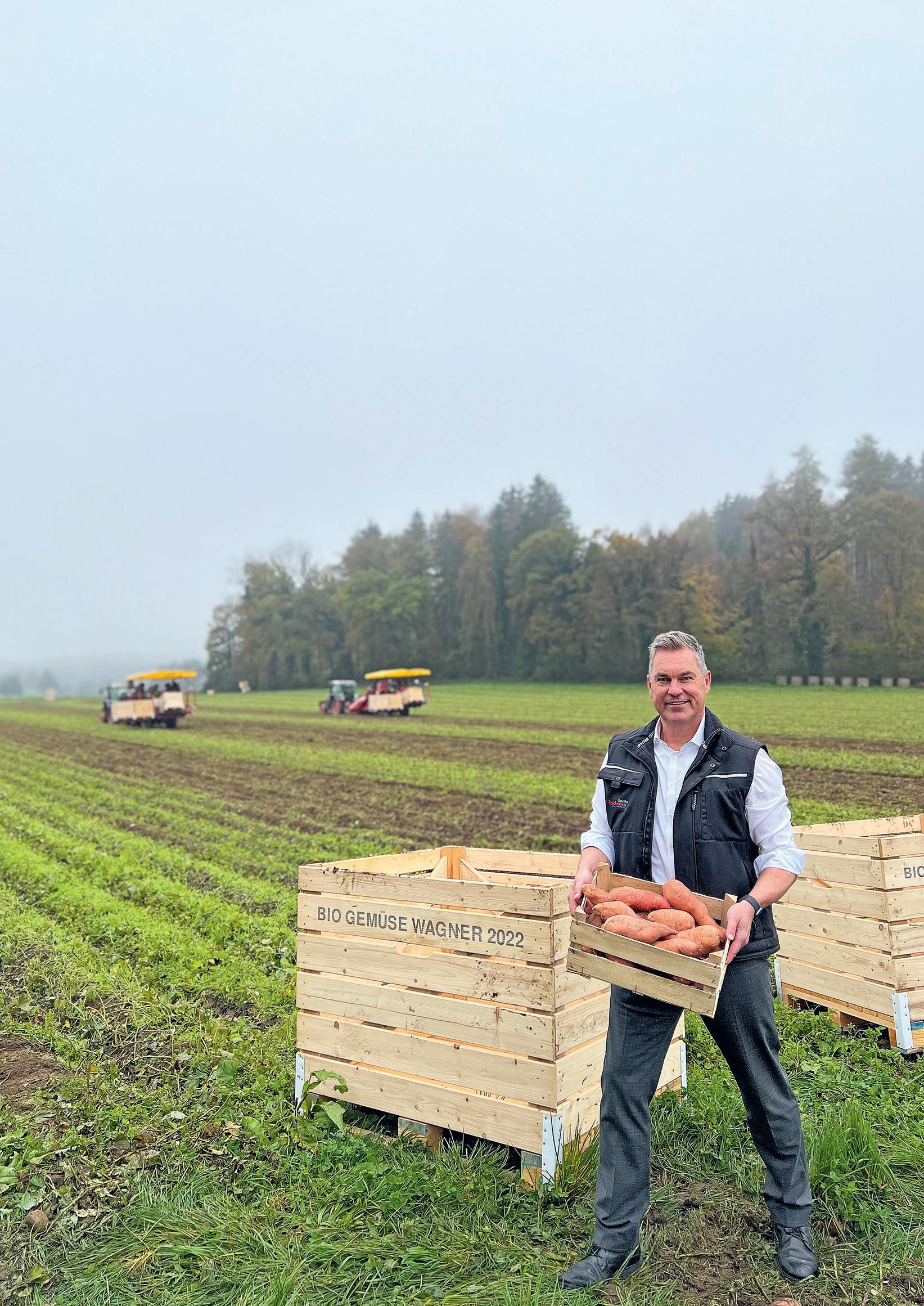
Reichenau boss Johannis Bliestle shows freshly harvested sweet potatoes. The tubers are offered at the point of sale as organic and Naturland products. The goods weighing 300 grams or more tend to be best suited for loose marketing, while the goods weighing less than 300 grams are mainly used for packaging.
Sweet potatoes
young plant production, which gives him another advantage over the competition.
YEAR-ROUND SUPPLY SECURITY
Investments have not only been made on the production side, but also at the marketing level, Müller emphasizes. “60 percent of German organic sweet potato cultivation takes place here and is represented by Mr. Wagner. Accordingly, we also have a large tax base that we have to place in the German food retail sector. In addition to loose marketing, we have recently started offering packaged sweet potatoes in 650-gram paper flow packs, which we have also provided with preparation and processing options. This means that we can now also offer retailers a more consumer-friendly packag-
then takes place in May. Harvesting normally follows throughout October, after which the produce is stored. The tubers are then transferred to the curing room: during this process, the sweet potatoes are stored for several days at over 30 °C and a humidity of at least 90 percent. During this time, the tubers heal, the skin becomes firm, and they can then be stored for the coming months. Wagner: “I would prefer to harvest in November. But that‘s too risky for me because a few days below five degrees would be disastrous for the crop.”
Considering the entire cultivation and harvesting process, the sweet potato is an extremely demanding and care-intensive crop, Wagner points out. “This

ing with sweet potatoes in a finer grading, comparable to triplets on the potato shelf. We hope that this will also attract new consumers to the product.”
All investments should bear fruit, particularly in the second half of the season, Müller continues. “Our aim is to guarantee a year-round supply this year thanks to our modern storage capacities. We strongly believe that the last domestic competitors will disappear from the market in March and April, which is why customers outside southern Germany will also increasingly access our goods. This is also necessary, as we cannot market the volume produced here in Bavaria and Baden-Württemberg alone.”
DEMANDING AND CARE-INTENSIVE CROP
The mother plants are produced in December, and the sweet potato seedlings follow in March and April. Planting
means that we are confronted with highcost pressure, with labor costs in particular having an impact. We can‘t compete with cheap imports from abroad in terms of price. We cannot produce at these conditions with our cost structure. In the end, it is the consumer who decides whether they value regional products. At the same time, supply chains from abroad are also becoming increasingly difficult. Ultimately, the shorter transport routes for local produce also play a role in the consumer‘s purchasing decision from a sustainability and ecological perspective, especially for organic products.”
MORE POTENTIAL IN FURTHER PROCESSING
Despite the pleasing growth in domestic production, there are still many countries of origin that want to market their products in Germany. “We are aware of this and also feeling some of this marketing pressure. Organic sweet potatoes
from numerous countries were already on offer at Biofach alone. Of course, we hope that our partners in the food retail sector will remember regionality and long-term cooperation. After all, organic and regional still go hand in hand, and we have the advantage of shorter transport routes and immediate proximity to the sales market. On the other hand, the sweet potato is a stored product for which it doesn‘t matter much whether transportation takes one or two days longer.”
Overall, Müller is confident about the future: “The sweet potato certainly is a trendy product. With a market share of 60 percent, we are already at a very high level. I therefore see less potential
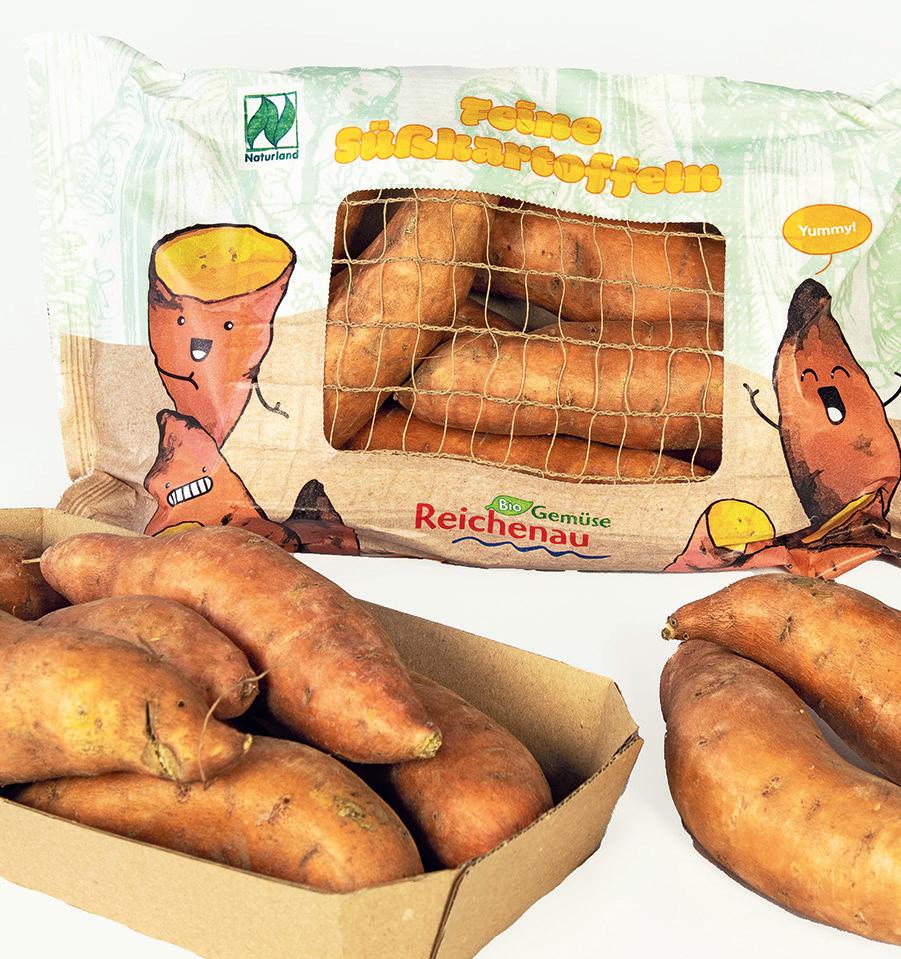
regarding quantities, but rather in the further processing of the sweet potato into by-products such as purées, gnocchi, or dumplings. In this respect, there are many opportunities to make the product more presentable.” Wagner agrees and confirms that he is aiming for further processing on his own farm in the future. “But I‘m also open to other alternative niche crops that require less energy and that we can ideally market all year round.”
info@reichenaugemuese.de
B.Wagner@biogemuesewagner.de
19 AGF Primeur 4 • 2024

Asian vegetables are becoming commonplace:
“We focus on quality and short lines”
In the Netherlands, locally grown Asian vegetables gradually start replacing imports in March. Nothing wild happened in Spain or Italy this winter. It was ‚very easy‘ as far as the trade with Asian vegetables is concerned, said Cees Visser of Asian Crop in early March. We spoke to him while he was on his way from one of his three greenhouses in Velden, the Netherlands, to another. “Driving’s very convenient when I have stuff to take along,” Cees begins.
Does he have a cargo bicycle? Yes, but it usually carries his children, he admits, laughing. However, cycling is not such a bad idea given early March‘s sunny and bright spring days. “It almost seems like summer in the greenhouse. Everything‘s growing now. Then we must be careful not to have too much or too little produce. That‘s where our experience comes into play.”
Of that experience, this Dutch cultivation and trading company has plenty. Back in
1999, Cees‘ father, Leo, traded in a piece of his radish greenhouse to grow Asian vegetables. He had become acquainted with these while traveling in Asia. Today, Cees and sister Daniëlle run the family business. In the winter, they get a lot of produce from Spain, and they ‚cut a little bit‘ in Velden. In the spring, their Dutch greenhouses’ volumes increase again.
That‘s where the focus comes in. “Everything comes together now. December was genuinely cold for a while, but the
plants didn‘t get too cold, so they managed to grow quite well,” Visser explains. In winter, everything grows slower in the greenhouses with their limited heating. “With the first real spring sun, you must always beware of bolting. That‘s why we‘re well busy cutting now.”
HOW LONG WILL IT LAST?
Cees always looks forward to this spring greenhouse cutting. “The product is ultra-fresh. When you get it from Spain, transport takes three days. Even though we have fresh arrivals daily, nothing beats local cultivation,” he says. Last winter, the main concern was whether the trucks in Spain would get stuck in farmer protests.
“We got off reasonably easy, fortunately. We did have to detour, but luckily, our trucks weren‘t emptied out.” The grower understands the reason for the protests.
20 AGF Primeur 4 • 2024 Vegetables
Cees, Leo, and Daniëlle Visser
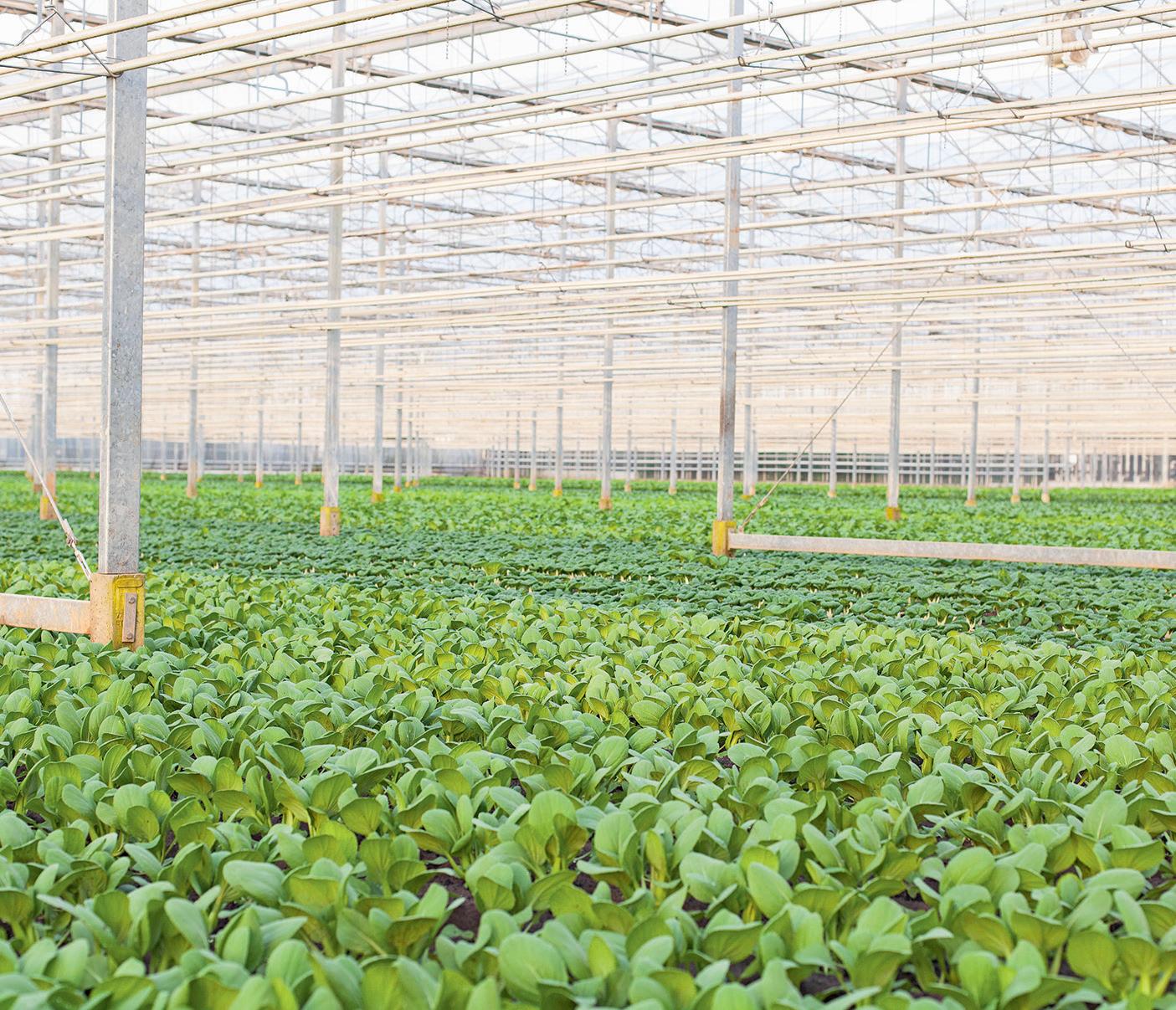
He also sometimes worries about things like rising costs and having to pass those costs on to end customers. “Sometimes you think, ‚how long will this last?‘ We must guard against competing each other to death,” Cees warns.
In Asian Crop‘s early days, growing Asian vegetables was something unique, but over time, growers have been added. “My father and I have seen many come, but also many go. Some newcomers did stay. A little competition is not a bad thing, as long as it‘s fair. My thought process is, ‚If he can do it for that money, we should be able to do it too.‘ As long as all of us in the chain can earn a living.”
Costs truly started climbing during the pandemic, and that has not abated since. Energy is a concern for the grower who keeps his greenhouses frost-free, especially in the winter, but labor is a concern, too. And then there is transportation. “That cost suddenly spiked during the pandemic. We passed that on in consultation with our customers,” says Cees.
“They weren’t happy but fortunately understood it.” Asian Crop is constantly considering to what extent they can pass on costs without pricing themselves out of the market. “After all, you don‘t want people to end up choosing cauliflower, which is also becoming increasingly expensive, instead of pak choi,” the grower says.
SMALL, UNPRETENTIOUS MARKET
Pak choi is now the best-known Asian vegetable. “That‘s where competition is fiercest. That, and nowadays, Shanghai pak choi are well-established varieties you can also find in the big supermarkets.

There, large supply occasionally depresses prices.” That is not a direct concern for the company. “It was the same when my father started with Asian vegetables. The market was much smaller back then, but when you had product left over, you were better off chopping it up and starting anew. That way, you keep the quality high. Still, growers hate milling good products,” Cees admits.
Specialist wholesalers are Asian Crop‘s top buyers. They don’t sell their products at auctions. “We tried that, but this is not where our buyers are.” Supermarkets have also begun offering more Asian vegetables. Travel-loving young people seem to want to buy the products they got to know abroad at home as well. The Dutch
cultivation and trading company, however, prefers not to serve retailers. “You must be set up for that, and we‘ve been delivering our vegetables directly to clients throughout Europe for years,” Cees explains.
GROWTH IN SERVICE PRODUCTS
In the Netherlands, an increasing number of Asian stores are buyers, whereas Chinese-Indian restaurants are struggling. That was in the news recently, and Cees considers it with a sober perspective. “The good restaurants keep thriving. Besides, there‘s always some kind of shift. Shanghai pak choi is becoming more and more popular in non-Asian restaurants, served alongside, for example, steak.”

21 AGF Primeur 4 • 2024
Asian Crop has three greenhouses in the Netherlands
Cees loves helping out with the cutting when he can
Cees and Daniëlle with the distinctive red and black box in which many Asian vegetables are traded.
As a grower, Cees believes it is vital to continually improve his products‘ flavor and appearance. The company does this in cooperation with breeding companies. “We don‘t focus directly on increased yield with a new variety, but rather quality. You want to stand out with the right traits and keep customers saying, ‚I want the product in that black and red Asian Crop box‘,” he continues.
The grower has not added many new Asian leaf vegetables in recent years. The company‘s website boasts a dozen varieties, in addition to a range of products Cees calls‘ service products‘. Those are renewed time and again, though. “Lately, we‘ve started adding more herbs or, for instance, bitter melon. These aren‘t big sellers, but products with which we complete clients‘ packages.” Asian Crop grows these new niche products itself. “It‘s more of a hobby, but it‘s what I enjoy most,” he confesses.
COMBINED WITH SPAIN
The complexity of modern greenhouse horticulture, however, means he has less and less time for that hobby. “But I still try to help with the cutting when I can.” Regardless, he believes getting into the greenhouse several times a day is essential. “That‘s the only way to stay on top of things. You can never slack off. My sister Daniëlle and I are a good combo, and that works out well,” Cees states, also praising his loyal team. “We have many permanent employees. What we do still takes plenty of handwork. With so many crops, mechanizing, let‘s say, harvesting isn‘t yet an option.”
Asian Crop also does its own packaging. “Mostly, loose, in boxes, but we can do flow pack, too,” he says. It depends on what buyers want, and that still varies. “We‘re close to Germany, where there‘s resistance to, for example, loose pak choi pack-

aging. Yet, it still goes both ways. Sometimes, customers want loose pak choi and then repackage it. The general trend is less plastic. The challenge remains keeping your product fresh. That‘s why we‘re putting increasing effort into keeping lines as short as possible.”




In winter, Spanish cultivation dominates, alongside year-round Dutch greenhouse cultivation. Asian Crop is not currently looking to expand its acreage. “Our current size works well. Winter cultivation is usually costlier here, so the combination with Spain works just right. You‘ll lose that if Dutch greenhouses compete with Spain in winter,” Visser reckons. They briefly considered Morocco, Cees acknowledges when
asked, but transport takes even longer than from Spain.
“That‘s okay with tomatoes, which have a longer shelf life than the products we want to bring here.” Whether the product comes from the Netherlands or Southern Europe, good client communication is crucial. “For optimal fresh produce, if there are sufficient quantities, we‘re happy to deliver more often. As long as buyers let us know, in time, that their stocks are low,” Cees concludes. And that is increasingly happening, thanks to Asian vegetables‘ popularity. A good thing for Asian Crop.
cees@asiancrop.nl
22 AGF Primeur 4 • 2024
Vegetables
0031 320 269 524 info@uienhandel.com • faster switching • reach more traders and buyers • work more transparently • the right buyer and party www.uienhandel.com CONTACT US
Asian Crop packages mainly in boxes, but flow packs like this, with Shanghai Pak Choi, is also possible.
Johnathan Sutton, Westfalia Fruit:
“We need to further explore the health benefits and encourage people to keep eating avocados”
“The demand for avocados is still strong,” says Johnathan Sutton, Group Chief Sustainability Officer with Westfalia Fruit, which has a strong focus on growing and marketing avocados. In addition to catering to consumer needs – the fruit fits a plant-based diet, is healthy and convenient – Johnathan also sees plenty of new opportunities. “We are developing in countries like India. Avocado is a new element to their diet, but we have seen a huge growth.”
Johnathan notes considerable demand in other Asian countries as well. “We are supplying the Asian market, mostly from our Latin American production and established an office in Japan, to serve the Japan-area, Korea, China and other parts of South-East Asia.” Market access as well as phytosanitary demands play a role in supplying those markets, says the sustainability officer. “We gained access to China, India, and Japan. This presents an opportunity for us.”
OPPORTUNITIES IN EUROPE AS WELL
Even with the growth in Asia, Johnathan still sees a lot of opportunity in Europe as well. “Some countries are under indexing against others. Obviously, there is strong demand in the main European countries: Spain, France, Germany. But Italy still has a very low penetration. So, there still is opportunity in mainland Europe.” This is why Mediterranean countries are starting to develop their own industry. “The Mediterranean markets have the right climate; water is available, and closeness to market also plays a role.”
On the production side, Johnathan still sees Columbia, Peru, and South Africa as big drivers, but also notes the development of new production zones. “Newer regions with access to market like Kenya, Tanzania, Egypt, or Morocco are starting to develop their own orchards as well.” It means that a lot of new avocado production is coming to the market, while at the same time the sustainability officer notes that due to the current economic dynamics, consumption is slowing down a little bit. “There is a lot of production, with new plantings coming to maturity as well. Avocados have huge health benefits; we need to explore that further and encourage people to keep eating avocados.”
FLECKED SKINNED AVOCADO
One of the ways to boost consumption is through variety development, Johna-
than remarks. “Recently, we introduced Gem, a Westfalia exclusive variety with a golden flecked skin, which we see as an opportunity to attract consumers to a category that has a variety dominance of Hass and offer them something different to show that some variety developments are coming through.”
Westfalia noticed that in between the green skinned avocado Fuerte and the Hassvariety, there was space for a variety in the middle. “This is why Gem was taken onboard. We have exclusive mar-

Westfalia Fruit recently took a full stake in Euro West. Euro West was founded in 1970 by Piet Vijverberg under the name Revij and taken over in 2000 by his son Marco Vijverberg, who changed the name to Euro West. The takeover symbolizes a long-term
relationship and marks a new chapter in the history of both companies. The company, which traditionally specialized in packaging solutions for fruit and vegetables, has been 51% owned by Westfalia Fruit since 2013.
23 AGF Primeur 4 • 2024
Westfalia Fruit takes full stake in Euro West
Exotics

keting rights in many countries. Additionally, we can also control the growers in terms of where and how much avocado is grown. That means Gem is not flooding the market, but remains a premium product. We are still establishing more growers around the world as we expand the market opportunities in new countries.” Johnathan mentions that while the new avocado is already established in the UK market, it is also sold in Germany, France, and the USA as a bespoke variety.
Reforestation and water— a major focus
“We are really focussing on our green assets: the trees that we have on our farms, our land, and the surrounding areas,” says Johnathan Sutton. “As we know, trees lock in carbon into their root structures, we are diving into that space to understand the value of the tree.”
This leads Westfalia to increase its focus in that area. “In Colombia, we are working on a project with local farmers to reforest. Through tree nurseries we save native species of seeds, bring them back into the nursery and then distribute them to our growers and communities to plant in the areas that may have been stripped of the natural vegetation. And we are doing the same in Peru as well.”
In addition to absorbing carbon dioxide, Johnathan sees other benefits from reforestation.
YOUNG CROP
When developing new varieties, Westfalia emphasizes sticking to natural selection. “We are looking to map the genome. Avocado is a relatively young crop. For instance, citrus cultivation dates back to the ancient Egyptians; the avocado is only about 100 years old. This means that the genetics have never really been mapped. However, we still don’t believe that manipulating the genes is the right approach. That is not how our DNA
is established, we use very traditional breeding. Our founder, Dr. Hans Merensky, comes from a traditional agricultural industry, so, to stay true to our heritage, we will continue to rely on natural crossings. Nonetheless, we like to incorporate the latest science and technology as well.”
Helpful in that process is the fact that Westfalia — that celebrates its 75th anniversary this year — is vertically integrated, notes Johnathan. “We are the only
“In some cases, it also creates wind breaks and barriers from the natural elements. And in Colombia, where it is very steep, by planting trees, we can manage the water flow and reduce soil erosion. So, yes, trees have huge benefits.”
Another major focus for Westfalia is water. “It is necessary to produce the crop, but it is also a very scarce resource. With climate change, the extremes become more extreme. Heavy rains become longer and more unpredictable. So we are exploring ways to use less water in our orchards through better irrigation systems, as well as trying to conserve resources during times that we need them.” Additionally, Westfalia pays attention to genetics to mitigate the impact of extreme weather. “We are the
only company that is both researching plant material and marketing avocados; we are truly vertically integrated. Therefore, we are looking at developing rootstocks that are more tolerant to salinity so we can grow in areas where the water is less pure, as well as examining drought-tolerant root stocks.”
24 AGF Primeur 4 • 2024 Exotics
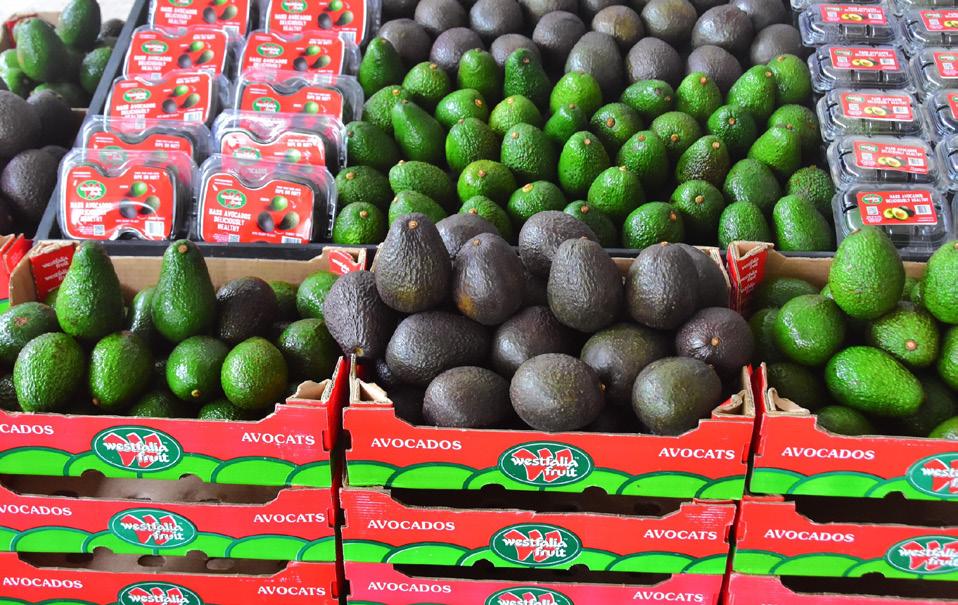
company to be vertically integrated. We are putting effort into the pipeline and as we develop new varieties and new rootstocks, we will continue to bring them in, but this is not fast.” However, if new varieties are introduced, it is for the long run. “For instance, we are still producing in the areas where we have traditionally grown. Westfalia has
a crop in South Africa that was planted in the 1940s and those beautiful, mature trees are still productive.”
John.sutton@westfaliafruit.com







25 AGF Primeur 4 • 2024 For all your customs formalities for import and export Gebroken Meeldijk 66, 2991 VD Barendrecht T. +31 (0)180 - 690500 | F. +31 (0)180 - 690503 | E. info@straytest.nl WWW.STRAYTEST.NL

Despite criticism, Dutch glasshouse horticulture offers plenty chances
In 2020, Sir David Attenborough praised Dutch glasshouse horticulture, calling the sector an example for the rest of the world in the Netflix documentary ‚A Life On Our Planet‘. He spoke especially highly of how Dutch greenhouse horticulture managed to grow fresh food very sustainably, efficiently, and safely. In 2021, research conducted by Wageningen University & Research (WUR) confirmed that high-tech greenhouse cultivation is the most sustainable way to produce things like fruits and vegetables.
In recent months, though, that sector has been figuratively under fire by people like Klaas Knot (President of the Dutch Central Bank) and Frans Timmermans (GroenLinks-PvdA party leader and former executive vice president for the European Green Deal). To put it
briefly, Dutch greenhouse horticulture requires quite a lot of space and labor and contributes too little economically. The media also frequently questioned the future of Dutch greenhouse horticulture. A counter-reaction from the sector was, of course, inevitable.
On March 23, the Financieele Dagblad (FD), a daily Dutch business and financial newspaper, interviewed Adri Bom, among others, in-depth. She said, on behalf of Glastuinbouw Nederland‘s chairman, that the sector, indeed, has a future in the Netherlands. On April 2, Lambert van Horen, sector manager at Rabobank, and Peter Ravensberger, a WUR researcher, wrote in the FD that high-tech greenhouses have enormous potential, especially outside the Netherlands. I agree with Adri, Lambert, and Peter and will include you in my considerations.
Theme Greenhouse vegetables 26 AGF Primeur • Greenhouse vegetables • 2024
Ruud van der Vliet is a former Director of Businesses at Rabobank Westland and current Director at Van der Vliet & Van der Oost BV. He specializes in optimizing the value of companies in the Food & Agri sector, particularly in (glass) horticulture. Ruud regularly conducts analyses of companies in the fresh produce and horticulture sectors for Primeur.
ruud@rvdvliet.nl
ECOSYSTEM
Dutch greenhouse horticulture is a kind of catch-all phrase. Recent media reports mainly or particularly refer to cultivation or production companies. However, that sector is more of an ecosystem, a chain, or cluster of companies and organizations. From seed companies, young plant breeders, greenhouse builders, other suppliers, and growers to production companies, packers, processors, traders, and logistics service providers supplying supermarkets or food service companies. In this article, the term primarily refers to cultivation or production companies.

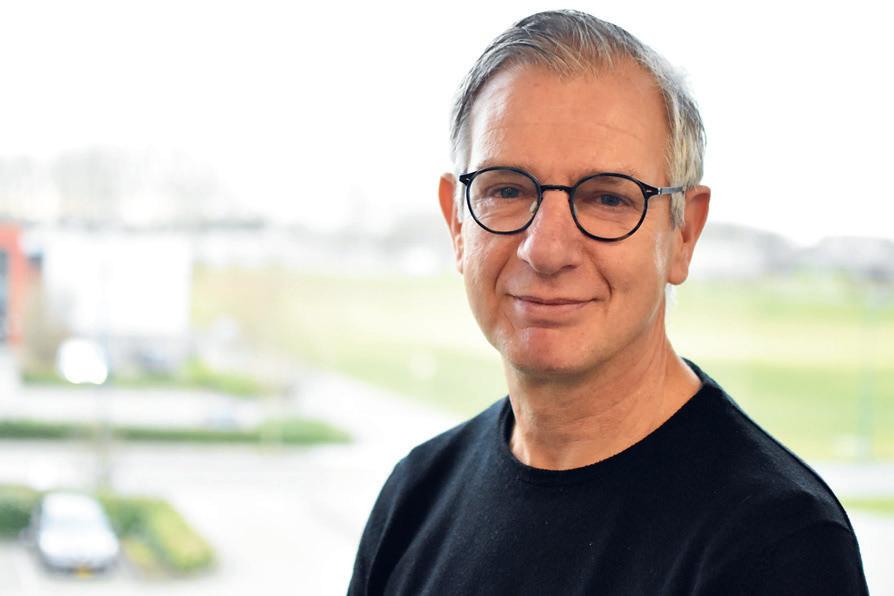
Greenhouses were being built in the Netherlands as far back as the 16th or 17th century to grow and protect tropical plants. In the 18th and 19th centuries, technological innovations accelerated. In 1834, British chemist Joseph Paxton invented greenhouse glass, allowing for larger, stabler greenhouse construction. That, in turn, led to further crop cultivation optimization and ensured further growth and modernization of Dutch greenhouse farming. Technological advances such as heating systems, irrigation, and later, artificial lighting were introduced.
MACHINE BUILDING



That made it possible to control the greenhouses‘ climate precisely, extend growing seasons, and cultivate a wider variety of crops. The Dutch sea climate and the clay soil proved to be an ideal combination for many crops. From 1950 onwards, the country’s greenhouse industry proliferated. First, wooden greenhouses were constructed, and from the 1970s onward, increasingly metal greenhouses were built. This unique ecosystem was partly why modern technologies and innovations were put in place. Combined with a focus on efficiency and quality, that makes the Netherlands a world leader in greenhouse cultivation and exports.




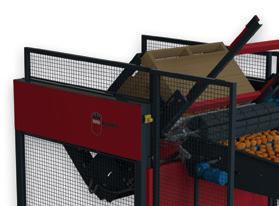




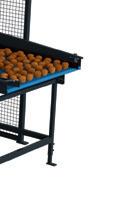







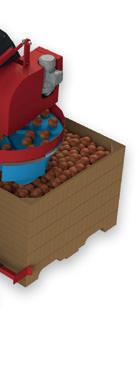





• Sustainable, strong design •
• You buy directly from the manufacturer (Helmond – NL) •
• More than 60 years of experience in Food & Agri •
• We produce also big foldable boxes •
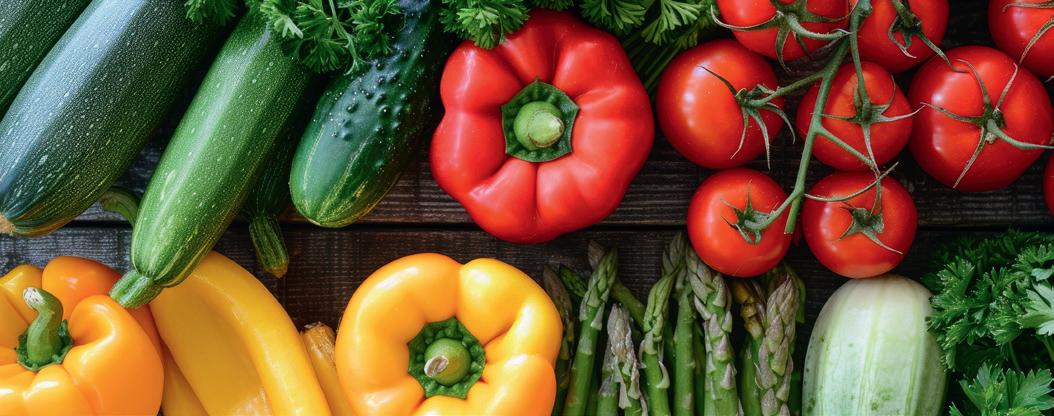


Weihoek 11, 4416 PX Kruiningen +31 (0)113-501373


info@burgmachinery.com www.burgmachinery.com
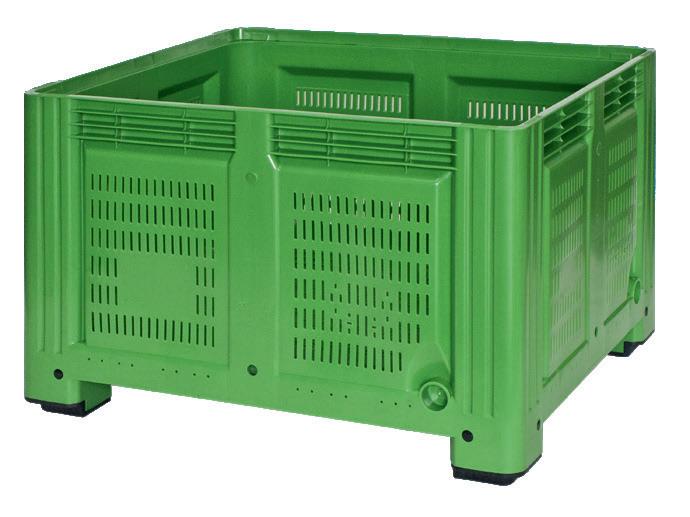
27 AGF Primeur • Greenhouse vegetables • 2024
Big
volume Palletboxes For Transport, Handling and Storage
www.capp-plast.com | verkoop@capp-plast.com T. +31 651 914 888
for the fresh produce industry Bin unloader
Bin fi ller equipped with the latest technology STOCKMACHINE STOCKMACHINE Use the QR codes for more information and view completed projects with these machines on our website!
/
Theme Greenhouse vegetables
That unique ecosystem is often called the ‚Triple Helix‘ model. The Triple Helix refers to the interaction between three vital entities: the government, the whole chain of companies, and educational institutes. That model represents the close collaboration between those three components to promote innovation, growth, and sustainability in the greenhouse horticulture sector.
This government-business-education partnership means an ecosystem grew organically in the past decades, strengthening the Dutch greenhouse horticulture sector‘s expansion, competitiveness, and sustainability. That sector‘s success still hinges on this Triple Helix. You cannot relocate, halt, or dismantle essential
also in the Netherlands the semiconductor industry in Brainport Eindhoven.
These thriving ecosystems stem from comparative advantage. This economic principle states that if, say, tomato production is better in the Netherlands than in Germany, both benefit. Adam Smith introduced that idea, which is known as absolute advantage. Even if one country is better at making two products than another, it pays to specialize in the most advantageous product and get the other elsewhere.
Germans are better at making cars; the Netherlands excels at tomato cultivation. David Ricardo calls that a comparative advantage. It is an important reason
bedding plants/trees, seedlings and saplings, fruits, and vegetables. Growers use most of that area (55%) for soft fruit and vegetable cultivation. Those farms are, on average, almost 5 ha.
That is larger than the average ornamental plant farm. The largest area, 1,700 hectares, includes tomatoes. There were economies of scale and consolidation, especially in vegetable cultivation. The number of 50+ ha greenhouse vegetable farms is steadily climbing. How much space does the Dutch greenhouse horticulture ecosystem need to function properly? Looking at the multitude of ornamental, fruit, and vegetable crops, it seems to require between 5,000 and 10,000 ha.
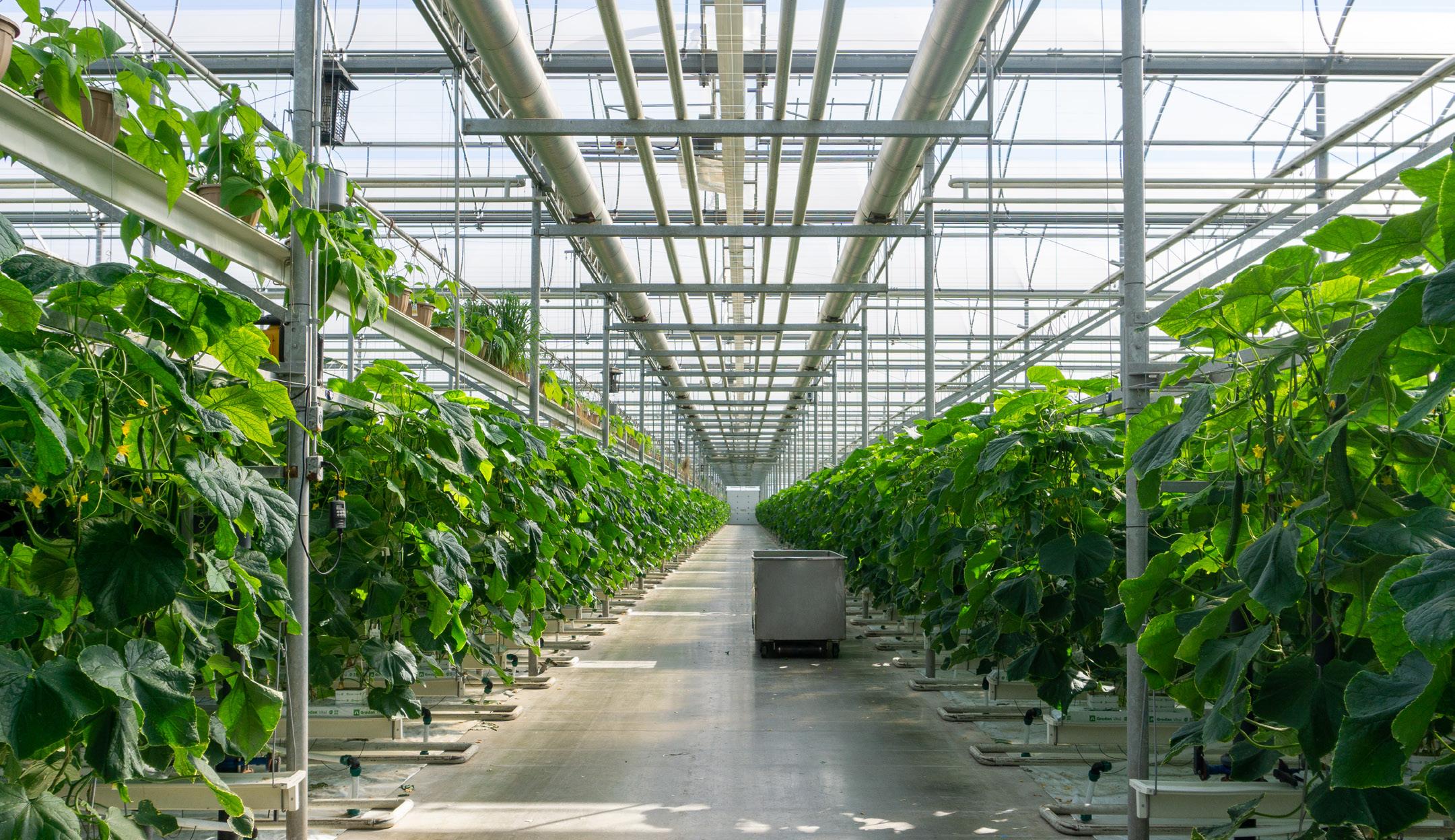
parts of that structure without consequences. This interaction between government, industry, and educational institutions distinguishes the Netherlands globally regarding greenhouse horticulture.
There are other successful ecosystems. They include Germany‘s automotive industry around Munich, the USA‘s Internet/ICT in Silicon Valley near San Francisco, the Danish wind turbine sector in Aarhus, in Italy, the luxury clothing and accessories in Lombardy near Milan, Spanish olive production and processing and marketing in Andalusia, and
why the Netherlands has become so good at greenhouse horticulture: the country is better at it than many others for several reasons, and, not unimportantly, its neighboring countries also benefit.
A well-functioning ecosystem, however, demands a minimum production area. According to the Dutch Central Bureau of Statistics, the Netherlands‘ greenhouse area has been stable at about 10,000 hectares over the past 20 years. In that time, 2/3rds of greenhouse companies disappeared, leaving about 3,300, with an average size of three hectares, each. That area includes cut flowers, potted plants,
In the coming decades, part of the vegetable acreage, particularly, will probably relocate from the east and west of the country to other parts of the Netherlands, Europe, and/or North Africa. Some greenhouses in the Netherlands‘ east and west will be converted for ornamental or soft fruit crops. The technical lifespan of a high-tech greenhouse is 25 to 35 years (depending on the crop), and many have not been around that long.
CHALLENGES
Dutch glasshouse horticulture faces some tough challenges, mainly sustainability, increased labor productivity, and
28 AGF Primeur • Greenhouse vegetables • 2024
professionalization. It must achieve sustainability in areas like energy, fertilizers, water, crop protection products, and packaging. Greenhouse horticulture has long benefited from an abundance of lowpriced natural gas. The war in Ukraine and the energy crisis highlighted the need to accelerate the energy transition.
Several greenhouse horticulture pioneers already took that step 15 years ago, switching to geothermal energy. There are currently 20 operational geothermal facilities in the Netherlands, covering over 10% of the Dutch acreage. In practice, obtaining concessions, permits, financing, subsidies, and guarantees for a geothermal source is a complex and lengthy process.
When it comes to fertilizers, sustainable options are already being tested, and five years from now, many will be produced using, for example, bioreactors or renewable energy. Dutch greenhouses already reuse much of their water, but improvement is possible. Regarding crop protection products, soft fruit and vegetables are grown in high-tech greenhouses,
using almost only organic agents. Here, some floriculture crops still lag. The great diversity in ornamental cultivation complicates the development of effective biological pesticides for each crop. But that, too, should only take a few years. There is more and more biodegradable packaging, and making all of it so within a few years is practically possible.
Will supermarkets and consumers be willing to fork out more for more sustainable products? Unlikely. Within 5 years, sustainable production or a low CO2 footprint will be a supply condition, though—a ‚License To Produce‘, if you will.
Over the last two decades, greenhouse horticulture in the Netherlands could take full advantage of the availability of relatively cheap labor from Eastern Europe. First, mostly from Poland and now increasingly from Romania, Bulgaria, and outside the EU. But, that force‘s availability and affordability are under severe pressure. That rapidly increases the need for automation and robotization, particularly for repetitive work.
These days, it is easier to justify increasing labor productivity with the help of automation and robotization than it was a few years ago. There are also more and more solutions. In the media, Klaas Knot and Frans Timmermans mainly referred to high energy consumption and low labor productivity. Rightly so, although you can address these issues.
The final challenge? Professionalization. Dutch greenhouse horticulture has always consisted of relatively small companies. It still does. Partly due to auctions and marketing cooperatives, many mainly focused on cultivation and processing and much less on sales, logistics, and marketing. In recent decades, increased scale and consolidation means auctions have all but disappeared, with other business models emerging. Horizontal cooperation in Dutch greenhouse horticulture gave way to more vertical collaboration. Energy management has become more critical. Broader management teams began running into the larger greenhouse companies growing ornamental plants, fruits, and vegetables and fruits.



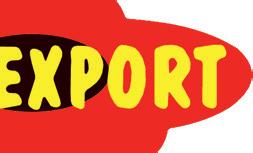


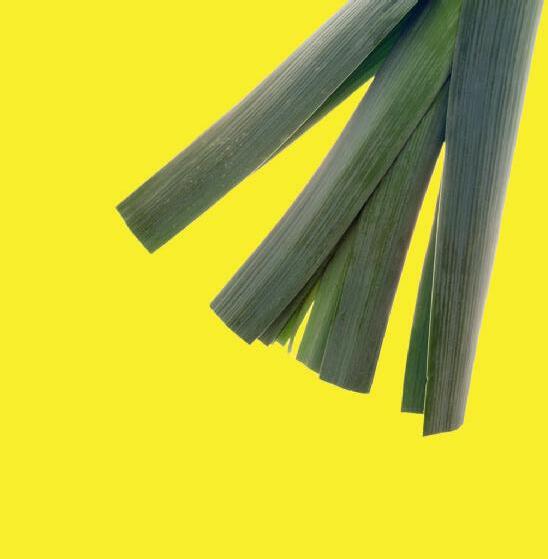
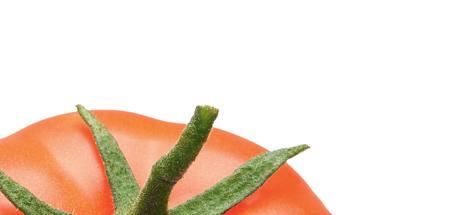

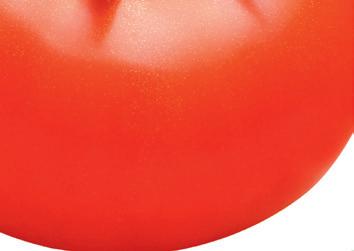
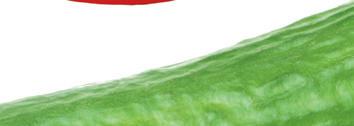







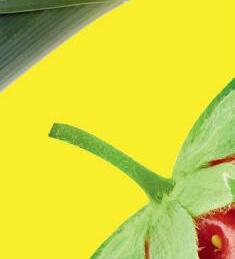
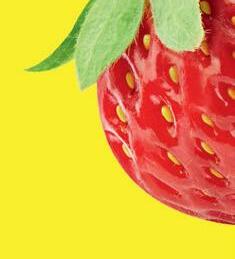

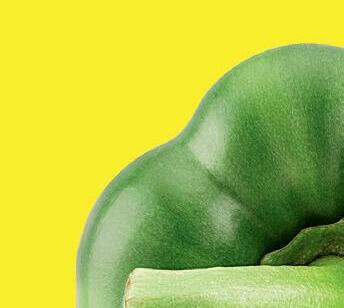




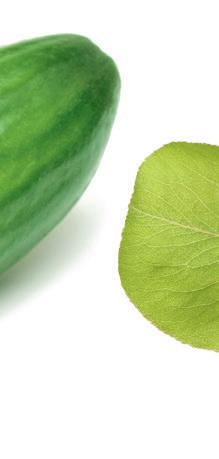

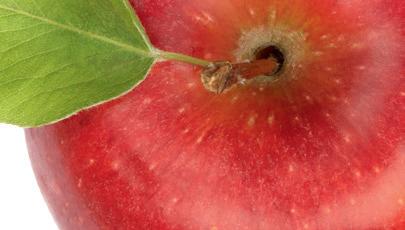

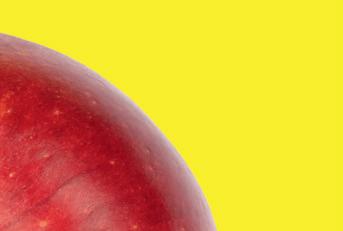


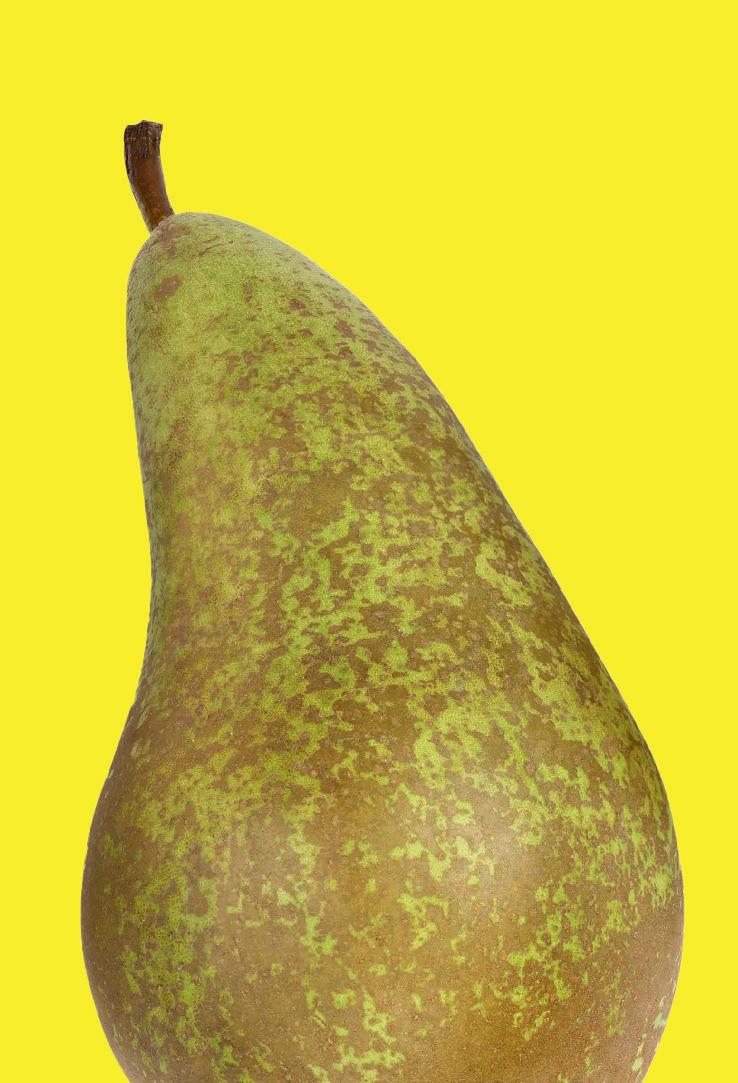
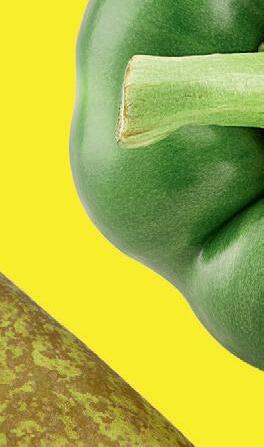

29 • 2024 For the full assortment of fruit and vegetables Neremstraat 2 3840 Borgloon - België T. +32 (0) 12 67 10 50 belexport@belexport.com www.belexport.com
With specialists, they directed the entire company, including purchasing, energy, labor, cultivation, processing, sales, logistics, and marketing. That consolidation, (vertical) cooperation and/or increase in scale generally resulted in higher profitability and thus increased investment opportunities in, for instance, innovations, automation, and sustainability. That cannot always be done using equity or bank financing. Companies often need external capital to ensure the necessary acceleration. External capital usually involves specialist know-how and structure and, therefore, has a disciplining effect. That had, in practice, led to a noticeable ever-increasing gap between front-runners and the pack.
EARNING
CAPACITY
Successfully running a greenhouse company is no small task. Over the past 20 years, energy management has become an increasingly important operational component. In recent years, sharply increased energy prices, various viruses and pests, and reduced consumer purchasing power have significantly impacted greenhouse farms‘ profitability. As in any other sector, some Dutch greenhouse
horticultural companies are structurally profitable; many are just keeping afloat, while others do not make the grade financially. This third group of businesses stops, is taken over, or goes bankrupt.
Per illustration: the top tomato growers in the Netherlands have generated an average EBITDA/Ha of €300,000, also in recent years. The pack averages €150,000/Ha, and the laggards often considerably less. This difference is evident in many Dutch greenhouse crops. The top companies now hold 50% of the tomato and bell pepper acreage.
Ten years ago, McKinsey conducted a survey about the future of Dutch fruit-vegetable crops, partly at the request of the Netherland Growers Association and Rabobank. At the time, many Dutch vegetable growers could not generate replacement investments and/or necessary innovations from their own resources. Their average earning capacity did not allow for this, and they were highly dependent on banks.
Trade and Retail‘s power and powerlessness of growers and grower associations
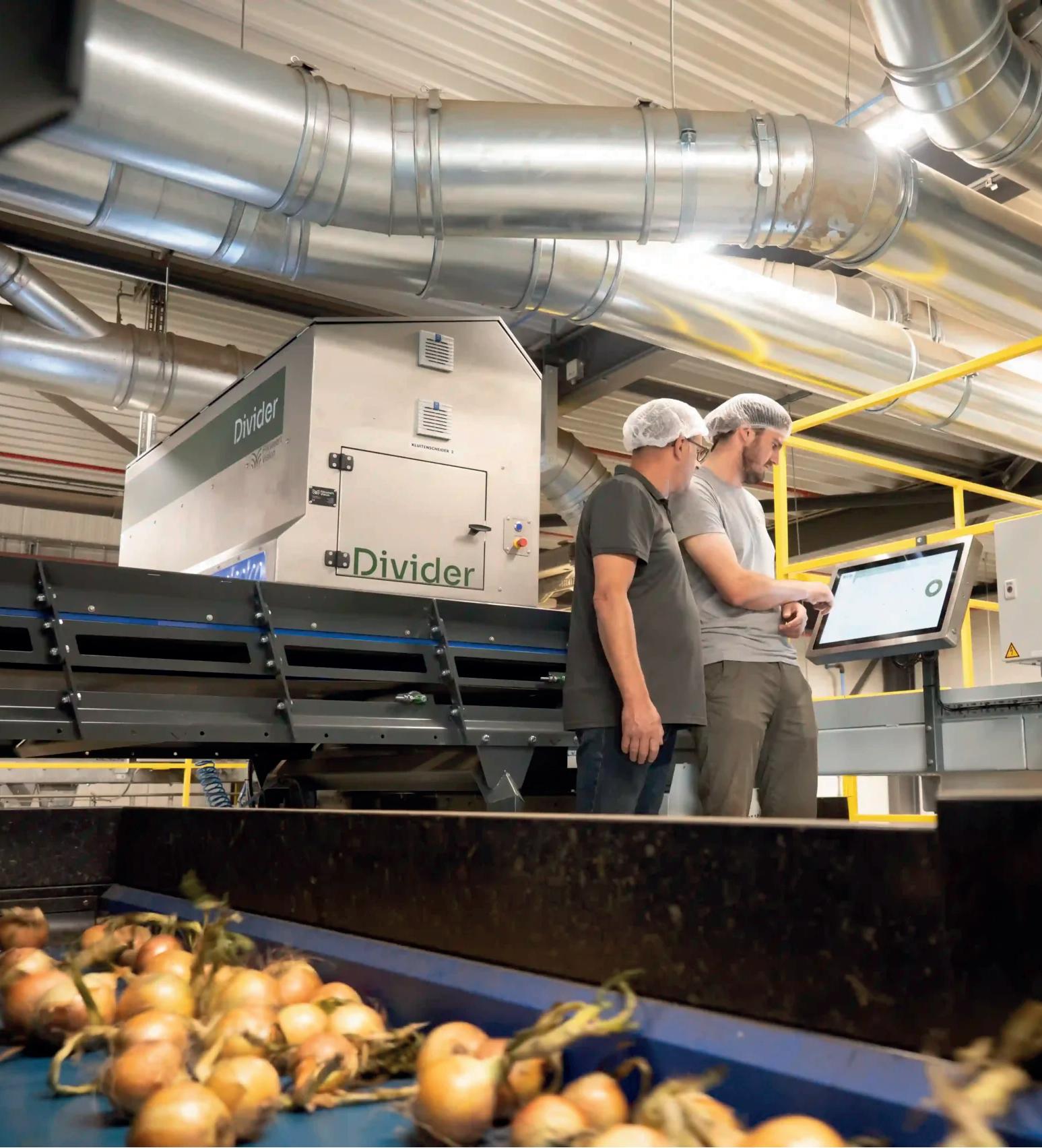
created undesirable market imbalances. McKinsey advised growers and producer organizations to join forces, work more closely together on sales, and develop new business models. The goal was fairer pricing. The analysis of Dutch vegetable fruits resembled that of Dutch ornamental horticulture: urgent economies of scale, more sales-related cooperation, and finding new profit models.
In my opinion, the 2014 McKinsey report‘s advice still stands: a greater focus on (vertical) partnerships, fewer growers associations, more ‚Local For Local‘ production in Europe, further management professionalization, and a more effective Triple Helix.
In the Netherlands, over the past decade, the front-runners in ornamental, soft fruit, and vegetable horticulture generated healthy growth and returns, with or without external capital. That healthy return provides sufficient financial room to innovate and become more sustainable. These companies prove it can be done. In the greenhouse sector, they often display these traits: intensive (vertical) cooperation, proactive sustainabil-






































30 AGF Primeur • Greenhouse vegetables • 2024 HANDLING AIR / SEA / ROAD LBP Rotterdam B.V. Honderdland 50 2676 LS Maasdijk T. +31 (0) 174 530 530 sales@lbp.net www.lbp.net IMPORT / EXPORT / TRANSIT CUSTOMS CLEARANCE ONLINE STOCK INFORMATION SYSTEM
Theme Greenhouse vegetables
COOL STORAGEWAREHOUSING FRUIT
YOUR LOGISTIC BUSINESS PARTNER FROM START TO FINISH flikweertvision.nl The most intelligent optical grading solutions.
FRESH FRUIT & VEGETABLES
RIPENING

ity, (much) more sizable than average, and professional management, which leads to a higher return per hectare and, thus, better access to financing and/or external capital.
CONCLUSION
High-tech greenhouses are the answer to producing more sustainable, planned, safer, and high-quality food. Dutch growers and greenhouse builders have shown for decades that it is possible. That comparative advantage ensured that Dutch greenhouse farming became vital in the European market. Roughly 20% of all high-tech greenhouses in the world are in the Netherlands. Nevertheless, further growth in the area of high-tech greenhouses will occur outside the country.
The Dutch greenhouse horticulture sector faces some tough challenges, though, as the top companies show, they are not insurmountable. The sector has long benefited from cheap Dutch natural gas and labor migrants. That, however, is no more. Yet, the front-runners in Dutch greenhouse horticulture are proving that, despite these headwinds, you can get good returns. There are leaders in
ornamental, soft fruit, and vegetable horticulture.
Those good returns grant these leaders more equity and better access to financing and/or external capital. On average, these top companies are larger, continue expanding, become more sustainable, innovate, and are more professionally managed. Over the past ten years, the gap between these leaders and the pack kept widening. I think this development will not stop, and only a handful of successful companies per crop will remain, particularly in vegetable cultivation.
The greenhouse acreage in the Netherlands will gradually shrink, with vegetable greenhouses being converted to ornamental horticulture or soft fruit, demolished, and/or moved to other parts of the country and abroad. There is tremendous pressure on available space, especially in the West and East of the Netherlands. The Dutch greenhouse area of over 10,000 ha will probably gradually decrease to 8,000-9,000 ha over the next decade. That decline mainly concerns vegetable acreage.
The remaining acreage will, I believe, remain large enough to be part of a healthy ecosystem. The Triple Helix efficacy has been limited over the past decade. The McKinsey advice from 2014 is largely still valid and insufficiently implemented. The Brainport Eindhoven ecosystem was recently awarded several billion euros, but the media portrays the Dutch greenhouse horticulture ecosystem in a negative light.
In my view, the effectiveness of the Triple Helix should be improved by involving more successful entrepreneurs/leaders. Above all, focus policy on what is needed to attract more front-runners and make existing ones more successful. We must dare to face the fact that, ultimately, only some Dutch greenhouse horticulture companies have a right to exist. That does not mean all that knowledge and experience will go to waste. Experts can be instrumental and successful as leaders.
31 AGF Primeur • Greenhouse vegetables • 2024
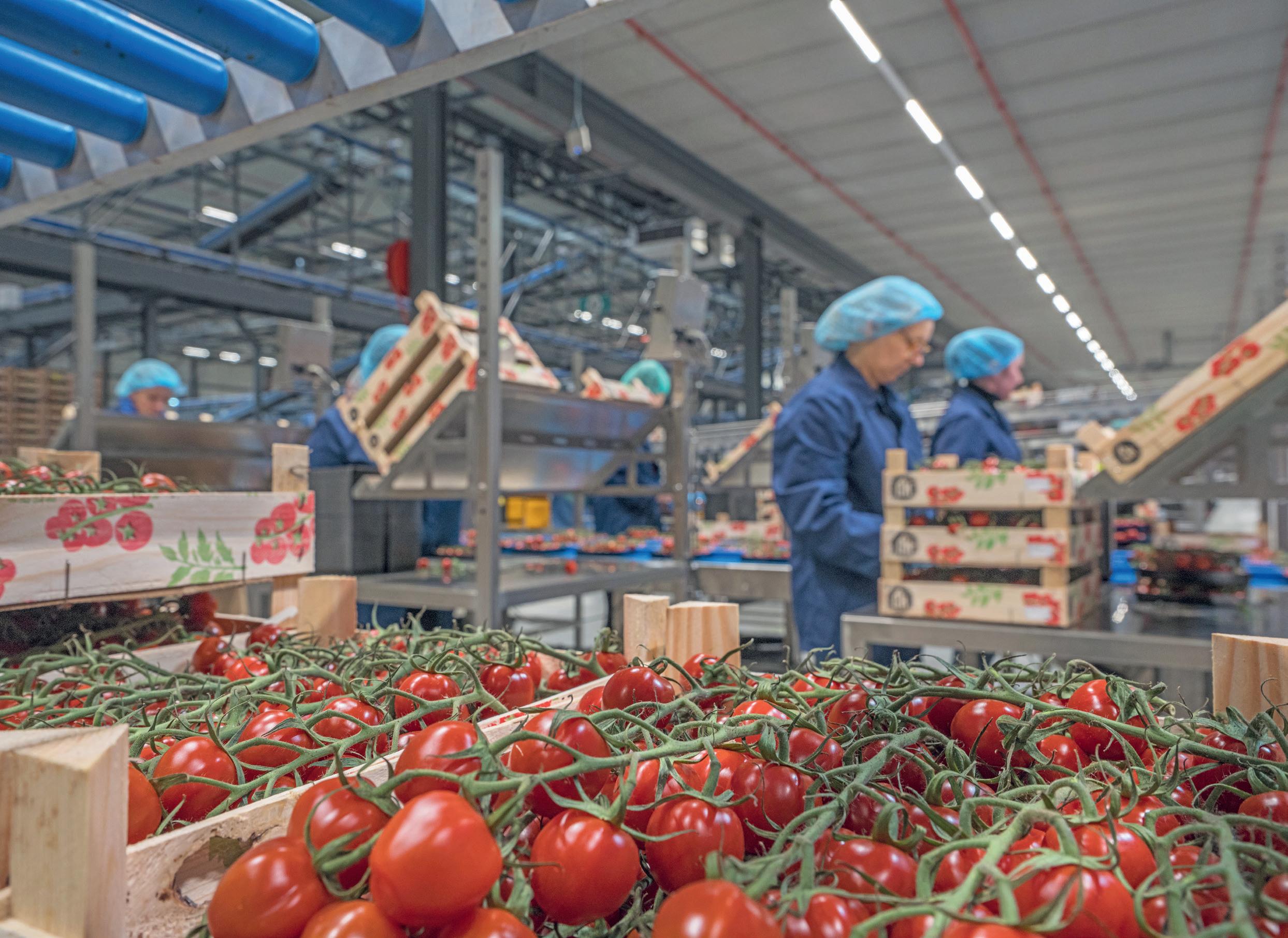
Martin Scherpenhuizen:
“All the expansion plans, that Dutch greenhouse growers still have, amaze me”
There has, of late, been a sharp drop in the number of greenhouse vegetable trading companies in the Netherlands. “Several players are shrinking in size or making a retreat, while those that remain are accounting for increasingly larger volumes,” begins Martin Scherpenhuizen. This family business is no exception. “We grow 10% annually and have been for 25 years.”
Scherpenhuizen has always been a true Dutch product specialist. “Fruit-vegetables, open-field vegetables, and top fruit are our biggest product groups. We made a side step into soft fruit, but that
was unsuccessful. We also carry a limited range of exotics, but considering our total volume, that‘s a minimal share,” Martin says.
LIT CULTIVATION BACK ON TRACK
The Dutch fruit-vegetable season is gradually getting underway. “Fortunately, there‘s more supply than last year, when the sky-high energy prices greatly reduced lit cultivation. This year, that’s back to the level of two or three years ago. The earlier dark weather, however, delayed that supply. Those were, after all, very dark three months. But, it‘s better than last year, when hardly any Dutch product was on the market until May.”
Theme Greenhouse vegetables 32 AGF Primeur • Greenhouse vegetables • 2024
“Our growers have few product shifts this year, though several have expanded, and we welcomed some new suppliers,” Martin continues. Scherpenhuizen is actively looking for new growers. “We have to, given our growth. If you grow on the front end, you must organize that on the back end, too.”
“Our sales focus on large European retailers. Since merging with Kamps, we supply those stores with green beans, spring onions, and other legumes year-round. The start of Freshclusive has boosted exports towards overseas destinations. Our organic vegetable sales are also steadily increasing. We‘ve worked with several larger organic growers in recent years, and those sales are well on track,” Martin explains.
BROADER FLOWS AND FEWER PARTIES

He says European retail market sales have settled nicely. “Those retailers often had five to ten Dutch suppliers; there are now only two or three. Retailers are opting for broader streams and fewer parties. As a result, the remaining traders all expand yearly. It‘s almost impossible for newcomers to break into that market.”
“And, given the current market requirements around quality, certifications, sustainability, and ICT, you can no longer operate on a small scale. There‘s so much involved; you need scale to do that at a certain cost. The days of buying at auction and reselling are over. You can‘t just ship any variety from any grower to any customer. The market‘s moving more and more away from specialty growers to selected direct retail parties,” says Scherpenhuizen.
AMAZED AT EXPANSION PLANS
Much to his surprise, many Dutch greenhouse vegetable growers still choose to expand their acreage. “Considering what they face, energy-wise, and among other things, the upcoming energy tax, I‘m amazed that growers in the Netherlands still have expansion plans. Labor is also extremely expensive. In Senegal, you pay workers 0.50 EUR an hour; in Morocco, it‘s around 1 EUR. In Spain 13 EUR, but in the Netherlands it‘s 26 EUR/hr. When you see that, you wonder who can still farm profitably here. Apparently, in recent years, that could still be done.”
“Finding staff will only become more of a challenge, especially for the most labor-intensive crops. Bell peppers and vine tomatoes will probably be grown in the Netherlands, but cucumber, snack, and cherry tomato cultivation will probably increasingly move overseas, albeit with high-tech cultivation and Dutch know-how. Nor is every customer waiting for Dutch trading companies to play a role; many retailers already have direct lines,” Martin continues.
OWN CULTIVATION NOT A PRIORITY
Scherpenhuizen has been cultivating cucumbers and mini cucumbers in Don Benito – midway between Madrid and Lisbon – under the supervision of Dutch growers for years. However, expanding its own cultivation is not a priority for the company. “Water shortage is a problem in Spain and North Africa. Add in all the other challenges, and it‘s not a must for us to grow our own crops. Our specialization has its challenges. Labor is right at the top of that list. We‘re, naturally, considering robotization possibilities and would love to take those steps. But that doesn‘t seem to fit so easily into your operation yet. Too often, the front-runners investing in this fit the bill.”
“Moreover, the general political climate in the Netherlands is not favorable to any of the agri-food sector. Just take the whole plastic discussion. I can well imagine supplying cucumbers and bell peppers, unpackaged, to Dutch or German discounters with a high turnover rate, but that is slightly unbalanced. We treat the
product wearing hairnets and face masks as if we work in a nursing clinic,” Martin points out.
“But then people simply grab those same products, unpackaged, off store shelves. I think other sectors, like pharmaceuticals, can cut back far more on plastic. And people sometimes seem to forget that we prevent product failure. But in the end, it‘s still up to the consumer. If they prefer flow-packed, tricolored traffic light bell peppers to loose ones, supermarkets will quickly change their mind again.”
Will Scherpenhuizen remain independent? “Yes. We‘re a family business and want to stay that way. How that will develop in the coming years remains to be seen. I have two sons, aged 25 and 26, and I‘ve said that they must first learn to do business independently for five years. I believe by doing business from scratch, they learn more than if they were simply cruising along in the fresh produce sector. They‘re gaining plenty of experience. We‘ll see what comes next,” Martin answers in conclusion.
www.scherpenhuizen.nl
33 AGF Primeur • Greenhouse vegetables • 2024

From hibernation to illumination:
Europe’s tomato greenhouses pick up winter production
As spring finally begins to take hold in Europe, it may seem distant, but in a few months, the plants for winter crops will be back in the greenhouse. And there are significantly more than in recent years. The North-West European tomato market is relighting. Not only are existing lamps being turned on, but further growth is also on the horizon.
Recently, winter tomato cultivation, which involves harvesting between December and June using artificial lighting, has seen a significant increase. This trend continued until the winter of 2022/2023. The nearly complete cessation of winter cultivation had various causes, with the skyrocketing energy prices, partly due to the war in Ukraine, being the main one. The unprecedented rise in gas prices in 2021 and 2022 led many growers to turn off their lamps. Additionally, the tomato virus ToBRFV played a significant role. In illuminated cultivation, growing with a resistant variety is practically a requirement, as the costs are much higher, and the virus seems to have greater consequences for plants under stress.
However, Growers and sales organizations found it difficult to convey this story to buyers. Retailers and wholesalers did not guarantee prices, and many growers
chose to turn off the lights and operate a traditional, unlit season. For example, the illuminated area in the Netherlands decreased from 800 to 100 hectares, and in Belgium, less than 10 hectares were illuminated.
“When that choice was made, it was already clear that it wouldn‘t turn around after one season,” says Louis Golaz of RED Horticulture. “To get back on the same cultivation schedule takes at least two seasons. Tomato cultivation is a long process, typically lasting almost a year. The first eight weeks are usually not harvested. By prematurely ending the cultivation to switch to an unlit season, a grower loses two production months. That‘s a significant loss. To switch back to illuminated cultivation the following year, you have to shorten another season by several months. Most companies simply couldn‘t afford that.”
The French company provides a dynamic LED solution where lighting is adjusted based on climatic conditions, plant needs, and grower preferences using sensors and algorithms. Lately, various functionalities have been added to their system to allow growers to manage energy more effectively. “That is extremely important because the profitability of tomato cultivation depends heavily on energy prices.” He also notes that growers tend to use more or less lighting depending on energy prices.
Despite this, the market seemed to be turning slightly last winter. Energy prices remained more stable, and more resistant varieties were available. It was estimated that about 40% of the Dutch area of 800 hectares, around 300–400 hectares, again produced tomatoes from illuminated cultivation. This winter, the trend is only continuing, and it is likely that the entire illuminated area will be harvested.
Part of this is because most of the area is now equipped with LED lighting, requiring much less electricity than the previously used HPS lamps. In the Netherlands, substantial subsidies are available, making the conversion to or installation of LED lighting an attractive option. “We
34 AGF Primeur • Greenhouse vegetables • 2024 Theme Greenhouse vegetables
see fewer and fewer HPS lamps, still some hybrid installations combining HPS with LED. When it comes to Dutch tomatoes, around 200 hectares in total,” estimates Koen Vangorp of Mechatronix. “Over time, those will also be replaced.”
The company has grown in recent years to become one of the largest suppliers of LED lighting. And that growth is not over yet: Koen expects that in addition to the replacement market for HPS lamps, a new wave of illuminators will emerge. “Recently, much of the growth in the tomato sector has come from companies switching from HPS to LED. Now we also see many non-illuminated growers showing interest in installing lighting. That was hardly the case lately due to high energy prices.” He expects that the Netherlands will exceed 1,000 hectares of illuminated cultivation in the coming years.
Partly due to poor weather in Southern Europe, demand for and prices of products from Northern Europe were good. “In recent years, more and more has been fixed on contract. This year, too, much is already fixed. There is demand for prod-




ucts from the Netherlands, Belgium, but also from German retailers. This is also due to the quality of imported products in the past two winters, which was not great. Prices for winter production were good, and especially with the available subsidies, the choice is easier to make.”
Referring to the developments in Spain, he says: “If you see how Almeria struggles with problems regarding water and heat, it goes even further. Ultimately, there is only a limited strip from which year-round delivery can be made. In Europe, but also in North America, you can draw that line. Far south, the thermal management becomes problematic, and far north, there is too much light. It‘s a relatively narrow strip where it has to happen.”
This strip also extends through the United Kingdom, where retailers have faced empty shelves in recent years. Consumers in certain supermarkets were only allowed to take a limited number of tomatoes and cucumbers. There, too, the area of illuminated products is expanding. For example, the greenhouse com-

BULK SORTING SOLUTIONS









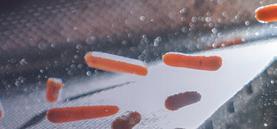

pany La Serra has opted for LED lighting, and the rapidly growing company Greenhouse Growers also chooses LED.
Looking at Germany, Koen estimates that there is a small 100 hectares of winter tomato production. Austria and Hungary contribute another 50 to 60 hectares, and Belgium accounts for 200 hectares. HPS lighting is no longer found there: only LED lighting and hybrid installations.
In surrounding countries as well, illuminated tomato cultivation has largely switched to LED. “But the percentage of illuminated cultivation is nowhere as high as in the Netherlands. In France, we already see much higher light levels than in northern countries,” Louis explains. “Then it becomes more difficult to justify an illumination system. It depends on natural light, energy prices, and of course what the buyer is willing to pay.”
www.horticulture.red/en/ www.horti-growlight.com/en-gb/



Streamlined for all small and diced products


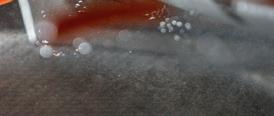




























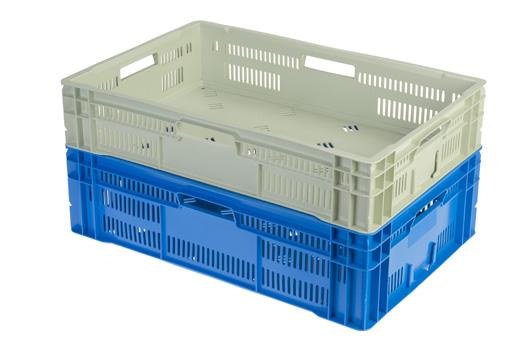


35 AGF Primeur • Greenhouse vegetables • 2024
+31 (0)495 588 510 info@optiserve.nl optiserve.nl


Philip van Geest, Van Geest International:
“As day traders, we excel at fulfilling limited product availability”
The new Dutch greenhouse season is in full swing at Van Geest International. “It‘s generally business as usual,” Philip van Geest indicated in early April. “Bell peppers are still somewhat in short supply. The market usually broadly collapses considerably after Easter, but that has not happened yet. Neither was there a true Easter rush. Partly due to the dark weather, eggplant production is also lagging somewhat, and, thanks to campaigns, the available supply is selling well. A sort of artificial shortage has, in fact, been created. There are slightly more tomatoes across the board, and their prices are under a little more pressure. Cucumbers are reasonably priced.”
Philip adds that the past winter‘s import season went quite smoothly, too. Spain and Morocco are traditionally the main importing countries, but the Dutch trading house also sources cherry and plum cherry tomatoes from Senegal, Egypt, and Tunisia. “Israeli bell peppers were still a big product group until ten years ago, but you hardly see them on the European market these days. Imported
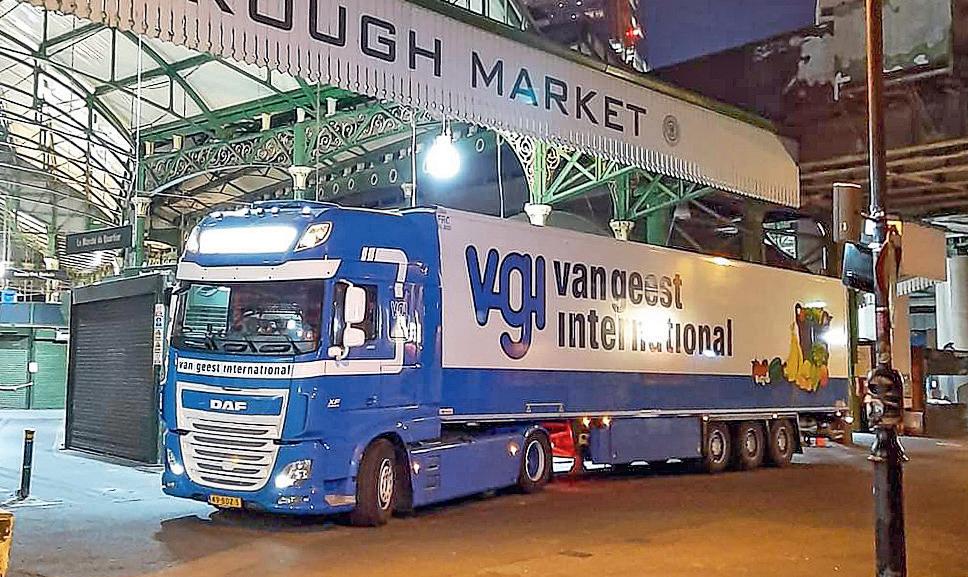
products‘ quality starts deteriorating in February, so watching for that in March is especially important. Fortunately, more and more Dutch products were coming onto the market then,” he says.
Van Geest International has always been quite a big player in the British and German markets. Brexit has not made exports to the United Kingdom any eas-
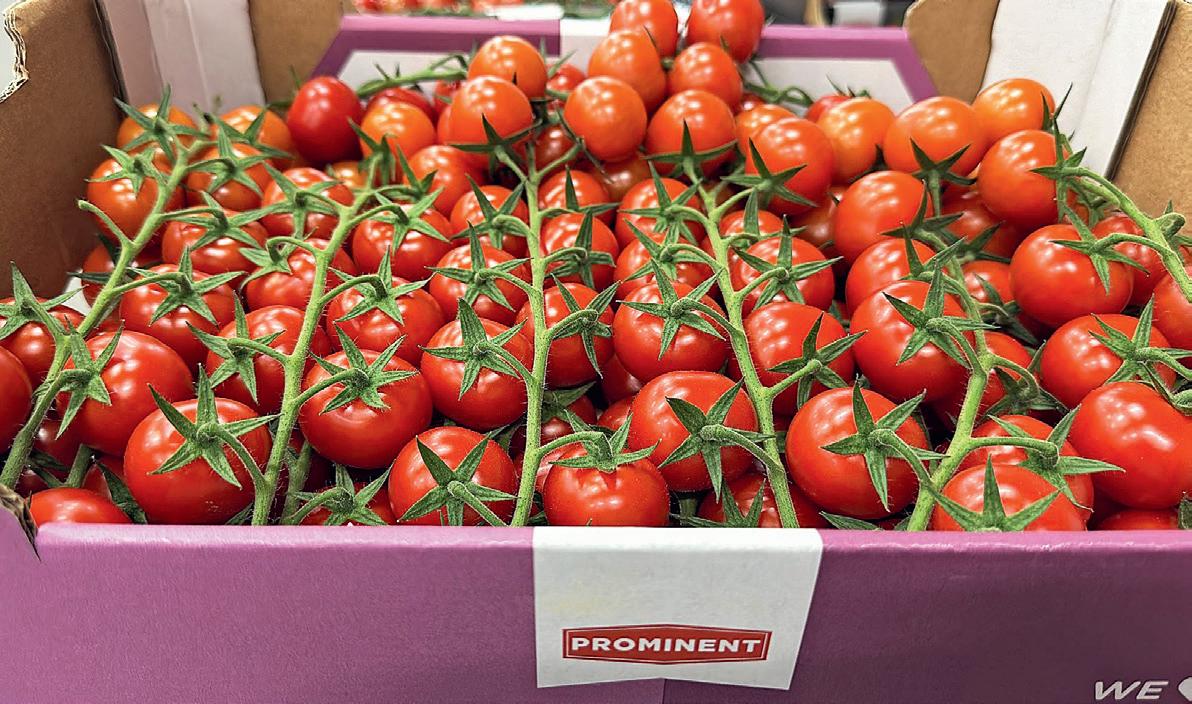
ier. “I consider all those regulations, where items are placed in the high-risk category and all the obligatory, expensive inspections that come with that, farfetched. Customs and inspection authorities appear to be doing whatever they want: an import duty here, an inspection, or certificates there. Why make it so hard for yourself as a country to import goods that have been entering the country problem-free for decades? It would be different if they were self-sufficient, but there are still empty shelves, and the
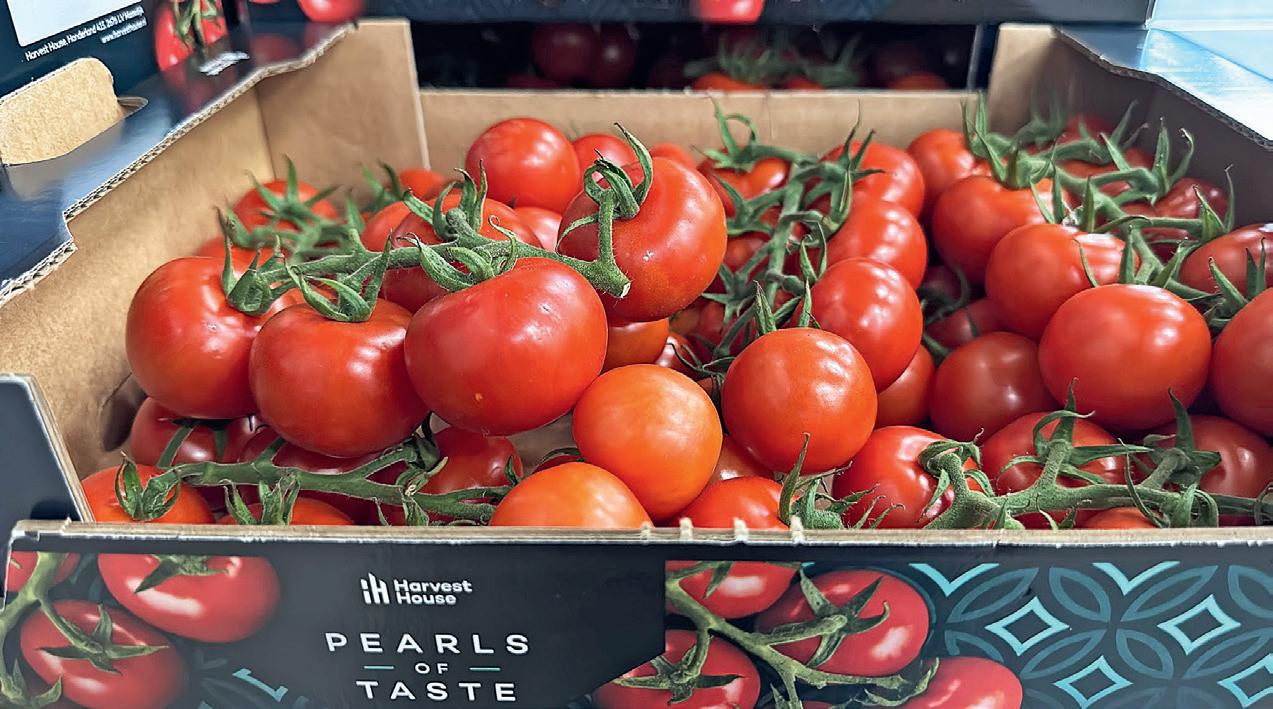
Theme Greenhouse vegetables 36 AGF Primeur • Greenhouse vegetables • 2024
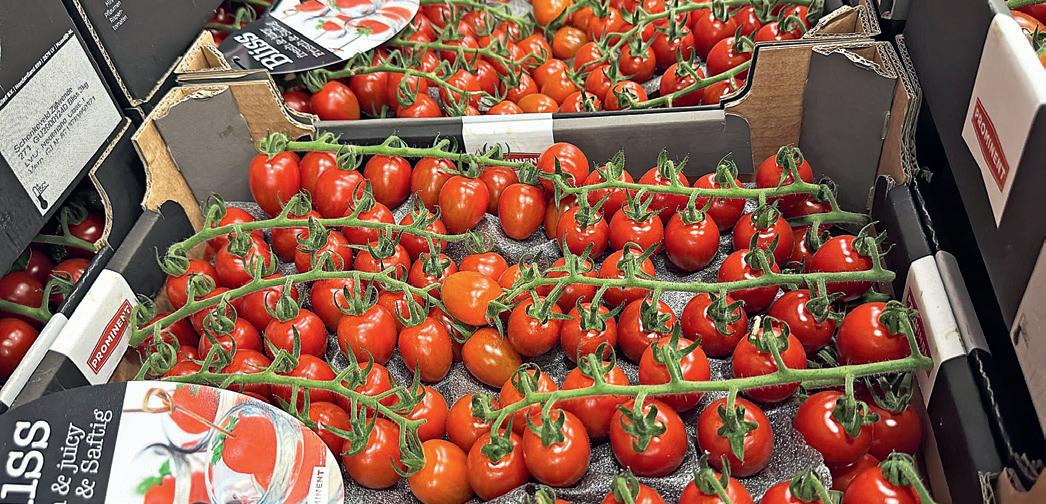
range is nowhere near as extensive as it once was.”
Dutch greenhouse horticulture does not have the best name at present, as evidenced by earlier statements by the Dutch Central Bank President Klaas Knot and PvdA/Groenlinks frontrunner Frans Timmermans. They reckon the ‚environmentally damaging‘ Dutch greenhouse farming sector would be better off moving elsewhere. “We have ourselves to thank for that,” Philip acknowledges.
“We have some of the Westland ‚simply acting normal is strange enough‘ mentality; we‘d rather not blow our own horn

about delivering top-quality products. Yet, politicians are unable to relinquish that Dutch independence. You‘d think we‘d have learned something from the gas crisis about becoming purely dependent on Russian gas. Should we then move our food supply as well?” Van Geest wonders.
For Van Geest International, product availability is not yet a major issue. “We‘re day traders, that‘s our business. We‘ve been doing that for almost 50 years. Where there‘s market demand, we look for and find the products. Sometimes for a bargain, sometimes not. When market prices are high, we‘re often more
profitable because we dare to buy when no one has produce available.” Philip does not expect too much from new product introductions. “Several specialties have appeared recently, and there are now plenty of different tomato and bell pepper varieties. But what you sell extra on one side goes off on the other,” he concludes.
pvg@vgibv.nl
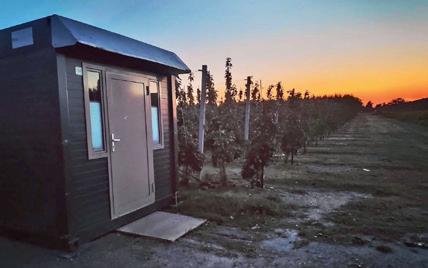
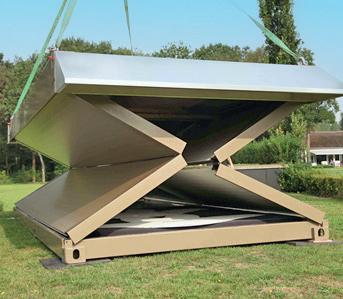

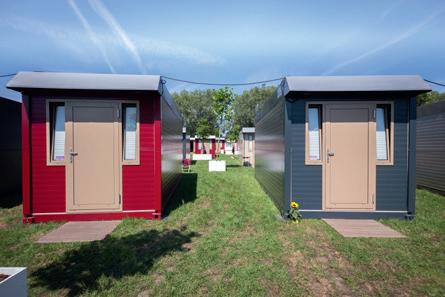


37 AGF Primeur • Greenhouse vegetables • 2024 The solution for temporary accommodation at any location otels
Zessprong 14 | 5684 NV Best | Nederland T: +31 (0)499 216060 | E: info@flexotels.com www.flexotels.com
Short Stay Solutions
Jonathan Vandesande, Frans Michiels Belgium:
“We export all over Germany”

Over the years, the number of Belgian fresh produce exporters on the German market has drastically reduced. Frans Michiels Belgium (FMB) has been a recognized Belgian exporter in that market for years. “We sell 99% of our goods to Germany,” begins Jonathen Vandesande.
“Our sales are nicely divided between German wholesalers and retailers and wholesalers outside that market. We sell from Hamburg to Munich and from Cologne to Berlin.” Jonathen says demand from German customers has shifted in recent years. “There are fewer orders for traditional products like Belgian lettuce and chicory, but other products are taking their place. For example, Belgian Conference pears sales to Germany have increased tremendously,” he says.
Another product group whose popularity has snowballed is the so-called fourth
range or convenience sector. “Not so much with the supermarkets, but with the hospitality suppliers. In Germany, staff shortages in that sector are a big problem, too, so there‘s a great demand for ready-made solutions.” The demand for organic fruits and vegetables, which peaked during the pandemic, has subsided. “During the pandemic, supermarket demand for organic was particularly strong. In the past two years, though, that‘s been somewhat weaker. Plus, local organic crops have kept expanding, making people more self-sufficient,” Jonathen explains.
GREENHOUSE VEGETABLE PRODUCTION SLOW TO GET STARTED
“The current greenhouse vegetable season is off to a slow start, especially for the light-sensitive crops. Cucumbers are in full production, but the tomato supply is lagging slightly, and products like bell peppers and eggplants are in short supply. Prices reflect that, too: They‘re very high, also because the quality from Spain has decreased drastically. The supply should improve soon, and the recent few sunny days are already turning things around.”
FMB works directly with various Belgian growers, many of whom supply other trading companies. According to the exporter, the Belgian fruit-vegetable acreage is stable. “There aren‘t many new builds. For lots of producers, that involves too much red tape. But there


Theme Greenhouse vegetables 38 AGF Primeur • Greenhouse vegetables • 2024
are shifts within the existing acreage. For instance, fewer tomatoes and more cucumbers are being grown this year. We also used to sell more imported products on the Spanish market, but that‘s down to a minimum because our German clients buy the products directly in the countries of origin,” says Vandesande.
LOGISTICAL SIZE ADVANTAGE
There has been much consolidation among Belgian exporters in recent years, he says. “Roughly 15 years ago, German buyers had the option of choosing from 15 exporters. Those days are gone, and there are only a few left. We‘ve been part of the Calsa Group for five years, and when exporting to Germany, we logistically cooperate with our sister company, Gebroeders Michiels. We still do our own sales, but we work together in logistics, and together, we drive 11 trucks to Germany every day. After all, being profitable demands efficiency and logistical economies of scale.”
The Belgian exporter considers finding the right people to keep doing the work the largest challenge. “We have several
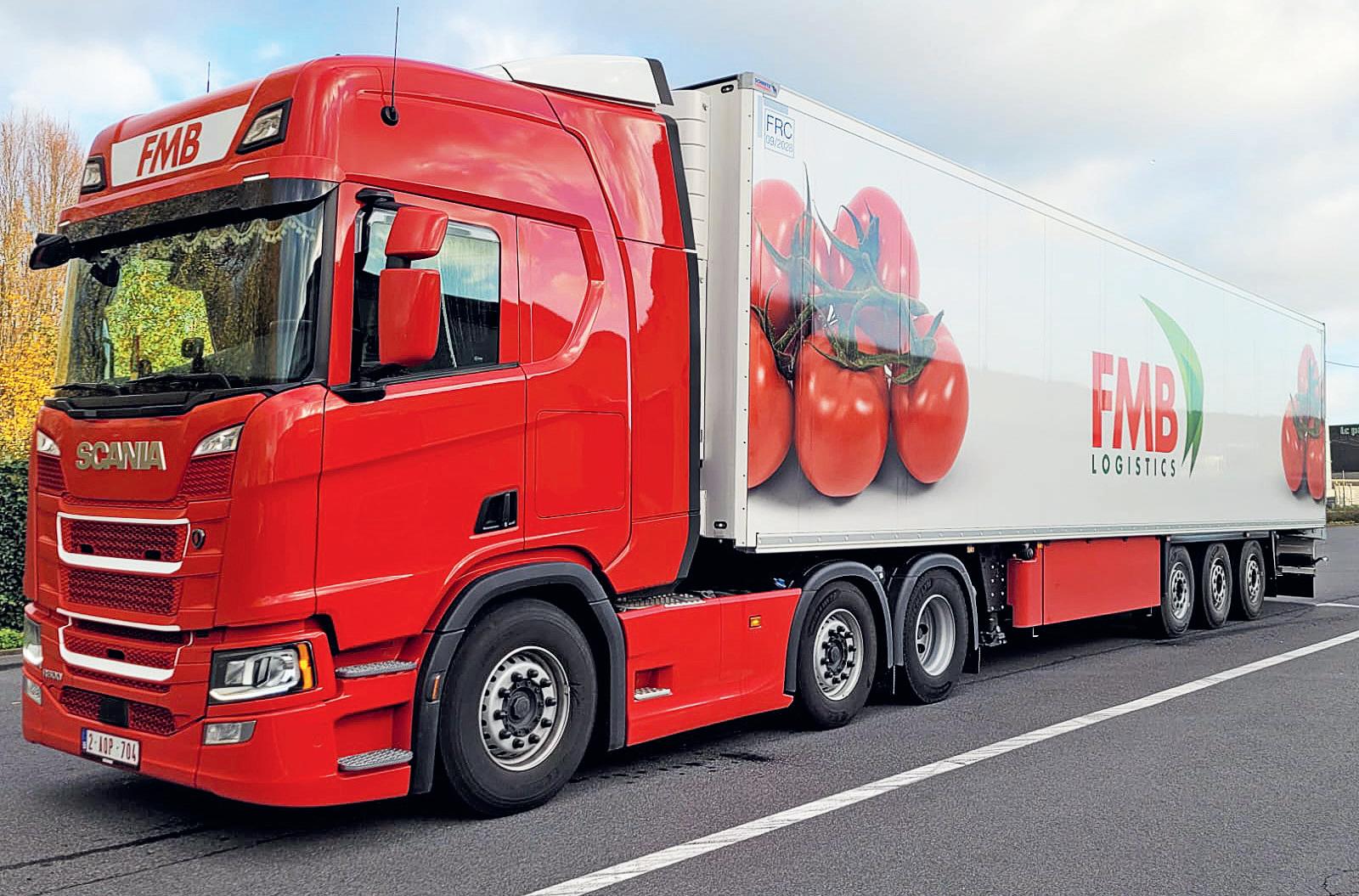
skillful drivers approaching retirement age. Filing those positions will be challenging. Inflationary prices at the base cost level are problematic because logistics costs are skyrocketing. But we‘re confident about the new Belgian season. Nobody can predict the weather, and Ger-
man buyers are becoming more cautious with their spending due to the economic headwinds, but fortunately, people will always keep eating vegetables,” Jonathen concludes.
jonathan@fmb.be



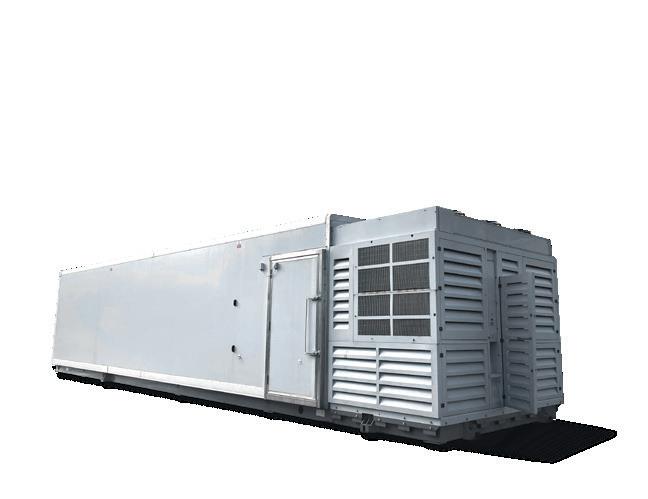
39 AGF Primeur • Greenhouse vegetables • 2024
The Netherlands | T: +31 (0)10 495 29 55 | E: info@dawsongroup.nl | W: www.dawsongroup.nl Belgium | T: +32 (0)78 15 16 05 | E: info@dawsongroup.be | W: www.dawsongroup.be Dawsongroup: market leader in rental and sales of portable temperature-controlled solutions Premium cold store Reefer container Blast freezer
We keep it cool wherever you are
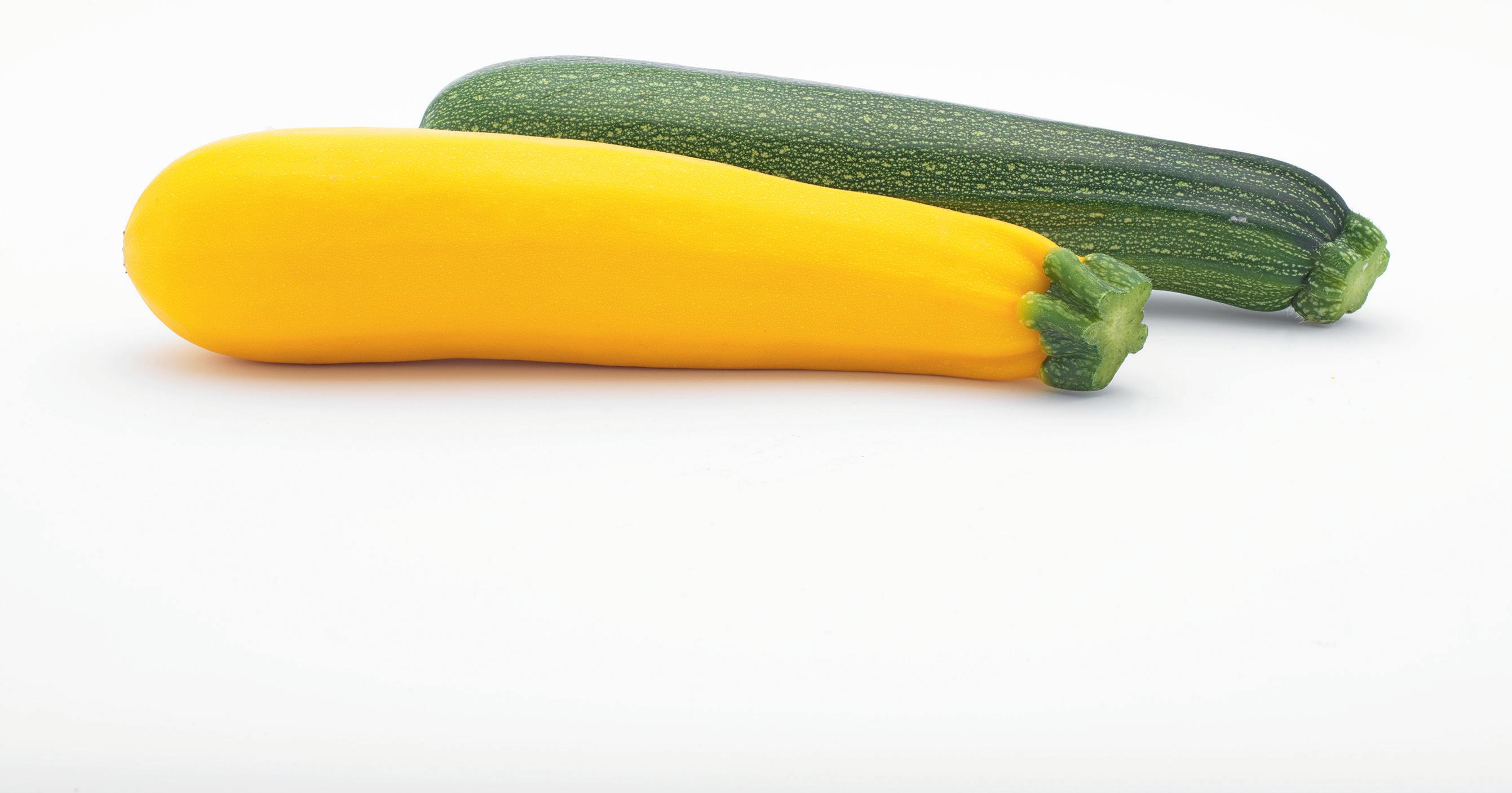
Dutch zucchini growers start doing their own marketing
After almost 60 years, zucchini cultivation holds no mystery for the Dutch family Zwinkels. New to the company this year, though, is an addition to its zucchini specialties. They have also, for the first time, started marketing the standard green and yellow zucchini. “We decided that in September. It was time for something new,” begins Johan Zwinkels, who runs the company with his son Guus.
“It‘s a big step for us and demands much from you. We started working on a new brand, logo, website, boxes, bar, and QR codes. Sales season starts in late January, so we had to get that in order fairly quickly. Which we did. We explained our plans to many customers, and most, because of our specialties, already knew who we are and what we stand for.”
HARVESTED RIGHT INTO FINAL PACKAGING
Zwinkels chose CourgetteRoyale as their new brand name. “We want to focus on the top of the market, and this brand exemplifies that. We harvest our zucchi-












nis directly into the final packaging, so there‘s minimal chance of handling damage. We supply the green zucchini in both open boxes — which is slightly cheaper — and closed ones. The yellow ones we supply only in closed boxes,” says Johan.
Most CourgetteRoyale yellow and green zucchinis go to Westland exporters. “They‘re traded all over, from Germany, France, and Scandinavia to as far as Dubai. Last month, Ramadan immediately affected exports to the Far East. Understandably, people ate a little less luxuriously in the evenings.”
SPECIALTY MARKET



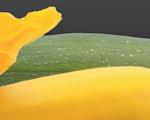

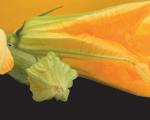


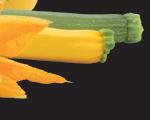
Zwinkels has supplied the specialty, edible zucchini blossoms, under the name CourgetteFleur Zwinkels since 1997. “These flowers are packed as soon as they’re picked. That can only happen early in the morning, since they only open once at sunrise and close permanently at around 10:00 a.m.
In this short period, we harvest and pack them to keep their quality and shelf life optimal,” Johan explains.
Through the years, CourgetteFleur‘s product range has grown to include the mini and midi zucchini, Fioretta and Primo Fiore. “We also serve customers in the hospitality sector, among others. We love this segment because those clients primarily consider quality. It benefits them that we can provide a full zucchini assortment, with sometimes as many as seven or eight products on one pallet.”
“We began picking CourgetteFleur in late January and, two weeks later, the standard zucchini. It was dark and wet, so the season got off to a slow start. But after the warm weekend with three days of sunshine in early April, the supply burst forth, so production is full steam ahead,” the grower said on April 8.
“There are few yellow zucchini this spring, so their prices are quite good. When more growers come into production, that will plummet. We obviously have to move with market prices, but we mainly rely on our strength and want to avoid being swept up too much by market whims. Also, you cannot lump all zucchini on offer together; their quality simply differs too much,” Johan points out.
SLIM SUMMER MARGINS
In the Netherlands, greenhouse green zucchini acreage has shrunk dramatically, while yellow zucchini acreage remains relatively stable. “Recent greenhouse yields have been quite good, but especially the last summers have been particularly bad due to the large supply of Belgian
Theme Greenhouse vegetables 40 AGF Primeur • Greenhouse vegetables • 2024 Johan T +31(0) 651988291 info@courgettefleur.nl Guus T +31(0) 683896217 info@courgetteroyale.com
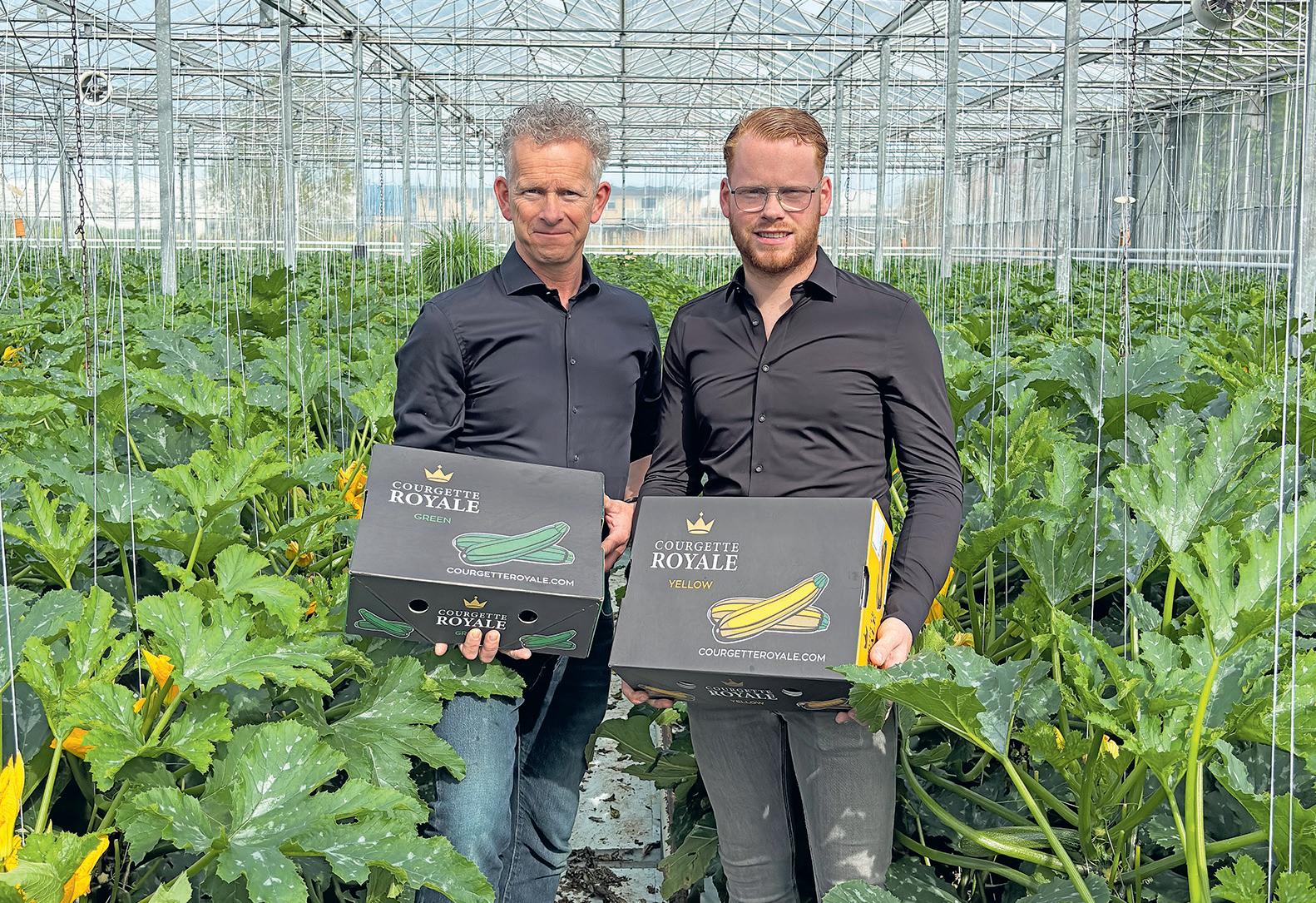
zucchini and the open field supply from elsewhere in the Netherlands.”
“That will again be this season‘s biggest challenge. It has started well, but
the summer will show whether buyers remain loyal to quality greenhouse zucchini,” Johan continues, adding that he is optimistic about zucchini consumption. “The Netherlands hasn‘t yet reached
the quantities eaten in countries such as Spain and Italy, but the product is becoming commonplace in many households‘ soups and pasta.”
TOTAL PACKAGE
“Our company now has control of the entire process, from cultivation to sales. That keeps the communication lines short, and we‘re in direct contact with our customers. We can, thus, strengthen each other and try to fulfill customers‘ wishes as well as possible. Matching supply and demand throughout the growing year is vital. Our sales team is closely involved in production, harvesting, packaging, and planning. That benefits availability, freshness, and quality,” Johan concludes.
info@courgetteroyale.com
“Receiving support throughout challenging times truly makes a difference!”

Despite facing two major storms, Greenhouse Business Les Serres Du Val remained resilient with support from Hagelunie. “Hagelunie sent repair teams to us promptly,” says Yann Jacques, Grower at Les Serres Du Val. “They checked everything on-site and sorted out claims fast, so we could fix things up with minimal losses. “Receiving support throughout challenging times truly makes a difference!” adds Yann. Even though they faced damage, Yann got his greenhouse business back on track quickly, enabling them to start growing new cucumber crops right away.

41 AGF Primeur • Greenhouse vegetables • 2024
- Yann Jacques, Grower at Les Serres du Val
Read the story of Les Serres Du Val
Johan und Guus Zwinkels
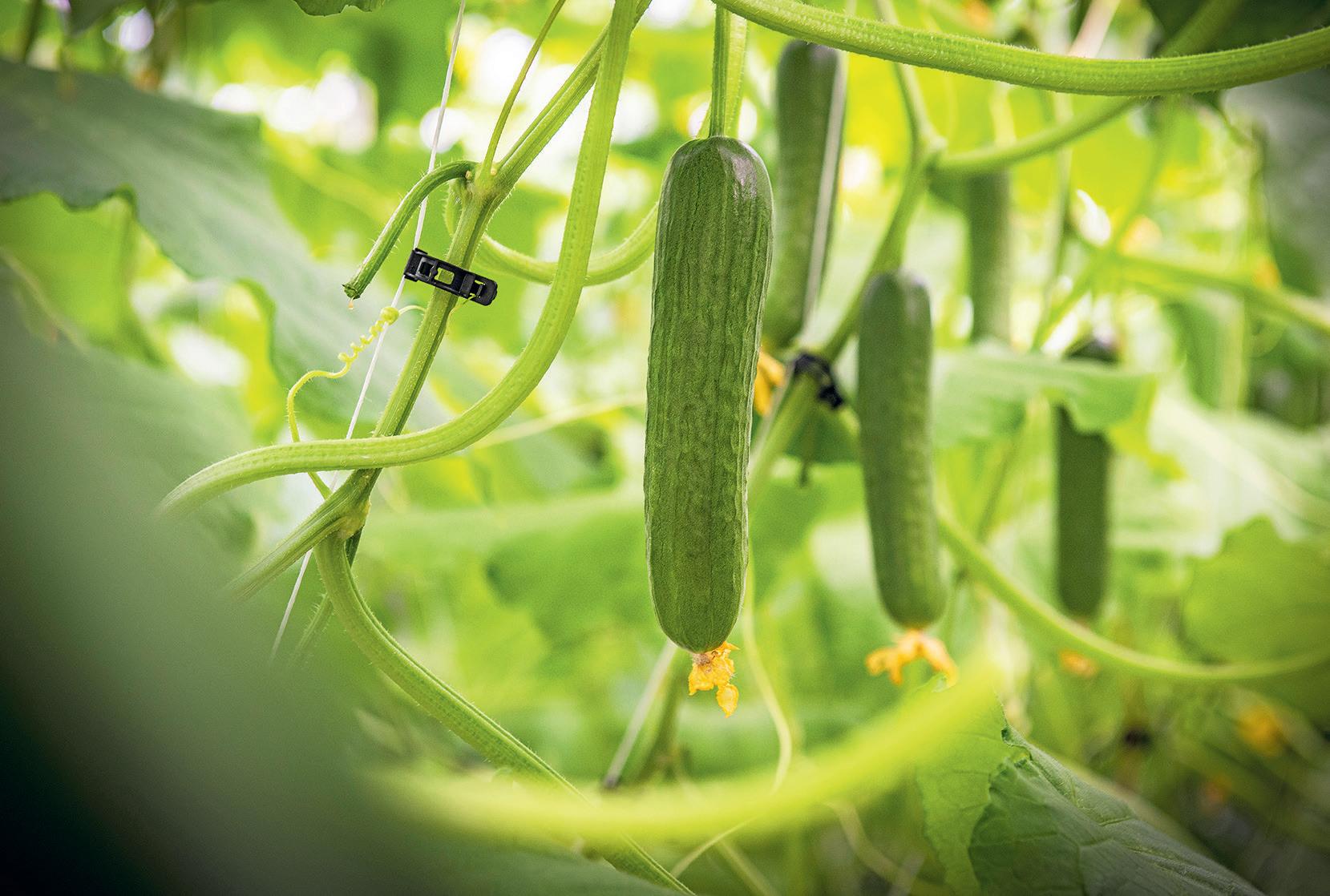
Midi cucumbers: from novelty to fully-fledged product
A couple of years ago, a new option was added to the Dutch cucumber assortment: the midi cucumber. Two growers currently serve the British market with it. Using those first few years of knowledge, this year, the product will be on supermarket shelves as a fully-fledged distinctive product.
The cucumber variety was introduced in 2022. “We did an initial short test,” begins Koen Saris, director of Wijnen Square Crops, looking back in mid-March, at the start of midi cucumbers‘ third season. This company has two locations in the Netherlands, with Pieter Wijnen and Ton Smeets assisting Koen at the helm. In the summer of 2022, it proudly announced it was “taking the English market by storm” with this new cucumber. “We saw demand, but also that placing our product beside the ‚portions‘ didn‘t work well.”
Those ‚portions‘ are standard cucumbers sliced in half. These are sought-after in the British market, but are also prone to being wasted and need packaging. “In 2020, we started exploring the possibilities of a midi cucumber grown specif-
ically for that segment. That was with supermarket chain Sainsbury‘s and our trading partner Terra Natura International (TNI),” says Koen. They found a variety and, thus, began the cultivation of the ‚midi‘ cucumber. These weigh about 180 grams and have their stalk removed during harvest.
After gaining know-how in 2022, they returned on a large scale in 2023, but stores did not place the mini cucumbers near the portions. “Our product was in about 20 Sainsbury‘s stores last year. They‘re no longer next to the portions, which worked out well. That‘s why we‘re scaling up again this season and supplying more stores.” Wijnen Square Crops now covers about half to a full hectare.
UNPACKAGED PORTION REPLACEMENT
Moreover, there is a second Dutch supplier of this product. In 2022, Sam van Duifhuizen, a Fresh Valley board member, met someone already familiar with midi cucumbers. That year, the rapidly growing greenhouse company bought a greenhouse in the Netherlands and started cultivating this product. “It started with a few thousand square meters. We supply the product per customer demand to our trading partners, who, in turn, supply UK supermarket chains,” says Sam at the beginning of April.
Fresh Valley now has a hectare of midi cucumbers, and harvesting started in early March. “We‘re delivering in full. We begin when the Spanish and Moroccan crops end,” he explains. They prefer always having two retail suppliers. Sainsbury‘s really took to this product, Koen notes. “They immediately saw the potential and started communicating better about the product last year. There are great benefits regarding reducing both food and plastic waste,” he says.
Theme Greenhouse vegetables 42 AGF Primeur • Greenhouse vegetables • 2024








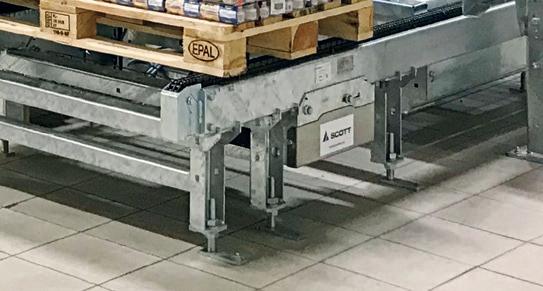
Both Dutch growers supply their mini cucumbers ‚naked,‘ i.e., unpackaged. In a March 2024 newsletter, when the season began, Sainsbury‘s wrote that thanks to this product replacing the portion, they will save 15 tons of plastic annually. After being delivered to trading partners, Fresh Valley‘s midi cucumbers end up at several UK supermarket chains, Sam knows. “Sainsbury‘s carries them naked. I‘m not entirely sure about the other chains.”
WON‘T REPLACE MINIS
Wijnen Square Crops and Fresh Valley both also cultivate standard and mini cucumbers. The midi variety will not replace the latter. “In lit cultivation, those are growing compared to last year,” notes Koen. They would like to see that expand further in Limburg. “We‘re now well versed in this product‘s harvest forecast and are happy to grow our acreage alongside the demand.” The same is true for Fresh Valley, which sees growth in midi and mini cucumbers. Sam: “The mini market is a growth one.” And midi cucumbers are a nice addition to the package. “We think it‘s a wonderful product. We‘re sure we can keep serving the UK market well with it, and expect growth. It‘s nice that we can do this together as Dutch growers.”
Why do British growers not do the same? Neither Koen nor Sam has an answer. Koen believes that as the product matures, more growers will join. “But the UK is still heavily import-dependent,” he adds. Sam points out that midi cucumbers are a big product in Eastern Europe, too, but truly supplying that market is not (yet) possible. It has its own channels, and you cannot just start growing midi cucumbers.

“Cultivation isn’t straightforward yet, especially in the first few years. It takes plenty of energy to master and choose the right varieties,” Sam explains. Koen speaks of ‚a labor, energy-intensive crop‘. “Our partners and we have cost prices reasonably under control. We call such a crop a ‚contract cultivation‘. We agree on volume and price with producers before cultivation begins.” No day trade is available for the midi cucumbers.
A WINTER CROP, PERHAPS?
A winter crop is a possible next step. British supermarket chains are up for that. Koen: “If the product does well again this year, we‘ll speak with TNI about the upcoming winter and 2025‘s summer cultivation this summer. We aren‘t going to grow abroad.” Sam already had contact about winter cultivation, but “that has, so far, come to nothing.” Why? “Part-
ly because we‘d already filled and sold much of our acreage, and partly because there‘s stiff competition from Spain and Morocco.”
“Our customers are, nevertheless, delighted with the quality we deliver,” he says. Koen points that out, too. Midi cucumbers are a good addition to the cucumber assortment. “What we started doing sounds logical, yet it took five years. You don‘t realize something new overnight, but with retail on board and a good format, good taste, shelf life, and price, a product can gradually and genuinely mature,” he concludes.
verkoop@freshvalley.nl koen@square-crops.com

44 AGF Primeur • Greenhouse vegetables • 2024
Theme Greenhouse vegetables
Ton, Pieter und Koen von Wijnen Square Crops
OPTIMISE YOUR PROCESSES WITH PECS
The Production Efficiency Control System for producers, greenhouses, and packhouses | Connectable to any ERP system
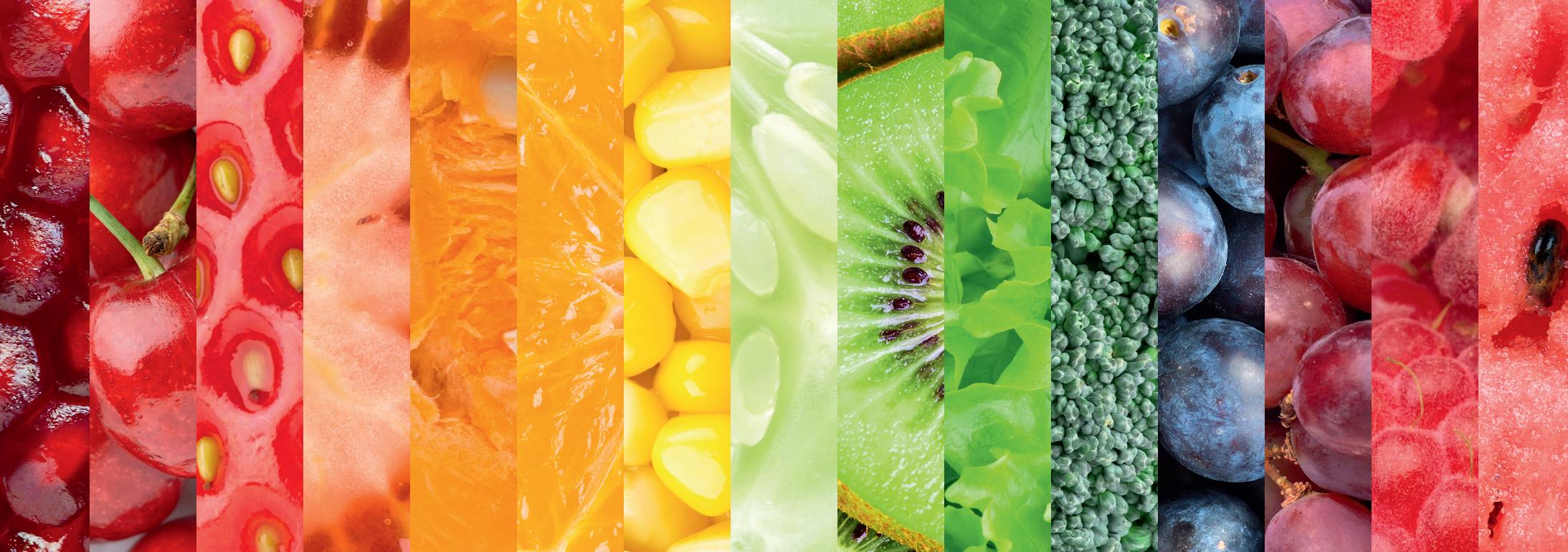
N E W : B E L L P E P P E R L I N E

Fully automated inserting
Vision technique for good positioning
Deep learning in size, form and colour
Less safety requirements, easy to clean
Preventing loss by adjustable drilling
Cutting into halves or quarters
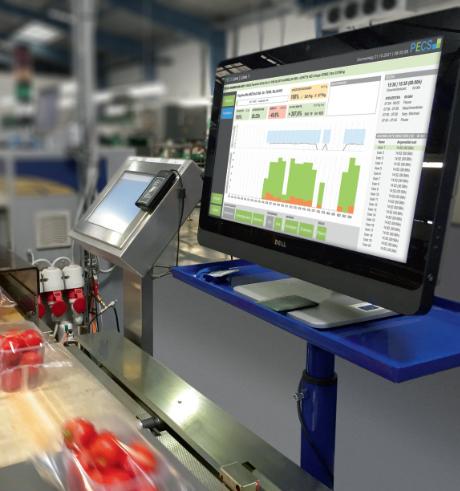



The specialist for conditioned transport of fruit and vegetables.
“Groupage specialist for Germany”
45 AGF Primeur • Greenhouse vegetables • 2024
Software & Consulting GmbH www.active-it.at
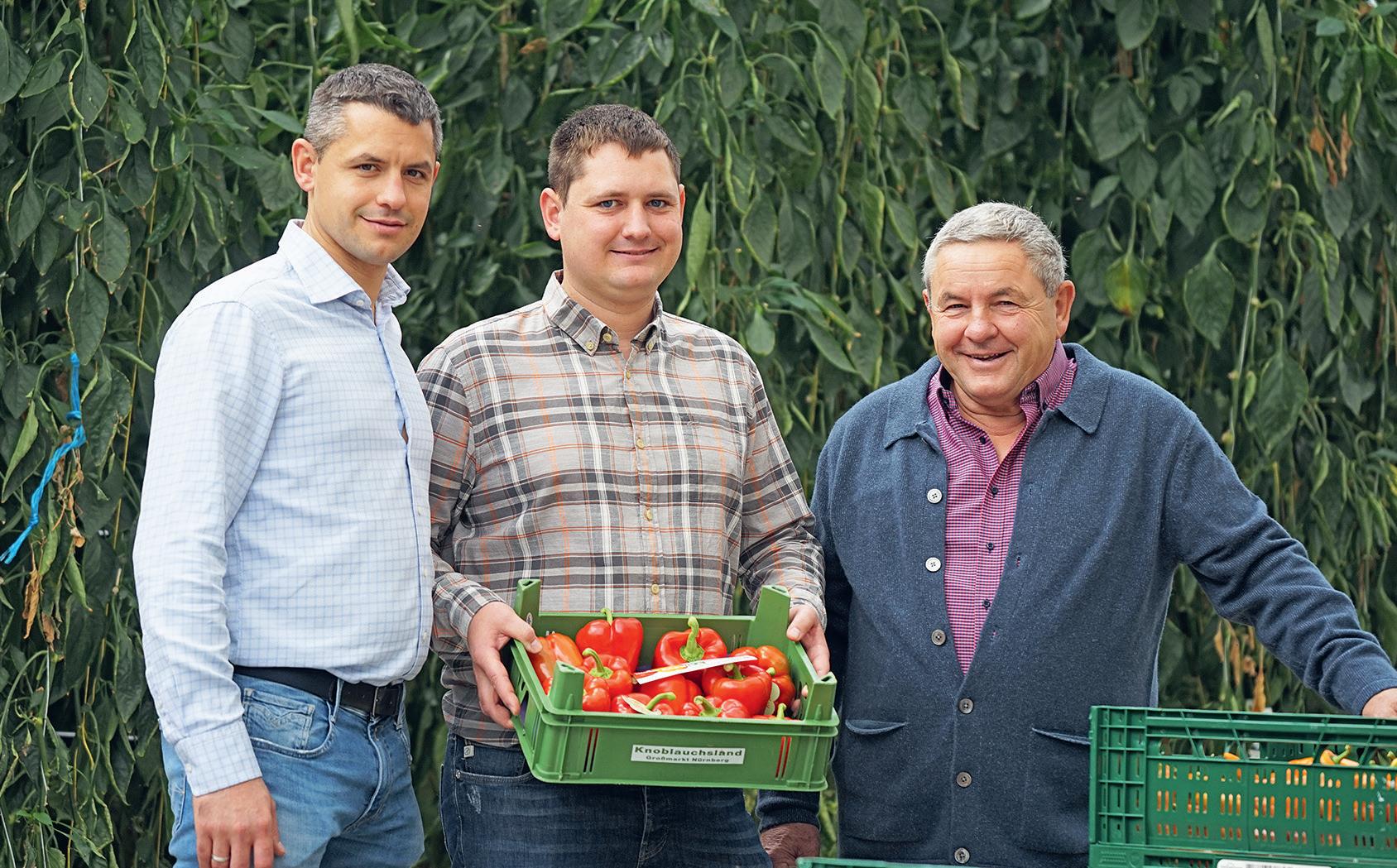
Producer
Stefan Scherzer on greenhouse vegetables grown in Germany:
“Without domestic production, imported goods would inevitably be more expensive”
With a total of three modern production sites and a total area of almost 40 hectares of greenhouse cultivation, Franconian family business Scherzer is one of the largest greenhouse vegetable producers in Germany. The product range extends from tomatoes, the largest product in terms of volume, to peppers, cucumbers, eggplants, and lettuce. At the start of the 2024 harvest, Managing Director Stefan Scherzer commented on this year‘s yield forecasts and the omnipresent topics such as cost increases and the importance of local greenhouse vegetables.
The first cucumbers, eggplants and small quantities of tomatoes were harvested before Easter. “The planting dates have shifted across all crops. Last year, in 2023, we planted and harvested our eggplants later. This year, we planted in week 2, so we were able to start harvesting almost identically to other years. With peppers, we start around week 13-14, with the first earlier set on around one hectare. Larger quantities are expec-
ted to hit the market from week 16,” says Scherzer, describing the start of the season.
He also points to the lack of sunshine in the first quarter of the new year. “Compared to the year before, we had slightly less light. The winter was relatively mild, which was definitely beneficial for our crops, and January was still okay in terms of the amount of light. February, on the
other hand, had very little sunshine. This will certainly mean that we will have relatively lower yields across all crops in the early part of the year. We already had a similar situation last year with the tomatoes: We were about 20 percent short in the early harvest compared to normal years.”
HIGH COSTS, LOW PRICE LEVELS
However, the significant additional costs in greenhouse cultivation are particularly worrying, Scherzer continues. “The cost increases are certainly hurting us. These are factors that we, as vegetable growers, unfortunately have little or no influence over. Not just labor costs, but also CO₂ taxes are having a major impact. Ultimately, these two cost drivers also mean that young plants and other supplies have become considerably more expensive on balance.” According to Scherzer, there are minor differences in energy prices between the company‘s
46 AGF Primeur • Greenhouse vegetables • 2024
Theme Greenhouse vegetables
Die Gärtnerfamilie Scherzer mit Herrn Stefan Scherzer (links)
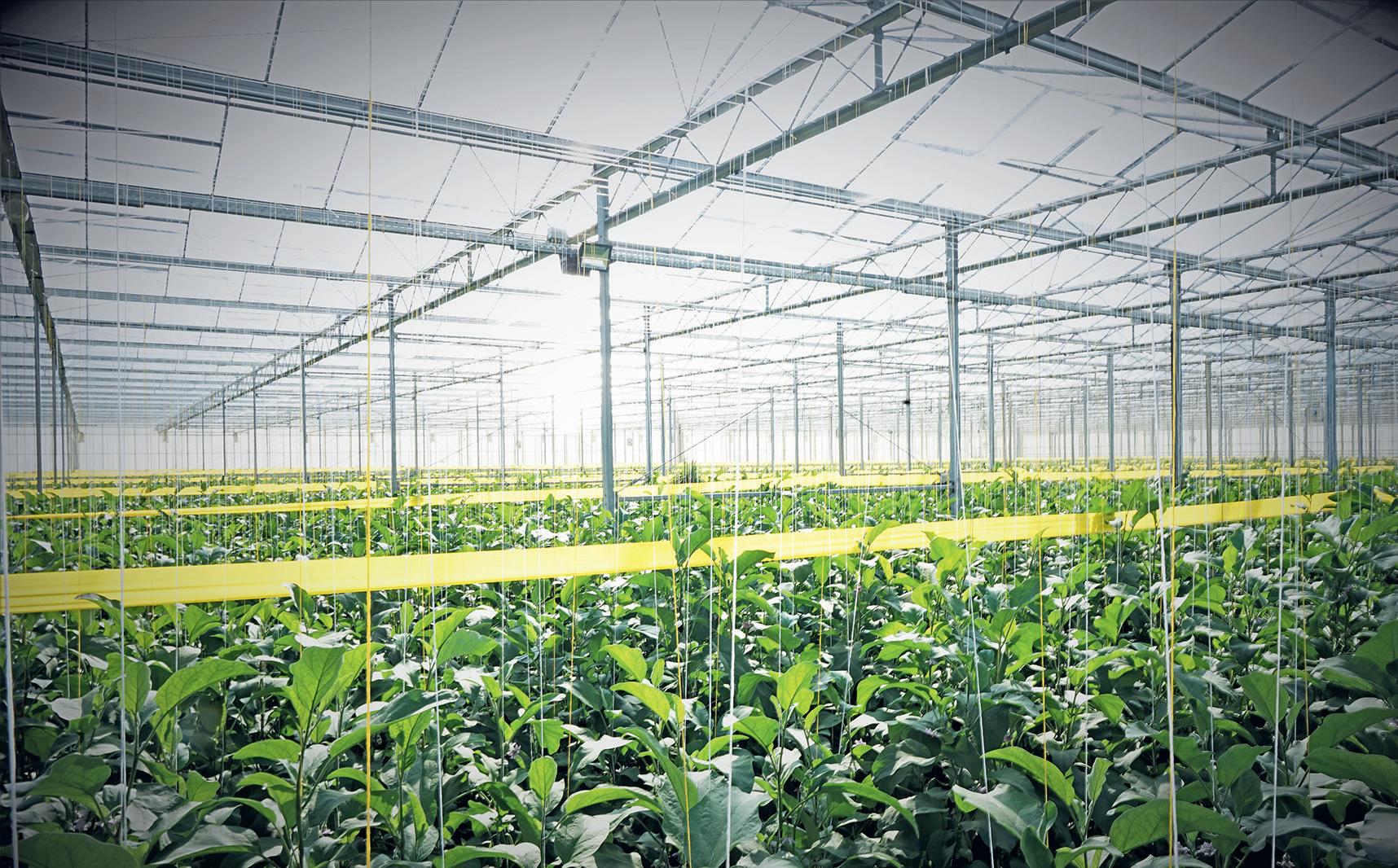
three production sites. “At the Feulersdorf site, we have a relatively new biomass heating plant, which is why we also have higher depreciation. At the Nuremberg site, on the other hand, we have an older plant and correspondingly lower costs.”
In terms of price, 2024 is incomparable to last year‘s season. Scherzer: “For cucumbers, we are 40 percent below last year‘s levels, which is definitely too low from a producer‘s standpoint. In my opinion, that is also the big challenge we are facing: If imported vegetables are offered too cheaply and costs continue to rise, the gap will eventually widen too far. We are still lucky in Germany that many people have a good job and can actually afford regional vegetables. Nevertheless, the mood among both producers and consumers is rather subdued. There is a lack of willingness to buy. However, experience shows that this can change quickly. In any case, it is not due to the prices. After all, our products are far cheaper than last year, while sales are not much better. In this respect, the season could have started better.”
QUALITY INSTEAD OF QUANTITY
According to Scherzer, the crops with the lowest yields are suffering the most from inflation and lower purchasing power.
“We‘re talking about peppers or snack tomatoes, for example. The price difference between these crops and imported goods becomes too great, which ultimately means that we inevitably have to compete on quality. This in turn is reflected in our variety strategy: the focus is not so much on quantity, i.e., the yield per hectare, but rather on the quality and taste of the respective variety. The Jordan virus is still an important issue, particularly for tomatoes. We are still in the conversion phase and highly resistant (HR) varieties are constantly being tested. Ultimately, I also assume that there will be no more regular varieties in the medium to long term.” Additionally, tomatoes are grown under lighting on around three hectares. “The capacity has remained almost constant in recent years. The market is there, but the question is how to make it cost-effective in the future.”
FIERCELY COMPETITIVE BELL PEPPER AND EGGPLANT MARKET
In addition to cucumbers and tomatoes, Scherzer is also dedicated to the cultivation of regular and pointed peppers. Red peppers account for around 60 percent of production. The remaining 40 percent is accounted for by yellow and orange (approx. 20 percent each). With around ten production sites throughout Germany, domestic bell pepper cultivation
is relatively limited, Scherzer confirms. “There have been no new bell pepper producers recently, which is not surprising given the big price difference compared to imported goods. In this respect, the bell pepper market is very competitive compared to the tomato market.”
The same applies to eggplants, which Scherzer currently grows on around 2.5 hectares. “The market has developed quite well over the past decade. Nevertheless, we have to make sure that we can continue to produce regional eggplants at a reasonable price. If we are put on a par with imported goods in terms of price, regional eggplant cultivation will inevitably decline. At the moment, prices may be good for two weeks in August when there are few Dutch eggplants. But that‘s not enough for us. I think it‘s a shame, as eggplants are a great product and we can supply consistently high-quality, fresh produce.” Scherzer has already removed the peppers from the range, as growing them was no longer profitable.
Wholesale market operations account for around 10 percent of turnover. Scherzer: “Due to the direct feedback from the customer, the wholesale market is a kind of pulse meter for us. However, it has to be said that wholesale market customers are tending to decline. It can therefore be
47 AGF Primeur • Greenhouse vegetables • 2024

assumed that the sales volume will not increase, but rather stagnate or decline.”
SELF-SUFFICIENCY NEEDED FOR GREENHOUSE VEGETABLES
All in all, Scherzer is confident about the future. “The challenges are increasing
in every respect. The demands on producers are only increasing, especially in terms of bureaucracy. Every year something new is added, and we are more or less forced to implement these requirements in practice. Nevertheless, we still have our purpose as regional producers.
The required sales markets are definitely there. Now we have to convince the trade that we, as German growers, guarantee a certain degree of independence. If we no longer existed, Germany would be 100 percent dependent on imported goods. In comparison, we need a little more money on average, but this is due to the slightly different framework conditions in Germany. I am firmly convinced that if German production didn‘t exist, imported goods would certainly be more expensive. In this respect, we need a certain degree of self-sufficiency in Germany, and this must be guaranteed accordingly,” he concludes.
www.scherzer-gemuese.de











Theme Greenhouse vegetables 48 AGF Primeur • Greenhouse vegetables • 2024

John Grootscholten, Daily Fresh Radish:
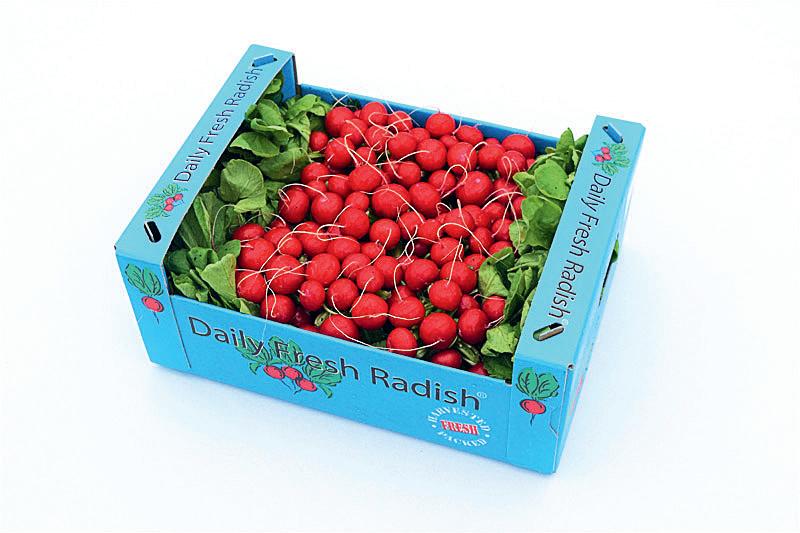
“In the winter, we double our acreage to meet German demand”
In the second week of April, John Grootscholten of the Dutch company Daily Fresh Radish reflected on a good spring for radishes. “We were hectic from March through Easter. There was huge growth acceleration due to the mild spring as well as a huge demand from our eastern neighbors,” he begins.
Daily Fresh Radish‘s crop planning takes considerable account of the German demand. In the summer, the farm cultivates radishes on about 11 hectares; in the winter, to meet its German customers‘ demand, that almost doubles to 20 hectares. “We sow specifically for that, but it‘s never quite possible to plan for what Mother Nature will do. This year, however, the planning was spot on. Our supply peak and the German demand coincided perfectly, when the radishes were growing fast, there was plenty of demand.”
GERMANY NOW HAS SWITCHED TO LOCAL PRODUCT
In the winter, the Germans are big Dutch, as well as Italian radish buyers. In the summer, however, they primarily rely on their outdoor crops, grown mainly in the Palatinate region. “They‘ve switched to local produce, but we‘re happy we could supply them with large radish volumes
before Easter. On the Wednesday after Easter, our greenhouse was empty, and on Thursday, we loaded the last radishes for our German clients,” says John.
Additionally, the latter part of winter is when contract prices are most profitable. “During the first weeks of winter, cultivation is reasonably inexpensive, while midwinter is when the plants take the longest to grow and use the most energy. Then, cultivation isn‘t cost-effective. The last weeks of winter are when cultivation can stop, so we were delighted with the big production and good demand.”
“Production in Germany is decreasing rather than increasing. That‘s mainly due to the shortage of workers. Not everyone can harvest radishes manually. In that sense, we have it easier because we harvest largely by machine. We only pick manually for a few buyers who specifically request that,” John explains, adding
that Germany does not grow much greenhouse radish. “I don‘t see that changing significantly, either.”
DUTCH WORKERS
Unusually, by Dutch standards, Daily Fresh Radish has a permanent local workforce. “Many fellow vegetable growers primarily use Eastern European staff. On our farm, everyone speaks Dutch. That appeals to people. So, we‘ll occasionally get a new worker, though keeping them is challenging,” John admits.
“We‘re now transitioning to summer and a somewhat calmer radish market. That‘s the same every year; summer customers still have to get some of that summer feeling. It‘s actually a little too quiet, but Dutch, Belgian, and Scandinavian clients will soon return to the market.” According to the grower, the ratio of loose radish to bushels is relatively stable. “Over the last ten years, loose radishes seemed to gain a percent share annually over radish bushels, but it‘s nothing dramatic,” he says.
SPECIALTIES
“We‘re pleased with the good spring we had. Specialty sales are somewhat down, even in the run-up to Easter. But, for us,
49 AGF Primeur • Greenhouse vegetables • 2024
it‘s more important that red radish sales go well because they represent 98% of the volume. You obviously hope the specialties run well, but this way is better than the other way around.”
Daily Fresh Radish sells most of its radishes to supermarkets via exporters. “They definitely take the bulk. We also serve smaller buyers, but that‘s more likely to be 20 packages at a time, whereas supermarkets take 20 pallets in one
go,” says Grootscholten. The company does not supply processors. “We regularly get demand for seasonal prices, but because the product is processed, the end product matters less, and these types of companies always want the very cheapest radishes. We don‘t do that. There‘s always someone cheaper on the market.”
EVER RISING DEMAND FOR BIODEGRADABLE PLASTIC
Transportweg 20, 2676 LL Maasdijk
F ijne ke r stdage n en een voo r spoedig nieu w jaa r !
ly from regular flow pack film, especially if the radishes have been refrigerated for a week.”
He is optimistic about radish consumption. “Healthy eating, which several doctors and institutions are promoting, is on the rise. Radishes fit in nicely with that. Even in the Netherlands, more and more people are eating radishes. Almost every kitchen has a bunch of radishes on the counter, especially at this time of year,” John concludes.
John@dailyfreshradish.nl
Transportweg 20, 2676 LL Maasdijk
T 0174-525140 | F 0174-517981
E in f o@ t rans t ol k. n l | w w w
T 0174-525140 | F 0174-517981 E



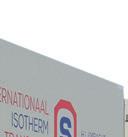













Internationaal transport door geheel Duitsland Frankrijk en de Benelux
A clear trend recently is the increasing demand for biodegradable packaging. “Every day, batches of radishes go out the door in that packaging. That‘s different from before. Customers in France and Luxembourg are particularly keen on it. I hope the quality of these films improves,” John adds, “because they still differ radical-

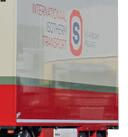


International transport company | Cooling and heated transport | Vegetable and fruit transport GROUPAGE SERVICES | CROSSDOCKING GROUPAGE-DIENSTEN | OP- EN OVERSLAG
Red Radishes, White Radishes, Red/Whit
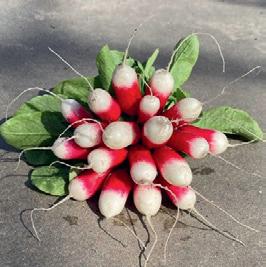

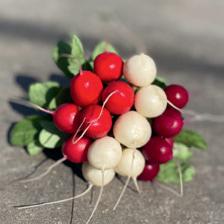
Hoge Geest 25 2671 LK Naaldwijk, Netherlands
Tel. John: 0031 (0)6 51 59 28 38
Tel. Dennis: 0031 (0)6 54 24 44 14
info@dailyfreshradish.nl
Sales:
Tel: Rik Hofland 0031 (0)6 41 62 42 11 orders@dailyfreshradish.nl www.dailyfreshradish.nl



Theme Greenhouse vegetables 50 AGF Primeur • Greenhouse vegetables • 2024 White Top R a dish e s & Icicle s.
e bu n ch, R a i n bo w b u n ch,
in f o@ t rans t ol
tra
ol
k. nl | www.
n st
k.nl
tra n st ol k n l



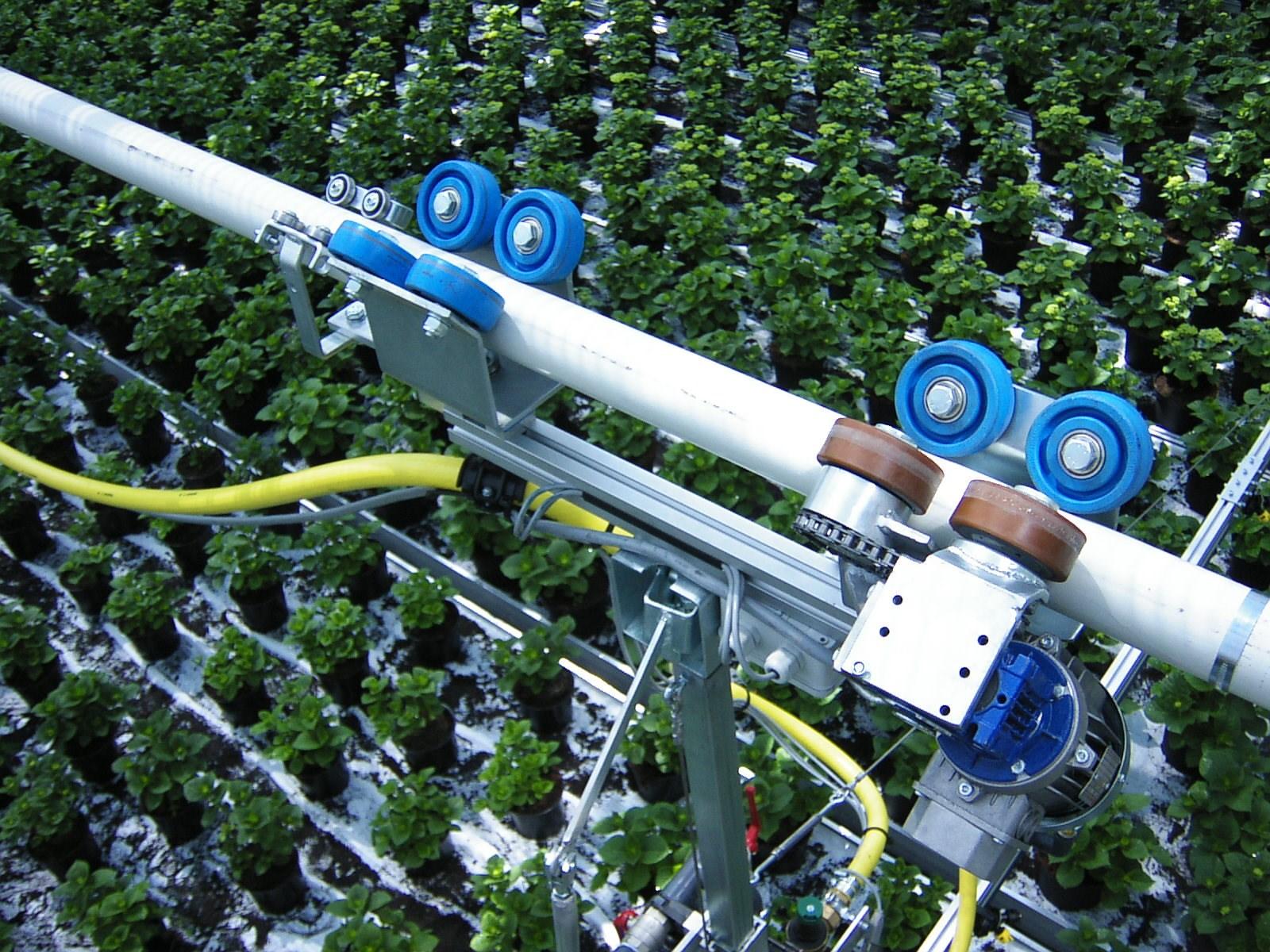






AGF Primeur • Greenhouse vegetables Nijverheidsweg 10 6691 EZ Gendt The Netherlands +31 (0) 481 421867 www.trintech.nl info@trintech.nl Your partner in technology Water technology • Electrical installations Automation • Mechanical engineering Contact us to find out what Trintech can do for your business
Dutch bell pepper sector consolidation: “We want to be one of the survivors”

In the Netherlands, four cultivation companies recently merged under the name, the Rainbow Growers Group. That is now a single bell pepper cultivation company of nearly 100 hectares. The step does not come as a complete surprise. The horticultural sector is consolidating, and the bell pepper market is no exception. In the case of the Rainbow Growers Group, though, this recent move has its foundations back in 1997.
In the late 90s, Wim Grootscholten started his own growers‘ association — Rainbow Growers Group. That was progressive. He wanted to shorten the chain and give growers more direct lines of communication with customers. Several bell pepper growers joined and began centrally sorting and selling their products.
Biovibe BV
Wholesaler organic vegetables and fruits
Kempenarestraat 44a 2860 Sint-Katelijne-Waver
T +32 (0)478 - 30 51 31 E info@biovibe.be www.biovibe.be
52 AGF Primeur • Greenhouse vegetables • 2024
Theme Greenhouse vegetables
Kwekerij de Wieringermeer, where the last lot was filled in 2024
BIOVIBE, ONCE KNOWN... INDISPENSABLE!
Twenty-seven years later, we sit in the room where those first sales were made. On the wall are aerial photographs of the nurseries that have grown considerably over the years. It is early April, and we sit here with Arco Vreugdenhil and Peter Steentjes, two of the newly formed company‘s five board members. The office is located at Growin Nursery, which was, strangely enough, not part of the merger. Somehow, that typifies Rainbow‘s remarkable growth story since 1997, in which a close-knit group of shareholders firmly established itself in the bell pepper market.
“HURTLING THROUGH THE MARKET”
By centrally sorting all colors of bell peppers and selling those itself, Rainbow could expand rapidly right from the start. Not long after it began, the group established Rainbow Kleinpak. The growers‘ association organizes cultivation, sorting, packing, and sales, and not only to Dutch customers. They manage the entire chain and can flexibly and quickly deliver Dutch bell peppers to supermarket chains. “We hurtled through the market,” Arco begins.
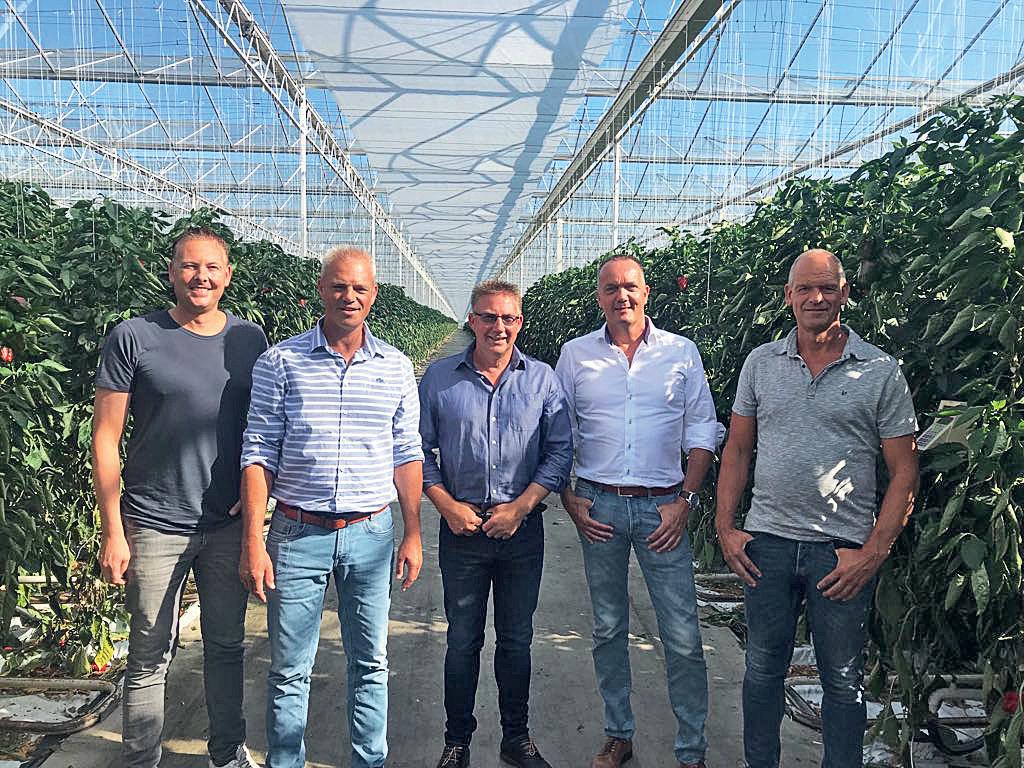
When Anton Hiemstra asked the growers if they were interested in land in North Holland, Daaf Steentjes and Patrick

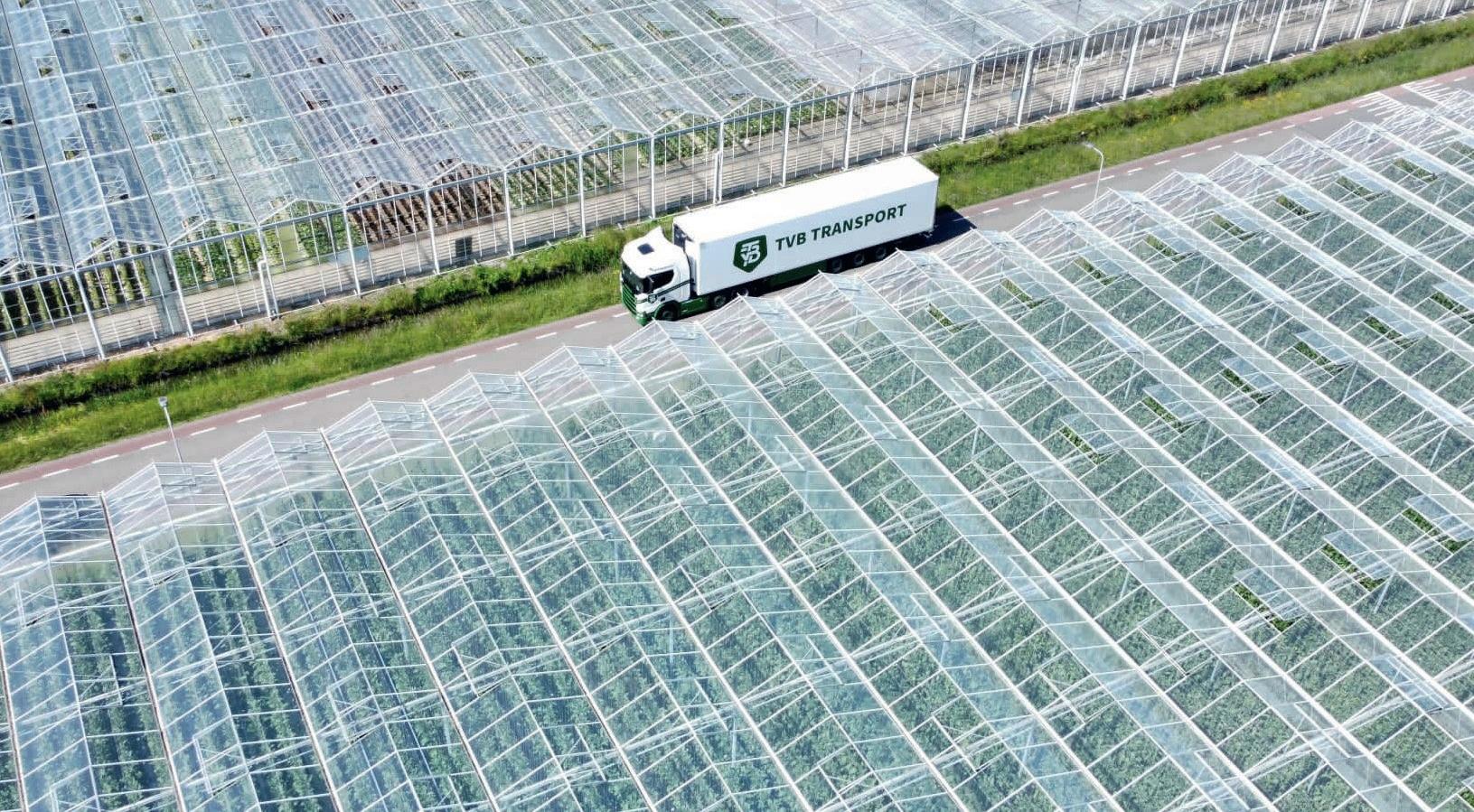

53 AGF Primeur • Greenhouse vegetables • 2024
Grootscholten took the bait. Daaf has the proverbial green fingers, and Patrick is organizationally and technically strong.
Transportation is our business! ALMOST 50 YEARS YOUR PARTNER FOR CONDITIONED TRANSPORT #TeamTVB Vlotlaan 28 - 2681 RX Monster - T +31 (0)174 246 380 - info@tvbtransport.nl - www.tvbtransport.nl
The five-member board of directors in 2018: Arco Vreugdenhil, Patrick Grootscholten, Peter Steentjes, Daaf Steentjes and John van Marrewijk

They wanted to expand and soon asked John van Marrewijk to join them to oversee the commercial side of things. They bought 80 hectares of land, and in four phases, Kwekerij de Wieringermeer (40 hectares), and Rainbow Middenmeer (10 hectares) were created. That totaled 50 hectares.
At almost the same time, seven other growers were slowly expanding Powergrow to 12 hectares. That is also when Arco joined the Rainbow Growers Group. “I did an internship at Daaf and Patrick‘s nursery and gained useful financial knowledge,” he says. That resulted in a four-member management team, with Arco joining the already active board comprising Daaf, Patrick, and John. Between 2006 and 2008, the Rainbow
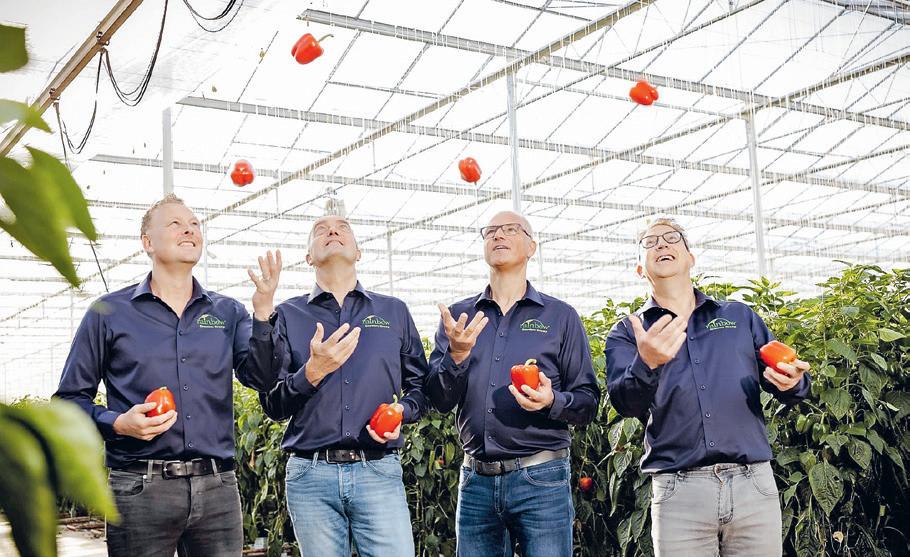


Growers Group grew fast, with plenty of new construction activity.
“THINGS MOVED FAST AFTER THE CRISIS”
Not long after, the financial crisis hit. It is not a particular highlight in the company‘s timeline on the recently revamped website. Still, Arco refers to it as a period when the growers took a break from expanding for a while. Just before the crisis, in 2007, they‘d celebrated the growers‘ association‘s 10th anniversary.
Several (bell pepper) farms had a tough time after the credit crunch, and the EHEC crisis added on to that. This eventually led to a large bell pepper growing company going under, and Rainbow groups were interested in that acreage. “We bought that nursery in 2013.” And

for the first time, they sought the help of an external financier, Arco recalls: “That was besides all the stakeholders putting in money.”
These bell pepper growers are no strangers to jointly investing in horticultural projects. At the time, they were partnering with a British project, Thanet Earth. “We were also already all part of the cooperative. We like working together. You always need ideas, people, and money to implement those ideas. At Kwekerij Andijk, that all came together nicely.” After buying Kwekerij Andijk ‚at a low point‘, things progressed quickly. “We added another six and nine hectares,” Arco remembers. By 2019, Andijk covered 25 hectares.

Theme Greenhouse vegetables 54 AGF Primeur • Greenhouse vegetables • 2024
Thimo van Marrewijk
Marc Brekelmans
Bob Wever
Arco Vreugdenhil, Daaf Steentjes, Patrick Grootscholten and Peter Steentjes
Youri Barendse
POINTED BELL PEPPERS ADDED QUICKLY AND UNEXPECTEDLY
For long, it was all about block peppers at Rainbow, but that changed in 2012 when Wim had an idea. “He, unexpectedly, offered a piece of land in the town of Wateringen. Wim gave us 45 minutes to decide, and we opted to do it to, for the first time, grow pointed peppers alongside block peppers.” Kwekerij Het Westland was, thus, born. John, Arco, and Thimo van Marrewijk formed the management of this company, which at that time remained outside Rainbow, although they were all Rainbow growers. “We bought and rented greenhouses and traded older ones in.” Kwekerij Het Westland grew, reaching 6.5 hectares.
Then, during the pandemic, Powergrow‘s stakeholders — seven people in their 50s and 60s — wanted to sell part of their company. That spurred Rainbow to take another step. “Buying 12 hectares is no small thing, so we opted for an acquisition and merge. Kwekerij Het Westland‘s shareholders joined, as did Powergrow‘s four remaining shareholders,” Arco continues. It soon became evident
that further growth in pointed peppers was possible. “The main question was where we wanted to achieve that.” Powergrow‘s location proved well suited for that, and half of De Kwakel‘s block peppers also made way for pointed peppers. “The takeover went smoothly and turned out to be a successful formula. We hit the ground running.”
EVERYONE IN THE ‚FAMILY PHOTO‘
Peter, who became a board member in 2018, witnessed Rainbow‘s rapid growth since 1997. “Daaf asked me to join the board. It then became clear John was quitting as Kwekerij de Wieringermeer‘s commercial director and a Rainbow shareholder.” The Rainbow name was still very well known in the market, but since its absorption into Harvest House, it was less active in day-to-day horticultural practice. Until now as the four nurseries mentioned earlier have merged. “As we grew, we kept making loose connections with the same people,” Peter observes. He makes an apt comparison. “We were already siblings; now we‘re all in one family photo.”
Thanks to the merger, Rainbow has made room for other farms to join in the future. “We‘ve created a platform in which we went from our recent 80% cooperation to full cooperation, with a single HR department and, for instance, central energy purchasing,” Arco says. Cultivation, technology, and labor remain independent per location, but there is a central personnel division with a single management team comprising Patrick, Thimo, Peter, Daaf, and Arco. Peter: “We bring together what we call ‚upper‘ and ‚lower Amsterdam.‘”
YOUNG RAINBOW
Counting the acreage post-merger, you reach 90+ hectares. Rainbow Growers Group is growing slightly this year, too. Kwekerij de Wieringermeer is filling its last lot, adding five hectares to acreage in Agriport. Kwekerij Andijk has 25 hectares, Powergrow 12 and Kwekerij Het Westland 6.5. There are no concrete plans for further expansion. “We want to survive the bell pepper cultivation sector consolidation,” Arco points out.
Looking to the future, the growers consider attracting young talent as vital.
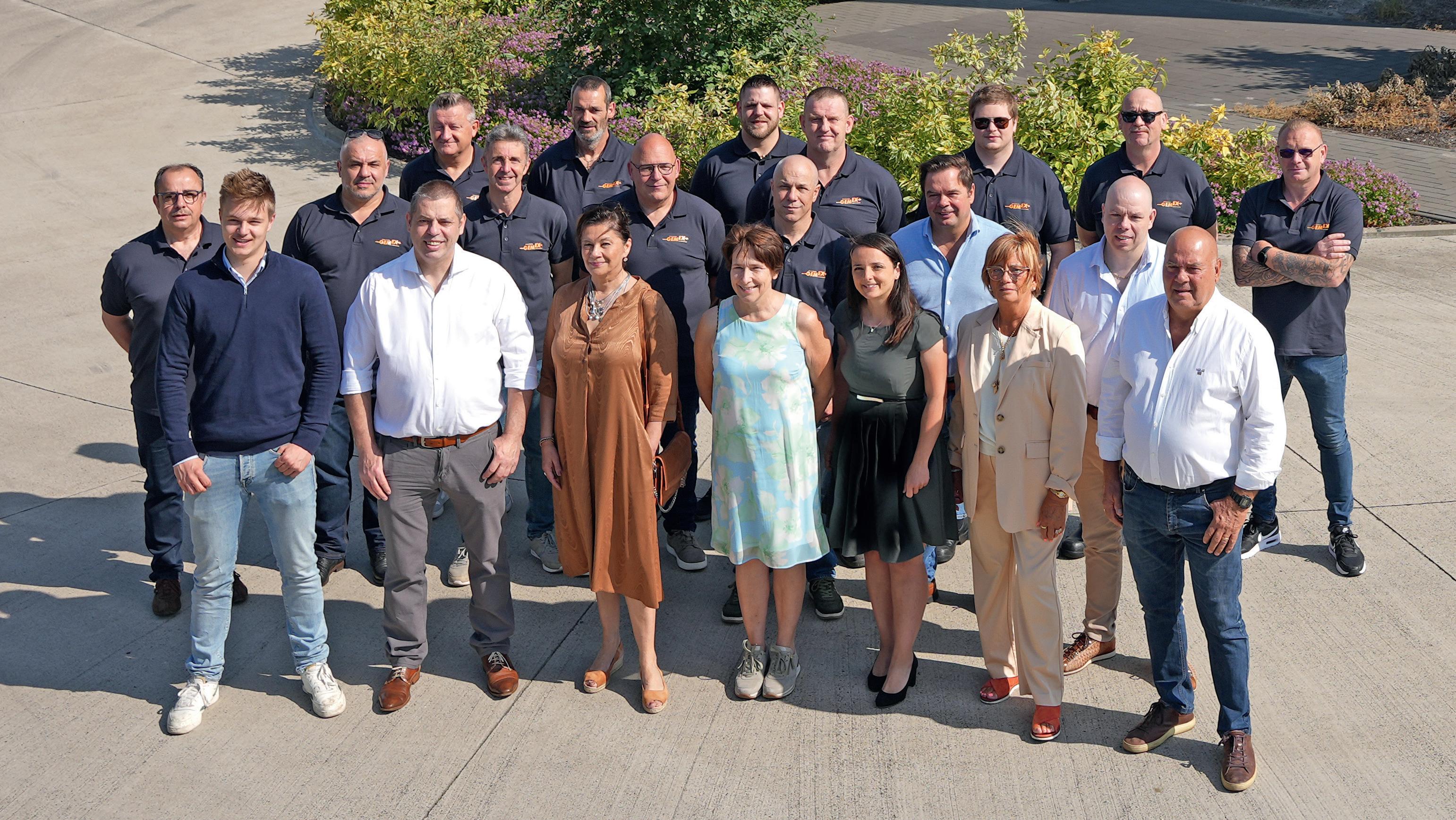

55 AGF Primeur • Greenhouse vegetables • 2024 Your partner for the complete range of fresh products from Belgium! Kaarbaan 3, B-3600 Genk, Belgium Tel: +32 (0) 89 82 00 70 • Fax: +32 (0)89 82 00 79 Mail: gemex@gemex.be • www.gemex.be

According to Peter, launching Young Rainbow ensures that. “With Marc Brekelmans, Bob Wever, and Youri Barendse, we‘ve selected three young entrepreneurs in whom we’re stimulating entrepreneurial qualities,” he says. Thimo van Marrewijk is also still young, but is already a board member. “If everyone does well, we‘re well positioned for the future,” he says. The idea is that after the development program, the younger generation can also be part of the Rainbow Growers Group.
STRATEGIC CONSIDERATIONS
Anyone talking to these greenhouse hor-
‚two good horticultural areas‘. “Steps are being taken at De Kwakel to develop alternative heat sources.” The Rainbow Growers Group began moving away from gas in 2012. “Even then, we wanted to become less dependent on our CHPs and took an early step with geothermal energy in North Holland and Maasland,” Arco adds.
These growers focus on local cultivation, and their slogan, “Feeding the world with healthy food,” embodies their goal. Interestingly, while the Rainbow Growers Group is growing in the Netherlands, by the end of 2023, it had relinquished its
“Those numbers have never added up. We tried at two of our locations, but both production and quality weren‘t good enough.” During the pandemic, they swapped out block pepper for snack tomatoes on their 10-hectare plot in Tunisia. “We intend to transfer that project to a tomato grower,” Arco and Peter say.
“We‘ve taken some big steps with this merger, but will definitely do more once we‘ve gotten used to things.” Any special areas of focus? “Growing with pointed peppers, organizational growth, and making our footprint more sustainable. Our carbon emissions have already dropped 70% in ten years,” they say. A recent new step on that sustainability front is starting to use Source Irrigation Control. This smart AI-based software assists the growers in autonomously controlling irrigation.
“Kwekerij de Wieringermeer is the only bell pepper grower with 50 hectares already using this.” Older Rainbow Growers Group shareholders are currently experiencing the merger and these developments. Arco: “One of them called me recently to say he was glad he had not stopped after all. He likes it all way too much not to live through this.” The merger gives new impetus. It brings togeth-
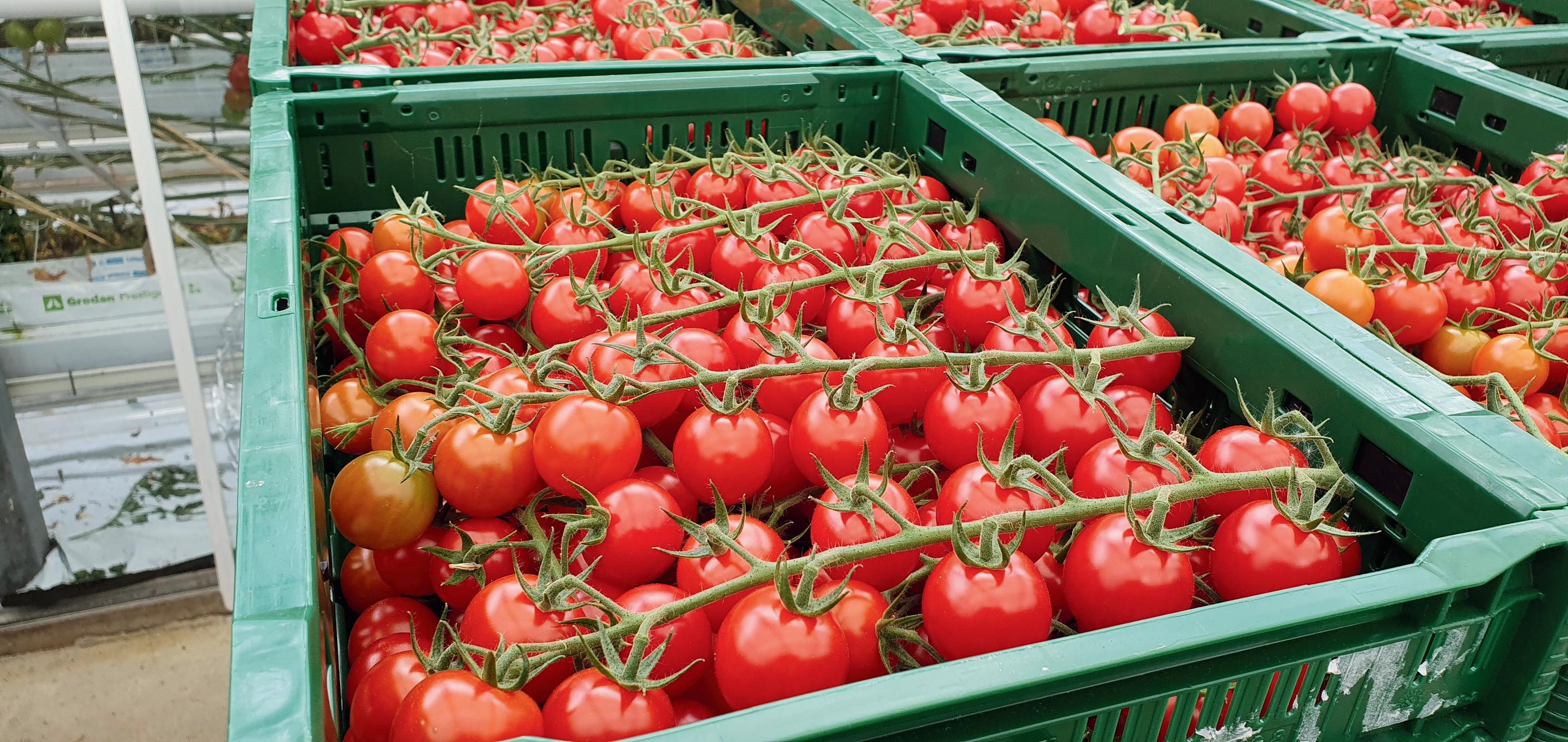



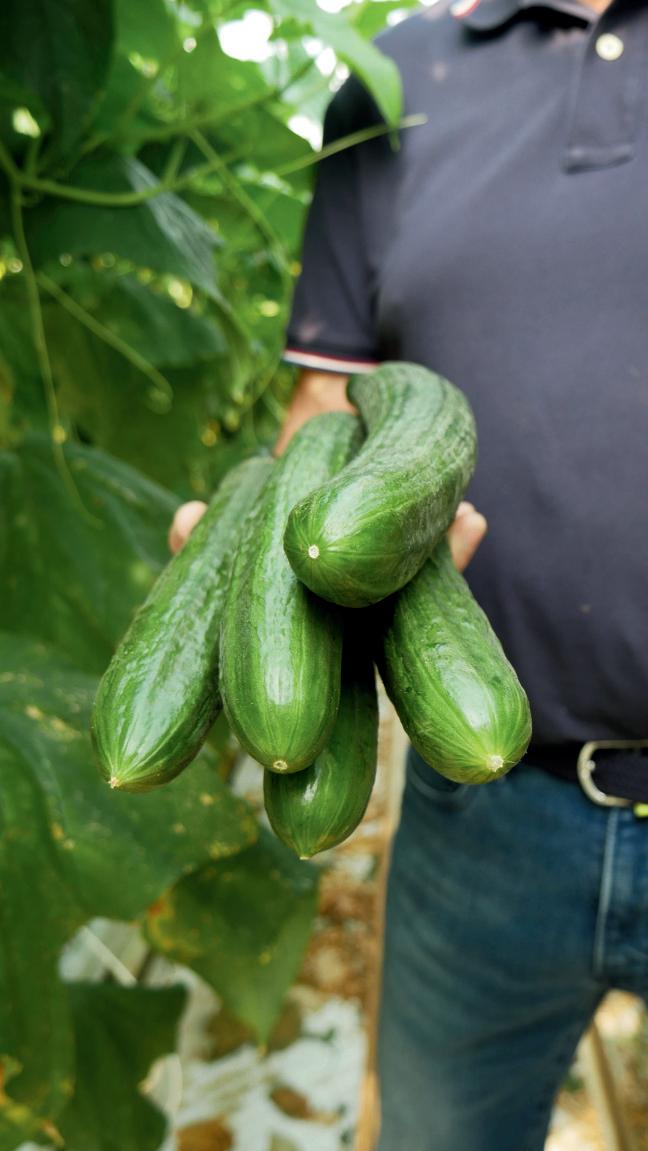




Theme Greenhouse vegetables 56
www.gartenbauzentrale.de Fresh vegetables from Germany:
A decade of growing and packaging snack tomatoes: “In the early days, anything was possible”
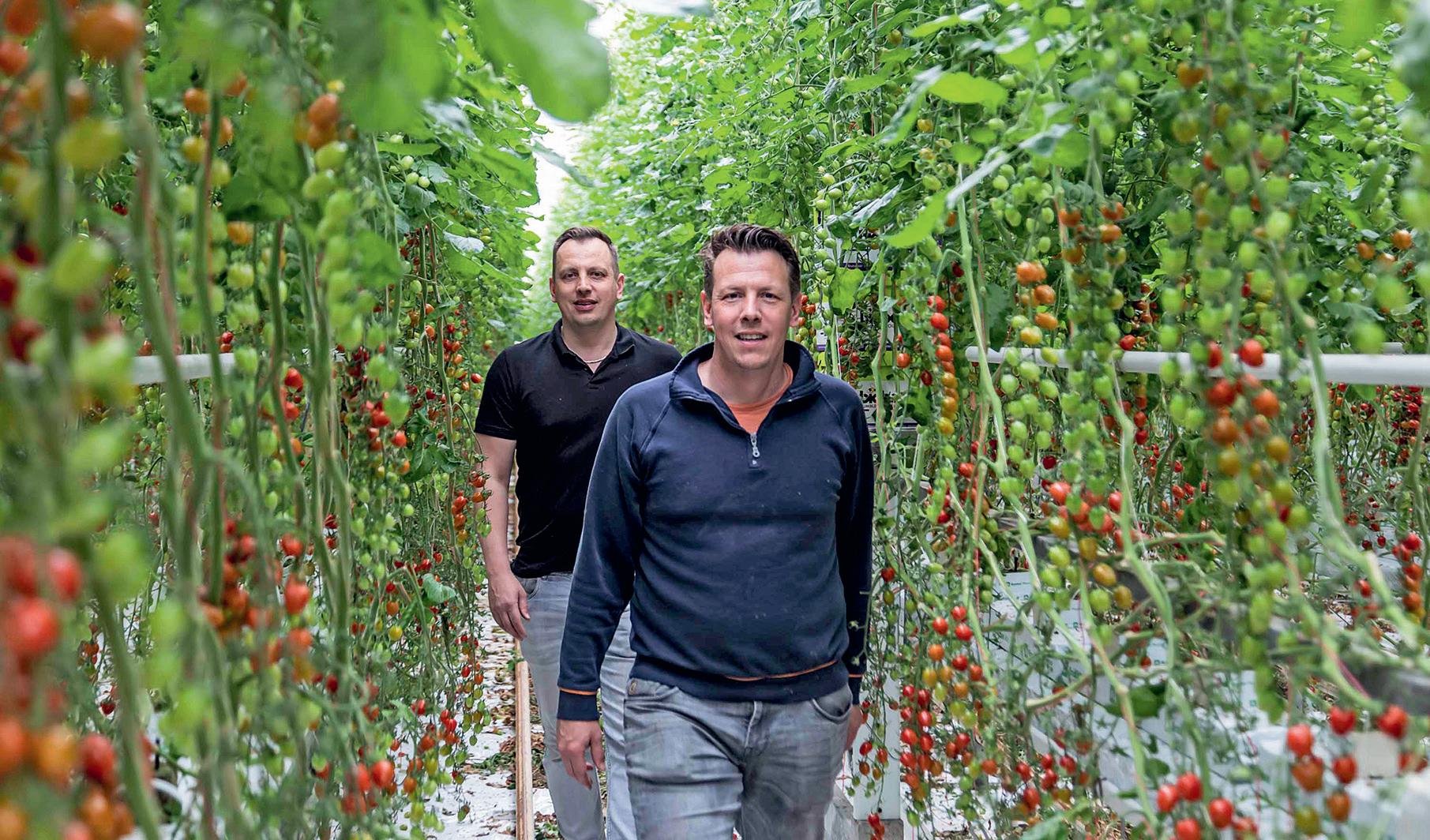
Fewer kilos, but higher yields? The bank did not believe that when TVA Growers‘ Ferry and Marcel Adegeest knocked on their door ten years ago. These Dutch tomato growers wanted financing to make the leap from growing and packaging loose to cherry tomatoes. They are still at it.
“In our first year, everything that could go wrong, did,” Ferry Adegeest says as he and his brother reflect on the past. This was in early April, right after being congratulated on their snack tomato anniversary. “We‘ve not gotten around to doing that ourselves,” they say. The two men tend not to look too far ahead, either. “We don‘t really do long-term planning. So much can change in a short time.”
The brothers switched from loose to cherry tomatoes in 2014. “We had a fantastic year in 2010, the EHEC crisis hit in 2011, and 2012 was bad. After the bad start, 2013 improved,” Marcel easily recalls. Things were increasingly hard for the loose tomato growers who sold their product in the United Kingdom. Just before those tough years, they had
bought a new greenhouse, and their parents stepped back from the business.
A snack tomato information event at the then-Van Nature Growers Association spurred the growers to action. They had already considered cultivating something different. “After that evening, I quickly expressed our interest. Turns out we were the only ones who responded.” With Mark Versluis as a true advocate for the still relatively new product, Van Nature saw growth opportunities.
As did Ferry and Marcel, especially regarding the combination of cultivation and packaging. “Packaging creates added value, which is what we wanted to do,” explains Marcel. Snack tomatoes were not their first choice, though. “We also
looked at packing loose and large plum tomatoes. That suited the machinery we already had.” When it became apparent that TVA Growers was the only one within the association who wanted to enter the cherry tomato business, the question then became: with how many hectares? “We wanted to switch one location, but we ended up starting with two: 7.5 hectares. That was easily manageable, we heard,” Marcel continues.
TRASHING THE PLAN
Switching to cherry tomatoes costs money, though, so the growers approached their bank. At first, they were skeptical of the far-fetched story that growing a product with fewer kilograms would yield more. “Mark‘s enthusiastic, convincing story finally won them over.” They needed the money to buy things like new machinery. Ferry: “Snack tomato was still a relatively new product, so there was little used equipment. Only the Tommies were somewhat well known.”
If the information event had convinced more growers, it may well have been a different story. Ferry and Marcel initial-
57 AGF Primeur • Greenhouse vegetables • 2024
Marcel and Ferry among the tomatoes in one of their three greenhouses
Theme Greenhouse vegetables
ly found a nice niche within their grower‘s association, but it was not love at first sight. “In our first year, we did everything wrong that we could,” laughs Ferry. “By May, we might just as well have trashed the plan,” Marcel adds. On paper, the growers should ‚easily‘ pick 55 kilograms per hour. “In practice, we didn‘t get past 45,” says Ferry. Those 55 kilos were achievable, but not every week. “Especially not when gradually harvesting two, three, four bunches as the season progressed,” Marcel points out.
Of course, growing cherry tomatoes was new to the growers. Ferry: “It was true pioneering with little knowledge sharing. It was and is a fairly closed market.” Up to picking, the cultivation is similar to other tomato varieties, but after that “growing snack tomatoes is very labor-intensive. You need plenty of people. On top of that, we started packaging, too.”
PACKAGING REQUIRES INVESTMENT
The loose tomato machines in TVA Growers packing facility made way for new snack tomato machines. “At first, we didn‘t think we‘d need such a large space. We were wrong. Once we got going, we discovered how many people we required and how many types of packaging we had to use,” explains Ferry. It started with a shaker line and a line for triangular trays, but soon, bucket, tray, pouch, and flow packaging options were added.
With their corresponding machines! Marcel: “In a good week, you need only one kind of packaging; in not-so-good ones, you need maximum packaging flexibility and a lot of packaging.” Nowadays, TVA Growers only packages red cherry tomatoes, which they grow on 11+ hectares spread over three locations. The men did, at one point, venture into color mixes. “That went well with one big customer and was easy to set up. It does make things even trickier, though. When we lost that big client, the color mix packages ended, too.”
The Oxin Growers Cooperative (established in 2020 when Van Nature and Best of Four merged) placed a machine at TVA Growers this year. It uses vision technology to sort out inferior-quality cherry tomatoes. “Just like with Brussels sprouts. We‘re obviously always looking to improve our quality. This machine will cut back on labor, too,” Marcel admits.
LABOR CHALLENGES
Labor is a thorny issue when it comes to growing snack tomatoes. “An extra euro per hour is added every year.” Thus, after rapid growth in the early years, acreage has declined in recent years. There is also fierce competition from North African countries, where labor is cheaper. Remarkably, this year‘s cherry tomato acreage is slightly larger in the Netherlands, as Oxin Growers‘ Commercial

director Ruud den Boer recently pointed out. TVA Growers did not grow, but they know where that expansion is. “Last year, overseas growers struggled to deliver. In response, some Dutch growers added some acreage,” Marcel says.
Over the years, the brothers have begun cultivating more productive varieties. “We now grow Duelle, where good pickers can get 60 kg/hour of fruit weighing a good 12 grams each. You can make money with that. It would be impossible to cultivate 2014‘s varieties now.” TVA Growers specializes in preparing products to ‚supermarket level‘. Nowadays, it is mostly private labels, but initially, it was also plenty under the growers‘ cooperative‘s brand: Candiezz. Marcel: “Overseas buyers initially loved Candiezz. In the early years, anything was possible. Now retailers want the same recognizable product year-round, so they opt for private labels.”
Cultivating cherry tomatoes year-round in the Netherlands is (almost) impossible these days. Though TVA Growers has never done so, they did consider it. Ferry: “We wanted to, but never did genuine lit cultivation. The numbers didn‘t work for us. There is too little production in the winter, and foreign competition is fierce.” Ferry and Marcel have never wanted to farm abroad, either. “We‘re far too attached to our village.” To be on the market as long as possible in the early years, growing lasted as long as possible — until early December. “We no longer do that,” Marcel points out. “These days, we‘re done at around November 10.”
In early April, TVA Growers had not paid any particular attention to their snack tomato milestone yet. There was no cake yet, and nothing about it on social media. The men find that amusing. Ferry: “We‘re not very good at social media. I‘ll post a picture of the first crop every year and often get responses back with a wink, like ‚oh, look, there‘s Ferry‘s annual social post.‘” They are aware that some marking is needed, also in the interest of the entire sector. “We‘re all often far too modest,” Marcel reckons. Then something springs to mind. “We‘re looking for three new people. Several of our experienced packaging staff members are about to retire. Can you put out a call for that? It might help; you never know.”
NICHE POSITION
Though not long-term planners, once they start chatting, the men‘s enthusiasm and energy become clear. With the
58 AGF Primeur • Greenhouse vegetables • 2024
Snack tomato packaging is developing rapidly, which needs the right machines
snack tomatoes, they reckon they are in a good place. “Healthy snacking has a future, and we believe in the smaller tomato varieties,” Marcel points out. In the Netherlands, cherry tomatoes are not a ‚novelty‘ anymore. “I think there‘s still much to gain in Eastern Europe.”
As the cherry tomato acreage shrinks in the Netherlands, the men are gradually regaining their earlier niche position. “Our high-tech cultivation offers security,” says Marcel. And flexibility, he adds. “We have short communication lines, even within the company. We can, thus, handle peaks well by temporarily deploying people from the greenhouse to packaging when needed. That‘s slightly different from a large packaging company. Packaging is a true art in itself. Were we to stop doing that, we‘d certainly miss it.”
The growers would also undoubtedly miss the hustle and bustle of cherry tomatoes too. That moment was close a few times over the past decade. “We had a different mindset two years ago,” Ferry admits. “We‘d begun considering alterna-

tives again. However, we realized many crops that could serve as alternatives to our tomatoes would also be labor-intensive.” Marcel adds. “We look from year to year, but we probably won‘t grow anything other than cherry tomatoes in the next few years.” Labor-saving innova-
tion could help. The labor pressure helps accelerate that, TVA Growers is sure. That is becoming increasingly visible in packaging. Now, for cultivation. “That‘s not so easy, as testing robots in our greenhouses has shown,” the men conclude.
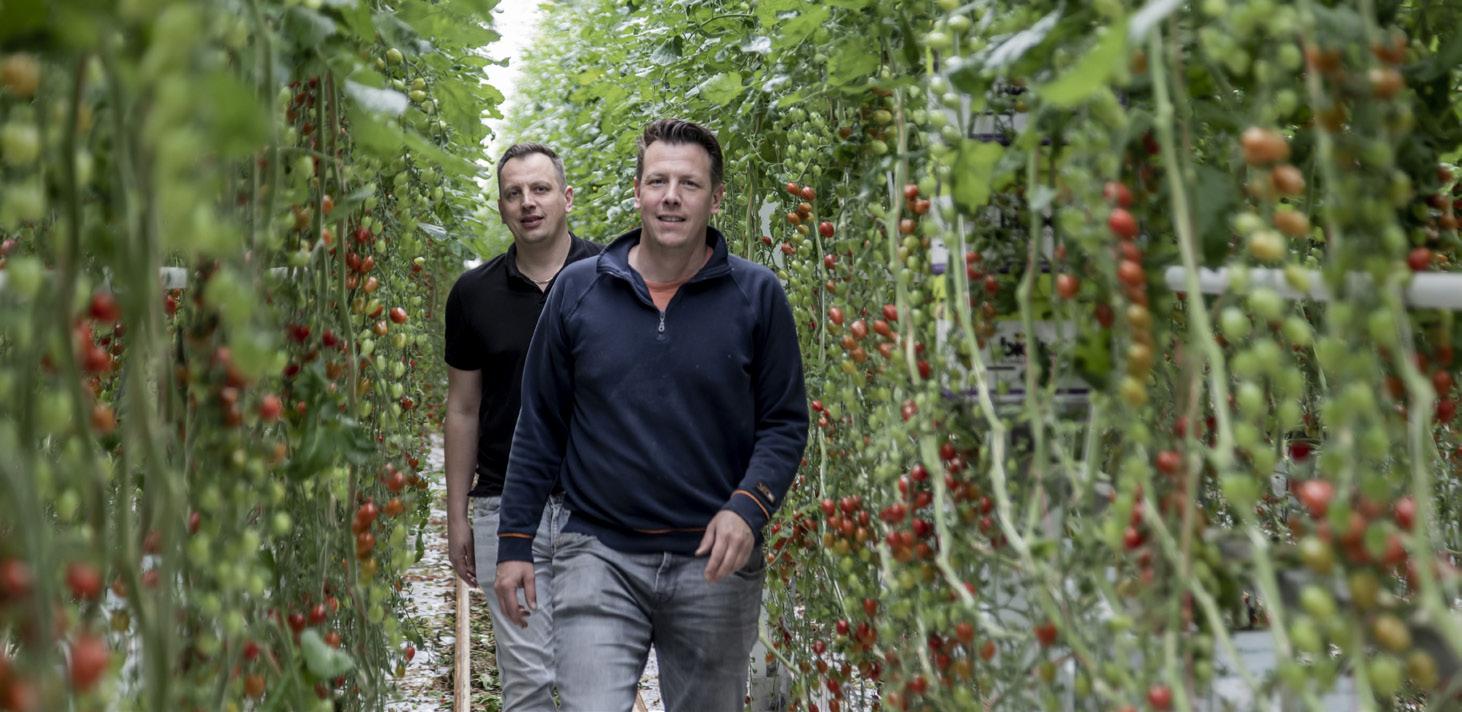
Individual entrepreneurship is key at grower’s cooperative Oxin Growers
At Oxin Growers, our 220 growers are our number one priority. We value their expertise and the fruits of their hard work. Together, our members supply a complete range of greenhouse and open field vegetables, hard and soft fruit. All products are of the highest quality.
Complete package
We support our growers in a way that caters to their individual business methods. We ensure that administration, invoicing, payment security, quality standards and certifications are impeccably arranged.
Fully retail ready
www.oxin-growers.nl
All members package their fruit and vegetables exactly as the customer requests. Supplied in the packaging of the retailer or fresh food supplier; in the correct retail grades or quantities. Fully retail ready! The time between harvest and retail sales is considerably reduced, guaranteeing optimal freshness.
59 AGF Primeur • Greenhouse vegetables • 2024
TVA Growers specializes in making their products‚ supermarket-ready
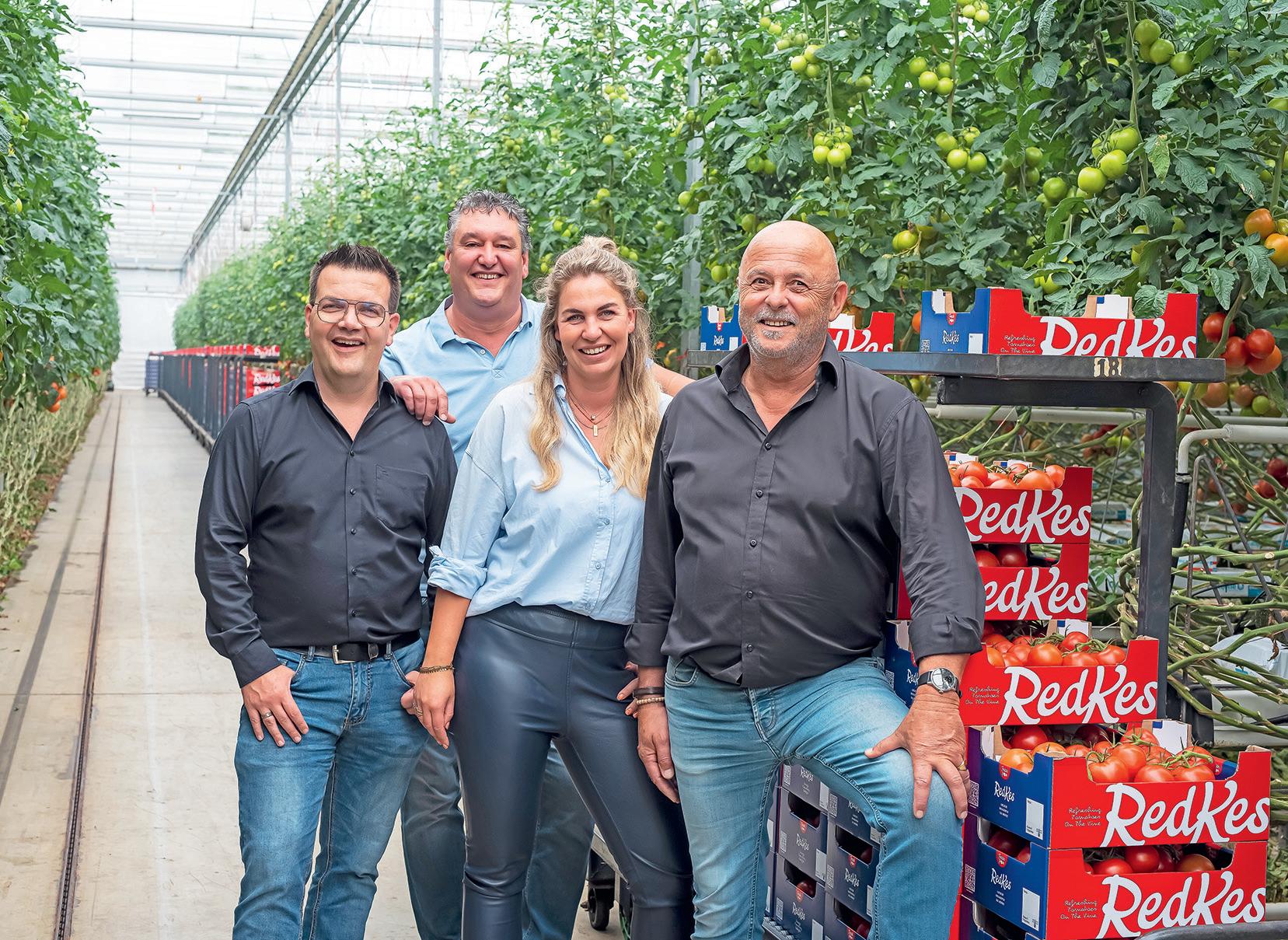
Peter
Fes, StC International:
“In the Dutch season‘s first weeks, cucumber prices were half that of last year”
The new Dutch greenhouse vegetable season is getting underway at StC International. Cucumber prices could have started better, notes Peter Fes, who is responsible for purchasing. “The volumes are similar to last year, but so far, prices are only half what they were then,” he begins.
The season has only just begun, so Peter hopes it will improve. “Last year, prices collapsed from week 15. If that doesn‘t happen, it could make up well. Cucumber cultivation expansion hasn‘t been wild, and the planting dates are spread out slightly more. I hope that somewhat flattens the peaks and valleys. The first cucumber growers are already
rotating their crops (as of April 10). That will hopefully lead to a more constant supply. Prices are too low for this time of the year, but if you can make it to summer, you can still have a pretty good cucumber year.”
GOING DIRECTLY TO THE SOURCE
“Bell pepper supplies have just begun, so there‘s not much to say about that yet. Initial prices are good, as are those for eggplants. With tomatoes, supply is noticeably increasing slightly, and prices are dropping. Though, those weren‘t terrible at the start of the season. From week 16, we‘ll start with the first mini cucumbers,” says Peter. StC stands for Source To Consumer: doing business directly with the source. It works with RedKes, good for over seven hectares of large vine tomatoes, and via the Oxin Growers cooperative with Arthur van Geest who grows cucumbers on more than eight hectares.
Theme Greenhouse vegetables 60 AGF Primeur • Greenhouse vegetables • 2024
Team StC
The Dutch company also buys from several producers and cooperatives.
“Most of our sales focus on Eastern Europe, France, and Scandinavia. We have some British customers and several lines running to German retailers. With our vegetables, we serve retailers and all trade facets, but are less active in German day trading.” Greenhouse vegetables make up most of StC.‘s assortment. In the winter, for example, the company imports quite a lot of Moroccan tomatoes. “Before that season, the supply seemed limited, but the volumes rose quite quickly. In the end, it wasn‘t a bad season at all. Steady suppliers are, however, important. Combine that with strong brands, and you can build something,” Peter explains.
POLISH BELL PEPPERS INTERESTING AS DUTCH PRICES SKYROCKET
StC has a fixed line to a Polish bell pepper grower. That season usually starts in mid-June with the first green peppers, followed over a month later by yellow and red ones. “We sell those throughout Europe, mainly outside the Netherlands. That trade only becomes interesting when Dutch bell pepper prices rise. The Polish products then sell very well in day trade, but their prices must differ considerably from the Dutch bell peppers.”
StC does not shy away from so-called specialties either, although, according to Fes, that is risky. “If there‘s a hectare too much of certain products, prices do a complete U-turn. We saw that with, for instance, last year‘s small tomato segment. After some good years, those sales were truly awful. Even in the Spanish and Moroccan seasons, they were below par. That will probably affect the acreage of this winter season,” he says.











Retail packaging requests are subject to change. For example, this year, Dutch supermarket chain Jumbo announced it would only carry unpackaged loose red peppers and cucumbers from the Netherlands. “France, too, no longer wants foil around cucumbers. Yet [another Dutch chain] Albert Heijn has partly backtracked because no plastic greatly impacts spoilage rates. Then you have to ask what carries more weight: less plastic and more wastage, or still wrapping cucumbers in film.”



Even though Dutch politicians have lately not always had much praise for greenhouse horticulture in the Netherlands, Peter is optimistic about that sector‘s future. “Sometimes people blurt things out, and you wonder if they shouldn‘t have studied that subject in depth first. The population is only growing, and our high-quality crops offer a solution. I believe demand for the healthy food we produce will continue,” he concludes.
p.fes@stcint.eu



EXPERTS IN PROPAGATION


As a grower, you always work with reliable and solid partners. Van den Elzen Plants fits this picture; we have been a leading supplier of strawberry, asparagus and raspberry plants for more than sixty years. However, we don’t just sell plants: above all, we sell you successful production. And if you are successful, we will also be successful. We are specialised in:



























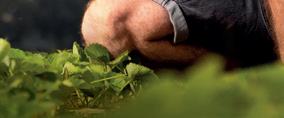




61 AGF Primeur • Greenhouse vegetables • 2024
Van den Elzen Plants | The Netherlands | tel. +31 (0)413 216 200 | www.vandenelzenplants.com Strawberry plants Tray - waiting bed - (misted) tips Raspberry plants Long canes - plug plants Blackberry plants Long canes Asparagus plants Premium Asparagus Crowns
Peter Fes (rechts) mit Gurkenzüchter Arthur van Geest


The early Moroccan vegetable industry resists a multifaceted crisis
Since the outbreak of the coronavirus crisis, the Moroccan early vegetable industry has had to cope with a constant series of difficulties, which have not, however, curbed its expansion. The crisis drivers are multiple and interdependent: climate change, drought, inflation, phytosanitary problems, aggressive competition, supply chain disruptions, export restrictions, global geopolitical tensions, and more. The 2023/2024 campaign, which has just ended for most varieties, remains in the same vein and was preceded by the same challenges. The season has also brought its share of surprises, bad but also good. The campaign has once again demonstrated the Moroccan paradox, where the industry is both fragile and sensitive in an unpredictable environment, but also resilient and somehow strangely adaptive. Industry insiders analyze and re-analyze, but ultimately thank the “Baraka”, that “inherent blessing to the agricultural production in Morocco.”
To recap how the season began, the export restrictions imposed by the government in 2023 put an abrupt end to the previous season and provoked the anger of growers, who declared, through their associations, that these measures “jeopardize the Moroccan agro-industry”. In August, a never-seen heat wave hit
the country and was most severe in the Souss Massa region — the stronghold of the early vegetable industry. Large areas of tomatoes and peppers were lost. Seed shortages delayed the start of the season by at least a month. The ToBRFV virus has wreaked havoc on tomatoes, as did TSW and PMMV on peppers. Drought is

in its sixth consecutive year, and water is scarcer than ever. The season has begun in a mood of anxiety.
A BROADLY POSITIVE OUTCOME FOR THE 2023/2024
SEASON
Who could have predicted that the season would end on a high note, with volumes exceeding those of the previous season? Yet, this is what Oussama Machi, a fruit and vegetable grower based in Aga-
Theme Greenhouse vegetables 62 AGF Primeur • Greenhouse vegetables • 2024
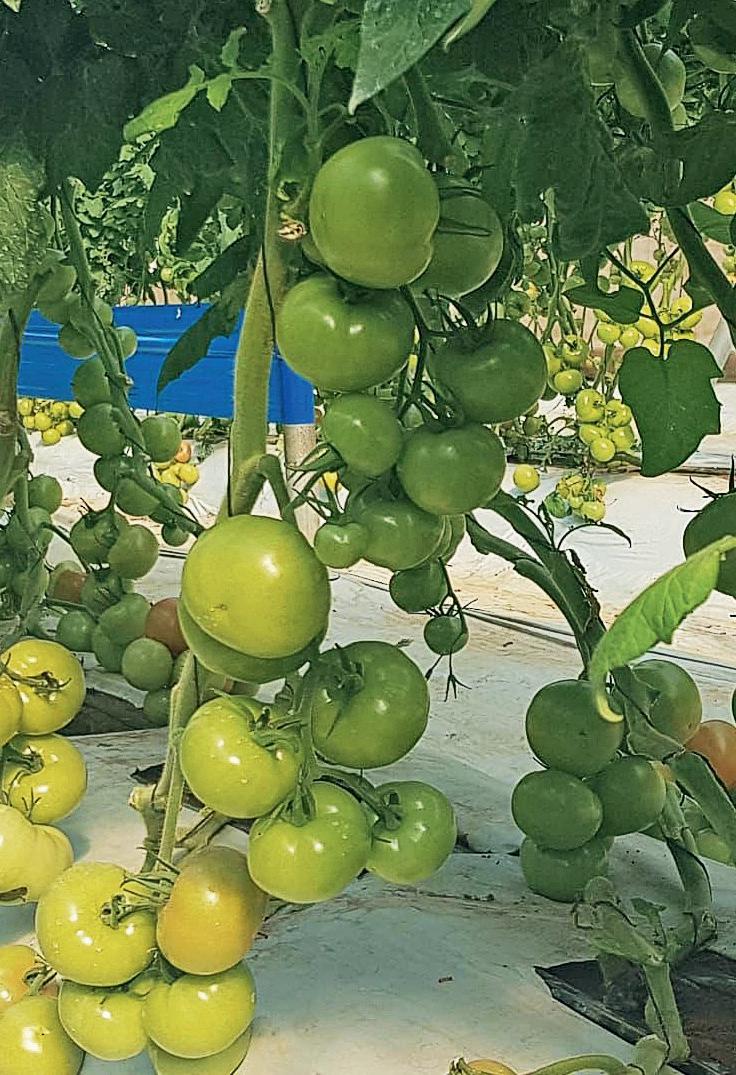
dir, asserts. According to Machi: “Despite a difficult start to the season, the overall picture is positive. I‘d even say there‘s been an improvement on the previous season. We could have done better, but the industry still put in an outstanding performance, if only by bouncing back despite tough conditions.”
The producer explains: “On the global scale, this year is milder than the previous one. The previous season (20222023) is a continuation of the Covid-19 series of crises. Overconsumption led to global inflation, which was accentuated in the agri-food sector, and to export restrictions. This season, we see that inflation is stabilizing, averaging 2.6% in European countries, close to the ECB‘s
targets. From this standpoint, our markets in Europe are doing better this season.”
As for production conditions in Morocco, despite losses due to the heatwave in August 2023 and the ensuing seed shortage, growers were able to recover the same level of the planted area as the previous season after just one month: “Volumes even increased spectacularly later in the season, thanks to exceptional weather throughout the Mediterranean basin.”
The psychological effect of the heatwave far outweighs its direct damage, confides Machi. “In August 2023, when the heatwave arrived, not all the greenhouses had been planted. Growers were already adopting a wait-and-see attitude, putting off planting from one day to the next to see how the phytosanitary situation develops. But with record temperatures, growers had more reasons to wait before planting. You know what happened next. When everyone resigned themselves to planting, and with a warmer climate, we‘d had much higher volumes than the season before, and falling prices.”
VOLUMES RECOVER, BUT PRICES FALL
The increase in production volumes, and also in export volumes, is undermined by a drop in export values this season, according to Machi estimates. “Prices have declined by 30% on average, and so revenues have fallen. It should be pointed out, however, that prices were very good in the first three months of the campaign, from September to November. Growers who had produce available during this period made profits exceeding those of the rest of the season. Prices then fell from December 15 to early April.”
“I have to say that these figures come from my estimates, based on my business and personal observations of the market,” says Machi. “I appeal to the parties involved to help growers make the right decisions in these unpredictable conditions. If we had had data and statistics at the time of the August heatwave, and throughout the year, we could have avoided the oversupply and price fall. We currently operate based on word-of-mouth information, which is inefficient for a sector whose export sales alone exceed $1 billion a year.”
Overall, Machi reports “stable market shares for Moroccan exporters in Europe and steady growth in export volumes”. He adds: “There has been no unusual growth or loss. Volume quotas are evolving slowly. The distribution of European markets between the different origins of early vegetables has also remained stable, with Morocco specializing in the French, UK, and Dutch markets.”
MAJOR DEVELOPMENT OF THE SEASON: TOBRFV WEAKENS
For a product-specific assessment, the grower says: “Tomatoes have clearly been the biggest casualties. Prices have not lived up to expectations. Peppers and chilies fared better than tomatoes in terms of prices. But the surprise this season has been the performance of cucumbers and beans, which have received good prices this season in addition to an increase in productivity per hectare thanks to warmer temperatures.”
On the bright side, the season did, however, bring a major development, says the producer. “We‘ve observed that ToBRFV has weakened considerably. While the damage was around 40% last season, it has averaged 5% this season, with disparities depending on locality and grow-
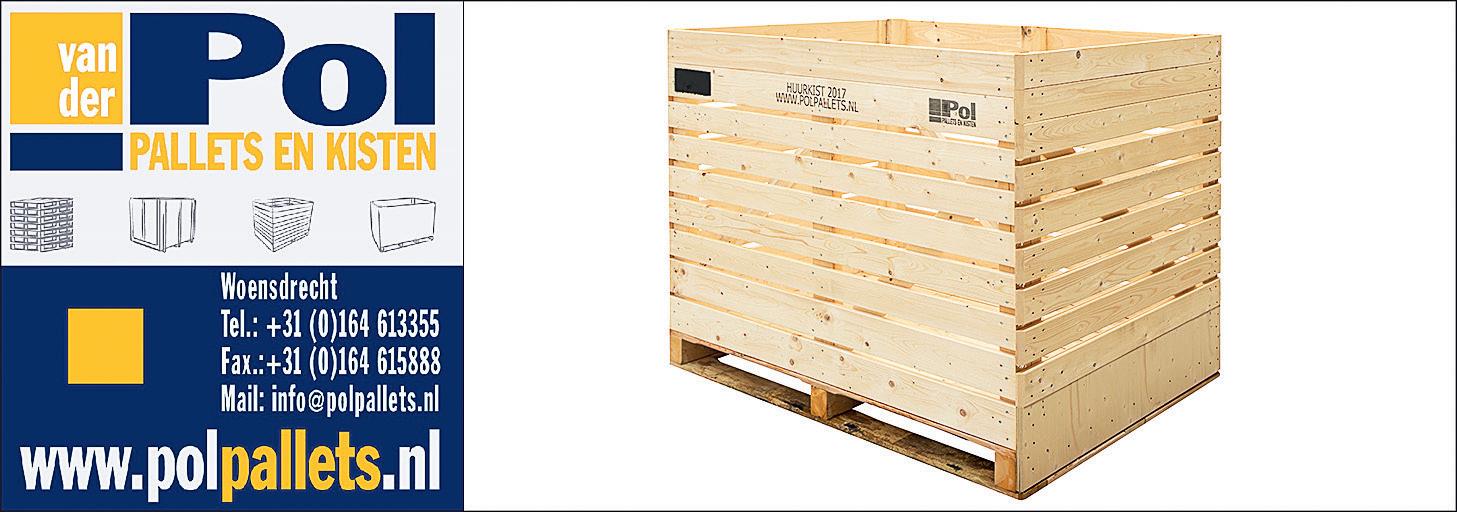
63 AGF Primeur • Greenhouse vegetables • 2024


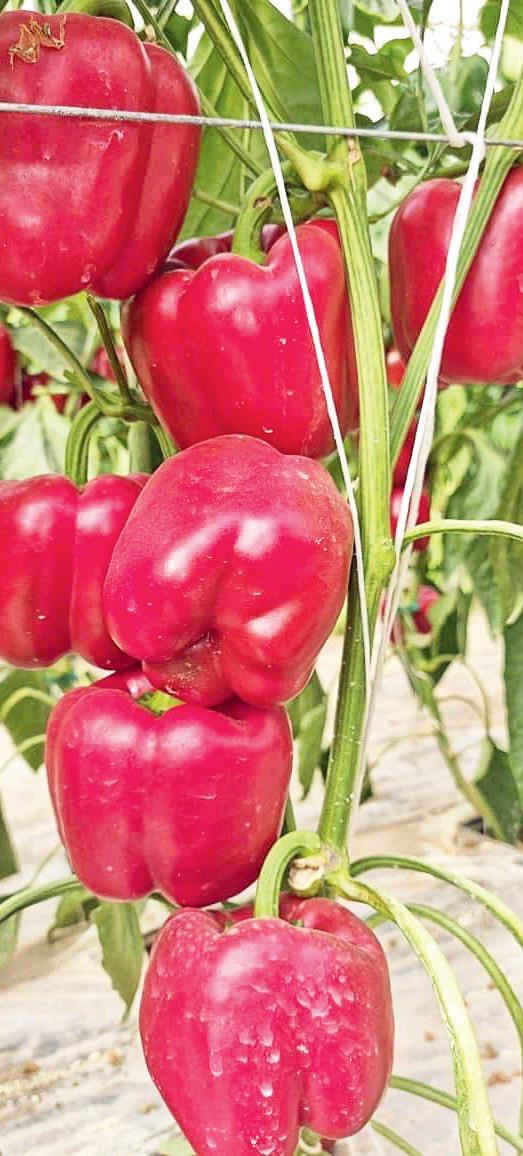
er. Apparently, and I do hope so, this is the beginning of the curb of the virus that was a thorn in the side of growers. It has to be said that the virus has weakened by its own evolution, and not thanks to the new so-called resistant varieties,which have proved ineffective.”
RETURN OF HOSTILITIES IN EUROPE
The season saw the return of hostilities and attacks on Moroccan shipments to Europe, practices which had disappeared in recent years. Farmers‘ protests in many countries took on dramatic proportions, with acts of violence and destruction of Moroccan crops, among others, notably in France and Spain. In the absence of official figures, Machi attempted to gather information from fellow exporters: “The direct damage caused by destroyed crops represents at least one day‘s work, i.e., the equivalent of the volumes harvested in one day, plus the value of one day‘s work in the entire value chain, including packing stations. Indirectly, the damage was reflected in the loss of a third of sales during the three weeks, corresponding to the dete-
rioration in quality and shelf life, as well as the delay penalties caused by the roadblocks.”
Growers‘ associations and the Moroccan government have raised their voices against the targeting of Moroccan trucks, but it‘s not enough, says Machi. “These attacks are unjustified and illegal. Unfortunately, we have seen scenes unworthy of civilized countries. We must put an end to these acts by bringing the perpetrators to justice as soon as the first truck is attacked in order to deter their spread.”
Machi continues, “farmers in Europe enjoy strong public sympathy, and governments are apprehensive about electoral sanctions in the way they react to protests. Farmers also benefit from large-scale resources, such as tractors and heavy machinery, enabling them to paralyze the economy. They take this situation as a kind of immunity to commit these acts. But beyond the protests, we must remember that the European agricultural model is not competitive in commodity products, and survives only
thanks to PAC subsidies. Even if governments accept farmers‘ unrealistic demands tomorrow, this will not be in the interests of consumers, and will not solve farmers‘ problems caused by a lack of modernization. The Netherlands make the only exception, as they are making great efforts to modernize their agribusiness model.”
PROSPECTS FOR THE NEXT SEASON
What about modernizing the Moroccan model, especially in light of the climate change that is hitting the country hard? “We‘re not in a catastrophic situation, and radical changes aren‘t immediately necessary,” says Machi. “In terms of means of production, for example, there‘s a transition happening to more sophisticated greenhouses, but we don‘t need high-tech greenhouses, and besides, investment in them isn‘t economically viable. We‘ll see the widespread use of more modern greenhouses enabling year-round cultivation in the coming years.”
The grower delivers his forecast for next season: “The changes will take other
Theme Greenhouse vegetables 64 AGF Primeur • Greenhouse vegetables • 2024
forms. For example, there will be a return to early crops, which were profitable this season. The season will therefore start earlier than this year. The weakening of ToBRFV also heralds more tomato production. However, there will be a redistribution of the varieties produced. In recent years, the production of segmentation tomato varieties has grown considerably, but this season, the market for these varieties has reached saturation point. There will therefore be a return of interest in round tomatoes next season. Finally, the commercial success of cucumbers and beans heralds an increase in their acreage next season.”
As far as markets are concerned, changes will be minimal next season, Machi expects. “There‘s still room to increase exports to Germany and Eastern European countries, but for the rest, trends remain stable. This season, we have not been hit by export restrictions. There are still restrictions on exports of certain products to West Africa, but this does not concern early vegetables. This year, we exported tomatoes to Senegal, which is a distribution hub for Gambia and other neighboring countries. It has to be said
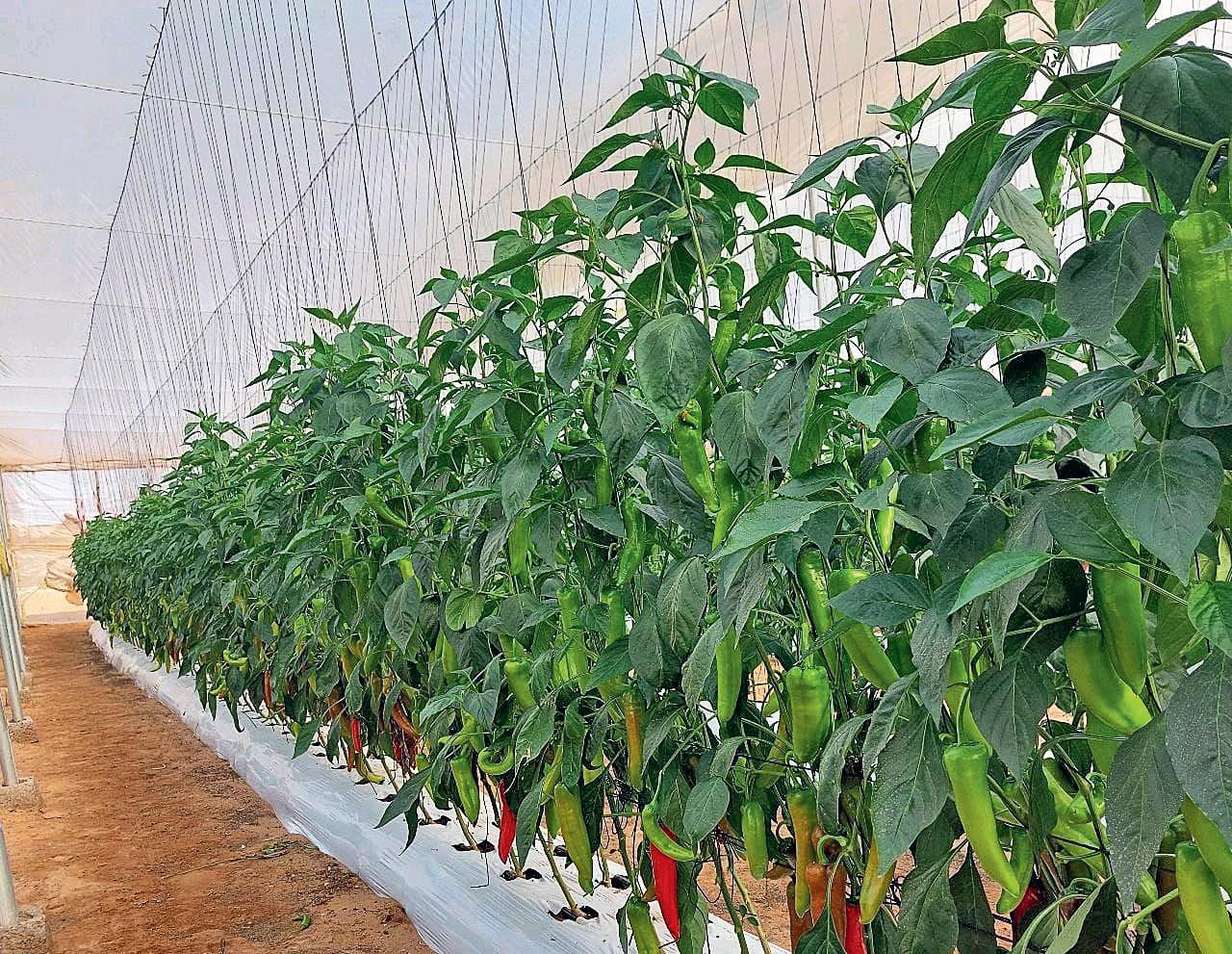
that export restrictions are a major concern for growers, and if this measure affects early produce, including in West
African markets, I won‘t rule out relocating my business to Mauritania.”
oussama.machi@gmail.com
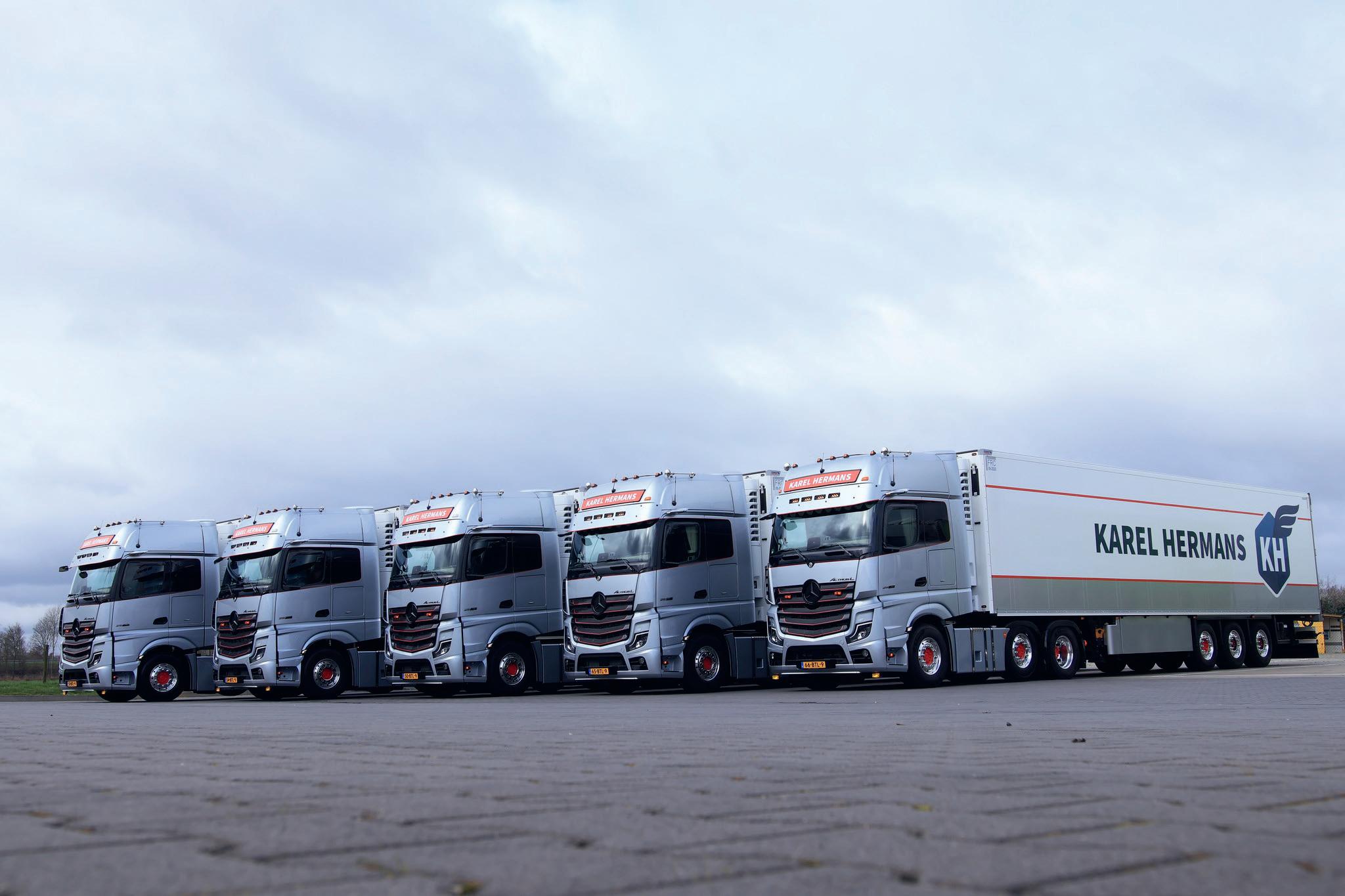
65 AGF Primeur • Greenhouse vegetables • 2024
Daily groupage shipments within the Benelux and Germany

Fighting imports with locally, greenhousegrown tomatoes
The Czech Republic still has a relatively small local tomato market, as most of the demand is met by imports from Morocco and Spain. Yet, rising consumer awareness of product origin coupled with caring for the environment have been pushing some to find alternatives. Farma Bezdinek is a greenhouse tomato grower out of Czechia, and since the company’s inception, they have appreciated the positive market’s reception of their produce they market as ‘zero residue tomatoes.’
TOMATOES AND CZECHIA
The Czech Republic counts some 10 million citizens, meaning that the market is much smaller compared to other, more populous countries. As of now, there are around 65–70 hectares of greenhouses in the country, mainly devoted to tomato cultivation. Does this signal a customer’s aversion to greenhouse-grown products? Not at all, according to Jan Fucik, greenhouse manager at Farma Bezdinek. “Cus-
tomers’ reception has been fantastic so far. There’s quite the competition coming from Spain and Morocco when there’s the usual seasonal peak. But we only sell to the local market, which has been allowing us to keep the prices very competitive, and customers’ satisfaction proved there’s a demand to be seized over here.”
Farma Bezdinek grows tomatoes in a 15-ha greenhouse, some of it devoted to
cherry tomatoes (variety Sweetelle), and the other part to tomatoes on the vine (TOV) variety Ronvine. “This is a brandnew variety which is characterized by a resistance to the rugose virus,” Jan points out. Next to this, the company now also has a small 0.8 ha greenhouse where they are growing cocktail tomatoes.
With most tomatoes coming from the Netherlands, Spain, and Morocco, Farma Bezdinek can counter that with a shorter supply chain which basically makes their tomatoes last longer, and overall are just tastier. Yet, that doesn’t mean that the company didn’t have to endure some challenges. After all, the market in Czechia is very small, and it may be difficult for some companies to turn a substantial profit.
Theme Greenhouse vegetables 66 AGF Primeur • Greenhouse vegetables • 2024
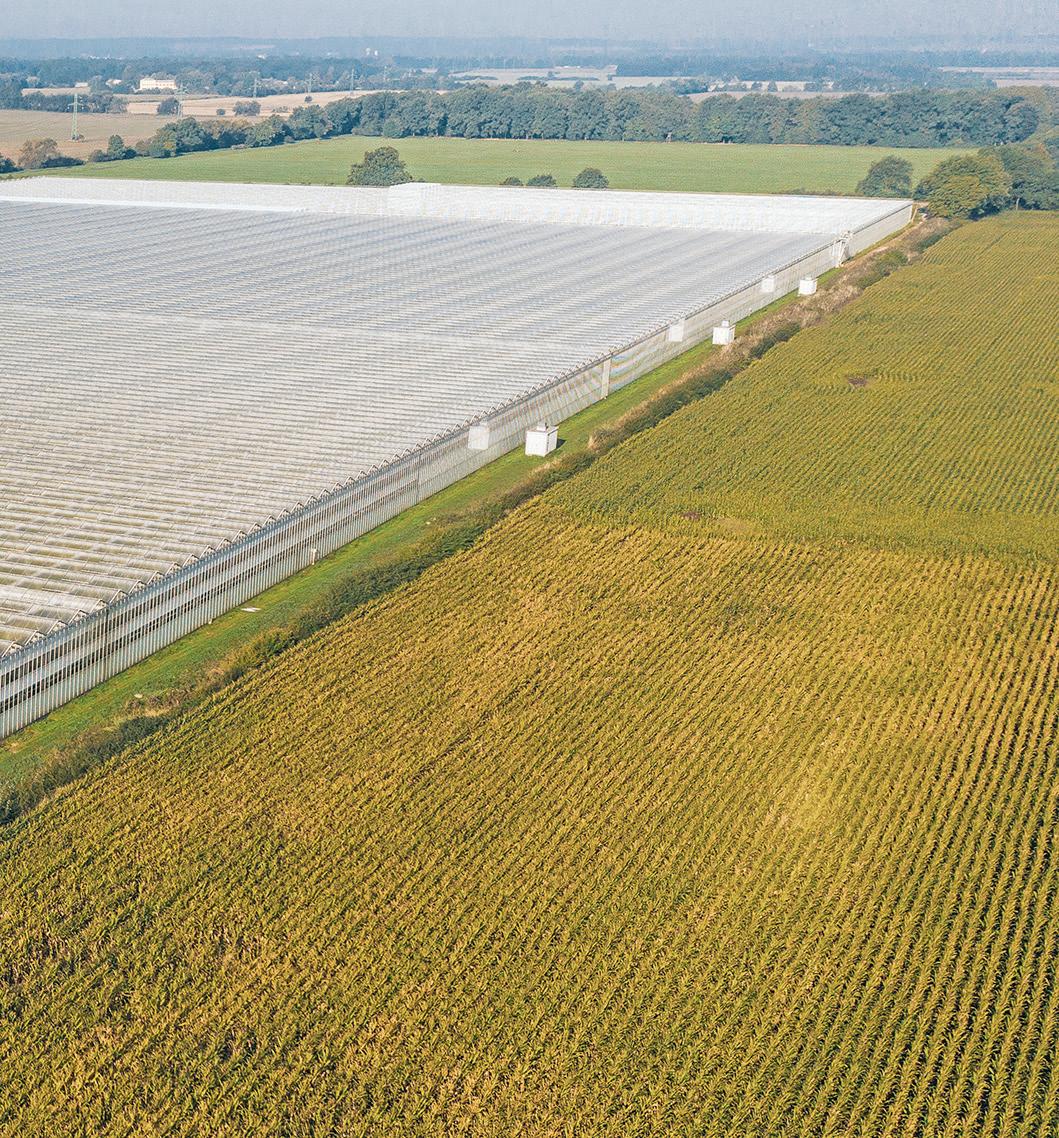

ALL FUN AND GAMES UNTIL BILL ARRIVES
Farma Bezdinek‘s high-tech greenhouse was built 5 years ago. “It’s a hybrid greenhouse, the Venlo type,” Jan says. “We are working with blackout and energy screens, biological crop protection regimen only, and a bunch of automation to reduce labor pressure and allow our growers at the greenhouse to entirely focus on growing the best tomatoes.”
Unfortunately, the energy crisis hitting everyone with skyrocketing electricity and gas prices has thrown a wrench in the works of many growers, and Farma Bezdinek alas was no less. “Initially, we used to grow with artificial light,” Jan points out. “HPS, to be precise.” HPS can indeed be quite the energy hogs, and it shouldn’t come as a surprise that Jan and Farma Bezdinek couldn’t keep on using them if they wanted to keep serving consumers with their fresh produce. “During the energy crisis, prices went up 3- to 4-fold, and we concluded that we couldn’t continue to grow following the initial strategy we came up with. The plan was to grow year-round, but that was not feasible anymore. So, we started to grow in the summer, and we just shortened our season, generally speaking. For instance, we now plant big tomatoes in weeks 2-3 of January, small tomatoes at the end of December, and then at the end of October/the start of November, we empty the greenhouse, carry out thorough cleaning and sanitation processes, and then we start over a few months later.” This way, the company doesn’t have to necessarily deal with particularly low temperatures, or a general lack of sunlight that would push them to resort to some artificial lighting. “From the end of November until the end of March, we basically don’t have any production.”
The reason they stopped growing in winter as the energy prices went through the roof was also dictated by the fact that both retailers and end consumers would have never paid the ‘additional’ penny for tomatoes, especially when the penny in question was definitely more than only one. “For this season, we are pricing our tomatoes for 6 EUR per kilo,” Jan points out. “But when the crisis hit, we would have had to sell our tomatoes for 13–15 EUR per kilo, which wasn’t even an option, that goes without saying.”
GOOD PREPARATION IS HALF THE WORK
Now, however, things are vastly different, and the company is investing in solu-
67 AGF Primeur • Greenhouse vegetables • 2024
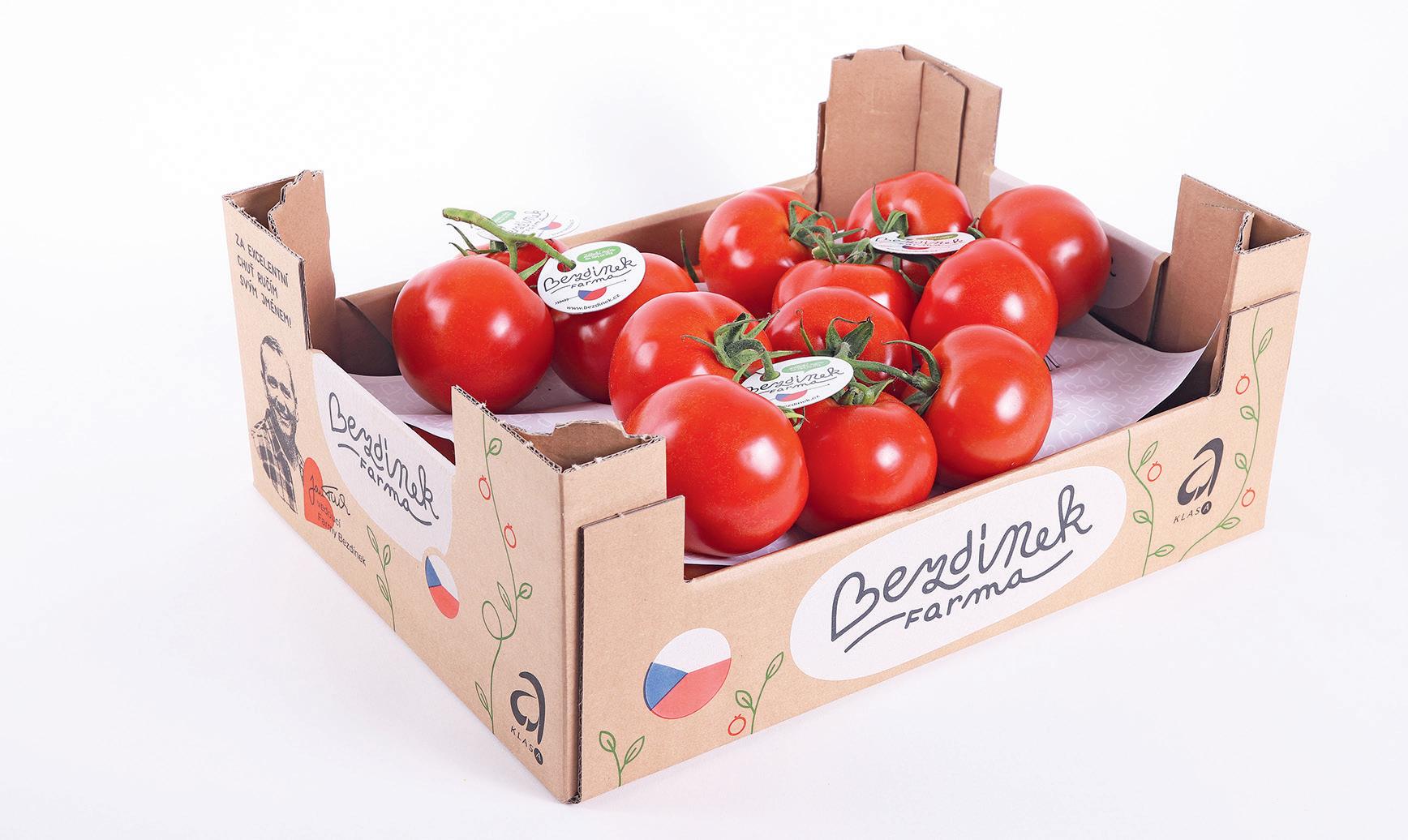
tions to be ready for a new energy crisis. “We have invested in 2 co-gens, and in a few months, we’ll be able to produce heat. This should ensure us to get a slimmer bill at the end of the month, and it overall makes us more future-proof than we used to be.”
While Czech consumers may not be super familiar with greenhouse-grown products, Farma Bezdinek has found a way to market their cultivation method that has pushed more consumers towards their Czech-grown tomatoes. “We sell our tomatoes as zero-residue tomatoes.
That’s what makes our product unique,” says Jan. “We try to achieve the highest sugar content we can. For instance, in the summer with cherry tomatoes, we can achieve even 12 Brix. Now, since it’s not summer, we are at 9,5 Brix. This is one of the reasons why customers keep on buying our tomatoes.”
Since Farma Bezdinek grows locally and distributes only locally, Jan says that the freshness and shelf life of their tomatoes are no match for imported tomatoes from Spain. “Recently, we even started making packages ourselves so that we can sup-

ply supermarkets directly without necessarily going through an intermediary. This seems to be the way for us, as we can get better average price, improved product freshness and shelf life because of the shorter supply chain.”
The company has been trying to implement better hi-tech to improve its sustainability, reduce labor pressure, and even increase the quality of its tomatoes. Jan recounts that they tried to use some autonomous growing system, but according to him, there’s still quite the road ahead. “The preciseness of those systems still isn’t where it should be, and I wish it was there. At the same time, our owner is very much aware that this is the future of horticulture, and he’s really pushing strongly to stay as ahead of the curve as possible.”
Despite the market in Czechia being relatively small, Jan believes there’s still room for growing the greenhouse-grown space. “There are still a lot of imports compared to local production. As the trend of customers buying local production goes up, there’ll be more space for us, even if we want to build a new greenhouse. Bluntly put, I believe there’s quite a lot to seize in the future for local producers in Czechia.”
Theme Greenhouse vegetables 68 AGF Primeur • Greenhouse vegetables • 2024

Sophie Thill, Les Paysans de Rougeline:
“Committing to French production to offer healthy, responsible and local food for all!”
In a context of unprecedented mobilizations and protests within the agricultural sector, the issue of food sovereignty is more actual than ever. Despite gloomy economic circumstances, the trend towards local consumption is continuing to grow, and France‘s agricultural potential is still largely under-exploited. Today, almost half of the fruits and vegetables consumed by the French are imported.
MAKING FRENCH PRODUCE ACCESSIBLE
To address this major challenge, Les Paysans de Rougeline, a cooperative based in the South of France, has been committed to a 100% French production since its creation over 30 years ago. In the same spirit, the majority of its fruits and vege-
tables are marketed towards the domestic market. Every year, Les Paysans de Rougeline produces 90,000 tons of fruit and vegetables, including 80,000 tons of tomatoes. “French food sovereignty is a subject that matters to us. We have always worked to make the French production accessible to the French so that
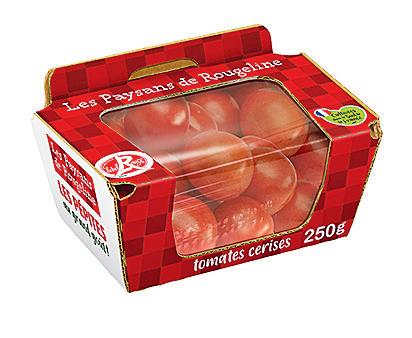
everyone can benefit from products derived from good agricultural practices and an eco-responsible approach. The segmentation of our range enables us to
69 AGF Primeur • Greenhouse vegetables • 2024
offer crops with high added value, such as Label Rouge tomatoes, as well as midrange products. On average, we sell a kilo of fruit or vegetable for less than 2.50 EUR/kg, which is still an affordable price for healthy eating”, reports Sophie Thill, Marketing and Communications Manager at Paysans de Rougeline.
AGILITY TO MEET EVER-CHANGING DEMAND
The objective is clear for the cooperative: to ensure that “farmers can live serenely from their profession and develop” and that “consumers can eat a balanced diet”, while meeting today‘s environmental challenges. “We have always been committed to being accessible while guaranteeing profitability for producers. To achieve this objective, farmers never stop adapting, for example by forming ventures to pool costs and improve efficiency throughout the chain. We are also committed to fundamental issues such as eco-responsibility. Over the past ten years, we have been aiming to eliminate the use of plastic in our packaging. Similarly, and to guarantee consumers a product free of all pesticide residues, we have
created the Zéro Résidu de Pesticides label.
CHOOSING “ORIGINE FRANCE” FOR ALL CHERRY TOMATOES
Faced with aggressive foreign competition, and despite higher production costs in France, Les Paysans de Rougeline has initiated a successful collective approach to conquer shelf space alongside highly competitive products, while offering the guarantees of French quality. “In cherry tomatoes especially, there are many imported and low-priced produce. For several years now, we‘ve been developing trays at a price of 0.99 EUR,

thus enabling us to offer a French product at a very affordable price. Our producers have optimized their production to the maximum to ensure the supply and so gain a position on the first-price shelves, challenging the Moroccan origin in particular. Working together with our customers, we achieve to increase our presence in the department stores, especially
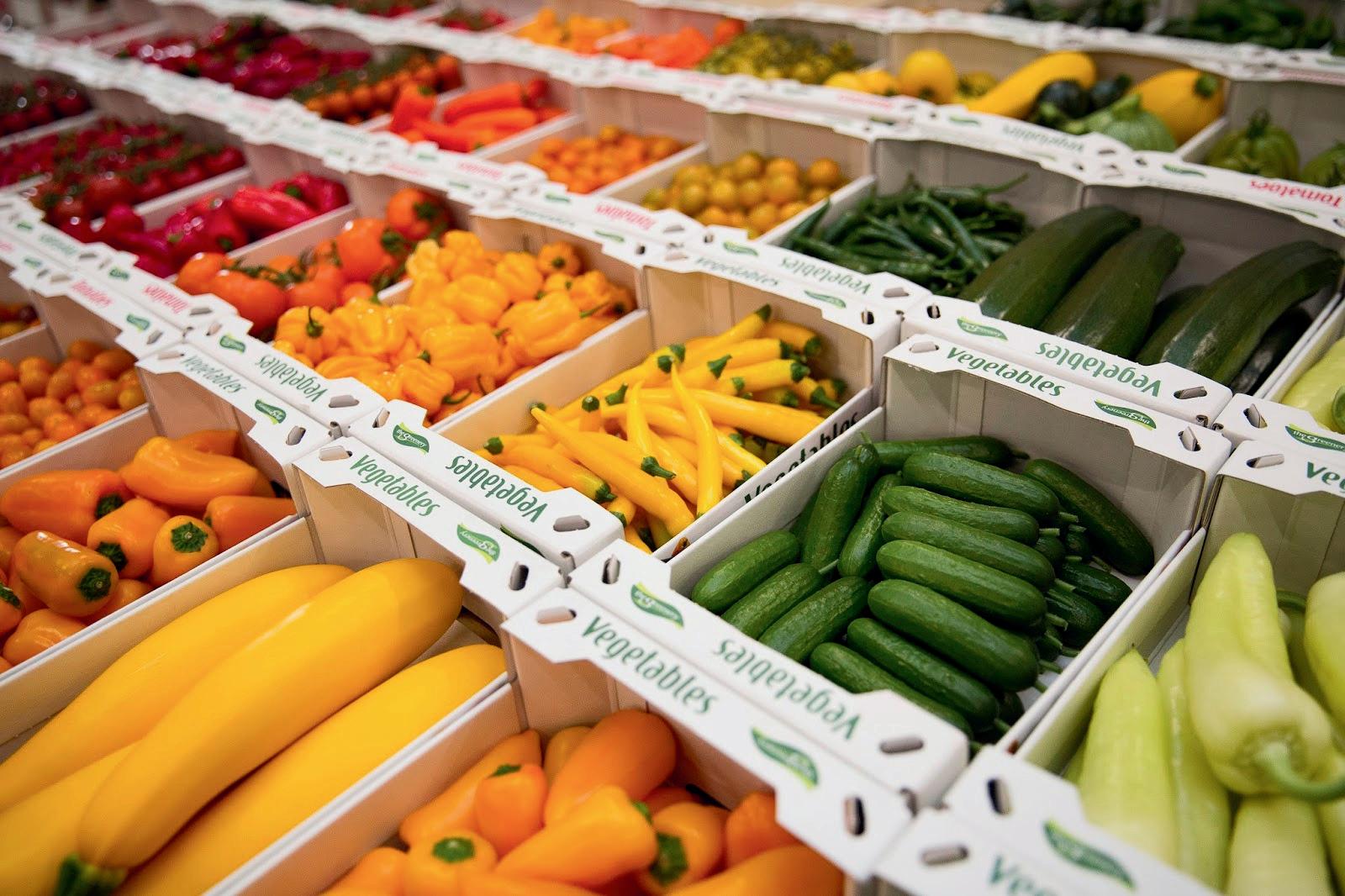
Innovative and sustainable packaging solutions for the fruits and vegetables industry
Efficient production processes
Plastic reduction
Stackable cardboard packaging
Various cost savings: Staff







Greenhouse vegetables 70 AGF Primeur • Greenhouse vegetables • 2024
sales@boixeurope.com
Theme
+31 (0)313670460
Logistics Raw materials
Get in touch with us!


at the height of the season. Every link in the chain has to make an effort to accomplish a fair price for producers and a good accessibility for consumers looking for local produce!”
ENCOURAGING YOUNG FARMERS
Having food sovereignty in mind, it is even more crucial to maintain French production. “Today, there are fewer and fewer farmers. Young producers need security before they engage. We need to make them want to commit by giving them guarantees. This can be realized through contractual agreements with distributors, for instance.”
FUTURE-PROOFGREENHOUSE PRODUCTION
“Producing under glass is an indispensable asset that enables us to reach a high production capacity, on a smaller plot of land and in a more controlled environment for a secure and environmentally responsible produce. For example, the introduction of biological control allows us to guarantee and offer fruits and vegetables with zero pesticide residues, which comforts consumers and ultimately increases fruit and vegetable consumption.”
WORKING TOGETHER TO REVALUE FOOD
“There is room for all French structures wishing to supply the French market with home-grown fruits and vegetables. We are all working towards a common goal: to increase French supply to feed the domestic market, and move ever closer towards food sovereignty. To make this possible, we need to collectively reconsider the value we attribute to food. Eating well means taking care of our health, but also of the planet. This means supporting the work of the farmers who feed us daily, and therefore being prepared to pay the right price.”
71 AGF Primeur • Greenhouse vegetables • 2024
Spinach 365®: for year-round consistent quality supply of supermarket spinach
The rise in baby leaf spinach‘s popularity in stores is quite remarkable. You find it in single packs, salad mixes, and ready-toeat salads. By now, shoppers expect to see these products yearround. That is, of course, only possible if spinach crops are also available throughout the year, which is sometimes challenging. Pop Vriend Seeds is tackling that issue with its Spinach 365® concept.
“This theme is quite topical,” begins René van Meijel, Global Customer Team Lead - Babyleaf at Pop Vriend Seeds, KWS Vegetable Seeds‘ subsidiary. “We have insight into the European supply chain. In late February, we saw an imminent supply shortage in the second half of April and early May. This spring’s weather conditions in Western Europe, particularly the UK, have thrown the baby leaf spinach supply chain somewhat out of whack.”
FIRST, THE US, NOW ALSO EUROPE
Pop Vriend Seeds is a Dutch seed company specializing in fresh market spinach. As such, it wants to help keep the chain balanced all year long, thus avoiding empty retail store shelves. To this end, it works on several levels with its Customer Team organization. This team‘s pillars are providing information to growers, seed availability transparency, and a consistent supply of high-quality vari-
eties with multiple resistances, leaf shapes, and the right ‚crunch‘. Consistency is key. The solution? Spinach 365®.
The Spinach 365® concept was devised in the United States, where per capita fresh spinach consumption is 43% higher than in the EU. (1 kg versus 700g). That is based on USDA and GroentenFruit Huis data. Pop Vriend Seeds has since also rounded out the range for the main European growing regions and wants to help boost the category considerably.
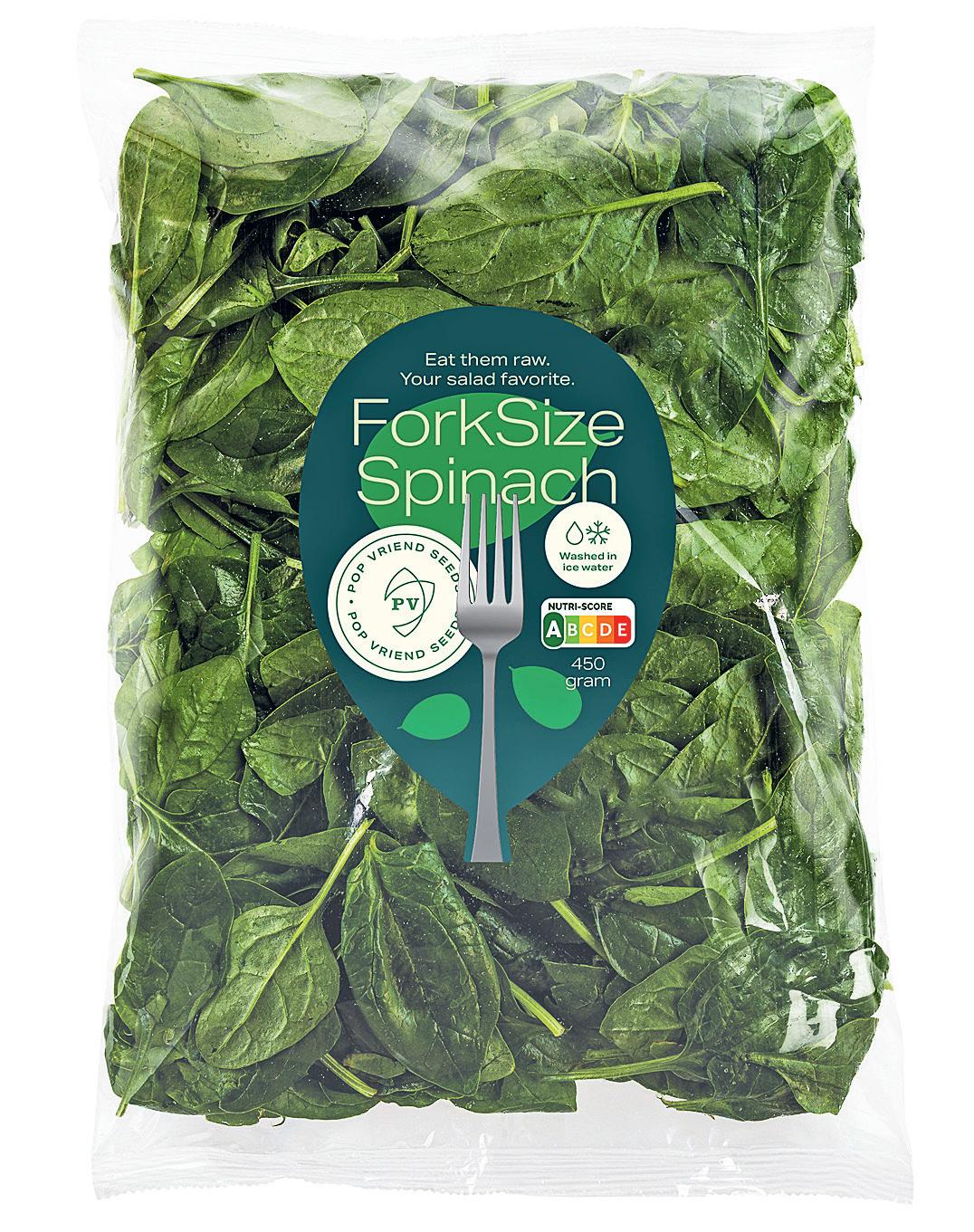
Spinach development enjoys various supporting driving forces on both the supply and demand side. “Firstly, there‘s yearround demand. Spinach is no longer packaged as just that; people have a choice of uses, like in a (lunch) salad, smoothie, or (dinner) meal kit. It‘s increasingly added
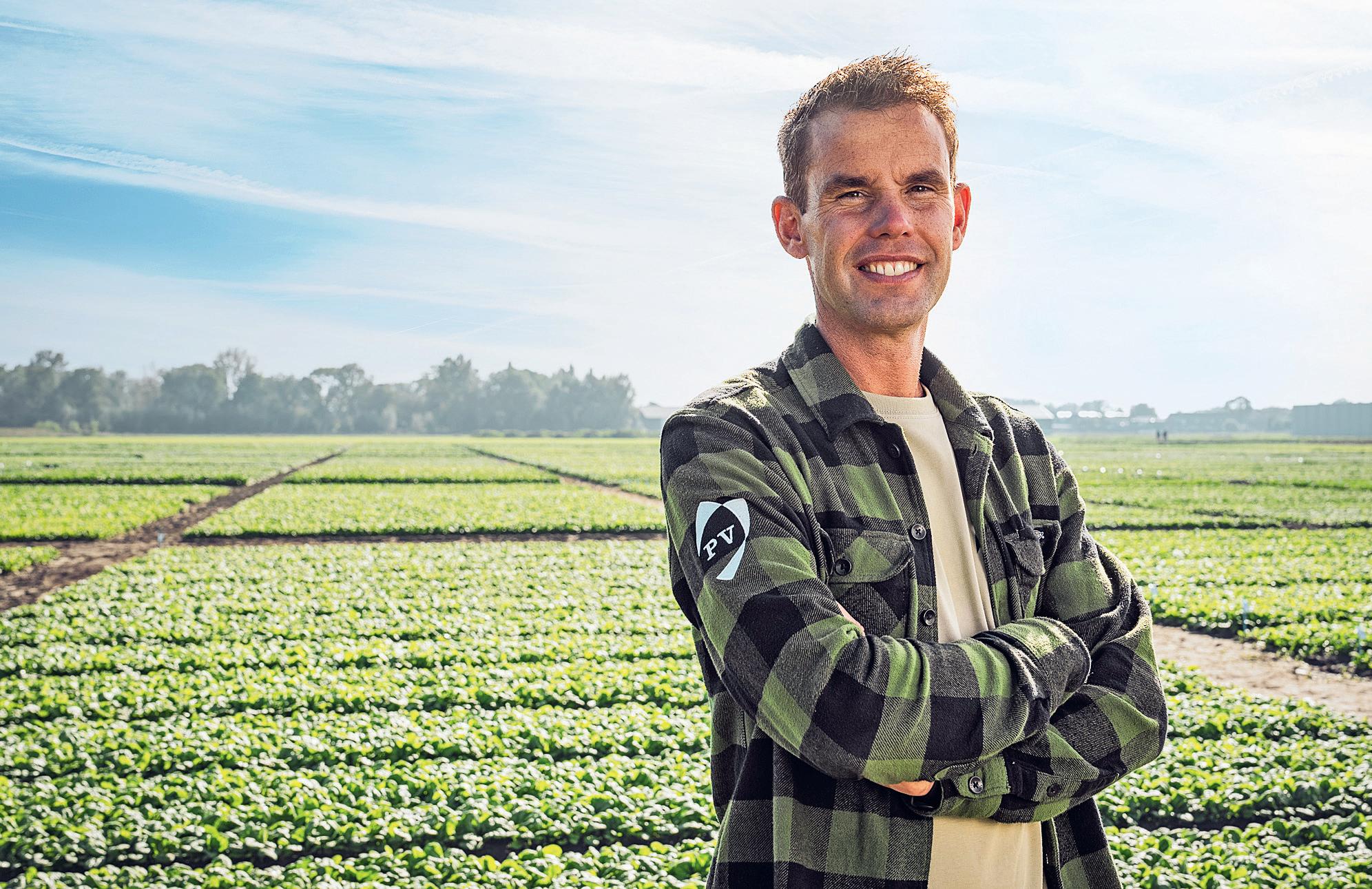
to salad mixes and salad kits, too. Those take off in the summer; in the winter, single bags are more popular. Also, you can harvest spinach mechanically. In this tight labor market, that gives it an advantage over other leafy vegetables, such as iceberg lettuce. Another plus is that spinach requires less watering than iceberg lettuce, a significant element in a growing country like Spain,” says René.
THE BIG THREE
In the winter, Spain and Italy are the biggest baby leaf spinach growers, with the UK calling the shots in the summer. “It‘s grown in the Netherlands, too, from early May to mid-October. The shortest cultivation cycle of baby leaf spinach is around 25 days, the longest — in winter — 55. Again, this product has an edge over other leafy vegetables. Something like iceberg lettuce requires you to grow the plants first. Apart from the Netherlands, there‘s also significant cultivation in Poland, Germany, and France. But everywhere with their roots in the ground. Unlike some other leafy vegetables, spinach doesn‘t take well to hydroponics.”
IT‘S ALL DOWN TO
INSIGHT
According to René, Pop Vriend Seeds‘ Customer Team‘s detailed overview of the European spinach chain is where it adds value. “When, in late February, we
72 AGF Primeur 4 • 2024
Breeding
Rene van Meijel - Global Teamlead Babyleaf - über die Herausforderung, eine konstante Versorgung mit hochwertigem Spinat zu gewährleisten
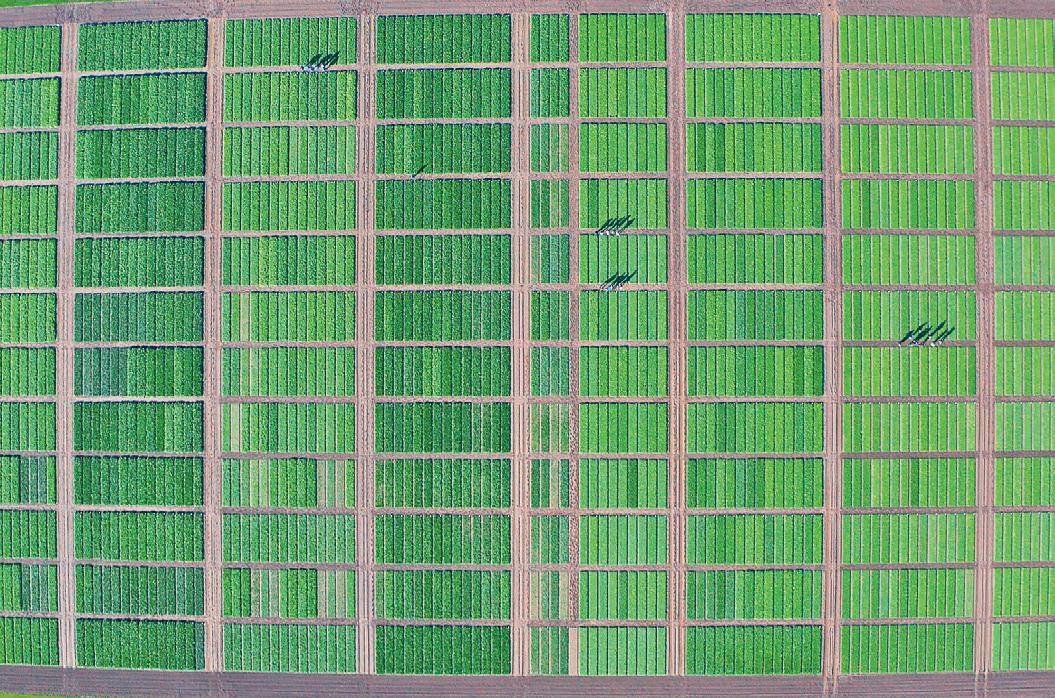
größte Spinat-Demofeld der Welt befindet sich in Andijk
noticed there would be a shortage starting from the second half of April, we started talking to growers in Italy and Spain. We told them what was happening and asked if they saw an opportunity to respond. We inform growers promptly, but they make the choice,” he says.
The Customer Team cites several reasons for the shortage of baby leaf spinach: “Spain had an excellent season, but that ended due to water shortages and because many growers planned other crops. Italy can go on a bit longer, but the wet winter in northwestern Europe means sowing schedules in the United Kingdom, and to a slightly lesser extent in the Netherlands and Germany, are three to four weeks behind.”
RELIABLE CROP SCHEDULES
Since the pandemic, retailers have accepted that products are sometimes simply unavailable. Growers often used to be penalized if they could not deliver. Nonetheless, reliable delivery is indispensable to retaining consumers, also known in sales jargon as customer retention. “As long as consistency of supply is essential to retail, spinach chain profitability remains under pressure. That‘s due to rising cultivation costs and risks, and extreme climate conditions being increasingly likely. Growers want reliable growing locations and schedules. You can achieve that by using genetics and integrating cultivation areas. Growers are increasingly partnering across national borders. Also, thanks to our Customer Team and chain know-how, we can easily identify future needs and align growing areas,” explains René.
RESPONDING TO PACKERS AND GROWERS‘ NEEDS
Pop Vriend Seeds has organized itself around the chain to give customers
throughout Europe information and a variety portfolio aimed at consistent cultivation at minimum costs. With account managers in strategic cultivation countries, Pop Vriend Seeds has, for several years, been mapping the baby leaf spinach value chain more broadly. They want to use the Spinach 365® concept to establish seed programs that ensure cultivation 365 days a year. “We‘re always considering where to expect seed programs, so we have the right varieties available at the right time and quality.” Van Meijel points out that Pop Vriend Seeds, a super-specialist in spinach, can adequately fill those programs.
“Those don‘t always focus on growers; they can just as easily focus on packers‘ needs. Perhaps, at some point, the choice won‘t fall on the variety most interesting to growers, but one preferred because of shelf life, processability, or ‚crunch.‘
This concept ultimately allows us to be a better chain partner. That‘s also what our business model is based on; with the right advice and portfolio, sales will undoubtedly follow.”
AS MUCH RESISTANCE AS POSSIBLE
Regarding varieties, Pop Vriend Seeds‘ strength in baby leaf has always been its ability to offer broad disease resistance. “But, high cultivation intensity means there are always new powdery mildew breakthroughs; in Europe, very few current varieties are fully resistant to that. Also, due to the great diversity of (local) diseases, it‘s no longer always certain that a variety with resistances one to 19 will remain clean of powdery mildew. So, Spinach 365® is a portfolio of varieties with different genetic backgrounds, too. Then, growers can rely on the broadest possible resistance to this fungal disease and other pathogens,” René concludes. mkors@popvriendseeds.nl
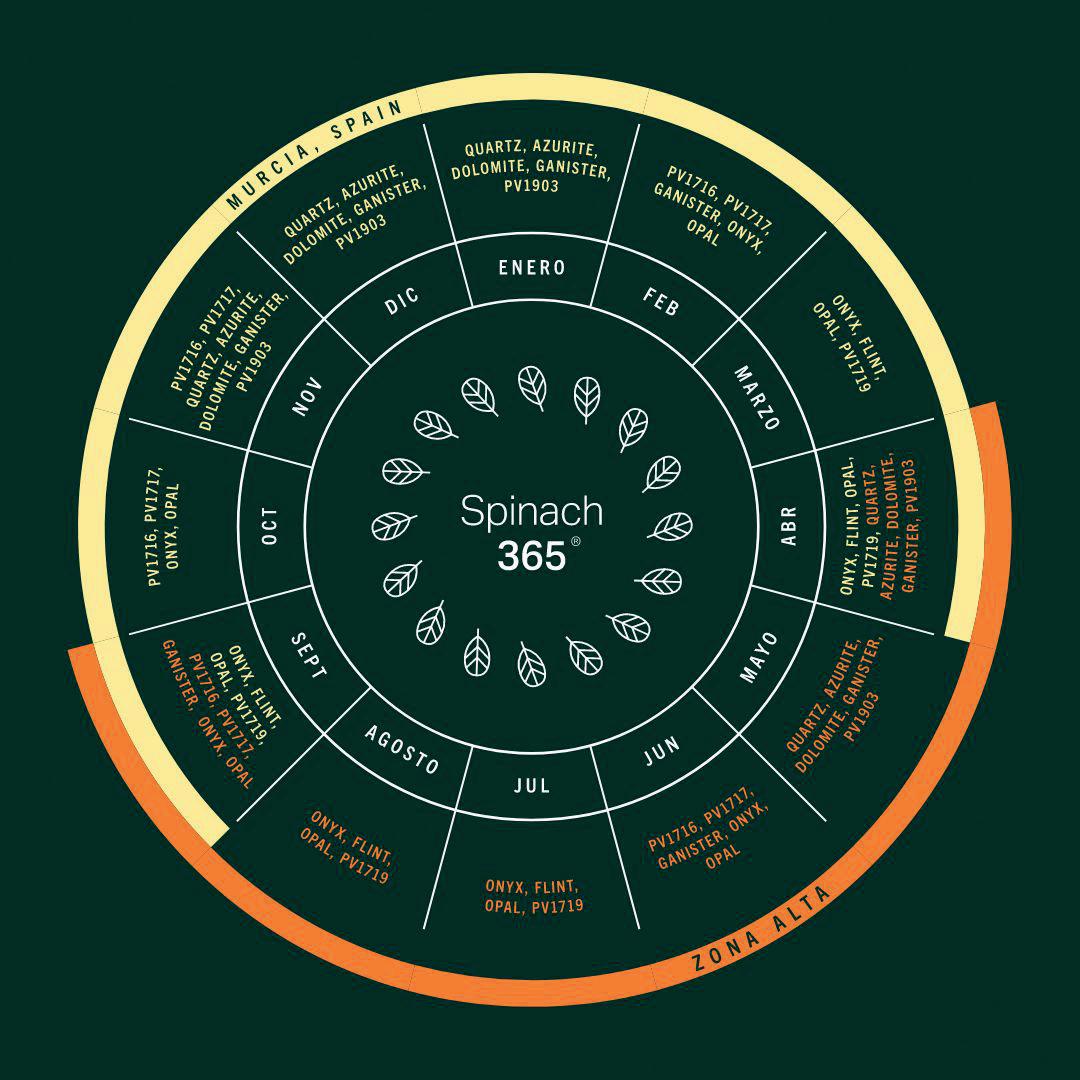
73 AGF Primeur 4 • 2024
Das

Strong and innovative range of products
Axia is an innovative breeding company, specialised in creating vegetable seeds for protected crops. We run a dedicated program for heated greenhouses, with or without artificial light.
Our breeding program is characterized by a strong focus at taste and healthy ingredients, with a very high yield.
For more information, visit our website and follow us on social media.
Created with Passion
Monnikenlaan 6b 2671 NE Naaldwijk The Netherlands +31 (0)174 255255 info@axiaseeds.com www.axiaseeds.com

Carsten Gogoll from Bivano Ltd/Böhmer Frische Ltd on the berry program expansion: “Strawberry
sales also ultimately developed in Greece‘s favor”
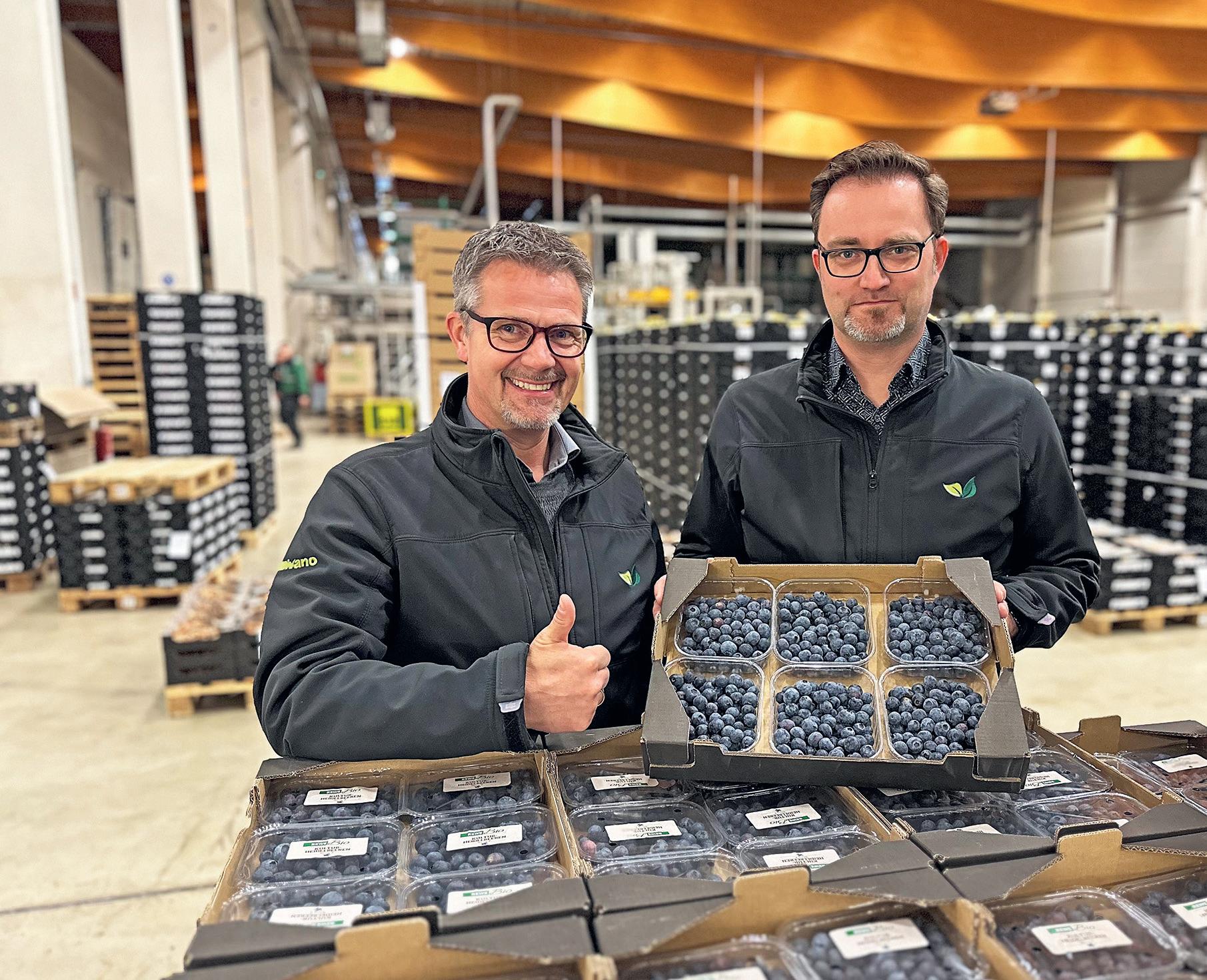
As a renowned partner of the German food retail trade, the Böhmer Group is dedicated to the procurement, marketing and logistics services regarding potatoes and onions, as well as fruit and vegetables, through its subsidiaries. The wide range of products on offer includes both conventional and organic produce from near and far. In recent years, the volume of soft fruit from the company‘s own contract farming in particular has increased significantly, says Carsten Gogoll, Managing Director of Böhmer Frische and authorized signatory of subsidiary Bivano, which specializes in organic produce.
STRAWBERRIES: EGYPT BECOMES LESS IMPORTANT, GREECE GROWS STRONGLY
In almost no other product category are the climatic influences shaping the market as strongly as for soft fruits, says Gogoll. “We are currently in a phase in which Spain and Morocco were mainly expected to serve the market. However, due to the climatic conditions, there have been repeated problems with the supply of goods recently. Our conventional strawberry season began in November, mainly with Egyptian goods and small additional volumes of Greek early stra-
wberries. When it comes to sourcing Egyptian strawberries in particular, we have noticed that our food retail customers increasingly want to avoid flying in any produce. In terms of sustainability, our customers are trying to reduce their CO2 footprint, which is understandable. However, this in turn presents us with major sales challenges. Although there have been several attempts to ship Egyptian strawberries, we have not yet found the right lines. If the ships would only arrive once or twice a week, for example, it would be too risky for us in terms of marketing a sensitive fruit like strawber-
ries. The issue of shipments of Egyptian strawberries will be a challenge for our cooperation partners if we want to continue to serve the German market.”
To prevent the aforementioned procurement challenges, Greek strawberry cultivation was intensified at an early stage, Gogoll continues. “In recent years, we have been able to win over various growers, multiplying our import volume of Greek strawberries, mainly the Fortuna and Victory varieties. This season, however, we had a winter that was too warm overall, followed by weeks of heavy rainfall. This increased disease pressure. We have only been in a better position since the end of March, which means that we can now compensate for the volumes that are no longer available in Huelva, Spain. In general, sales have currently developed in Greece‘s favor.”
Nevertheless, climate change is also playing an important role in Greece, according to Gogoll. “Similar to Spain, several regions in Greece have already been designated as water risk areas. However, we do not see this as a problem for the next harvest season, as we have already discussed measures with the farms to have their resource-saving water consumption certified accordingly.”
Thanks to the expansion of the supplier network, the German food retail sector can now be supplied with Greek strawberries until June. “Despite the reluctance to sell Egyptian strawberries, we have been able to record a steady increase in sales in the strawberry business in recent years,” Gogoll confirms. He does, however, point to a sometimes quite tough price situation. “Everyone wants to be supplied with both Spanish and Greek strawberries from a single source. As we only supply Greek strawberries, it was sometimes difficult to keep up with Spain in terms of price. We didn‘t manage this every week either.” Overall, strawberry prices have risen again, compared to the previous year. Also, due to the limited availability and price issues, the switch to 500g units only took place around week 6. “The sometimes-alarming information in the run-up to the new season
75 AGF Primeur 4 • 2024
Carsten Gogoll und Sven Schmitt beim Wareneingang der Bio-Heidelbeeren
contributed significantly to uncertainty among food retail buyers. As a result, they looked at alternatives to Spain at an early stage, but they wanted the goods at the same price.”
At the same time, the presence of German strawberries, initially from protected cultivation, gradually increases from mid to late April. Gogoll: “At most chains, German regional produce is marketed alongside southern European strawberries in 500g punnets. The imported goods serve the entry-level price segment. It is not unusual for Greek produce to be available well into June.” Gogoll also points out that the traditional harvest and marketing windows that have always existed can no longer be planned out as precisely, which is also due to the effects of climate change.”
ENCOURAGING GROWTH IN ORGANIC BLUEBERRIES
Parallel to the strawberry business, Bivano Ltd, as the organic division of the Böhmer Group, is also responsible for the year-round procurement and marketing of organic blueberries. From mid-March, the annual seasonal shift from the Southern to the Northern Hemisphere takes place. “We can look back on a very strong organic season in Peru in terms of quality, while the Chilean produce was somewhat weaker. Meanwhile, the Spanish harvest is gradually making its way onto the market and prices are slightly above last year‘s levels. We will be adding Portuguese blueberries to our portfolio in late April. We then expect the first Romanian goods from week 22 onward, followed by the goods from our Dutch facility, probably from the end of week 23. Two to three weeks later, we then expect the Polish and German harvest to start. This will
all become clearer in the second half of April.”
Similar to strawberries, the once traditional sequence of seasonal transitions in the blueberry sector — and the corresponding promotions — are more difficult to plan. “In the 2022 season, for example, produce from the Balkans was significantly delayed, while the Eastern European produce arrived on the market at the same time as the German and Dutch fruit, which is why we had a flood of conventional blueberries that could not be stored due to a lack of refrigeration capacity. This in turn led to abrupt price reductions in the conventional sector, which in turn made it difficult to maintain the necessary higher price level for organic blueberries,” Gogoll explains.

ducer will also grow organic blackberries and currants for the first time, each on 0.5 hectares. Depending on how these new crops will establish themselves, we could also consider mixed packaging in the future. Overall, we have noticed that berry sales in the German food retail sector are still on the rise, with blueberries and raspberries setting the pace alongside strawberries.”
EXPANSION OF BERRY PRODUCTION IN THE NETHERLANDS AND POLAND
In recent years, the Böhmer Group has been involved in several cultivation projects in neighboring countries, for example in the Netherlands. Gogoll: “We provide pre-harvest financing as well as investments in technical equipment such as frost irrigation and automatic harvesting technology. In return, we will exclusively purchase the entire yield from the producer.”
“We also have a production site in central Poland, from which we are now sourcing organic raspberries — from a total of 3 hectares — for the third year in a row, in addition to the already established organic blueberries. This year, this pro-
Years ago, the Böhmer Group recognized the potential of Eastern European and Balkan countries in the procurement of goods. “Our strategy is to further advance our market position for selected products, in close cooperation with local producers. The purpose is to find alternatives that are suitable in terms of climate, to reflect the seasonal transitions and fill any gaps in supply, for example in Spain. Finally, we must not forget that countries in the Balkan have built up a great deal of expertise over the years. New farms that are being established there also meet the latest standards in terms of social responsibility and certifications. In some cases, they are doing even better than many farms in the established source countries.”

76 AGF Primeur 4 • 2024
Soft fruit
Warenausstellung auf der diesjährigen Fruit Logistica
STORE YOUR PRODUCT IN PERFECT CONDITIONS
Omnivent has everything you need to store your vegetables and fruit in perfect conditions. From ventilation and cooling to boxes and much more. Controlled by OmniCuro, which allows you to setup a storage strategy in minutes and always lets you know how your products are doing.
Do you need advice about storing your products? Call +31 (0)36 - 522 2177 or mail to info@omnivent.com.
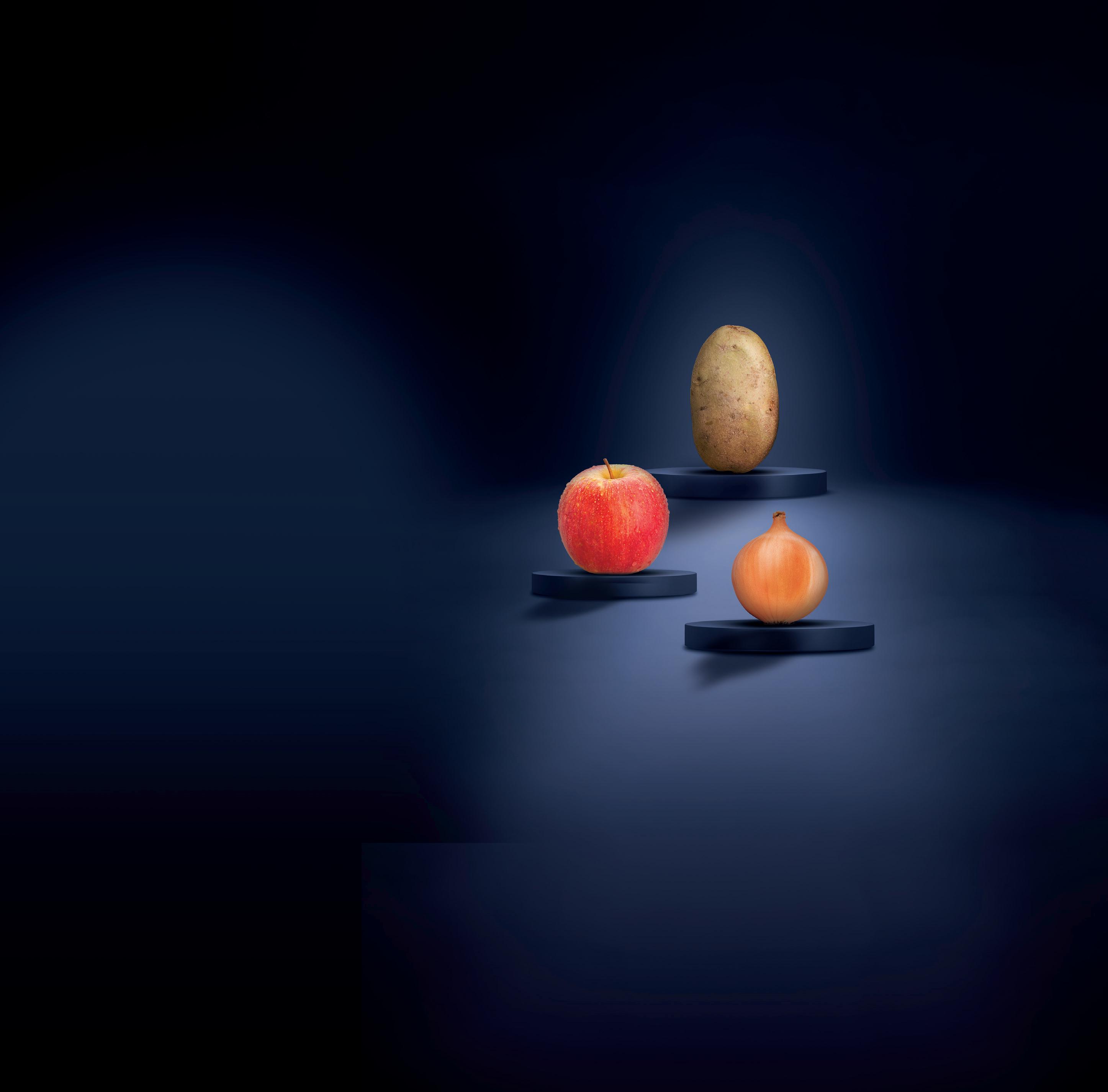
EFP being specialized in handling fruit and perishables (mainly bananas) situated at a multi purpose water related terminal containing:
• 13600 sqm coldstore
• 8100 sqm dry warehouse for export
• Container hub & repair site of 17500 sqm and 500 reefer plugs
STRENGTH S:
• Expertise in stevedoring
• Liable in Warehouse Management
• Excellent Warehouse Management system with barcode scanning for track and trace
• FAVV approved
• Experienced and skilled employees to
• For further info do not hesitate to contact EFP directly on info@eurofruitports.com · www.eurofruitports.com
77 AGF Primeur 4 • 2024
STORAGE MADE EASY

New purple sweet potato variety may drive U.S. exports to Europe
Not many produce items make their way over from the United States to the European continent. However, sweet potatoes are an exception. Between 2007 and 2017, U.S. exports of sweet potatoes grew at a rapid pace, from 100 million pounds to a staggering 400+ million pounds annually. The majority made its way over to Europe, and the high demand from overseas caused U.S. growers to continue increasing their acreage. As a result, production went up from 1.3 billion pounds at the beginning of this century to 3.1 billion pounds in 2015. The U.S. sweet potato business was booming.
However, the situation took a turn in 2018 and exports started to decrease. The initial decline in exports was triggered by Hurricane Florence that caused significant damage to the North Carolina sweet potato crop in the fall of 2018. North Carolina is the largest sweet potato growing state in the nation, and the impact on yields and production levels was significant. Low production levels caused export prices to increase, and it prompted large European importing countries like the United Kingdom and the Netherlands to replace U.S. imports with cheaper imports from lower-cost producing countries like Egypt. This was the start of the U.S. losing market
share to other exporting countries. U.S. exports continued to decline as more and more European countries started cultivating sweet potatoes themselves. What also didn’t help the export market were a strong U.S. dollar and high sea freight rates. In addition, the EU imposed a temporary 25 percent tariff on U.S. sweet potatoes from November 2020 until March 2021. All the headwinds resulted in U.S. growers decreasing their acreage, further reducing total production levels.
HOW U.S. SWEET POTATOES DIFFERENTIATE
However, about six years after the first signs of falling U.S. sweet potato exports,
it appears not to be so easy to grow a high-quality sweet potato product in Europe. Water availability and hesitation to invest in storage technology are limiting the growth in Portugal. Spain’s production levels seem to be relatively stable, and some other nations like France are growing for a niche market. Outside Europe, Egypt doesn’t have the storage capabilities to supply sweet potatoes year-round. Does all of this offer new opportunities for the U.S.?
“We’ve been able to maintain our export levels in recent years and I strongly believe that is driven by the quality of our product,” says Jacy Barnes Clapp with Farm Pak in North Carolina. “We’ve been educating our distributor-partners in Europe on the superior quality, taste, and shelf-life of our sweet potatoes. These are key differentiators that make customers come back to us for repeat purchases.” Barnes Clapp adds that strong relationships with their customers have also helped in maintaining export levels. Another benefit for North Carolina is the relative proximity to the European continent. “Shipping from the U.S. East Coast
78 AGF Primeur 4 • 2024 Sweet potato
Purple Splendor sweet potato variety
to Europe is very reliable, something our customers appreciate.”
PURPLE SWEET POTATO VARIETY
About 40 percent of Farm Pak’s total production is exported, and the main destinations include the U.K., the Netherlands, Germany, and Spain. Exports to these markets have been stable and, in fact, there seems to be renewed interest for U.S. sweet potatoes because of a new purple variety that’s available. “North Carolina has been known for the orange flesh variety Covington,” commented Barnes Clapp. “It’s the most sought-after sweet potato variety.” However, purple sweet potatoes are increasing in popularity. “We’ve tried some purple varieties in the past, but North Carolina State University developed a new purple variety with a better taste profile.” It’s called Purple Splendor and was commercially harvested for the first time in 2023. The University has worked on the development of this variety for 15 years and since it is patented, farmers can purchase a license, allowing them to grow Purple Splendor.
BLUE ZONES
Purple Splendor has been receiving a lot of attention this year, partly due to the Netflix documentary Live to 100: Secrets of the Blue Zones. In a few communities around the globe, people live long and healthy lives, up to and past 100 years of age. Residents of these blue zones share a common environment and lifestyle that scientists believe contribute to their longevity. Purple sweet potatoes are considered a key longevity staple for people in the Blue Zone of Okinawa. On this Japanese island, 70 percent of the population’s diet is made up of purple sweet potatoes. Although Purple Splendor is
a different variety from the variety consumed in Japan, the health benefits are the same, and it has an even better taste profile.
The popularity of the Netflix documentary as well as people becoming increasingly aware of blue zones has resulted in a lot of interest for Purple Splendor, both domestically and in the European market. “We exported the variety for the first time this season and received a lot of interest from the U.K. in particular.” Barfoots of Botley and Marks & Spencer heavily promoted Purple Splendor, proudly saying they are the only U.K. high street retailer to offer it.
COST OF LABOR

While this is a very promising development, the U.S. sweet potato industry isn’t out of the woods just yet. One of the biggest concerns is the cost of labor. “In North Carolina, labor costs have doubled in the past five years and the Adverse Effect Wage Rate for foreign workers (H-2A) is 15.81 USD/hour in 2024. However, once all other fees and expenses are factored in, the rate is well over 20 USD per hour,” Barnes Clapp shared. Labor costs heavily weigh in the sweet potato industry as all harvesting in North Carolina is still done by hand. “Our production practices don’t allow for mechanical harvesting as it could damage the skin.” Nevertheless, Barnes Clapp is hopeful one day sweet potatoes can be harvested mechanically. “It would be great to have the best of both worlds.” High labor
costs are having a devastating impact. They have forced some growers to switch to other crops and some have gone out of business altogether. The industry just hasn’t seen the price of sweet potatoes increase in the same way production costs have gone up.
jacy@farmpak.com

79 AGF Primeur 4 • 2024
Mike
Parr, PLM Seafrigo
“Effectively, it is another business tax, and it is being applied to enable the government to recoup the monies invested in building the government run BCP facilities”
UK importers are facing a new challenge as the Common User Charge (CUC) becomes effective starting on 30th April. The charge will apply to goods arriving at the Port of Dover and Folkestone via the Eurotunnel rail system.
The charges will be applied to animals, plants, and plant products for commercial use. There are different charges for different ‘risk’ level products, the charges will be capped at £145 for each consignment. Fruits, vegetables, and herbs are among the plant and plant products which fall under the CUC.
Some vegetables deemed to be low risk will be exempt from the charges. Broccoli, cauliflower and legumes, these will have to have been checked at an inland control center instead of a Border Control Post. It is not only the fresh produce importers who will suffer, but also nursery owners who rely on imported plants.
“The CUC will apply to a UK business importing a consignment of goods that enters or transits Great Britain through the Port of Dover or Eurotunnel. Goods may be eligible for sanitary and phytosanitary checks (SPS) at a government-run Border Control Post (BCP) in England and the charge is applied even if the goods are not selected for SPS checks,” explains Mike Parr, Director at PLM Seafrigo.
“Effectively, it is another business tax, and it is being applied to enable the government to recoup the monies invested in building the government run BCP facilities, such as at Sevington. The CUC will not apply for participants of the Authorised Operator Status (AOS) pilot – such as PML Seafrigo – where SPS checks take place at a non-government inland control point, such as that operated by PML Seafrigo at its Lympne, Kent site. The charge is only at Dover and Folkestone because the charges are designed to recoup the investment at the government’s Sevington BCP in Kent.”

The government run Border Control Post at Sevington is already stretched in terms of capacity and has staff shortages, hold-ups and delays are the norm.
Once again, the consumer will ultimately pay the price not just due to the inflated cost of these goods but also, via a reduced availability of certain food items. Post-Brexit, there is a growing reluctance to export fresh produce to the UK because it is now fraught with bureaucratic policies and red tape, and this latest additional cost is just further ammunition for that argument.
Food service companies will most likely also feel the effects of these new charges, which will further impact the already fragile supply chain, making key food items more difficult to source and more expensive unless the goods are sourced via a non-government run BPC.
“If those exporting to the UK choose to use the government-run BCP, the costs will prove prohibitive. However, inland border control posts such as PML Seafrigo’s Lympne site, which is actually physically closer to Dover than Sevington will make it possible to continue to export without incurring this additional cost. The PML Seafrigo facility is also a dedicated transport and logistics hub specifically designed to cater for the needs of temperature sensitive cargo, unlike Sevington which is a general BCP. PML Seafrigo operates inspections from 7.00am to 7.00pm, resulting in a speedier clearance of goods,” said Mike.
PML Seafrigo has been set up for some time as an inland border control post and was one of the first to register for the Authorised Operator Status, so the company is well-placed to help UK businesses continue to import critical low / medium risk plants and produce without incurring any additional Common User Charge costs.
The Federation of Small Businesses chair, Martin McTague, told the Guardian in April: “Although we knew these changes were coming in at some point, formally announcing an onslaught of more fees with less than a month’s notice will undoubtedly cause a great deal of stress.”
The government said: “The charge is designed to recover the costs of operating our world-class border facilities where essential biosecurity checks will protect our food supply, farmers, and environment against costly disease outbreaks entering the UK through the short straits.”
“The charges follow extensive consultation with industry and a cap has been set specifically to help smaller businesses. We are committed to supporting businesses of all sizes and across all sectors as they adapt to new border checks and maintaining the smooth flow of imported goods.”
80 AGF Primeur 4 • 2024 Logistics
Mike Parr



81 AGF Primeur 4 • 2024 Ready for the food supply chain revolution? the quality of passion www.chainn.nl We make efficient connections the new standard. Chainn connects growers directly with buyers and makes the entire food supply chain transparant and open. 01.


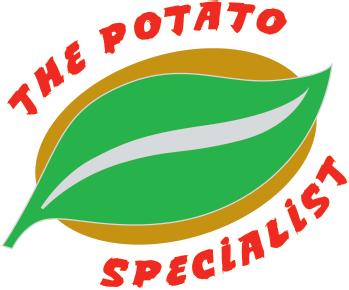
Kleinjan’s aardappelhandel B.V. Zuidoordseweg 6 • 3267 LW Goudswaard • Tel.: +31 (0)186-692900 Fax.: +31 (0)186-691491 • E-mail: info@kleinjansaardappelhandel.nl • Internet: www.kleinjansaardappelhandel.nl





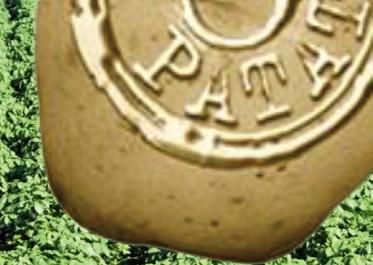
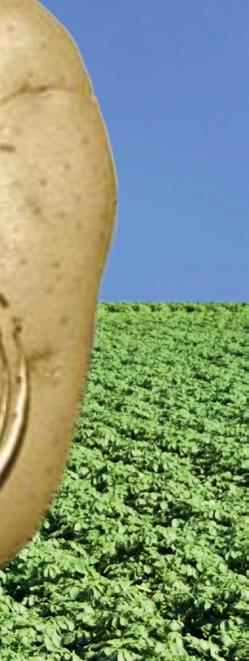

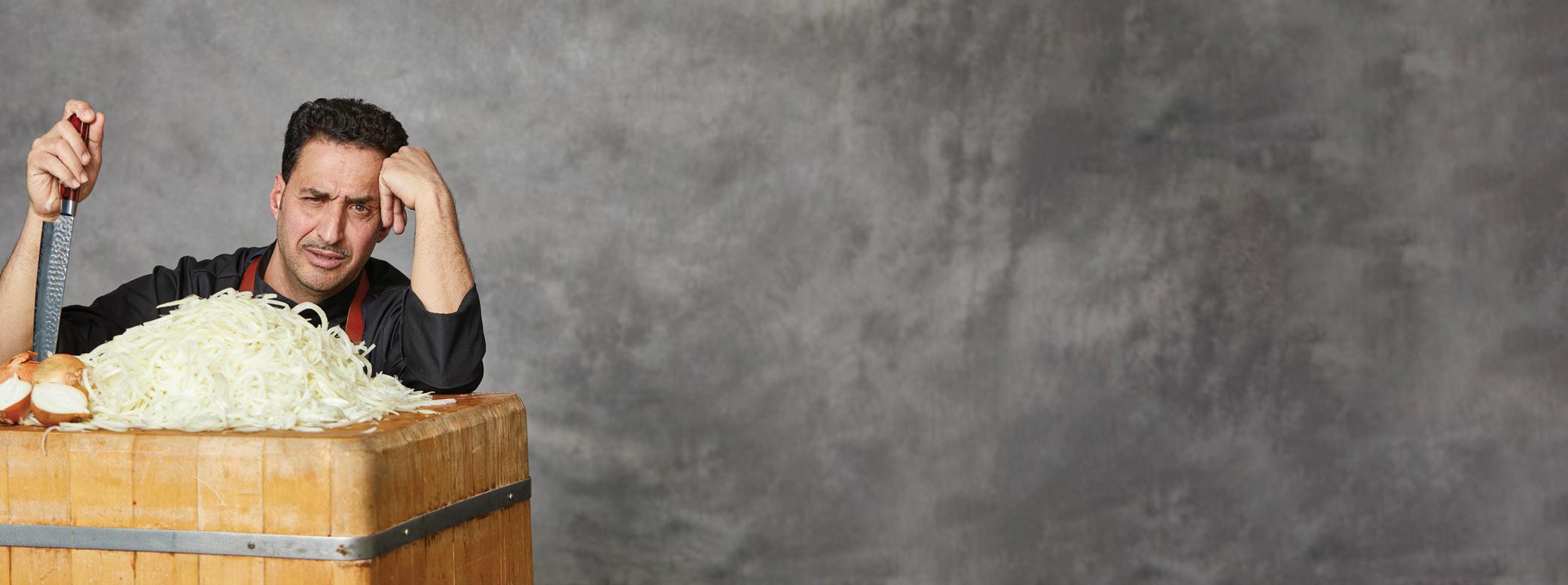
82 AGF Primeur 4 • 2024
PARTNER FOR TRADE
CULTIVATION IMPORT • EXPORT • CONSUMPTION AND SEED POTATOES
YOUR
AND
www.rtlpatat.be • T. 0032499/536888 • info@rtlpatat.be www.smitsuien.nl WE CRY FOR YOU STOP CUTTING.
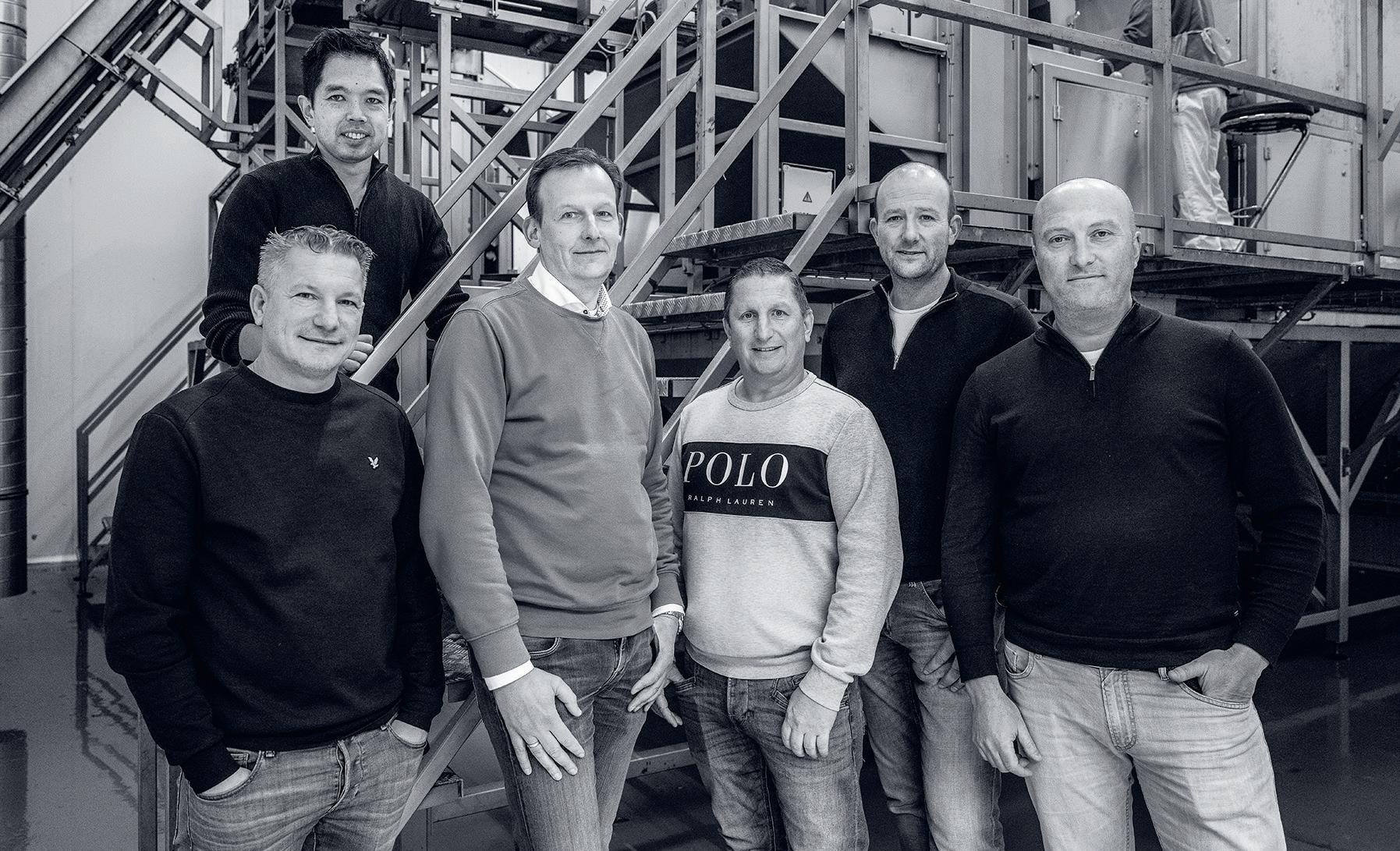
Two Dutch companies merge
“Our increased capacity opens
doors
in our overseas sales markets”
Smits Uien and Mol Fresh Food merged in early March. Cooperation between these Dutch competitors may not have been an obvious choice for everyone, but according to them, it is the perfect answer to joint expansion. “Our two family businesses have always done things their own way, and during negotiations, it became clear that we complement each other very well. We each have healthy foundations, but if you want to stay relevant, you must focus more on innovation. We saw that we could do that better together,” begins Johan Otto of Smits Onions.
Though this announcement was quite unexpected, it was preceded by a lengthy preparation. “The Smit family appointed me to see how we could further grow the business. That was always based on surviving as a stand-alone company. That obviously applies to several companies, including Mol Fresh Food. However, the onion sector became increasingly challenging in the past two years. You cannot solve the cost increase and climate change issues overnight.”
“About 18 months ago, that prompted us to make a call to Mol Fresh Food, thus setting the wheels in motion. Both parties soon recognized the advantages, so talks began. That was quite exciting; everyone noticeably kept their cards close to their chest in case things went wrong. However, after a while, we found we had much in common: company visions, how we consider the product, and onion market developments. We could, thus, move forward,” says Johan.
It also turned out, Johan explains, that the two companies are very complementary. Nevertheless, for now, each will operate independently. “That‘s why we refer to it as a merger. It‘s not an acquisition; both companies will keep running as standalone for the time being. Then, we can gradually see where we can strengthen and learn from each other and how we might do things differently. That‘s how you start linking financial data. How do the different facilities run? Why does one perhaps run smoother? We‘re entering that phase, and there are lessons to learn. If, after some time, it seems it might be better to continue under one name, maybe one day we will. However, that‘s certainly not a must. Both companies have healthy foundations, and we can, therefore, take time to consider future possibilities.”
Thus far, that is not on the agenda, and Johan reckons this merger will allow the two companies to become all-around
83 AGF Primeur 4 • 2024
Onions
Remon Smit, Hoi Ming, Anthonie Mol, Emiel Smit, Rene Mol und Johan Otto
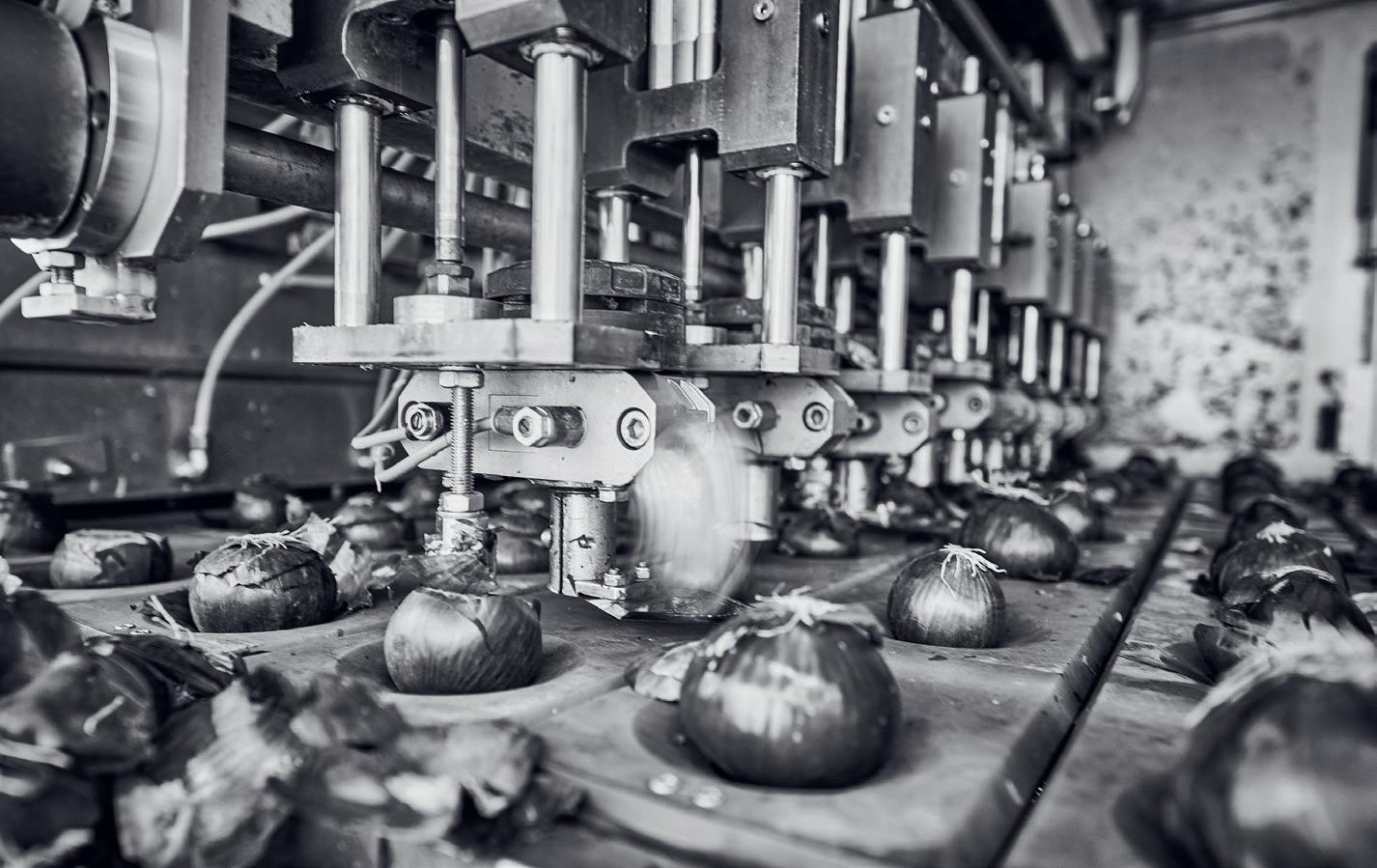
suppliers to their customers. “We each have our specialties. Mol Fresh Food is especially very strong in cleaned onions, of which they supply 80% to the industry. We process onions and supply 90% to the food service sector. We can, therefore, strengthen each other. Many clients want both peeled and cleaned onions and would rather not have to go to multiple
suppliers. We want to provide that. That may have less impact in the Netherlands, but there are many opportunities for it overseas,” he says.
INCREASED PRODUCTION CAPACITY
Johan sees potential new sales markets, too. “Mol is primarily oriented towards the Netherlands, but Smits already sup-
plies customers in Germany, Belgium, and Scandinavia. We‘re also working on pilots in France and England. Involving Mol in these will add to the possibilities. For example, our production capacity will increase by 40%. Also, by having two locations, we can look at further expansion. Mol has room to grow further at its location, and we also have a network that can benefit from this. There‘s a nice synergy in that.”
“Some innovation comes into play, too. Then you have to think not only of material things like machines but also to what extent we can market, for instance, residual streams or other onion products. That‘s something neither company currently really gets around to. Yet, as you sell more volumes together and have more people available, you can start thinking about that. These days, our role towards our growers has also changed. We must pass on buyer feedback to them. We want to help them with things like the whole idea of sustainability and responsible cultivation. As independent companies, these were more of an afterthought. Under a larger umbrella, we can commit

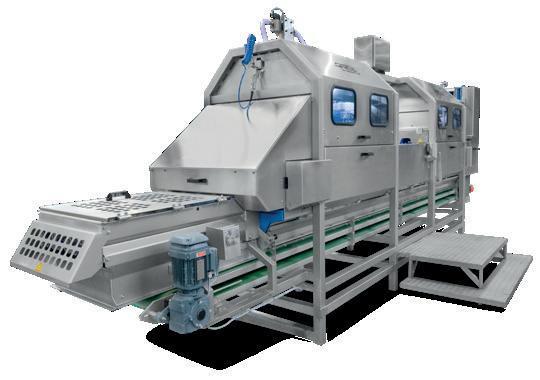
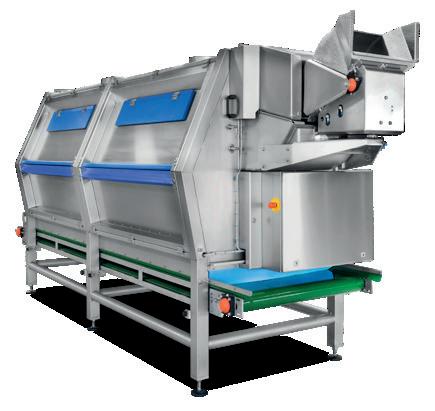
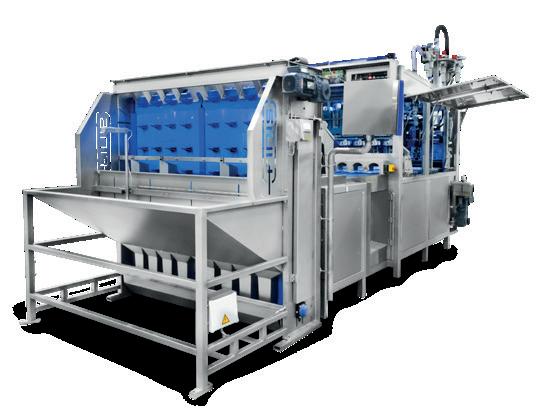
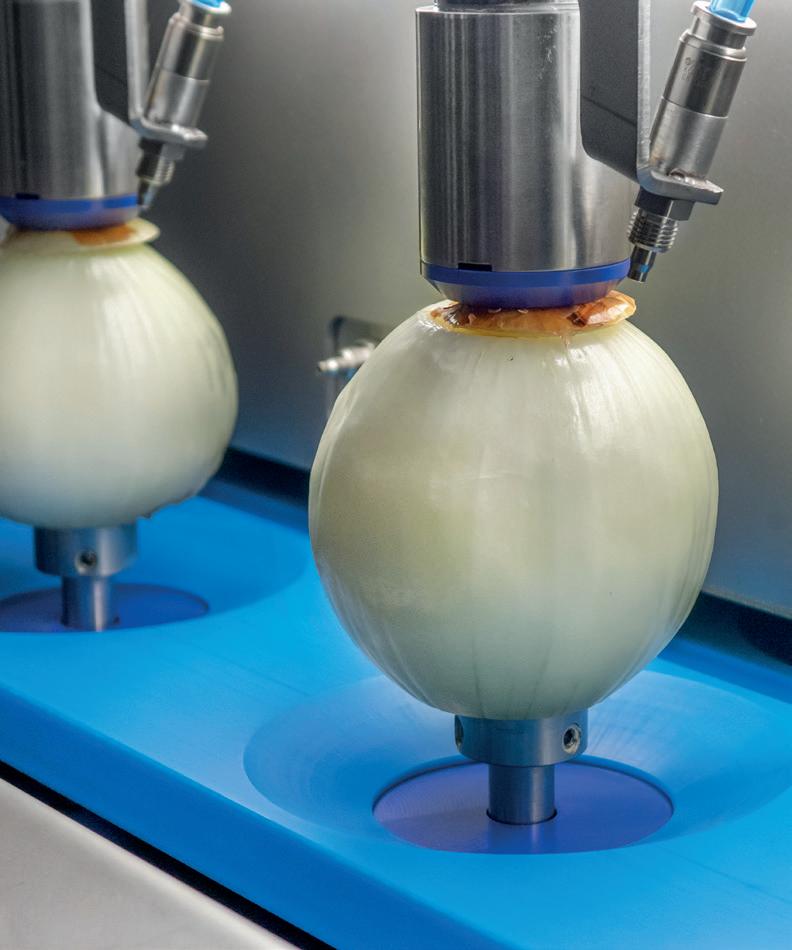
84 AGF Primeur 4 • 2024
Uien


to such vital sector sustainability themes,” says Otto.
CONVENIENCE IS HERE TO STAY
The two companies see a bright future despite increasing challenges in the onion sector. “Climate conditions and soil fatigue affect the Dutch onion harvest. The quality and quantity have been relatively lower in the past two years. That‘s where the shifts will be and where we‘ll probably eventually be able to focus more heavily together. Having now officially taken this step, the discussion dynamics have changed. We can now be open and harness each other‘s knowledge to face these challenges. That‘s something we‘re now going to look into.”
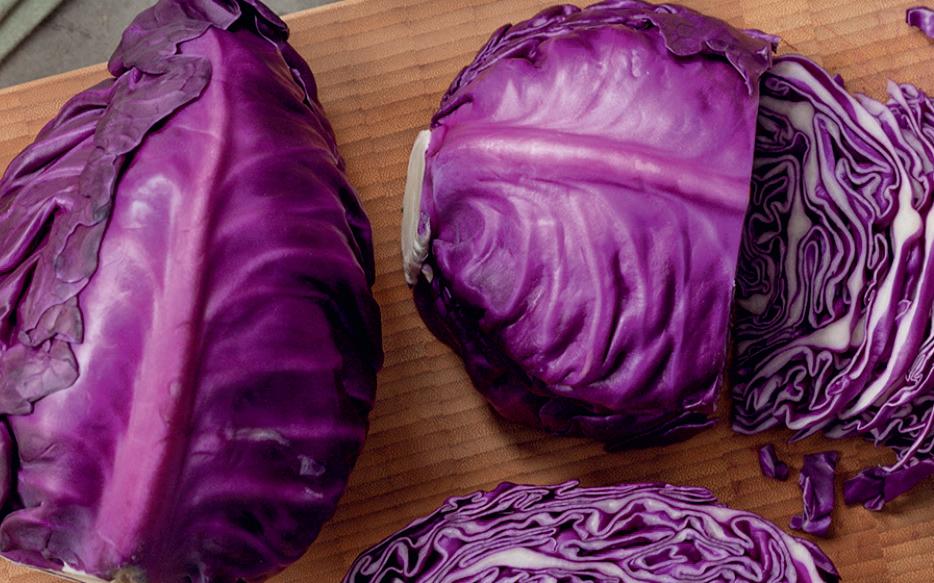
According to Johan, the sales side of things should cause little concern in the coming years. “The convenience market keeps growing—not only in the Netherlands but overseas, too, and that won’t collapse any time soon. People won‘t suddenly start peeling and slicing potatoes and onions themselves again. That expansion continues. You obviously won‘t reach the same level of craziness as during and right after the pandemic.”
“Then that market exploded, but by now, everything has normalized. Processed onion sales to households remain stable, and staff shortages are becoming more acute in the hospitality industry. That‘s very troublesome for them, but as a result, they no longer have anyone to do Mise-en-Place. Hiring someone to cut onions isn’t an option, anymore, so our product is, and will stay, essential. That offers a good starting point for the coming years, where we should make some nice steps together,” Johan concludes.
info@smitsuien.nl

Carl-Kühne Straße 7 47638 Straelen
T. 0049(0)2839 5689100
E. info@banafood.eu I. www.banafood.eu

85 AGF Primeur 4 • 2024
The solution for your success! Banafood
Services GmbH
Cold foravailablestorage 600 spots!pallet Violetti is a new oxheart cabbage with a special feature: its beautiful purple color. Violetti has both the soft, delicate taste of the oxheart cabbage and the rich hue of the classic red cabbage, so it’s the best of both worlds. T.B.&S. B.V. • Vronermeerweg 1 • 1834 AX Sint Pancras
+31
• M: 06-53498460
• www.violetti.nl Violetti, the best of both worlds! Uniquefeature: non‘bleeding’. Ideal for vegetable processors!
Tel:
(0)72-5642386
E-mail: info@spitskool.com
Developments in the vertical farming sector globally, and in Berlin

Recently, we visited a vertical farm in the outskirts of East Berlin. Backed by the Greenman Group, the startup is producing in what once was a car repair shop, and now retrofitted into a vertical farming facility.
VERTICAL FARMING IN THE HEART OF BERLIN
“Pricing and standing in the market as a new supplier, we are currently busy with bullet-proofing our daily production, as it‘s so important to balance out growth with brand identity. While targeting primarily B2B channels initially, we remain open to exploring B2C partnerships in the future, using the Greenman Group‘s extensive network,” says Bo Repplinger, Farm Manager at Potager Farm.
As of now, Potager deployed one ‘growth tower’ that is capable of growing leafy greens, edible flowers, fruiting crops and herbs. The team’s early trials have produced a yield of 1.67 kg/m2 of water spinach in 18 days (seed to harvest). The vertical farm method can speed up plant
growth cycles by up to 53% (dependent on the type of crop). Potager Farm is currently cultivating fresh herbs, lettuce, and edible flowers for the Berlin community. Soon, another three growing towers will be added to meet full production and demand of its customers.
Bo reflects on the journey of Potager Farm: “Planning the facility took over a year,” emphasizing the dedication and attention to detail invested in the project, with a building phase spanning six months. As a preparation to officially launch sales, Bo is rather optimistic about the future. “We‘ve been building relationships, visiting local businesses and giving free samples to chefs, restaurants, and the community,” he reflects,
highlighting the journey from concept to reality. At the moment, they are regularly supplying a handful of local restaurants and hotels and are currently in talks for some further business opportunities.
EDUCATING THE LOCAL CONSUMER
The ethos of Potager Farm revolves around transparency and community engagement. Bo explains, “It‘s quite common for everyone to import and export products, however, during Covid-19, it came to light how fragile our supply chains are.” Since the day they started, Potager has been pushing for local business and aiming to create a connection between local consumers and the farm.
“We want to set a good example and educate and inspire the next generation of environmentally conscious consumers. Potager Farm aims to serve the catchment area of Berlin, prioritizing partnerships with restaurants and hotels that align with their values”, Bo emphasizes.
86 AGF Primeur 4 • 2024 Vertical farming

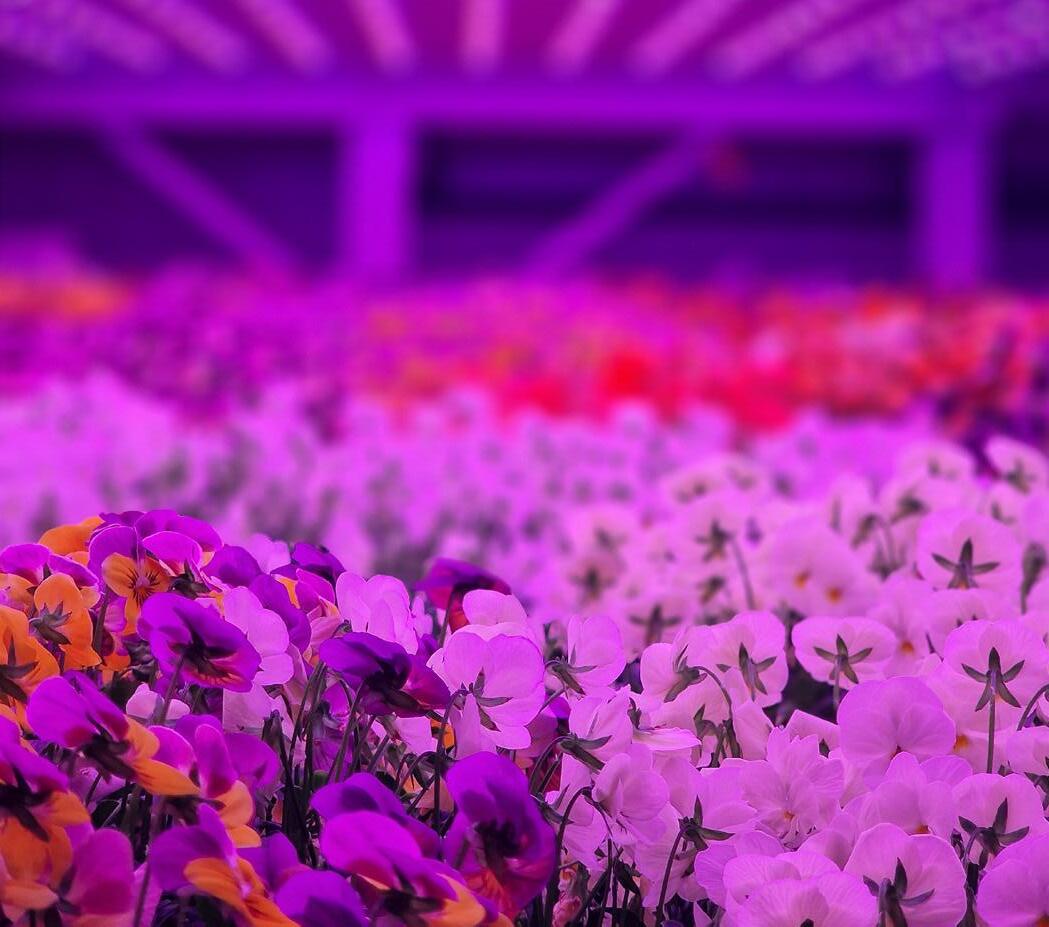
GLOBAL PROJECTS AND TRENDS
As the market is slowly picking up the pace again, new projects have been popping up across the globe. With a few markets in particular, Southeast Asia leads the way with several new farms under construction. The ‘hot pot’ of CEA at this moment, with fairly large projects in development and/or new ones being built.
European vertical farms are steadily operating, but not many new projects have been announced. With the UK at the forefront of leading the market with large vertical farming operations, the country is putting a lot of effort into the new farming method. Growers often say that they are facing growing export- and product quality issues.
HYBRID FARMING SETUPS
A growing trend is hybrid farms, as they seem to be popping up more frequently. A hybrid farm is the combination of

a greenhouse structure in combination with a multi-tier vertical farming setup and vertically stacked racks to maximize production and ultimately, save operation costs, avoiding high-energy consumption.
RETAIL
Let‘s not spend too many more words on it, but fortunately, Controlled Environment Agriculture is becoming more and more relevant to consumers due to the growing external factors that, every time, throw a spanner in the works. Especially in North America, retailers noticed that they cannot get around the fact that greenhouse operators and large vertical farms can provide premium, consistent and large volume quality produce. Yet, European vertical farms have not really closed that many significant deals in retail, as they often don’t have the capacity to meet the large supply numbers required.
Propagation in vertical farms
Especially in the Benelux and across Europe, vertical farms are increasingly used for the propagation of seedlings or young plants. Especially in the Netherlands, greenhouse growers swear by propagating their crops in these setups as they are more robust to either indoor, or outdoor cultivation afterwards, which results in a better end product.
87 AGF Primeur 4 • 2024

On Madeira, an island with not even half the surface area of Texel, an annual harvest of 25,000 tons of bananas takes place. 85% of this yield is directed towards the Portuguese market. Interestingly, this figure aligns closely with the daily consumption rate of the European market, which also stands at 25,000 tons.
In contrast, the Canary Islands boast a significantly larger landmass, yielding around 400,000 tons annually.

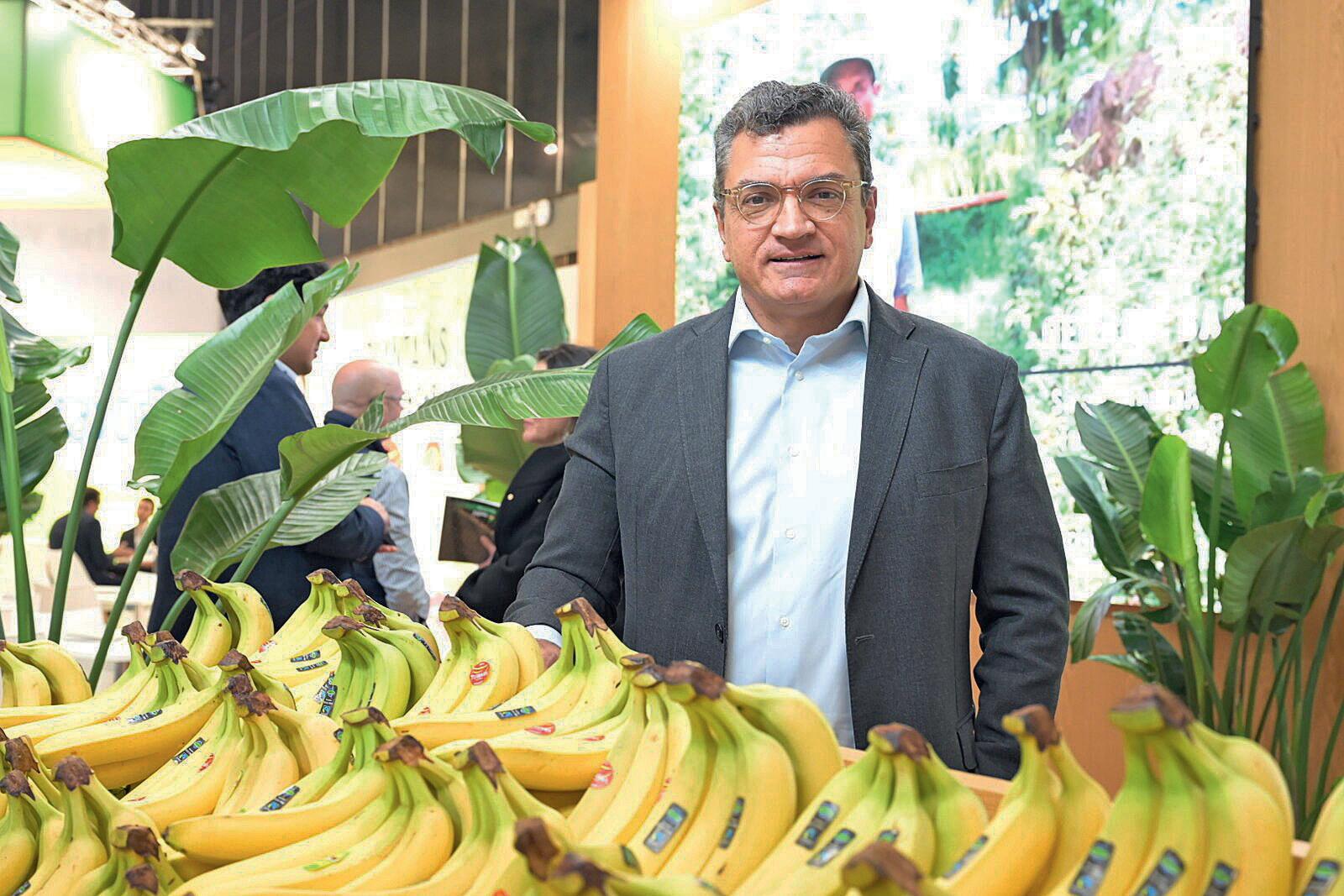 Manuel Laborde, Uniban:
Manuel Laborde, Uniban:
“Six extra cents per kilo would make banana growing sustainable”
“Bananas hold the position of a food item that is cheap and always available. However, the restrictions in terms of certifications, reduced crop protection, and living wage are the same as, for instance, avocados, which cost 4 to 5 USD per kilo. In bananas, we are not talking about money per kilo. That is something we need to address,” observes Uniban CEO Manuel Laborde, highlighting the single most important challenge in the industry.
Uniban, Colombia’s largest bananamarketer and export cooperation, warns that requiring compliance with an ever-increasing list of demands of human rights and environmental standards and at the same time reducing the price, is burning the candle at both ends. “People talk about food security and want to ensure that high-quality bananas are always available. However, if, from a
regulatory perspective, the tools needed to defend against disease are reduced, and additional certifications, as well as compliance with a living wage are required, achieving this at the desired lower price point becomes challenging.”
LOWER PRICE
“We were surprised by the fact that after working so hard on a living wage and cer-
tifications, having less tools to combat disease, the negotiations on pricing actually went down. Retailers were looking for a lower price.” He sees that the implications of that development are showing in the Colombian banana acreage: growers are increasingly making a different choice. “That way we lost 1,000 hectares of growers.” The CEO observes that, as growing bananas is usually more labor-intensive than, for instance, growing cattle, there also is a huge social impact connected to this matter.
“You will hear the unions say: help us protect our jobs. They are the best paid banana employees in the world. We are happy with that, as long as the grower, the owner of the plantation can survive. We are seeing that growers are beginning to switch up and that is a big prob-
90 AGF Primeur 4 • 2024 Banana

lem. Likewise, we are committed to the chain, but there are people who are not and if they choose to do something else or have the opportunity to sell the land well, we need to protect that from happening.”
Manuel sees that it has already led to the planting of 50,000 hectares of avocados while the banana acreage remained at the same 35,000 hectares since 1995.
PRICE DOES NOT REGISTER
Yet, the Uniban CEO deems the switch away from banana growing unnecessary given the market potential. Uniban, together with Fyffes, have done market research in both the US and Europe. “We have asked consumers whether they remember how much they paid for a banana. They don’t remember. It does not stick.” This outcome leads him to conclude that the low-priced bananas offered at the front of shops to attract consumers are not needed. “That is completely unnecessary. Bananas can also be put in the shops costing three more cents per pound, six cents per kilo and people would not know the difference. Six cents per kilo would add 1.08 USD to an 18-kilo box of bananas. That is a lot of money at the grower level. Six cents per kilo makes it sustainable, and that is a rounding error for most people.”
Despite being helpful, Manuel does not think Fairtrade bananas can solve the problem. “It is not just about a Fairtrade
certification. That receives an extra dollar per box and that helps. However, not enough Fairtrade sales are generated in the supermarket because some people prefer to choose the cheaper banana.”
EXPANSION
Although Uniban sees the potential, reality is a different matter, prompting expansion. “Our shareholders are our growers, so we need to be sustainable and profitable as a trading company.” This is the reason Uniban is starting to explore the marketing of avocados. “Of the recently planted 50,000 hectares of avocados, only 25,000 are currently in production. So, over the next four years, a massive number of avocados will start to become available. We want to be the vehicle for many of the mid-sized and smaller avocado growers to get to the market, using all of our capabilities and knowledge gained over the 60 years of our existence.”
One of those capabilities is the new port that is being built and is intended to be operational in 2025. “We will have Panamax capabilities and a 600-meter wharf, enabling us to accommodate almost any ship and offer faster routes to Europe and Asia.” Manuel thinks that the new port presents opportunities to European growers as well. “Of the 800 weekly reefer containers we ship out, 500 return empty from Europe. That means we could easily bring back, for instance, European
apples, peaches, citrus or even potatoes. In addition to export, we also sell bananas inside Colombia, which is a 50 million people country, with a significant middle class. Therefore, that infrastructure could also be obtained.”
LONG-TERM SUSTAINABLE RELATIONSHIP
It exemplifies the desired mutual relationship between Colombia and Europe, as the Northern European markets are Uniban’s main exporting markets. Notwithstanding the issues, Manuel also sees opportunities within that market. “This is a business, it has to survive. We need to make sure that we keep the machine running. And the best way to do it is with people that care about a living wage. It is important to be strong partners with Europe in having a coherent value sharing structure along the chain. The Northern European markets are our most important markets, and we expect to continue to grow with their brands and highlighting the origin in terms of labor. In the social responsibility profile, we can be a very good partner to all of Europe and the UK. We just want to make sure we close the loop on some of these things to be able to have a long-term, sustainable relationship.”
91 AGF Primeur 4 • 2024

José Hidalgo, AEBE:
“So far, only two European supermarkets have adopted the Fairtrade method as a benchmark for the price”
Living wage is an important topic for AEBE’s CEO José Hidalgo as well, particularly in light of the German Supply Chain Due Diligence Act that came into effect as of January 2023 and the upcoming European legislation on corporate sustainability due diligence. The acts require companies to research human rights and environmental impacts throughout the entire supply chain. Living wage is one of the aspects that require due diligence from buyers and a factor that Ecuador can offer compliance with, José mentions.
The Association of Banana Exporters of Ecuador (AEBE) mentions that in Ecuador, living wage compliance is reached through constitutional rights and national policy. “In 2023 the global living wage coalition, which has a benchmark of methodology, established the living wage for Ecuador to be 489 USD per month. The national salary dictated by the government was fixed at 562,5 USD (450 USD + 13th 37.5 USD + 14th 37.5 USD + Reserve funds 37.5 USD). So, this exceeds what the Global Living Wage Coalition has established.”
PREFERENCE FOR THE USE OF ONE METHOD
While in Ecuador living wages are embedded in the constitution and national policies, other countries may have other methods, such as bargaining, José says. But he concludes that no matter how living wages are reached, the important factor is that it is integrated in fair banana prices, and sees the Fairtrade method as a useful instrument for that. “Within fair prices, we have insisted the last two years that there is already a transparent methodology. It publishes the cost structure of
each country in general and involves various stakeholders within each respective country.”
José sees that so far only two European supermarkets, Aldi Süd and Sainsbury, have taken the Fairtrade method as a benchmark for the price. “No other supermarket has tackled this issue. Other retailers have been opening other initiatives for sustainable purchasing practices. That is going to take time and a lot of discussion, but we already have one method to apply and one case where it has already been applied for one year. So we need more retailers to commit to what is already available and expedite compensation, addressing the concerns raised by the producers.”
OVERLAPPING CERTIFICATIONS
Another challenge that European retailers will need to address is the overlapping certifications, José mentions. He concludes that there are many different ones and if an exporter has differ-
92 AGF Primeur 4 • 2024 Banana
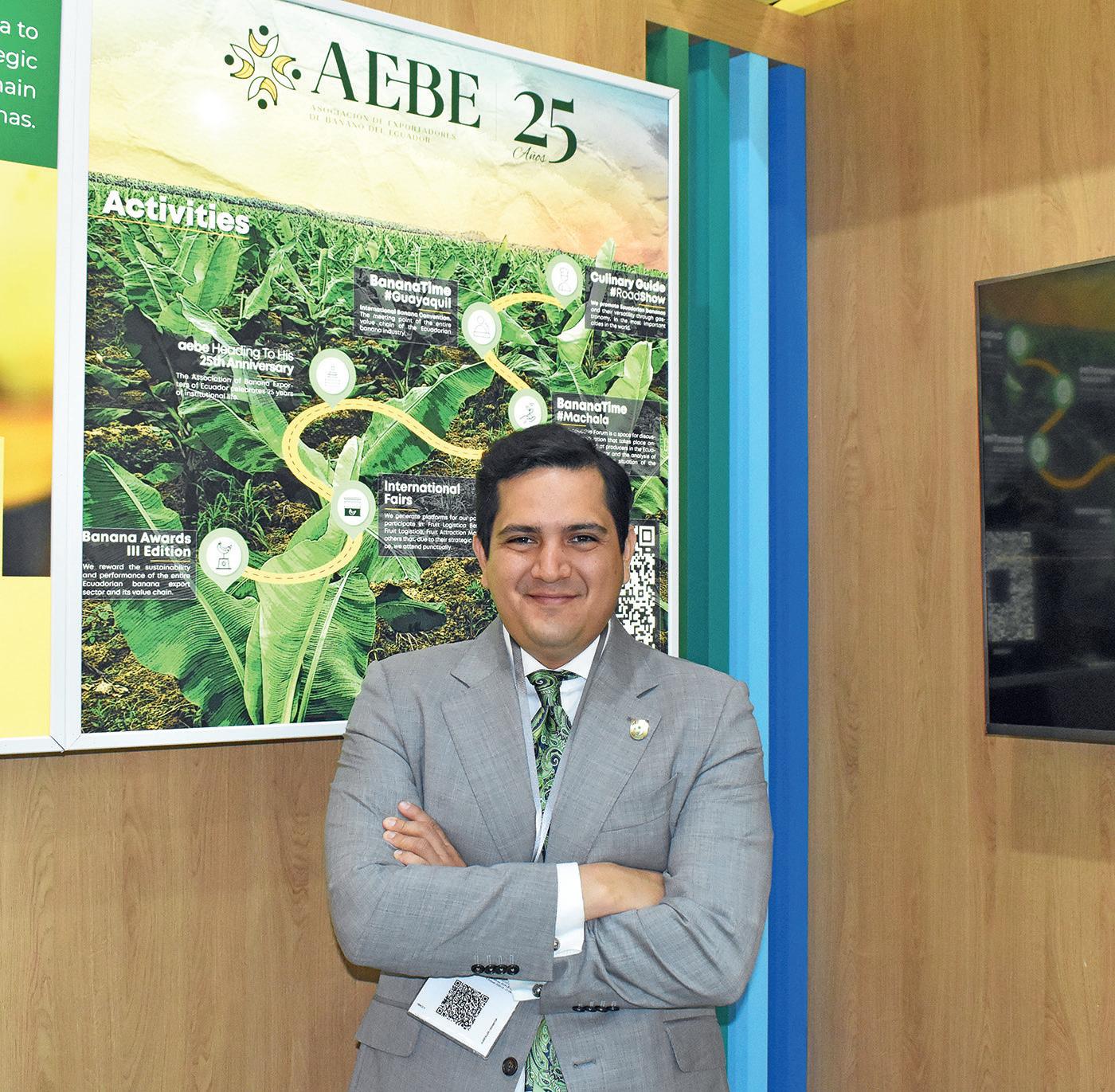
ent customers in the EU, all of those certificates are necessary. “We analyzed all these schemes within the farm management system, the traceability, crop management, social and environmental
part. That covers nearly 70 percent of all the schemes and 60 percent of them are overlapping, resulting in up to 29 days of audits if we sum up all the schemes.”
Security concerns for Ecuadorian workers
For Angel Rivero, President of Fenacle - one of Ecuador‘s trade unions representing more than 25,000 autonomous farmers and employees - the living conditions of the workers and their families are always at the forefront of activities. And he sees that it pays off. “Working conditions have improved significantly compared to decades ago, thanks to the ongoing efforts of the trade unions and the workers”
For instance, since 2007, child labor has been significantly reduced. According to the United Nations, now 98 percent of all Ecuadorian children attend school. “That is a big result in a Latin American country.” Other improvements include collaboration with public institutions on food safety legislation, guidelines for more sus-
tainable practices, and the formulation of workplace safety guidelines in collaboration with FAO.
One of the pending problems that concern Fenacle is the security in Ecuador, mentions Angel. “Originating from criminal organizations and drug traffickers, workers and companies receive death threats. Some time ago, a worker from a big company was killed to show the seriousness of the situation. This is done to create a situation of fear. It is a big concern among companies and workers. Both are victims of this situation.”
Angel mentions that Fenacle is flagging the matter with the authorities, and he is pleased to see that following the elections,
The CEO notes that it hinders effective and competitive processes for the banana producers in the export sector and calls a technical commission to work on a harmonization process. José hopes the matter can be settled during the World Banana Forum, later this year in Rome, as it could considerably alleviate the administrative burden of growers and exporters. “We comply with everything the retail and certifications ask, but when you are over certifying and overlapping in the process, it is tiresome, and it costs too much.”
Yet, it is Ecuador worth a lot to solve this matter as Europe is a large export market. “With more than 29 percent, it is our first market. For us, going to the European Union is one of the biggest objectives. Of course, in the framework that I have mentioned. We need to be recognized,” concludes José.
mlaborde@uniban.com.co ahidalgo@aebe.com.ec
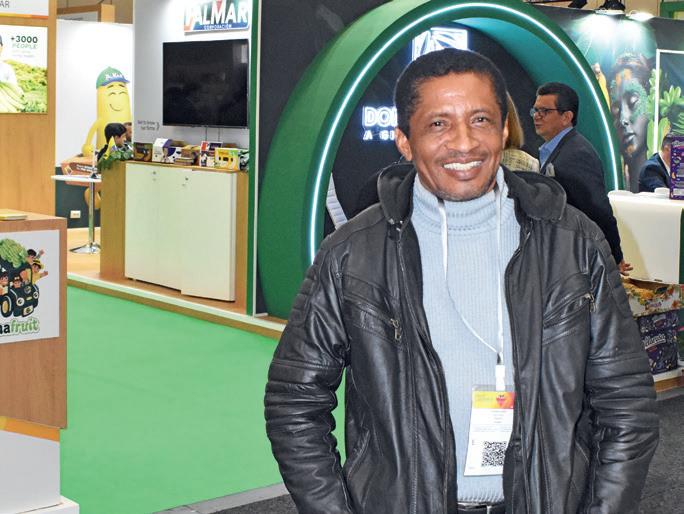
the government under the new president is taking steps to improve the situation. “Now it can be seen that the government is taking a stronger position to fight this, and it is delivering results. Both in terms of seizing drugs and arresting criminals,” Angel concludes.
gelarrivero@yahoo.com.ar
93 AGF Primeur 4 • 2024
Angel Rivero
José Hidalgo von AEBE









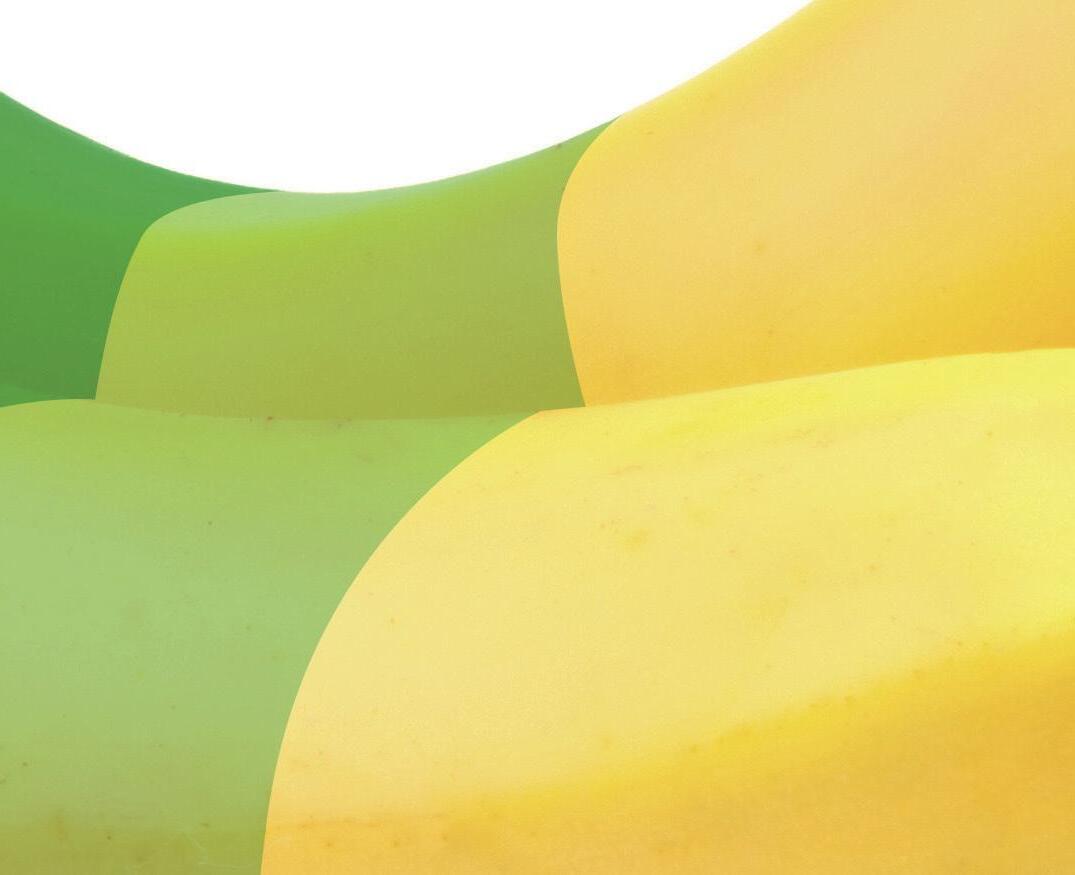

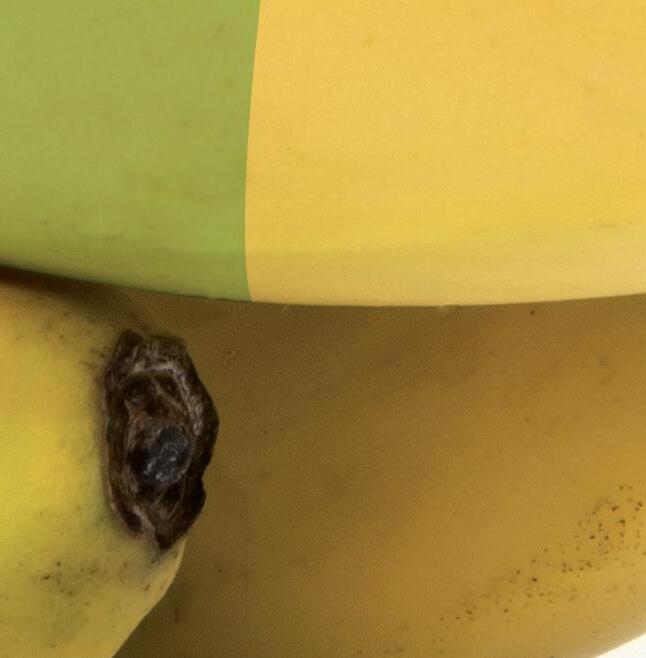



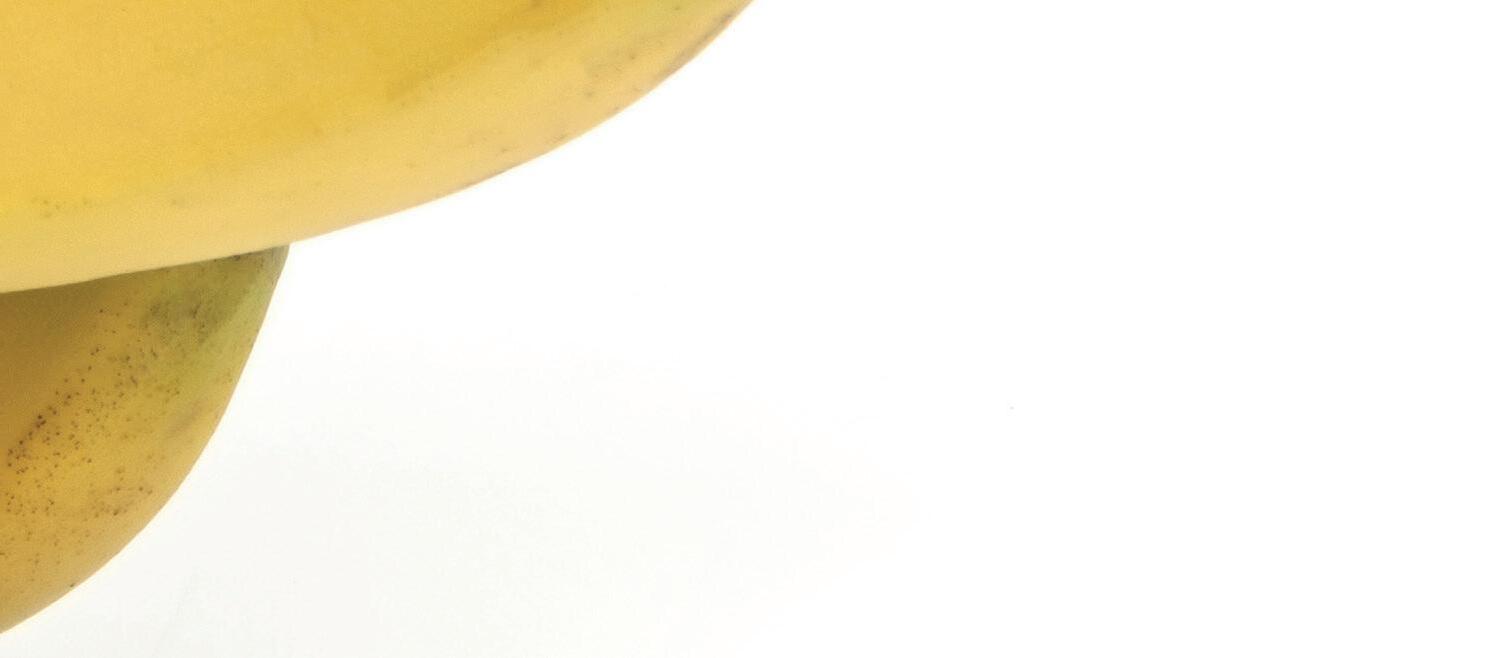
BRINGING SPACES UNDER CONTROL .
Quality equipment is a precondition for optimum results in fruit cooling and ripening for a wide range of exotic fruits and bananas. Perfectly insulated fruit ripening rooms ensure satisfactory performance BG Door has developed a superior range of gas-tight doors and ripening room equipment using high-grade materials and seals. A thorough assessment of your requirements enables us to prepare an exclusive tailor-made design for your facility. Making sure you’re always in control of your ripening.
Searching for control? www.bgdoor.com
ALWAYS IN CONTROL OF YOUR RIPENING.
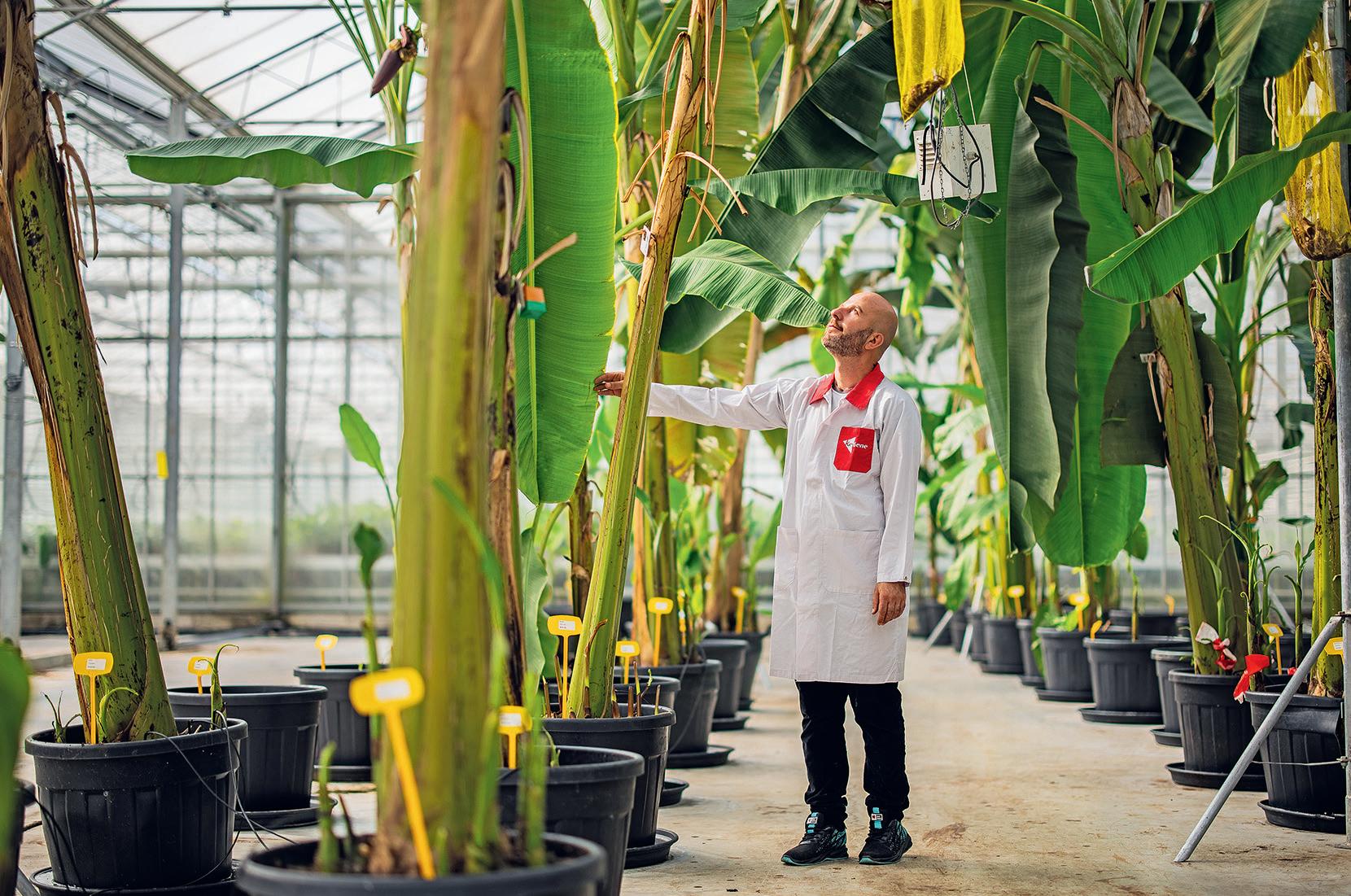
Yelloway — a Chiquita, KeyGene, MusaRadix, WUR partnership:
“The banana‘s future lies in genetic diversity”
“Permacrisis is an apt term. It accurately describes the world we‘ve found ourselves in since 2020,” begins Peter Stedman, Director of Sustainability at Chiquita. He was a speaker at a presentation titled, ‚How can banana supply chains survive the permacrisis?‘ at the recent Fruit Logistica. With that description, Peter refers to the many challenges facing the banana sector.
Those are due to the impact of climate change and the changing world. Peter sees creating more value from fewer resources as the way forward. “Things must be more efficient; with less waste and a lower carbon footprint. We must use less water and nitrogen. This combination is the only way we can do our part to keep the worst of climate change and the ongoing permacrisis at bay.”
Peter admits that waste is one of the focal points in that process. “If we eliminate that from our operations — from retailers and consumers — in the Chiquita supply chain alone by half, it would reduce CO2 emissions by about 125,000
tons. That‘s significant. Our operations cause around one percent of waste, but we don‘t want to waste a single banana. Retail waste is roughly six times that, and consumer waste is even greater,” he says.
DECARBONIZATION
Decarbonization is another factor. Chiquita thus launched its 30by30 goals: reducing 30% of scope 1 and 2 CO2 emissions by 2030. That includes logistics, where container use is vital, says Stefano di Paolo, President of the Great White Fleet, Chiquita‘s logistics arm. “We‘re the only banana company that’s fully containerized,” he says. That is important because container ships can move more

volume than reefer ships. “Our containers guarantee the lowest possible emissions by age, and we‘ve cut our energy consumption by about 35%.”
DISEASES
Peter touched on another major topic: Cavendish bananas‘ susceptibility to Black Sigatoka leaf mold and TR4, a strain of the Fusarium fungus. It can destroy
95 AGF Primeur 4 • 2024
Banana
Peter Stedman, Chiquita

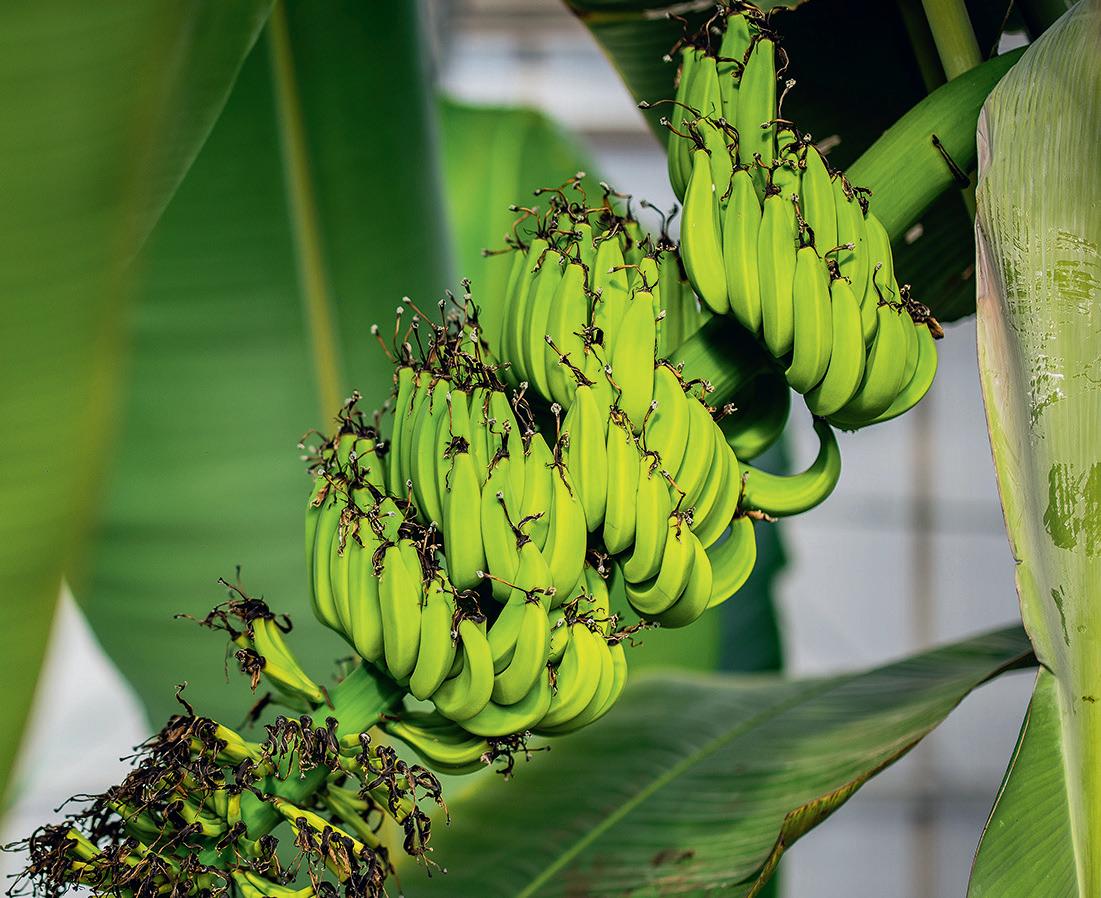


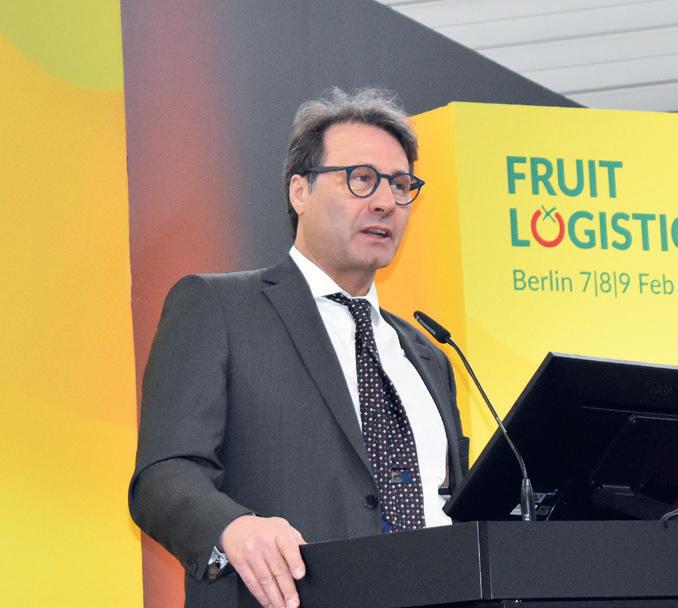
plantations and remain active in the soil for years. “That‘s undoubtedly a key issue that will affect our business core over the next 10 to 15 years,” he explains, adding that TR4‘s presence has been confirmed in three Latin American countries. “You can, however, not detect that during the first two years after infection.” The director of sustainability expects TR4 to significantly impact supplies in the coming decades. “There are no commercially viable treatments, and its presence means — unless it‘s contained — the plantation must cease production,” says Peter.
WASTING MONEY
Andrew Biles, Chiquita Executive Board member and former CEO, adds that Black Sigatoka is already having a major impact. “We probably spend about $90 million a year to protect against it,” he says. Gert Kema, professor of Phytopathology at Wageningen University, agrees it is a serious problem. “Black Sigatoka is highly versatile, adapts easily, and builds resistance to plant protection products. Growers in some countries use fungicides 60 to 70 times a year to contain it. That‘s more than once a week. But the fungus adapts to those agents. So, no matter how often you spray, you won‘t ever get that disease entirely under control.”

96 AGF Primeur 4 • 2024
Banana
Stefano Di Paolo, Great White Fleet
02534 977540 02534 977541 rg@paris-direkt.net www.paris-direkt.net Paris Direkt GmbH Lise-Meitner Straße 7b 48161 Münster Deutschland International mushroom trade
Gert Kema, WUR

The presence of these significant banana diseases forces Andrew to conclude that the banana sector makes many short-term decisions, while these issues require a long-term approach. “Research isn‘t about the short term; it‘s about the long term,” he explains. That‘s why Chiquita is joining forces and forming a longterm partnership called Yelloway with KeyGene, MusaRadix, and Wageningen University and Research (WUR). “We‘re part of a 10-year program to develop new bananas resistant to TR4 and Black Sigatoka.” Peter adds, “this gives us the best hope to fight these diseases, but also to adapt to climate change and other environmental risks on the land we currently farm.”
STRATEGIC DIVERSIFICATION
According to Gert, genetic diversification is the answer to these questions. “If you look at any other agricultural production chain, most crops have varietal diversity. Bananas don’t. Cavendish isn‘t bred; it‘s a clone of what was found 100 years ago in a tropical forest and probably domesticated thousands of years ago. We‘re, in fact, eating wild clones, and 95% of the export market consists of a series of clones of that same variety,” he says.
That is partly why Chiquita has joined forces and chosen strategic diversification. “Bananas are a crop breeders have hardly touched. So, if you start breeding and bringing all that technology, there‘s a lot to gain. And yes, you can breed bananas.” Cavendish is a triploid variety, which means it is a sterile plant. “That complicates things. But the wild varieties are absolutely fertile. You can inbreed them and generate populations. The banana‘s future, therefore, lies in genetic diversity,” Gert points out.
He explains that a genomic database, that shows what the Cavendish banana‘s building blocks are, has been established. “We have all this information and know

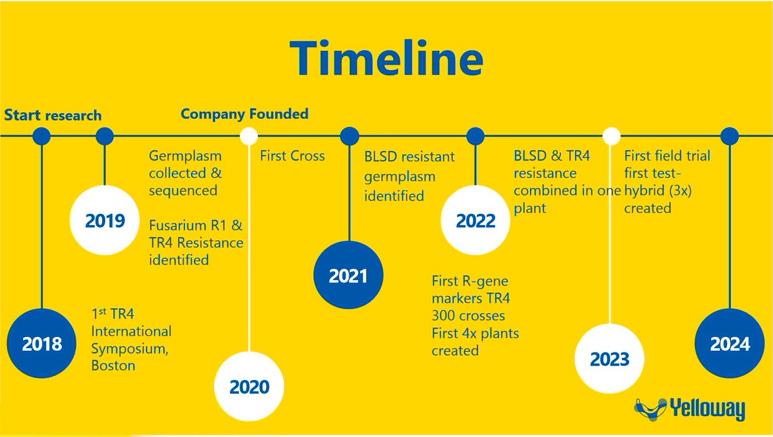
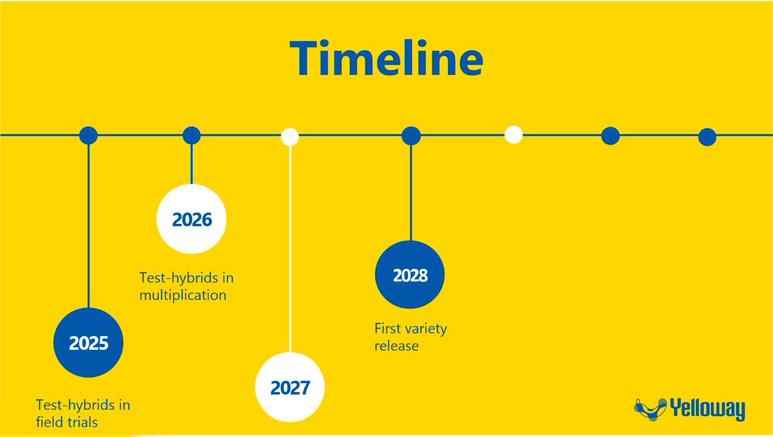
the structure of the Cavendish genome. So, we can design mutations that are very close to or even better than Cavendish,” Gert admits. “They must have improved productivity, flavor, and disease resistance.” Still, the goal isn‘t to fix Cavendish and cross into Fusarium or Sigatoka resistance. “We want to breed and develop diverse materials that outperform Cavendish.”
Gert adds that field trials with parental lines began last year, and by the end
of this year, trials will continue with the breeding program‘s initial results. “We’re genuinely well on track; we‘re a year ahead of our predicted timelines,” he concludes. The first Yelloway program variety should be released in 2028.
97 AGF Primeur 4 • 2024
Andrew Biles, Chiquita

Karlsson Port, Port International, on the demand for bananas:
“Sales are still moving, although it is mid-April with warmer weather”

“It is quite turbulent. We have had some big delays with the shipping lines, for a couple of months already. Some ships are even delayed for more than a week. The period around February and March is the typical time for bad weather on the oceans, but the impact has been even greater because of the Panama Canal. That obviously brings greater restrictions, and the two factors together have led to some serious delays. The situation has obviously resulted in undersupply here in Europe, which also typically leads to higher prices on the spot market.” This is how Karlsson Port, managing director of Port International Bananas & Organics, which focuses on the import of fruits and vegetables, interprets the banana-market in mid-April.
Where
the spot prices are higher, Karlsson sees that this also goes for the demand. “Sales are still moving, although it is mid-April with warmer weather.” The director notes that while the peak season for banana demand is usually January and February, this has not been the case this year. “It was quite strange that during this time the prices remained at a low level. That shifted a bit to March and April. Now we have the prices that we normally see in January in February. This is the consequence of the delays we had, but also of the good overall consumption of bananas in the past weeks, not only in conventional but also in organic Fairtrade.”
ORGANIC AND FAIRTRADE ON THE RISE AGAIN
Karlsson notes that organic bananas are interesting again. “This is partly because the prices are more interesting again. Last year was a tough one for organic and Fairtrade bananas due to inflation and high sales prices. This year the organic-Fairtrade prices dropped, so those bananas are being consumed more than last year, which is obviously helping to boost sales.”
Although Karlsson sees the delays are getting back to routine more and more, he still thinks of the Panama Channel, just like the increasing weather extremes, as one of the biggest challenges. “With potential disruptions due to the Pana-
ma Channel, shipping remains a high risk that will challenge us throughout this whole year.”
MORE STABLE POLITICAL SITUATION IN ECUADOR
Due to the delicate security situation, banana supplies from Ecuador have been a challenge, says Karlsson. “The problems with the safety issues are getting better, it’s not as bad as it was last year. The actions the government has taken seem to be working. The situation appears to be more under control than before, which also means that traffic and imports of Ecuadorian bananas are more stable. That is indeed good, obviously for the supply, but mostly for the farmers and people living there.”
All the challenges in the banana supply chain are prompting Port International to rethink its portfolio. “The opportunity that we have for the future is to diversify in terms of origins, so whenever we experience trouble with one origin, we have built up another already to compensate. We have a good portfolio of banana countries to be able to supply the customers with good quality bananas on time. Diversification is a really big opportunity for us in general and allows us to limit the introduction of possible risks into the supply chain.”
99 AGF Primeur 4 • 2024
Banana
Port International stellt fest, dass die Preise für Bio-Bananen gesunken sind und der Absatz gestiegen ist
BINDING PRODUCERS IN EXCLUSIVE PARTNER FARMING PROGRAM
That is why Port International is directing its focus on developing long-term relationships with producers. “The aim of our new Exclusive Partner Farm Program is to bind producers – banana or other produce – to us in a long-term strategic partnership. We market their produce and give them a clear vision of the volumes that we need. We are also strengthening the partnership to further develop the important actions we need to take in the supply chain in terms of social responsibility, living wages, environmental projects – which is a big agenda point for us. It’s a win-win situation: we are the only ones to receive the produce and the producer can develop projects, together with us, to be attractive to the customer and the end-consumer – and this is where, in the end, also our customers profit. So far, we have established more than 10 exclusive partners in Germany, South-America, Spain, Hungary, Austria etc.”
Karlsson@port-international.com
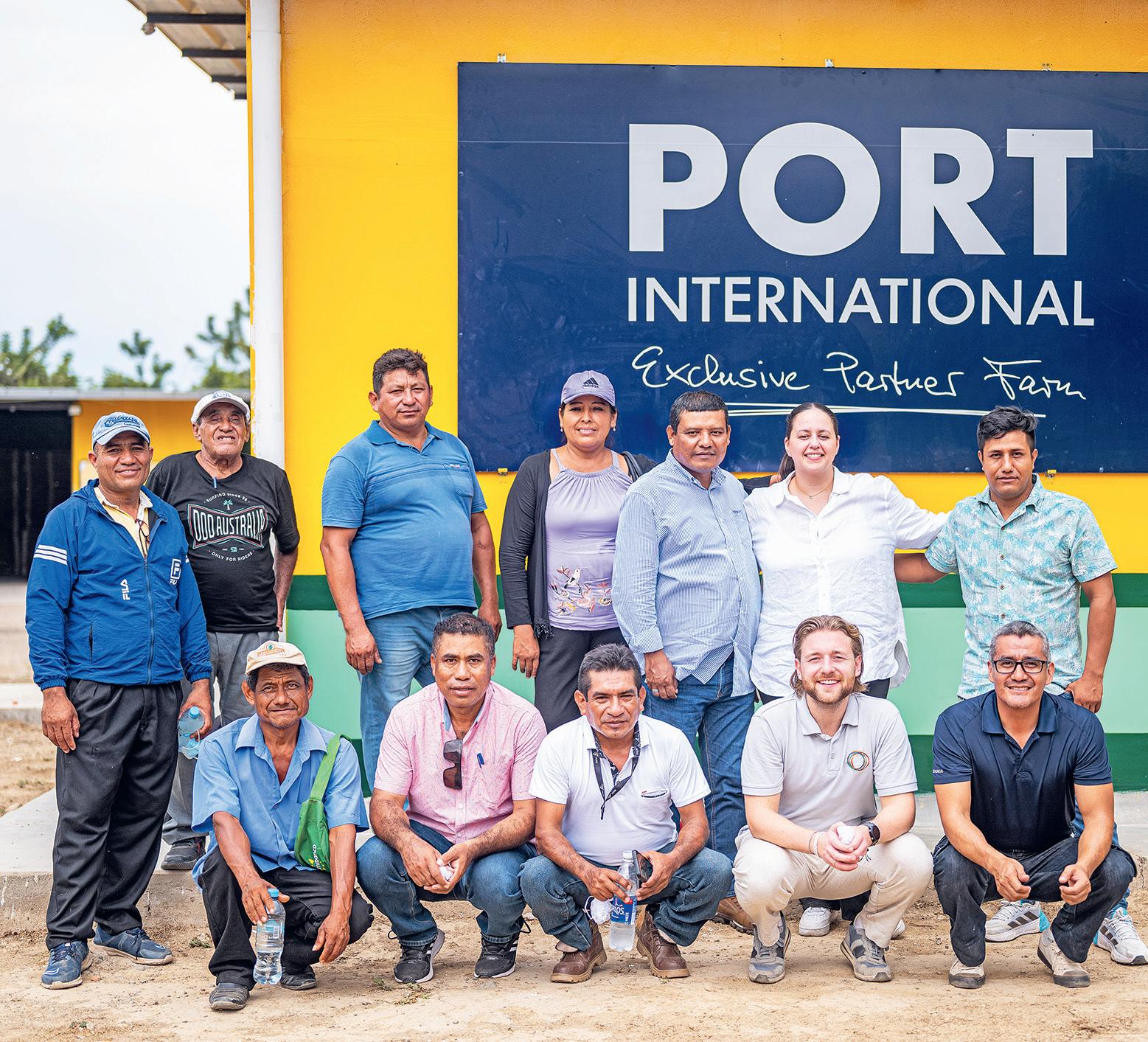





































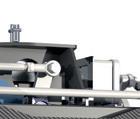



















100 AGF Primeur 4 • 2024
Banana
up to 50 bags/minute symach.nl/en/ T: +31 (0)115 685625 Designing & Manufacturing Packaging & Palletizing systems The specialists in palletisers for the agricultural sector Consistent, reliable palletizing patented technology
Mit dem Exclusive Partner Farm Programm verpflichtet sich Port International zur Entwicklung langfristiger Beziehungen mit den Erzeugern
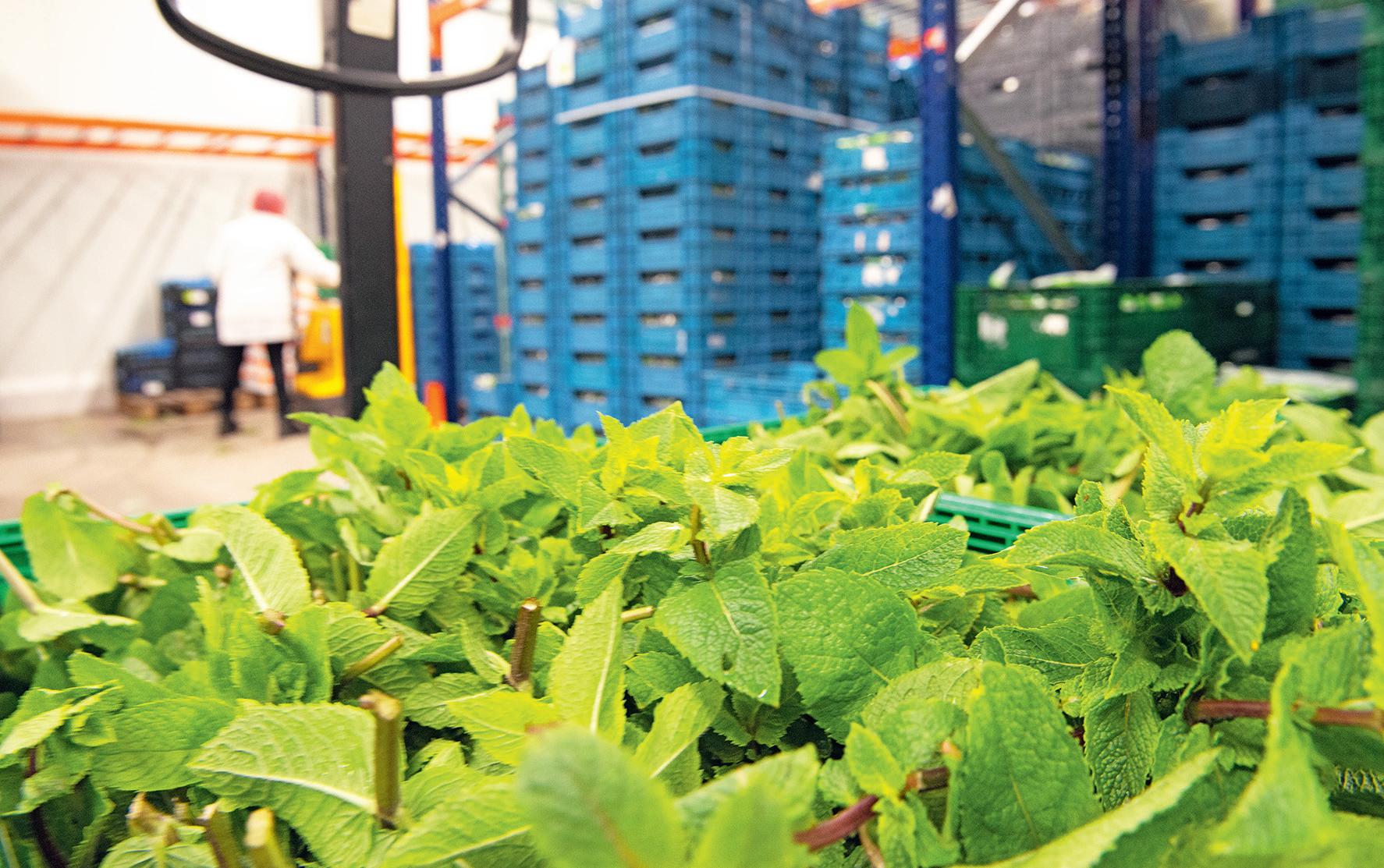
Vacuum cooler gets Taste Up herbs all over the world
“When it comes to our clients in Asia, guaranteed quality is essential”
Fresh herbs and edible flowers are enjoying a rise in popularity. Chefs and home cooks love using them to add an extra dimension to a dish. For the Flemish cultivation and trading company Taste Up, that means greater demand in Belgium. Its exports have also boomed in recent years. That prompted this young company to invest in a new vacuum cooler. “A lot can happen when exporting to distant destinations, like the Middle East and Asia. This cooler guarantees quality during transport,” begins Jorne Leemans.
What started as an open-field farm and a range of local vegetables like parsley, carrots, and celery, transformed into a trading company some seven years ago. It focuses on fresh herbs, lettuce varieties, and edible flowers. Taste Up supplies these through its private label to the food service sector, greengrocers,
wholesalers, and retailers. “We want to use this freshness to stand out as a young, vital company, and want to keep developing in this important segment,” says Jolien Vanden Berghe.
Taste Up grows its own supply, but also imports products. “We offer local-
ly grown cress and chervil year round; the other herbs and edible flowers from our cultivation are available in the summer. Outside those months, we supplement them with products from our partner growers within and outside Europe.” Taste Up has, thus, expanded its local market share in recent years, but the export market is also becoming increasingly important.
VACUUM COOLER
According to Jorne, properly tackling that part of the trade is vital. “Freshness is essential in the herb segment. You work with very fragile products, making getting everything to customers in the right condition extra challenging. The Middle Eastern and Asian retail markets are important for us. Then, you use air trans-
101 AGF Primeur 4 • 2024
Fresh herbs

port, where the temperature fluctuates tremendously. It‘s important to consider that and respond as well as possible to any setbacks in transport,” he says.
The company has done that by investing in a new vacuum cooler that cools fresh produce from field temperature to about 2 °C in 15 minutes. “That not only safeguards quality but also enables fast logistical handling of large quantities of product.” The device, particularly suited to herbs, edible flowers, and leafy vegetables, is unsuitable for larger crops.
That makes it ideal for Taste Up. “We noticed that quality issues could still arise. The outside of a pallet might be the right temperature, but it can be problematic if a product‘s core isn‘t sufficiently cool. That isn‘t good for us or the customer. The vacuum cooler is now fully operational, and although it‘s a learning curve, our detailed approach is perfectly suited to this treatment,” says Jorne.
CUSTOMIZED APPROACH
Taste Up wants to differentiate itself with this customized approach. “Because of our long background as growers, we have a huge assortment, which few can match. However, we don‘t do bulk deliveries. Because we‘re in the Belgian market, which is traditionally somewhat smaller than, for example, the Netherlands, we‘ve started focusing on customized deliveries. We supply a mix of different products per pallet, and our clients in Belgium love that. This way of working is
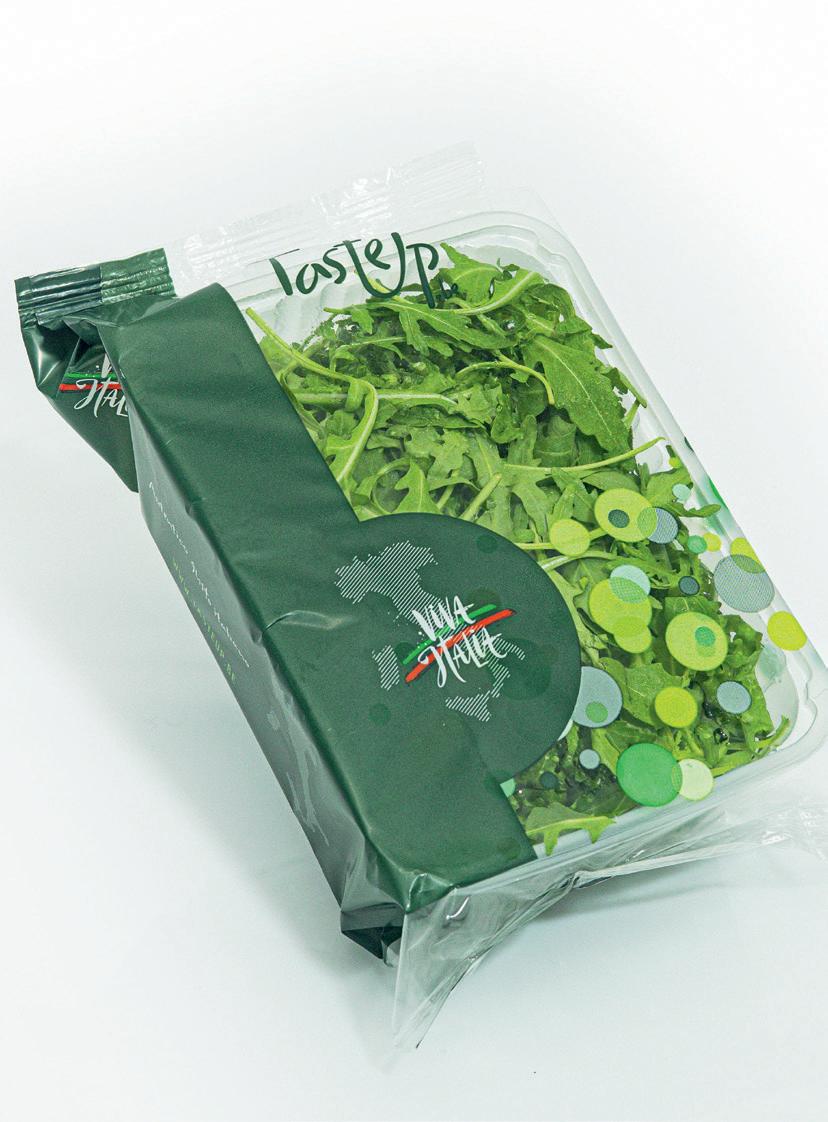
catching on in the Asian market, too. So, that‘s become a nice market for us over the years.”
That is a market on which the company wants to increasingly focus. “The local market remains paramount, and we‘re still expanding there. But Asian retail offers great potential. They appreciate the Belgian quality we can guarantee, and for us, it‘s a nice spread of risk. Consider, for instance, the pandemic when many markets suddenly closed down while others became very challenging. Then it‘s crucial to ensure you can shift gears. With the new vacuum cooler, we can react even better,” Jorne explains.
CLIMATE CHALLENGES
According to Jolien, the seasons primarily determine the different demands. “I think our quality is distinctive, contributing to people‘s willingness to pay premium prices for these herbs, flowers, or leafy vegetables. For the different markets, we, of course, look at different products, such as Moroccan mint, when it‘s in season. However, everyone has to deal with the climate. It sometimes happens that the plants store temperature fluctuations at an early stage. That leads to reduced aromas or a limited shelf life. With the vacuum cooler, you can slow down that process, allowing you to store the herbs perfectly for longer,” she says.
“And that‘s important for our partners in Asia,” adds Jorne. “Retailers want to be able to offer the total assortment year-
round. These days, buyers expect that continuity, and they, in turn, convey that to their customers. This step lets us guarantee that. Everything‘s selected for quality; whether it‘s imported or locally grown. We can, thus, monitor the entire process because we grow, import, pack, and ship ourselves. That‘s how we want to keep making strides in our relationships.”
So far, Taste Up is optimistic about the future. “We had a busy end-of-year when the classics are still the most sought-after products. Then comes spring and sunny days, when chefs and home cooks feel like trying something new. Wild garlic, for example, is in season and in great demand. All our products are, thus, now finding their way to various customers,” Jorne points out.
He and Jolien dare not yet say if there are any expansion plans. “We‘ve recently updated all our machines, set up new lines, and invested in innovations. That‘s finally all done and up and running. We can now fully focus on our cultivation in the summer. For now, we‘re going to work on that and on expanding our retail, wholesale, and early market relationships. We‘re ready for another great spring and summer season,” they conclude.
info@tasteup.be
102 AGF Primeur 4 • 2024
Fresh herbs
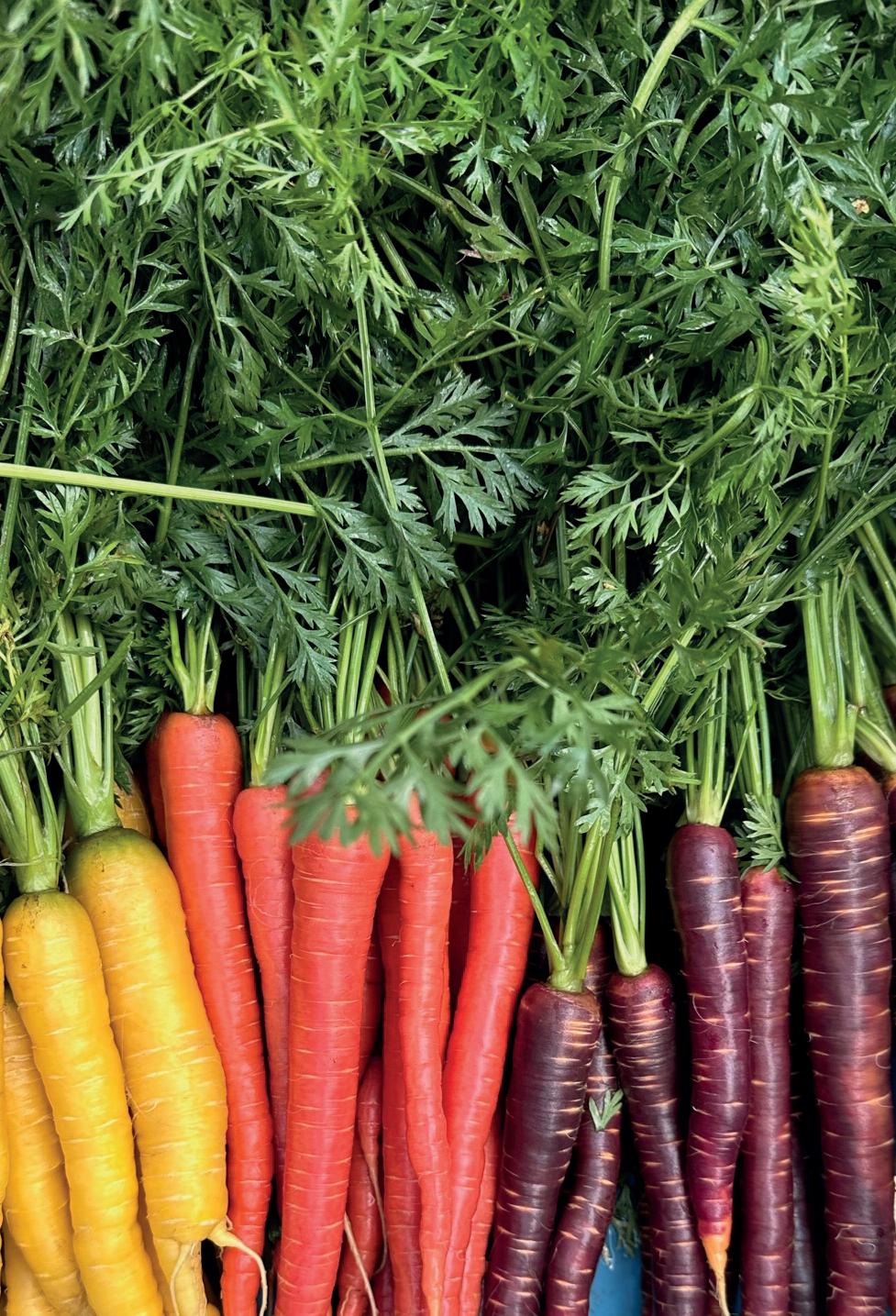

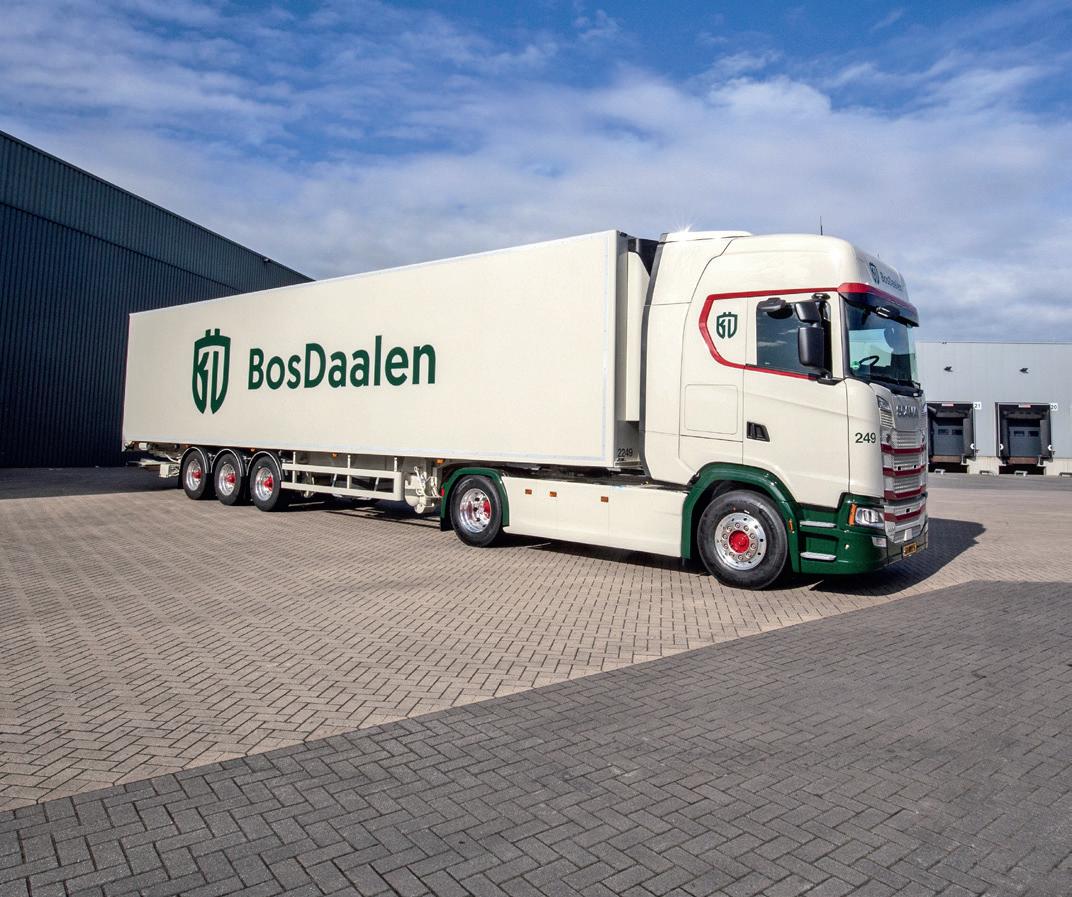




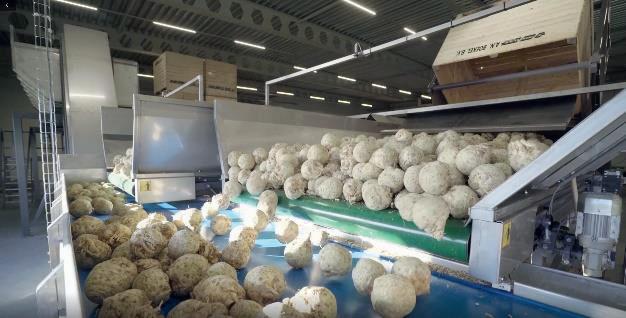


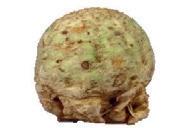

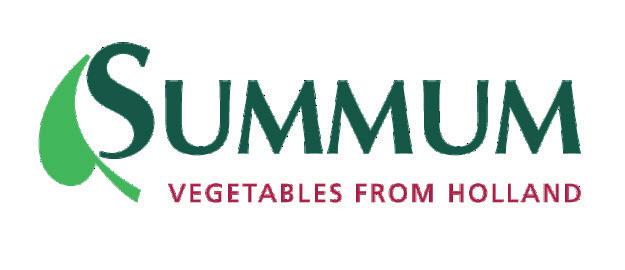
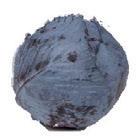
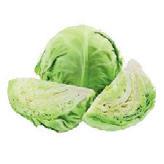

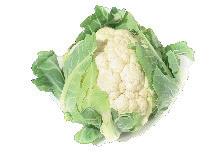
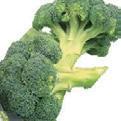


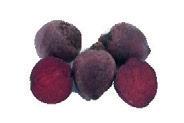
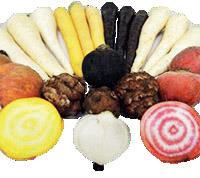



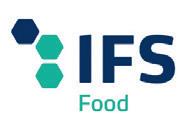

































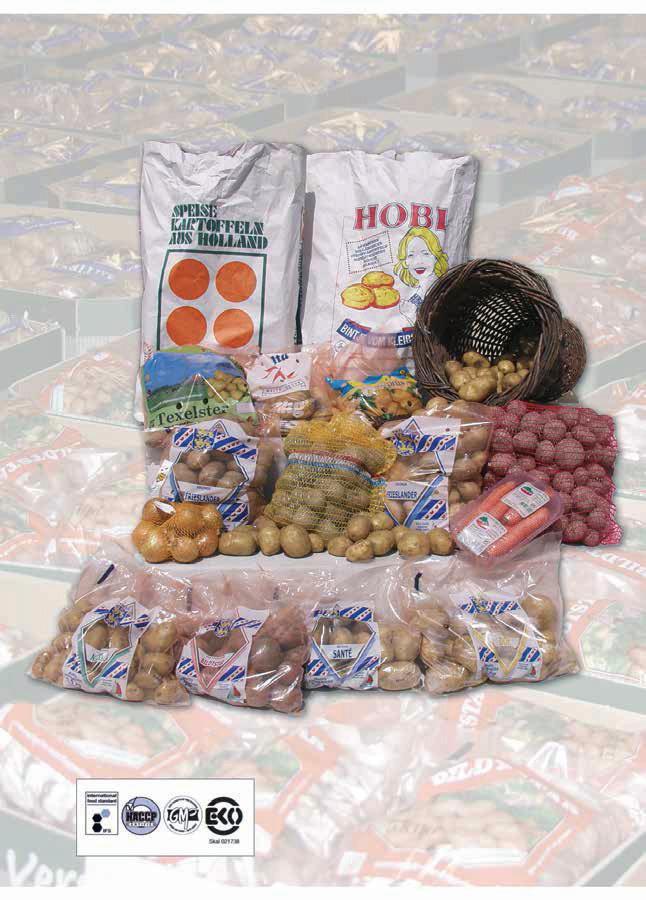

103 AGF Primeur 4 • 2024 Delicious taste and beautiful color www.zonneheerdt.nl zonneheerdt WWW.BOSDAALEN.COM DAILY TRANSPORT TO AND FROM GERMANY, SWITZERLAND AND NORTHERN FRANCE 24/7 Temperature Controlled Daily departure We deliver quickly and efficiently Transport from 0 to 25° C Every day we truck to and from Holland, Germany, Switzerland and northern France. A.N.Boekel B.V. Berrie 1 1724 BB Oudkarpsel Tel: +31-226 700 500 www.boekelwaarland.nl
,
The potato expert of the Netherlands Wholesale in a wide range potatoes, potato products, vegetables and fruit. Packaging in bags or nets of 0.5 kg up to 25 kg or bulk. The range now also includes salty potatoes fertilized with seaweed. Heerenveen The Netherlands • +31 513 681268 • www.greydanus.nl Greydanus FL24 EN.indd 1 18-1-2024 14:10:11
Red and white cabbage, pointed, -savoy
-sweet flat
white,
-china
cabbage,
Brussels
sprouts, celeriac, beetroots (red, yellow, white, Chioggia), swedes, carrots (orange, yellow, purple), iceberg lettuce, cauliflower , broccoli, leek, onions (consumption, onionsets), potatoes, chicory, topinambour, parsnip, parsleyroots

Your partner in logistics!
Mid 2024: The future!
• We will have 12500 pallet spaces (cooled)
• We will be renting part of our office space at Dutch Fresh Port
Inquire about the possibilities!
(Inter)national conditioned transport
Container transport
30 combinations
Cooled storage and transshipment
Phytosanitary inspection
ifs certified
Customs warehouse


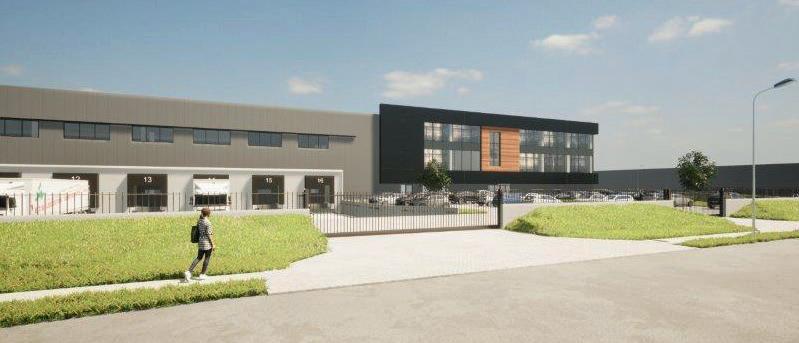
Storage and transshipment Transport (BeNeLux,
France and Germany daily)

104 AGF Primeur 4 • 2024 Oosteinde 5 • 2991 LG Barendrecht • T. 0180 61 47 00 • E. info@aflbarendrecht.nl
www.aflbarendrecht.nl
A.P. Moller - Maersk:
New Rotterdam cold store next step in cold chain integration
“Where Maersk is really entering the supply chain and expanding over the entire supply chain, it, of course, makes sense to also look at a solution for reefer”, says Dave Hamelink, product development manager for cold storage at Maersk, about the new cold store that is being built at the Maasvlakte in Rotterdam. “With the cold chain in mind, we identified plenty of locations around the globe, where it is really interesting to make a connection between ocean and cold storage. And of course, Rotterdam cannot be excluded in that.”
The development fits the integrated strategy of the logistics provider and its increasing focus on value added services. For example, Maersk has added cold storage in Poland, the United Arab Emirates and Cape Town, different value-added facilities in Latin America and recently pre-cooling facilities in South-Africa, Dave points out. “These are
really important locations for anything related to fruit and vegetables. We can build that into a network, connect origins and destinations and provide flexible solutions for both importers and for shippers out of origin.”

LEVERAGING THE NETWORK
Dave mentions that building a network really is the end goal for the integrated strategy. He explains that an element in that strategy is the cooperation between Maersk and Hapag, that is intended to start under the name Gemini Cooperation in February 2025. “Rotterdam will be an essential hub in the Gemini network in Northern Europe. That plays in our favor and because of this, we can leverage the network even better. There is a lot of disruption in the supply chains, and of course, when you have these kinds of assets in both origin and destination you can really leverage that and create a lot of additional value and resilience.”
To Dave, one of the most important elements of the new build is its location right at the APM terminal. “That has an impact on the costs. Where normally containers would be hauled from the terminal to a cold store inland or to another country, we can now save 85 percent of that transportation leg and the corresponding carbon footprint.” The product development manager sees that it also increases the speed with which businesses can bring their products to the market.
COST BENEFIT
While Dave sees that service is the most important factor to the customer, costs certainly are an important factor too. “In the end, it is logistics, and we are solving it all for our customers and in the sense that our pricing is in line with the market. But since we are on the terminal, we can generate a cost benefit for our customers that we feel our competition cannot because they do not control the ocean leg of the transport chain like we do.”
The proximity of the different facilities also enables more consolidation, according to the product development manager. “The cold store in Rotterdam also means that we are actually able to consolidate flows of fruit that today go to different ports across Northern Europe. We can now actually consolidate that in Rotterdam, and then it becomes a much more efficient solution with less handling. This enables us to add a product like a middle mile, for truckload transportation, and
105 AGF Primeur 4 • 2024
Logistics
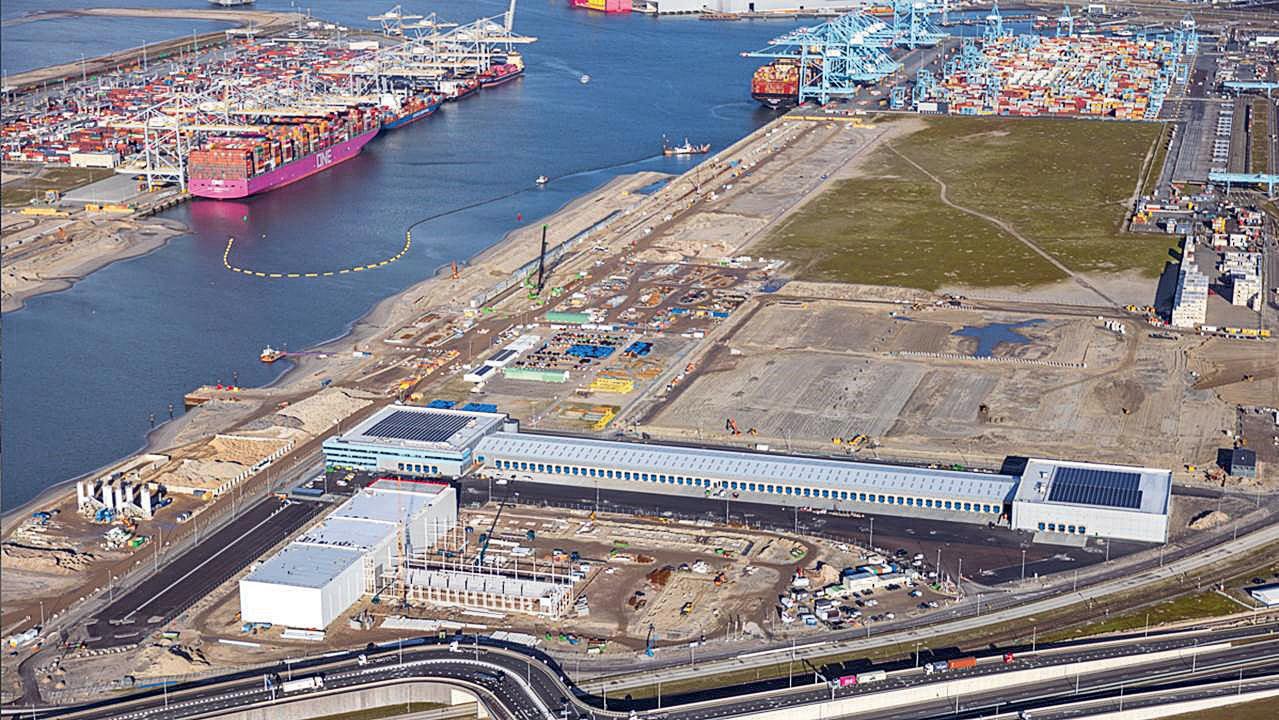
“Dieses gesamte Maasvlakte-Gebiet wird von Maersk betrieben und gehört Maersk. Es ist ein praktisches Vorzeigemodell für unsere integrierte Strategie – die Vereinfachung und Beschleunigung der Lieferketten unserer Kunden durch mehr Belastbarkeit, Flexibilität und Effizienz.”
service all the way into the customers’ distribution center. That consolidation really plays a role there.”
CONTAINER DEPOT
Alongside the cold storage facilities, a container depot is being built. “That means that the containers will be emptied at the cold store and 300 meters further the empty ones can already be returned.” Dave sees that it decreases the risks of additional costs such as demurrage. “Covid taught us that disruptions are around the corner. If there is a shortage of equipment, this can also help with that.”
The new Maersk cold store in Rotterdam is targeted to be operational in Q4 2024. “The construction is in progress and on schedule. We are working diligently to find customers that can start with us in that fourth quarter. The main target is fresh produce; we are targeting anything from citrus and grapes to apples, pears, avocados and mangos,” Dave concludes.
dave.hamelink@lns.maersk.com
Cold store at a glance:
Surface area: 35,000 m2
Projected annual throughput: 86,000TEU
Operational from: Q4, 2024
Sustainability: BREEAM Excellent certification and renewable energy through solar panels, net-zero building
Commodities: Fruits, frozen fish & proteins and pharmaceuticals
Food safety certifications: IFS and BRC
Customs: Customs bonded facility
Inspection: In-house veterinary inspection point

+31 (0)6 38 35 52 99 rinus@wiscomex.com www.wiscomex.com
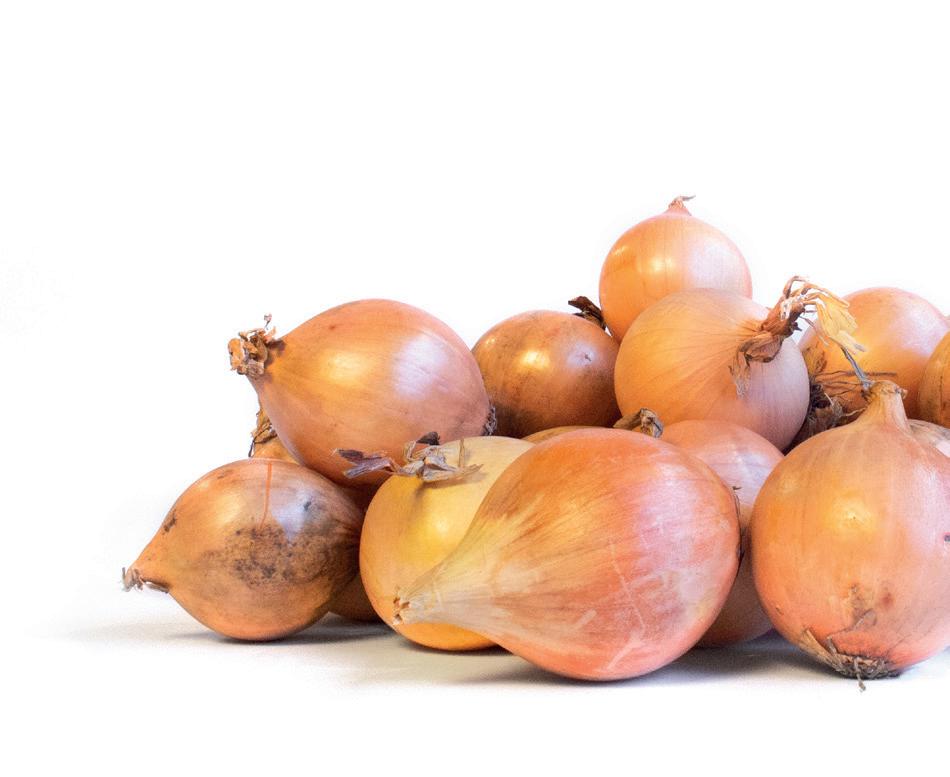
106 AGF Primeur 4 • 2024 Logistics
Paul Heemels, Heemels-Agro:
“Growing in Germany means we can supply them with local celeriac”
“It was challenging to get all the celeriacs in properly this year, but when the year began, Heemels Agro had all its tubers well stored. We, too, were rained out a few times, but eventually, we managed to harvest everything well. We did anticipate that with some overcapacity, so we didn‘t need all the days to bring in the product,” begins Paul Heemels. Heemels-Agro grows celeriac and green beans. “For us, that‘s an ideal combination. In the summer, there‘s minimal celeriac trade, and we‘re mainly active in beans. The rest of the year, there are no Dutch green beans, and it‘s tuber time.”
GROWING IN GERMANY
Paul cultivates celeriac on 50 hectares and sources from fellow growers. He does not farm in the Netherlands, though, but across the nearby German border. “There‘s more space. Plus, we sell plenty there, and German customers prefer local produce. Besides Germany, we export celeriacs to countries like Poland, Hungary, and Romania,” he says.
“We process the product on our innovative line from October to early June. We can quickly process large quantities of celeriac and deliver them washed and polished to clients. The tubers have a nice, smooth appearance, making them an attractive, versatile product.”
BARE TUBERS
The Dutch company specializes in bare tubers. “We don‘t sell tubers with foliage, but neither are they sold much at all

on the market. The foliage initially gives a fresh appearance, but that doesn‘t last long. Those leaves are no longer fresh once the tubers have been in stores for three days,” Paul explains.
He says the celeriac variety range has changed considerably recently. “Breeders have bet heavily on somewhat rounder tubers that store well. These varieties are often slightly smoother with smaller root inserts. That‘s ideal for harvesting and washing because the little soil clings to the tubers.”
CULTIVATION GROWING ALONGSIDE SALES
The grower is delighted with celeriac demand. “That‘s only increasing, and we serve a wide sales circle of supermarkets, wholesalers, and processors. Over the years, our cultivation has grown along
with sales. We keep cultivation, product processing, and machinery in-house,” says Heemels, “so we can guarantee a good quality. We can also always look for the right delivery solution. Your set-up must be flexible, and you must, of course, keep prices in line with the market.”
Paul says the biggest challenge remains maintaining a healthy crop and commanding decent prices. “We‘re not unhappy with this season‘s prices. But with all the increased costs, we have to stay vigilant and ensure it remains profitable to grow celeriac. Sales are going reasonably well, and prices should keep rising. Once the harvest is in, the pressure to sell is off, and the market often stabilizes. If the quality‘s good, you should rather wait for better prices,” he concludes.
paul.heemels@heemels-agro.nl




























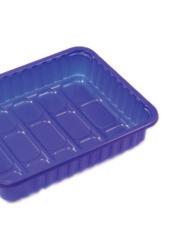



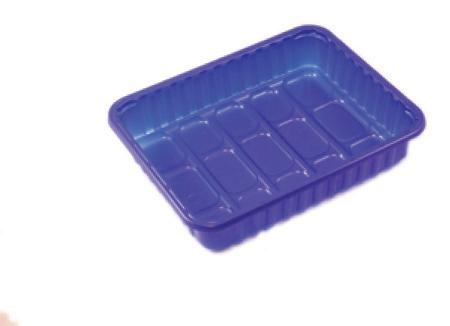


107 AGF Primeur 4 • 2024
Outdoor vegetables Architronlaan 3 | 5321 JJ Hedel NL | T:+31 (0) 73 5992255 | F: +31 (0) 73 5991699 | www k vh.nl | info@k vh.nl Veel ver pakkingen,één adres. Many packaging, one address. Architronlaan 3 | 5321 JJ Hedel NL | T:+31 (0) 73 5992255 | F: +31 (0) 73 5991699 | ww w.k vh.nl Veel ver pakkingen,
Raphaël Martinez, Pêches et Abricots AOP de France
What will the next stone fruit campaign look like?
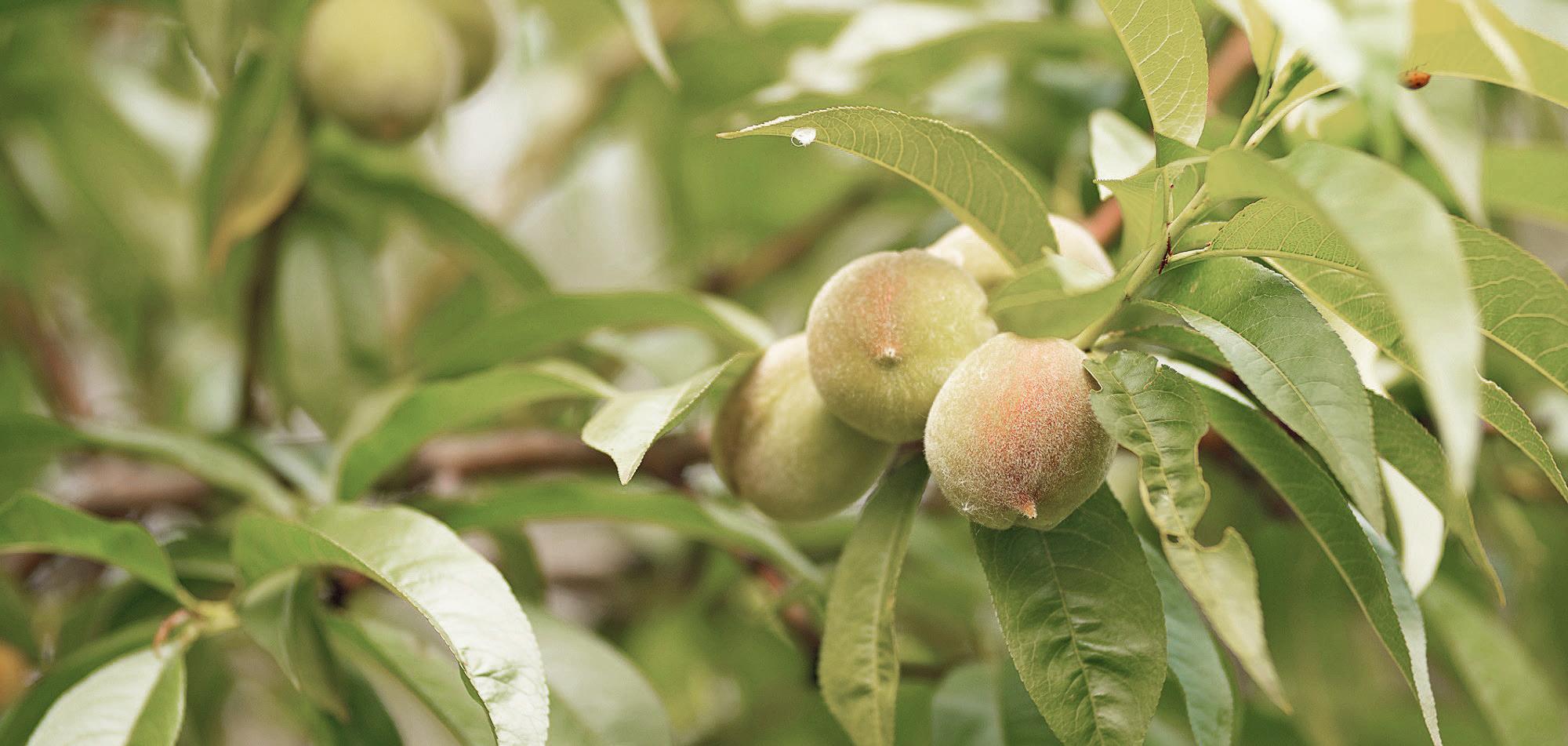
While preparing for the next stone fruit campaign, Raphaël Martinez looks back on the highlights of 2023 and outlines the trends at the start of the new season. Like every year, the harvest forecasts will be unveiled during the medFEL event, but the director of the Pêches et Abricots AOP de France (the French peach and apricot Protected Designation of Origin or PDO) has agreed to give us a sneak preview on the latest developments and challenges for 2024.
LOOKING BACK ON THE 2023 PRODUCTION SEASON
In 2023, peach/nectarine production was similar to 2022. Satisfactory sunshine in the second half of the season (August) ensured an optimal and consistent quality, “allowing the market, which had been tense in the first part of the season, to become more demanding. In a challenging context, the results were good. Apricot volumes increased by 20% compared to 2022, but production was difficult. Episodes of rain and hail in the first part of the campaign had an impact on quality. A production peak at the end of June, at a time when consumption was low, clogged up the market in the first part of July. The end of the season was better, and the overall result was very average”.
ALTERNATION AND LACK OF COLD IN 2024: WHAT ABOUT APRICOTS?
While it‘s still too early to make forecasts, the trend shows that peach/nec-
tarine volumes should be on par with 2023. For apricots, on the other hand, due to the phenomenon of alternation, lack of cold, and rain at flowering time, production will probably be lower. “After the high yield in 2023, this year‘s volume will logically be smaller”, explains Martinez. “In terms of production, the hot and dry autumn prevented the trees from building up their reserves before winter, and, except for the Rhône-Alpes region, the cold period will not have been sufficient everywhere. Abundant rainfall kept the spectra of drought at bay, except perhaps in Roussillon where the lack of water could once again be a cause for concern. The downside is that the rains have hampered flowering, pollination and fruit set, with a subsequent phenomenon of fruit drop.”
Similar trends can be observed this year among our Spanish, Italian and Greek neighbors, with “an acceptable harvest
for peaches/nectarines but a reduced one for apricots”.
A SOCIAL AND ECONOMIC CONTEXT ALMOST IDENTICAL TO 2023
On the market side, it‘s the wallet that will guide the purchasing behavior of the French again, with a strong pressure on prices in the future. “Consumers have the same priorities as last year, so retailers‘ will put pressure on prices again this year.” This pressure takes place against the backdrop of the promotional war that French retailers have been waging for several months, with producers often paying the consequences. “Prices are falling, sometimes to below the costs of production.” Another determining factor is the weather. “As we saw last year, it‘s the adjustment variable without which the season is rarely satisfactory.”
Martinez continues: “We must also take into account the significant growth in awareness of the approach ‘Vergers écoresponsables’ (eco responsible orchards). This year, 4 additional companies are joining the ranks and will be participat-
The Olympic Games taking place in Paris this summer could influence the commercial landscape, as almost 16 million visitors are expected in France, and just as many potential consumers.
108 AGF Primeur 4 • 2024 Stonefruit
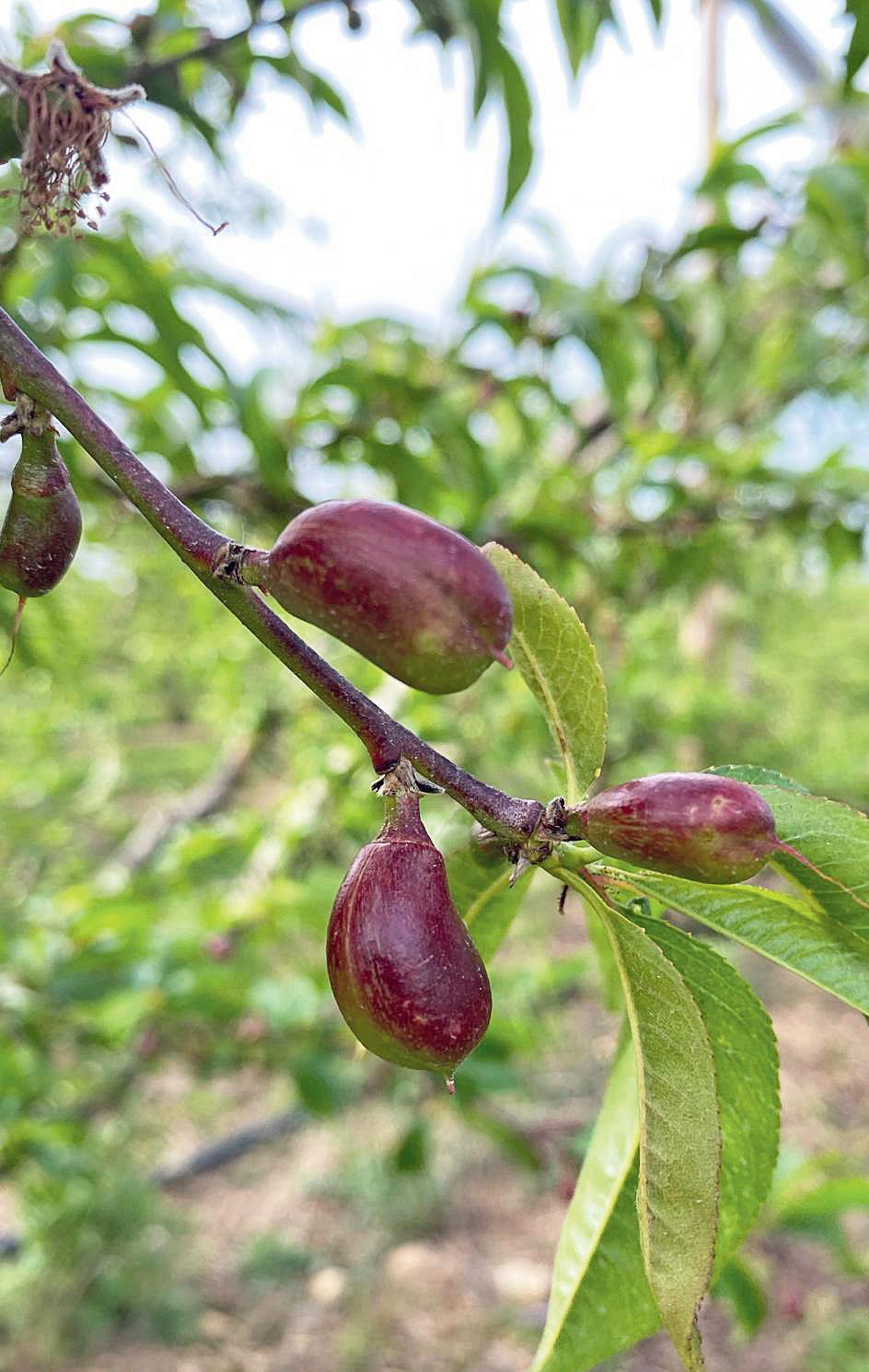
ing in the process to enhance the value of all the work carried out by the arboriculturists and the brand.” A highly deserved reward after 15 years of effort
and investment by the industry. Thanks to a major benchmarking exercise with other specifications used in the industry, a ‘Vergers chart’ will be further improved in terms of content and form, as well as control procedures.
PÊCHES ET ABRICOTS AOP DE FRANCE GOES ONLINE AND STRENGTHENS ITS PRESENCE IN CONSUMER OUTLETS
Also new for 2024, the Pêches et Abricots AOP de France is going digital! “We will be experimenting with tailor-made consumer communications on Facebook and Instagram. We will be able to modulate messages as needed, with greater flexibility than a TV campaign.” Communication will be adapted to the target audience (social-economic, age, residence, purchasing habits, etc.).
The PDO will also be present at points of sale: no fewer than 1,000 stores will be visited and monitored each week “to identify areas where we need to adjust and reinforce the presence of ‘Vergers écoresponsables’ products. A promotional campaign is also being pre-
pared for greengrocers, in partnership with Saveurs Commerce (national federation of fruit and vegetable merchants), as well as a food service campaign in partnership with wholesalers specializing in this sector. All these actions aim at informing consumers of the arrival of our products”because, as Martinez reminds us, one of the key moments in the campaign is the switch between Spanish and French origins. “We need to continue the brand promotion to maintain it at this level of quality and trust.”
direction@aop-pechesabricots-france.com
Once again this year, the Pêches et Abricots AOP de France will be vigilant about the risk of fraudulent origin. Nearly 180 samples of nectarine peaches are currently registered in a database, and work will begin on apricots. “These robust analyses will enable us to carry out certain checks in the event of any doubts, and to pass on any findings to the authorities in charge of controls.”
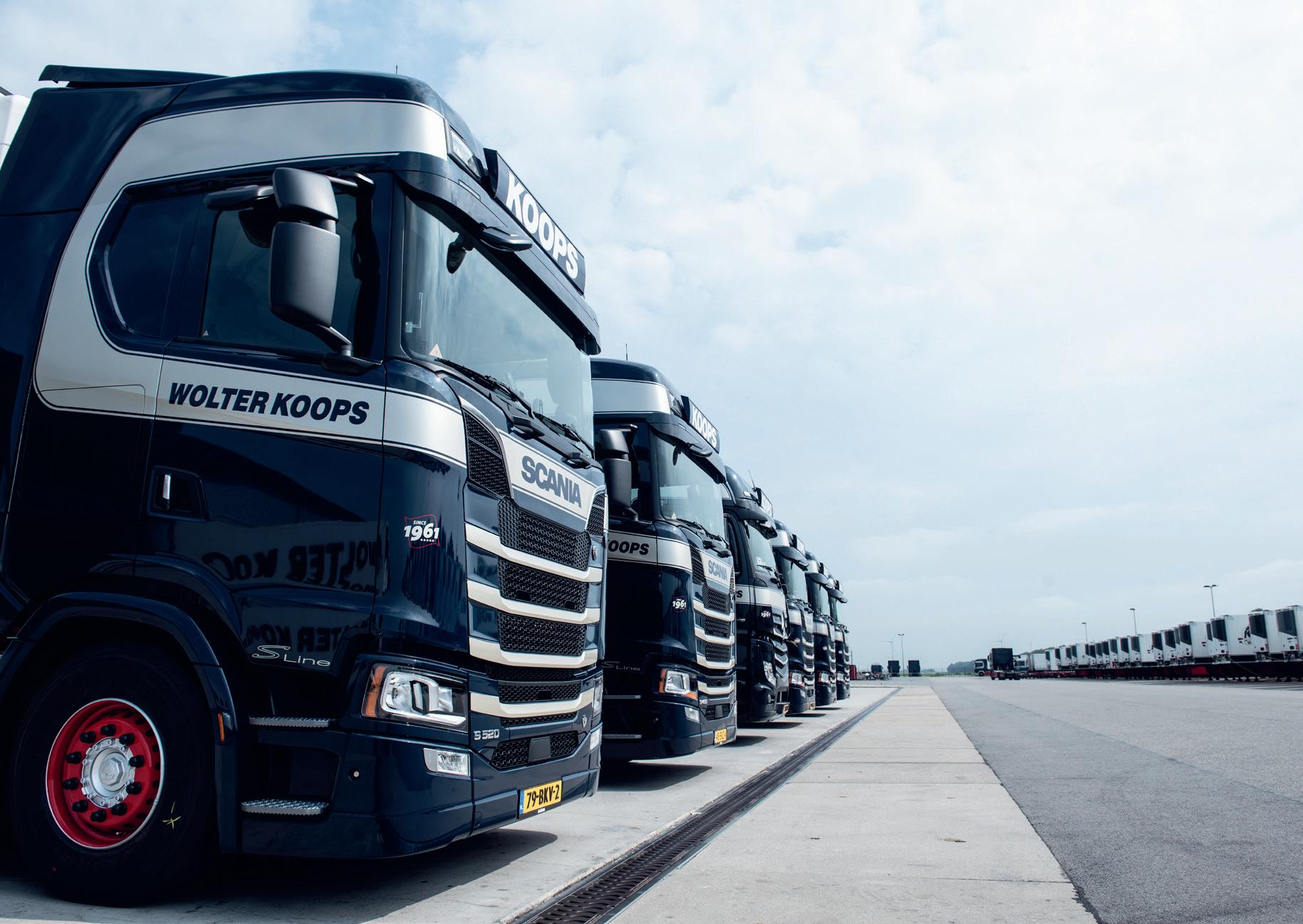



109 AGF Primeur 4 • 2024
TRANSPORT
DISTRIBUTION WAREHOUSING
CROSSDOCKING SUPPLY CHAIN MANAGEMENT www.wolterkoops.com
&
&
Ann Celen, Special Fruit:
“All the product groups in which we‘re active have plenty of growth potential”
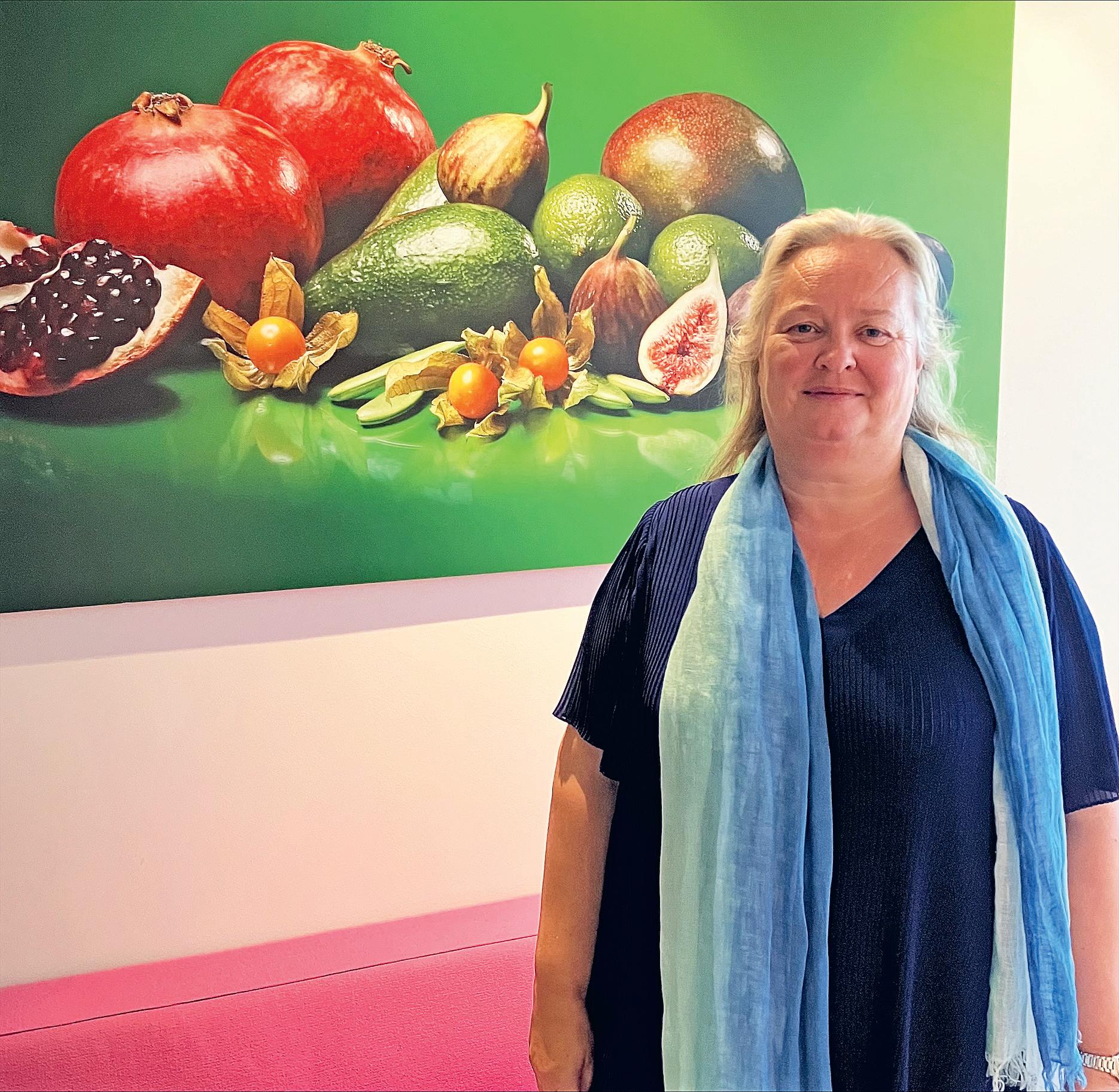
Last summer, Ann Celen joined Special Fruit as CEO. She is also responsible for the new company, Fruit Service Collective, which has a new state-of-the-art ripening and packing facility under construction. Ann took office in a challenging year with extreme market shortages but looks forward to the years ahead. “Ultimately, it comes down to our added value in the chain. That‘s where, to be future-proof, we must stand out and excel,” she begins.
What is your background?
I studied engineering but have always filled commercial positions. I started in Unilever‘s marketing department and spent my whole career in the food sector, working for companies like Douwe Egberts, Mondelez, Chiquita, Capespan, and Milcobel. I worked in Belgium but visited many places around the world. After working for various multinationals, I was at the dairy cooperative Milcobel before this job. Generally, different companies and sectors, but always with food
as the common thread. Special Fruit is the first family business I‘ve worked for.
How does that differ from your previous jobs?
Every company has its own dynamic. When working for large multinationals, some things do not affect you as much. Here, you have to think of everything. Several colleagues have been there from the early days and have experienced the business from its founding to where it is today, with 180 permanent employees. They and the family are highly commit-
ted. Also, it‘s a relatively young business, in which both the first and second generation are active. Yet, they choose to put the right people in the right places. It‘s not your last name; it’s your competencies that determine your position.
How did you end up at Special Fruit, and what was your initial impression of this fresh produce company?
I’d been headhunted, and the company‘s Board of Directors picked up on that. My first few months‘ experiences have been positive, and I‘m still learning a lot. There‘s incredible expertise and passion for the products here. I’ve gotten to know the business as very customer-oriented and flexible. Special Fruit has a nice client portfolio with quite a few long-term partners. The same goes for the growers. That client flexibility makes things very complex for us, though. I see a group of people working together every day to solve crises, of which there are quite a few in the fresh produce sector. Sometimes it rains a lot, at other times, you have to deal with El Niño — the climate change is undeniable.
The fruit and vegetable world is generally something special, with plenty going on with high complexity and risks. Normally, with a high-risk profile, you get high margins, but those are surprisingly low in our industry. You, thus, can‘t afford many mistakes, even if you have little to no control over them. My job is to ensure we create value in our role without being squeezed and, given all the market changes, future-proof the company. Consolidation in this sector is in full swing. Over the years, overseas exporters have started their own sales offices, and there‘s vertical integration. That also makes it essential that our chain position is clear, so clients can see what value we add.
What does your range and client base look like?
Our assortment is much smaller than it used to be. The company made the necessary choices, and we now operate in three areas where we‘re strong. Firstly, in the entire berry category, where we carry the whole range of strawber-
110 AGF Primeur 4 • 2024 Vision

ries, raspberries, blackberries, blueberries, and red currants. Next, our Ready To Eat program that includes mangoes and avocados is formidable, and, lastly, we‘re a major green asparagus player. We hold a significant market position with these products. We also carry several products, particularly in the tropical fruit segment, such as pomegranates and passion fruit, which make for a coherent range. Our strategy is certainly not to find new customers with niche products and specialties, but to seek synergy with a range that suits our clients.
And attract new ones with this overall range. The great thing is that younger people eat all our products, so we can grow along with them. Our existing products still offer plenty of growth potential, too. There are also still plenty of ideas on the horizon, especially in berries, where innovation still offers many expansion opportunities at the variety level. We have many long-standing customers, but, also, much has changed since the company was founded. Special Fruit began as a strawberry supplier for bakeries. Today, much of our client portfolio comprises retail and structured food service. We‘ve always held a strong position in the Scandinavian and Benelux markets, are otherwise active throughout Europe, and still have plenty of growth ambitions.
You carry quite pricey fruits by fresh produce standards. How much has inflation affected that?
That‘s highly market-dependent. If I could single out one country, it would be Sweden, where, besides inflation, rising interest rates significantly impacted purchasing power. That housing market is set up so interest rates are adjusted monthly or quarterly. Because interest rates rose so dramatically, people had less to spend on food. That led to a clear shift to cheaper staples and unhealthy snacks. We felt that considerably, and it put prices, as well as demand for different specifications, under pressure. But you can‘t lump every country together. Countries with, for instance, wage indexation were far less affected.
How important is the organic range for your company?
We offer organic as part of the assortment. However, there‘s no explosive rise in demand, nor do we want to become an exclusively organic business.
Social sentiment seems to be shifting from far-away products to local ones. Does that threaten your company?
We‘re aware of the changing market sentiment. Last year, there was a lot of fuss, especially regarding flown-in fruits and vegetables. Yet, for every trend, there‘s often a counter-trend. For example, besides the call for local-for-local, people are becoming increasingly familiar with exotics and want to try global recipes. Sustainability is very high on Special Fruit‘s agenda. That doesn‘t always match consumer perception, though, whether it‘s packaging in recycled plastic
versus cardboard or the number of miles a product travels.
It‘s also sometimes difficult to keep the debate nuanced and see the overall picture. We want our strategy to be guided by facts and, thus, look at the real ESG impact. We obviously have to consider views driven from the client side, but we see a role for ourselves in bringing the nuanced picture into focus. Also, remember, with our wide variety of healthy food, we encourage people to eat healthy. Who can resist all those mouth-watering fruits and tasty vegetables?
Is climate change complicating local cultivation?
Cultivation areas are undoubtedly shifting and there‘s more to come. The climate has a major impact, and in some places, water shortages, heavy rainfall, or extreme temperatures make farming using existing techniques almost impossible. That leads to shifts in varieties, products, and sometimes growing areas. That‘s not necessarily always closer to home, but there are definite shifts.
Does your company want to be the source, i.e., the grower?
No, not at all. We do, however, want close contact with growers. That‘s why we work closely with them — with some for decades. We have an office in Spain, too, where we closely monitor cultivation and in Portugal and Morocco. We also hold shares in a company in Peru for the same reason. Our company used to
111 AGF Primeur 4 • 2024

be active in cultivation but learned that requires a field of expertise in itself and that it wasn’t one we wanted to develop further. We like being innovative and have our own test field to evaluate new varieties, in close cooperation with the growers. They, however, remain the cultivation specialists. To Each their own.
Does your company still have a trade function or are you purely a service provider?
Special Fruit buys fruit and vegetables, especially via strategic agreements with growers. We select, package (and ripen), and supply a wide range of retail and food service customers. However, the holding company strategically opted to start an independent company, Fruit Service Collective. It offers ripening, packaging, and other logistics services to third parties. We used to ripen solely for ourselves; with this specialized unit, we‘ll perform these services for others, with Special Fruit as a client.
How is the new ripening center coming along?
Construction is right on schedule, and we‘re getting closer to when we can start testing. We hope to do the necessary internal testing in April, and we should be fully operational in June. The new building is state-of-the-art, incorporating the latest technology. Special Fruit once pioneered avocado and mango ripening, and we‘ve gained plenty of expertise over the years. We also see definite potential in ripening other products like kiwi and pineapple.
Tests show great results. But we‘re going to start with avocados and mangoes and expand capacity from there. Combined with the latest AI-based technology, we have a strong standing from a brand-
new facility. Who doesn‘t want an avocado that tastes like it does in its country of origin? Frankly, we expect to fill up quickly. So interested parties must sign up quickly. It’s first come, first served.
What do you expect from, say, coatings that extend fruits‘ shelf life?
We don‘t work with those but use numerous new technologies. Extending shelf life is part of that, but efficiency throughout the supply chain is perhaps even more important. Consider, for instance, using data to create efficiency and predictability to achieve optimal quality.
How can the quality of, say, mangoes and avocados, differ so much per purchase?
That primarily depends on where you buy. Our sector has hardly any brands, so it‘s not always clear which products are distinctive. And if a product has a poor foundation, you won‘t get the best out of
it. We, for instance, adjust avocado ripening to the way that fruit was grown. We tweak the entire process accordingly. That results in a much more consistent, tasty fruit. If you do the same thing with the product that goes into the ripening cell, it improves the shelf life, too. Then again, you can‘t make a silk purse from a sow‘s ear. You absolutely have to start with quality fruit.
How hard is it for your company to find people?
Finding sufficiently qualified people remains challenging, but that’s the case for all businesses. Employees have the upper hand in this labor market. That‘s why you must ensure you, as an employer, are engaging in several areas. We‘re well located for local people but not in the most densely populated region, so we have to look for further afield in Belgium and the Netherlands. Our beautiful product range and commitment to sustainability are assets employees find important.
In conclusion, what is your company‘s stance regarding an investor or an interested private equity party?
You‘d have to ask the shareholders about that. I, though, mainly see a family that‘s very committed to staying involved in the company. We do think we‘ll need more cooperation in the future. Collaborations and partnerships are, therefore, certainly points of discussion. Where it‘s valuable and complementary, we‘re definitely open to that. But there‘s no ‚for sale‘ sign out front.
www.specialfruit.com
www.fruitservicecollective.eu
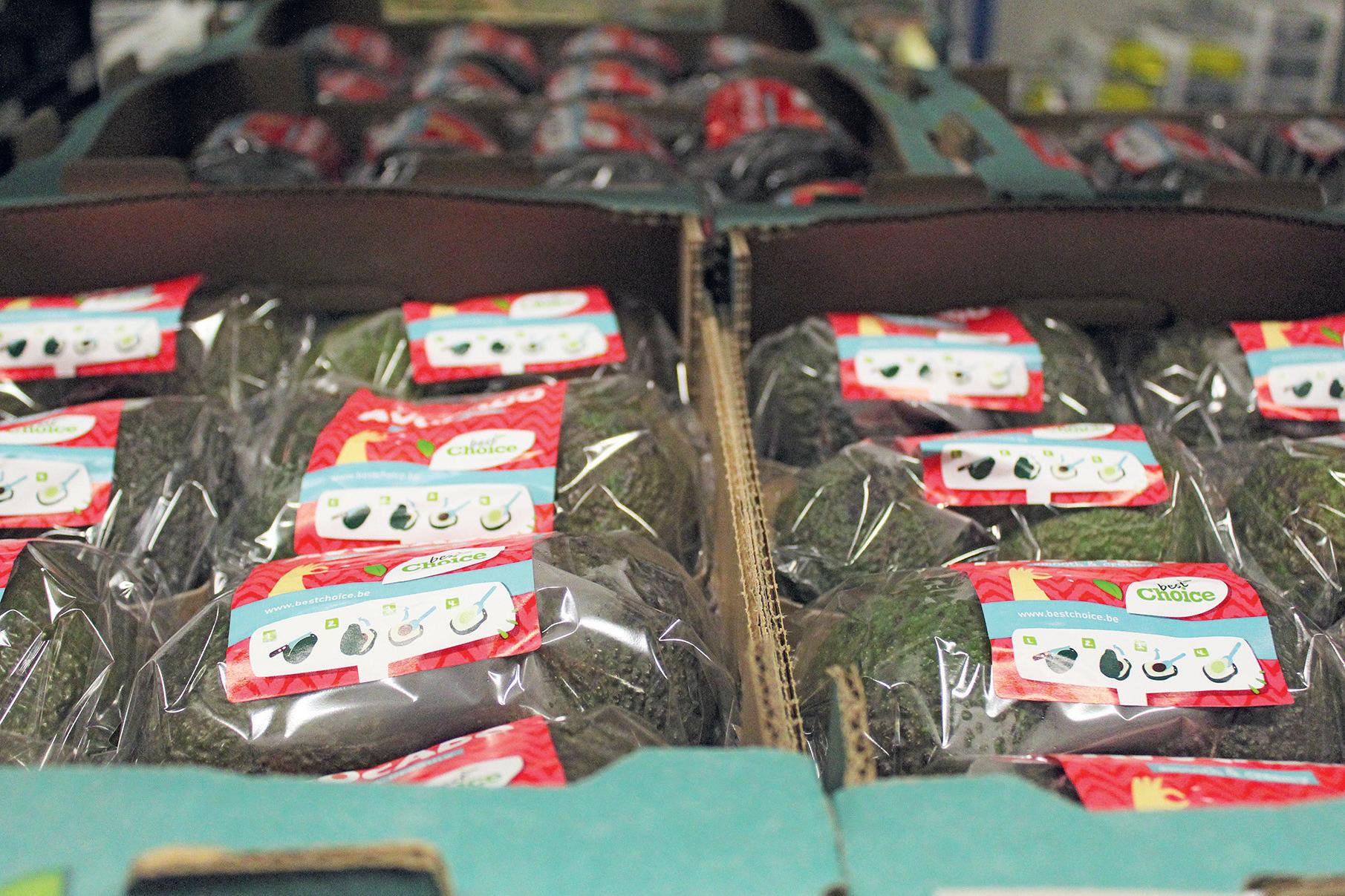
112 AGF Primeur 4 • 2024 Vision



Leo
Klaassen, Limax:
“Opportunites
for our soft fruit lie
in Germany, too”
“We see opportunities for increased soft fruit sales,” begins Leo Klaassen, General Manager of Limax‘s Polish branch. Limax in the Netherlands is involved in growing and marketing mushrooms; the Polish branch does so for soft fruit, too. “There‘s a huge market nearby: Germany. We don‘t sell much there, so there are options.”
Other export markets include Denmark, Sweden, Finland, the Czech Republic, and the Baltic States. Alongside year-round delivery, they have a steady customer base during those local growing seasons, says Leo, despite the preference for locally cultivated soft fruit. “That acreage is often small, the growing season is short, or retailers want to offer a wider, lower-priced range,” he says about the demand for strawberries, raspberries, and blueberries.
POLISH MARKET HAS LESS DEVELOPED DEMAND
While it is not Limax‘s main market, Leo notes that the Polish market is increasingly demanding soft fruit, though there are still some hurdles. Polish consumers, he explains, are used to traditional local soft fruit, and less attention is paid to optimal growing and storage conditions.
“We cultivate for a higher-end segment, and Poland‘s demand for premium fruit is less developed than other European countries. That‘s especially true during the Polish season. In recent years, though, besides our position in the import season, our cultivation is increasingly gaining a better foothold in Poland,” says Leo.
PRICIER CULTIVATION, GREATER RISKS
Klaassen expects Polish consumer consciousness to change in that regard. That aligns with the fresh market development that is becoming increasingly important. He sees a move beginning toward less outdoor cultivation and more covered cultivation of, particularly, raspberries and strawberries. “It‘s harder and harder to do open-field cultivation well. It‘s becoming riskier and increasingly expensive.”
Another advantage of covered cultivation is that it is done on racks. Leo points out that this plays a role in the labor shortage affecting Poland, too. “Workers prefer picking standing upright rather than on their knees, and it‘s more efficient,” he says.
EVEN LABOR DISTRIBUTION
Leo points out Poland‘s low unemployment rate, which approaches zero in the country‘s west, where Limax is located. That makes it tough to attract cultivation and harvesting workers. “The Polish economy, like others, is noticeably declining somewhat, so it should, theoretically, be slightly easier to find staff, though that‘s not true in practice.”
That is why Limax is betting more on more even labor distribution, allowing for the permanent employment of more people. “There will always be labor peaks, but we try to avoid those as much as possible by pursuing a more even division of labor,” Leo explains.
VARIETY CHOICE
He adds that besides spreading soft fruit planting, carefully selecting the varieties helps reduce harvesting labor peaks.
113 AGF Primeur 4 • 2024
Soft fruit


“Starting next year, we‘ll no longer plant Elsanta strawberries for through-cultivation, only ever-bearers. Then we can avoid big labor peaks in early June and mid-August.”
When it comes to variety choice, quality is vital, too, Leo remarks. “We choose varieties not only for high production and, thus, lower cost prices; aspects like shelf life and quality also matter. Reaching many of our clients takes a bit longer, so we need to grow, especially, good products and treat the fruit correctly. We consider customers‘ wishes, too. The varieties we choose are very closely related to the markets we serve,” he explains.



AS BIG AS CAN BE
The tight labor market is why Limax is not expanding its farm. “Every cultivation company has a maximum size. Otherwise, it‘s no longer manageable in one place,” says the general manager. That, however, does not mean Limax is not open to setting up another growing location in Poland. “I believe there are sufficient opportunities for that.”
Limax is also seeking to grow by partnering with Polish growers and maximizing the use of its new packing facility. That has been operational since 2022 and still has room to grow. “That‘s another option

because not all growers have the necessary sales force or packing machines.”
Leo reckons finding staff will also affect that. “For a modern packaging company, it‘s not enough to run about eight weeks during the season,” he admits. “It‘s all quite complicated technically, so you need trained employees, and you can only attract them if you run year-round. Besides, it‘s unprofitable to use packaging lines for two months a year; then you just keep losing money,” Leo concludes.
Leo.Klaassen@limax.pl


114 AGF Primeur 4 • 2024 Soft fruit
Sharing fresh delight since 1979 Berzyna 90A | 64-200 Wolsztyn | Poland T. + 48 68 34 74 24 8 | sales@limax.pl| www.limax.eu
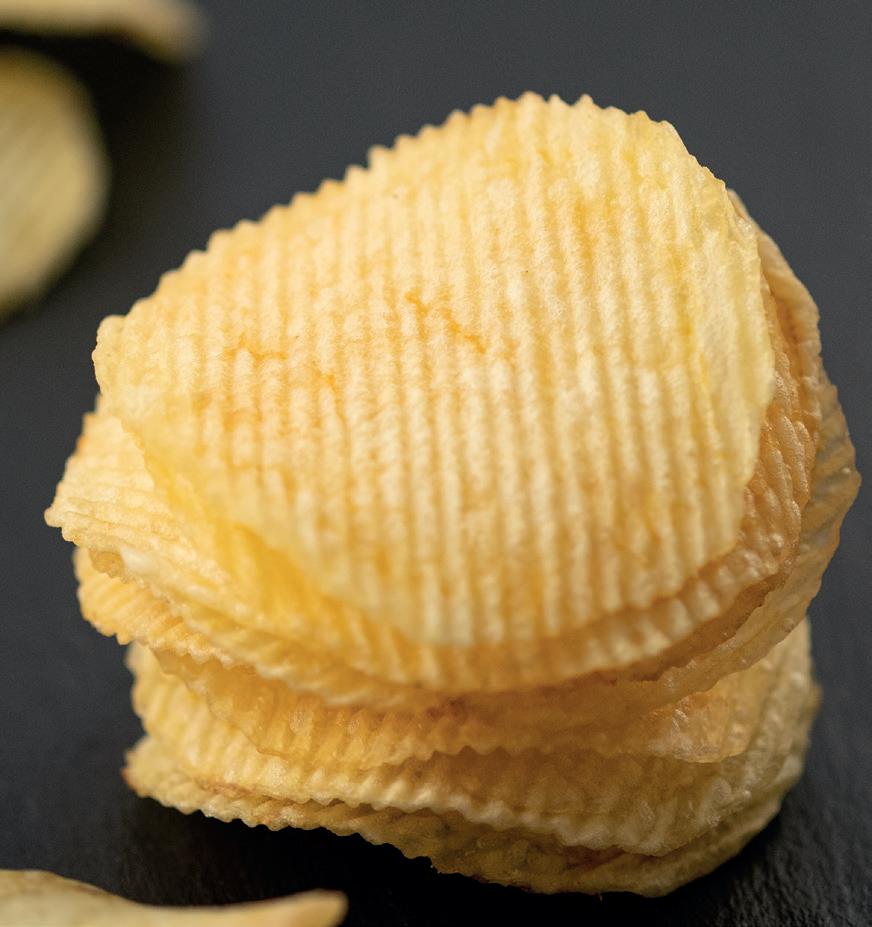

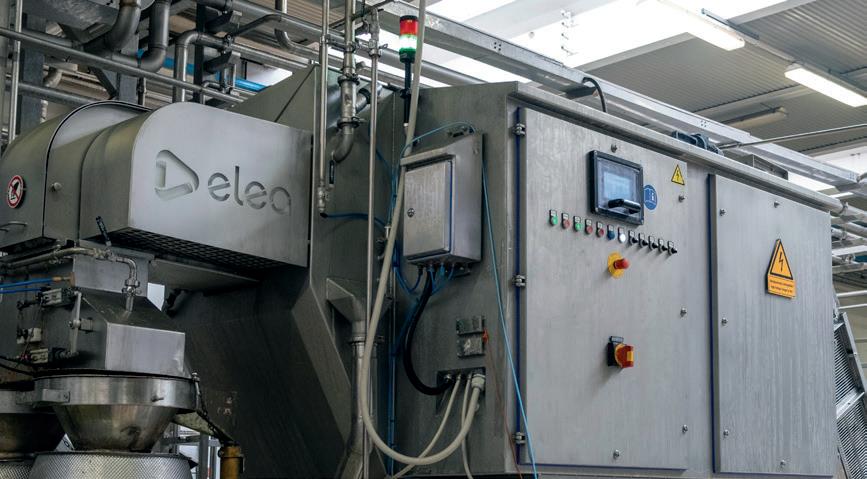



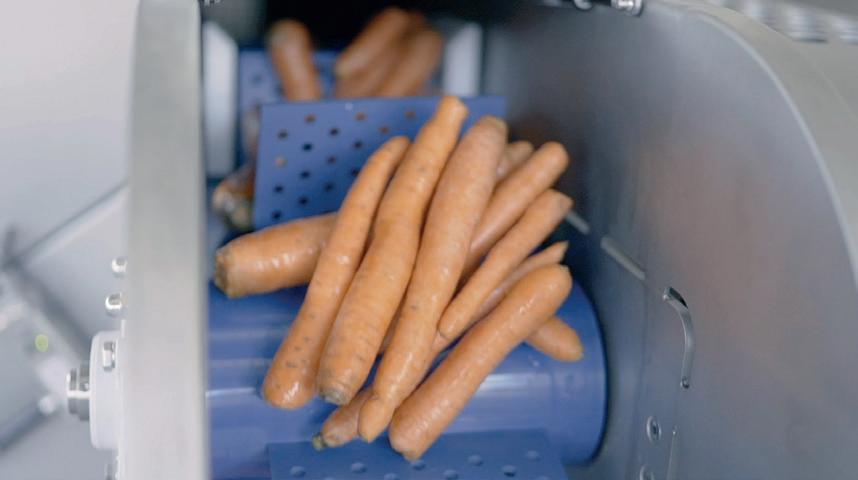


Elea PEF Advantage Belt systems Improve your chips, fries & vegetable processing
Gain greater control over your chip, fries and vegetable processing, improve product quality, save on energy and production costs with Elea PEF Advantage systems.
PEF gently opens the pores in the vegetable’s cell membrane, transforming the product’s structure. After treatment, the vegetable is smoother, softer, has better strength, flexibility and texture.
Enhance processing, reduces costs, increase yield, control colour, better cutting, new opportunities, reduce blanching time, and improve product quality. To

30
talk with a PEF expert, visit elea-technology.com
book a
minute
Sismatec offers innovative end-of-line solutions for your fruit and vegetable production needs

Sismatec’s partnership with Proseal offers an impressive endof-line case packing solution for fruit and vegetable production. By integrating the expertise of both Sismatec and Sismation, we provide customized solutions to our clients, utilizing the power of intelligent automation to meet their needs.
Proseal Case Packer
One of the key strengths of the Proseal Case Packer lies in its versatility. It can accommodate a wide range of packaging formats made from different materials, providing flexibility for different product lines and packaging requirements. Moreover, its userfriendly control panel enhances accessibility for operators, allowing for quick adjustments and program changes as needed.
Another notable feature is its seamless integration capability with other equipment. Whether it’s pairing with tray sealing machines for a complete packaging solution, integrating with box erectors, conveyor systems, labellers, or coders, the Proseal Case Packer offers a comprehensive and adaptable solution to meet various production needs. Its compatibility with existing crate systems further adds to its practicality and convenience for businesses.
Benefit of purchase
In response to evolving market demands, many companies are reassessing their packaging processes. Faced with the choice between investing in machinery or relying on labour, it’s becoming increasingly evident that manual packing of crates or boxes is both
labour-intensive and challenging due to the scarcity of production workers.
Automating this aspect of the packaging process not only eliminates concerns surrounding workforce availability but also yields significant savings in labour costs. Moreover, companies are presented with the option of automatic or manual feeding of crates and boxes, offering a high degree of flexibility in handling various packages with short changeover times.
Furthermore, integrating a Case Packer into existing packaging lines is remarkably straightforward, enhancing operational efficiency without requiring extensive reconfiguration. This adaptability ensures a seamless transition to
automated packaging solutions, enabling companies to meet evolving market demands with ease.
Sismatec & Sismation: smart automation solutions
Automation plays a major role in modern production and packaging operations, optimizing efficiency and precision. At Sismatec, we recognize this pivotal role and have tailored our offerings to cater to these evolving needs.
Through our dedicated automation branch, Sismation, we extend our commitment to excellence by providing bespoke solutions that align seamlessly with our customers’ requirements. With Sismation, clients can expect tailored, innovative approaches that enhance productivity and streamline processes, all under the trusted umbrella of Sismatec.
Smart Handling in 4 primary areas:
- Product Handling Systems
- Case Packers - Palletizers
- Material Handling Systems
Our approach
We are pleased to offer our expertise in evaluating your current processes. Our approach involves carefully assessing your wishes and requirements, considering a range of factors. Our team of engineers and project managers then work together to develop one or more concepts, ensuring efficiency, simplicity, and process continuity.
Upon drafting these concepts, we engage in thorough discussions with you, our valued customer. Once a concept receives your approval, we proceed to create detailed drawings. Throughout this stage, our project managers
provide regular feedback to achieve a design that aligns perfectly with your needs.
At Sismatec, we pride ourselves on our extensive in-house capabilities. From initial concept to final solution, including layout and programming, every step is carefully handled within our facilities. We offer installation services and employee training to ensure seamless integration into your operations.
Post-delivery, our service department takes charge of aftersales support, ensuring continued satisfaction with our solutions.
For further information on our endof-line solutions or to explore the potential of automation for your processes, please don’t hesitate to reach out to our sales team using the contact details provided below.
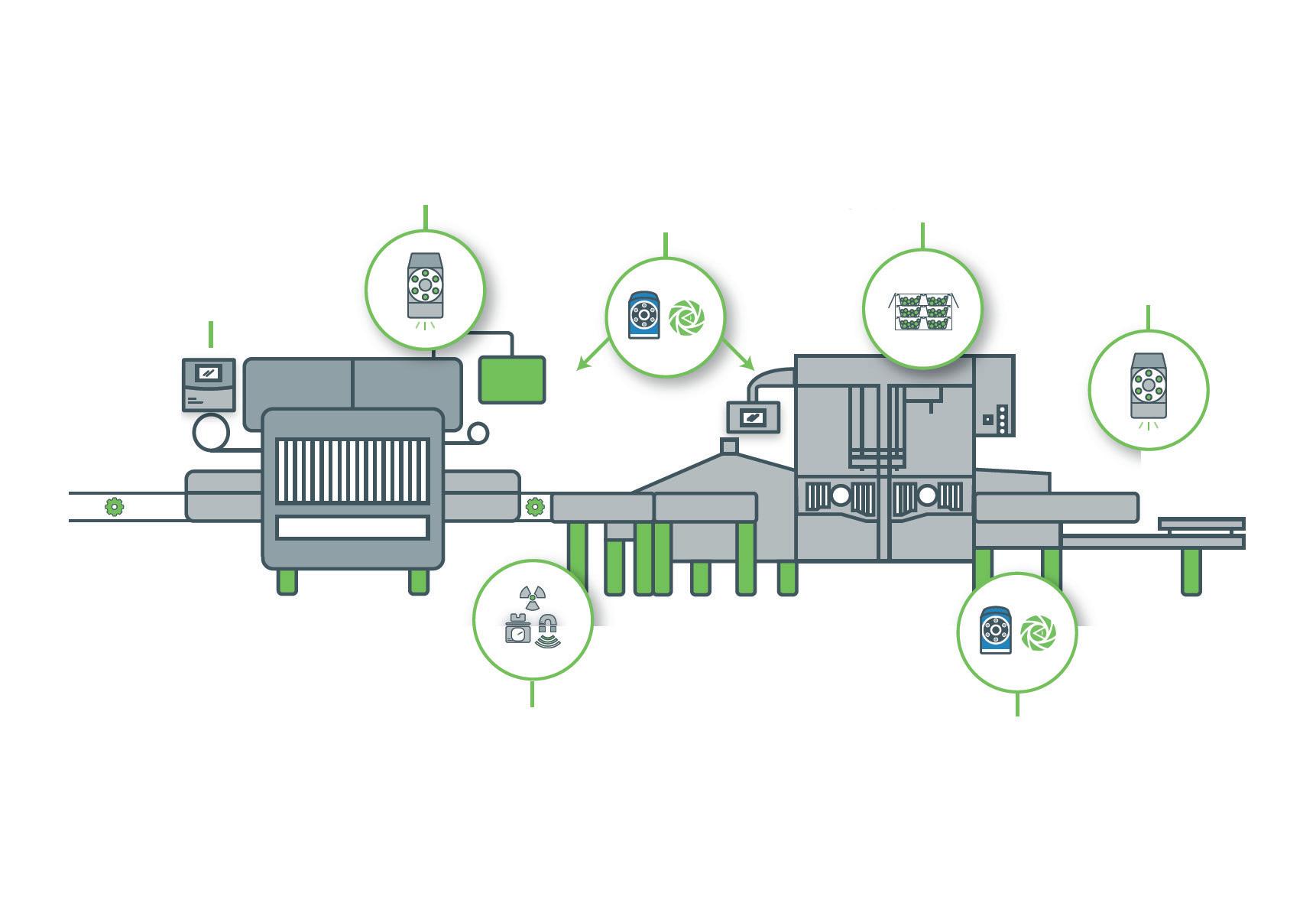
process & packaging solutions For more information: Sismatec BV Tel. +31 (0)546-874 115 | info@sismatec.nl | www.sismatec.com | www.sismation.com Code management Set-up and control thermal transfer printer Film verification Scna barcode to ensure correctfilm loaded into tray sealer 4Sight inspection Check presence, legibility, quality and location of print and/or labels End of line verification Can be extended to new Proseal CP3 Case Packer Label verification Scan barcode to ensure correct label applied Inspection reports Collect real-time data from inspection equipment 4Sight inspection Correct outer case used? Correct label applied? Check quality of packaging Quality control

Strawberry increasingly greenhouse crop
In recent years, a noticeable shift has occurred in strawberry cultivation from open-field to covered cultivation. Following in the footsteps of tomatoes, peppers, and cucumbers, strawberries have now become a fully-fledged greenhouse crop. Expansion projects featuring high-tech glass greenhouses stand out, but for various reasons, this may not always be feasible. In such cases, the construction of a polytunnel greenhouse can provide a solution. This year, the Lambrechts family opted for expansion with a similarly high-tech polytunnel greenhouse.


strawberries: the new standard in quality and taste.

GET INSPIRE(D)!
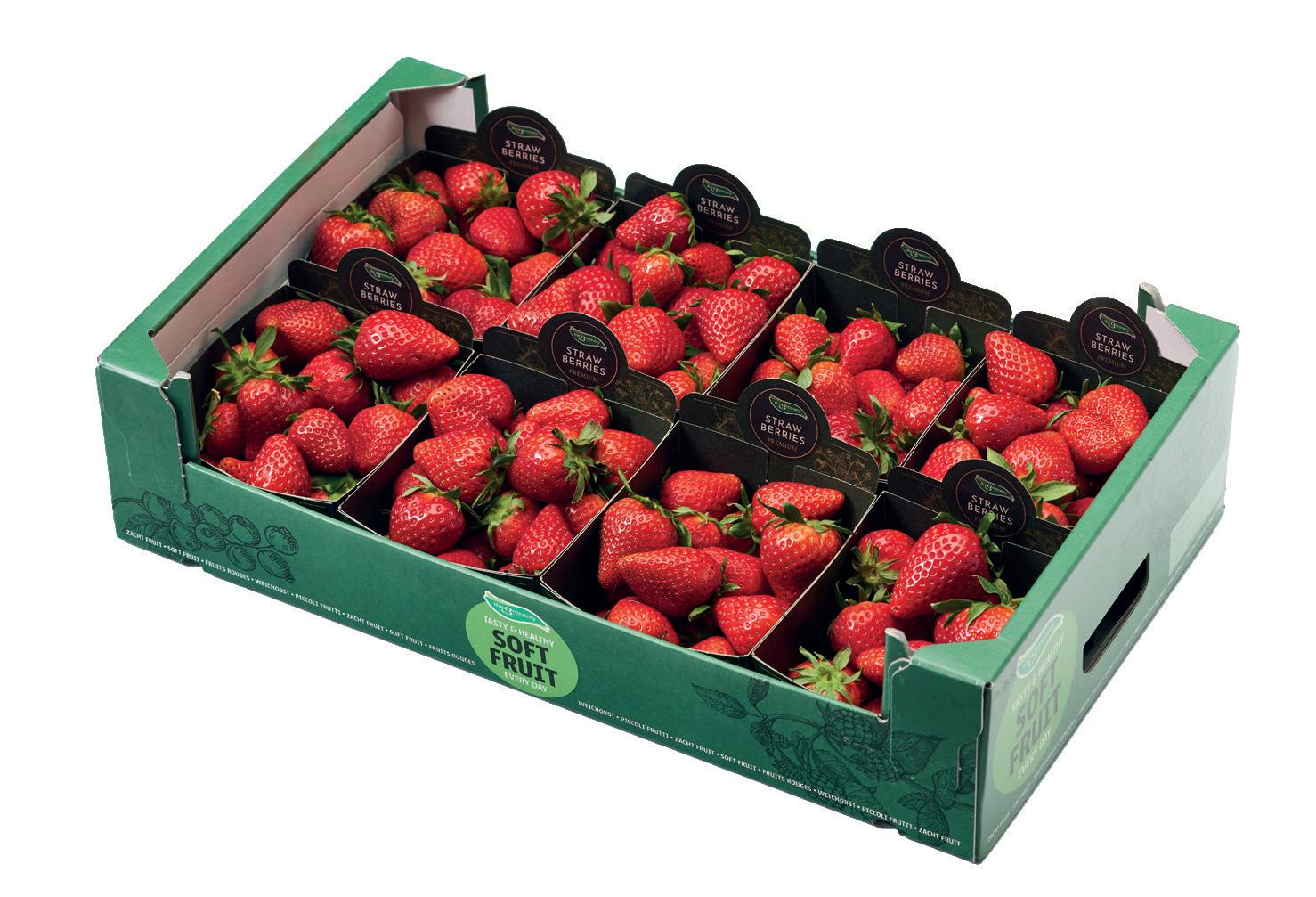

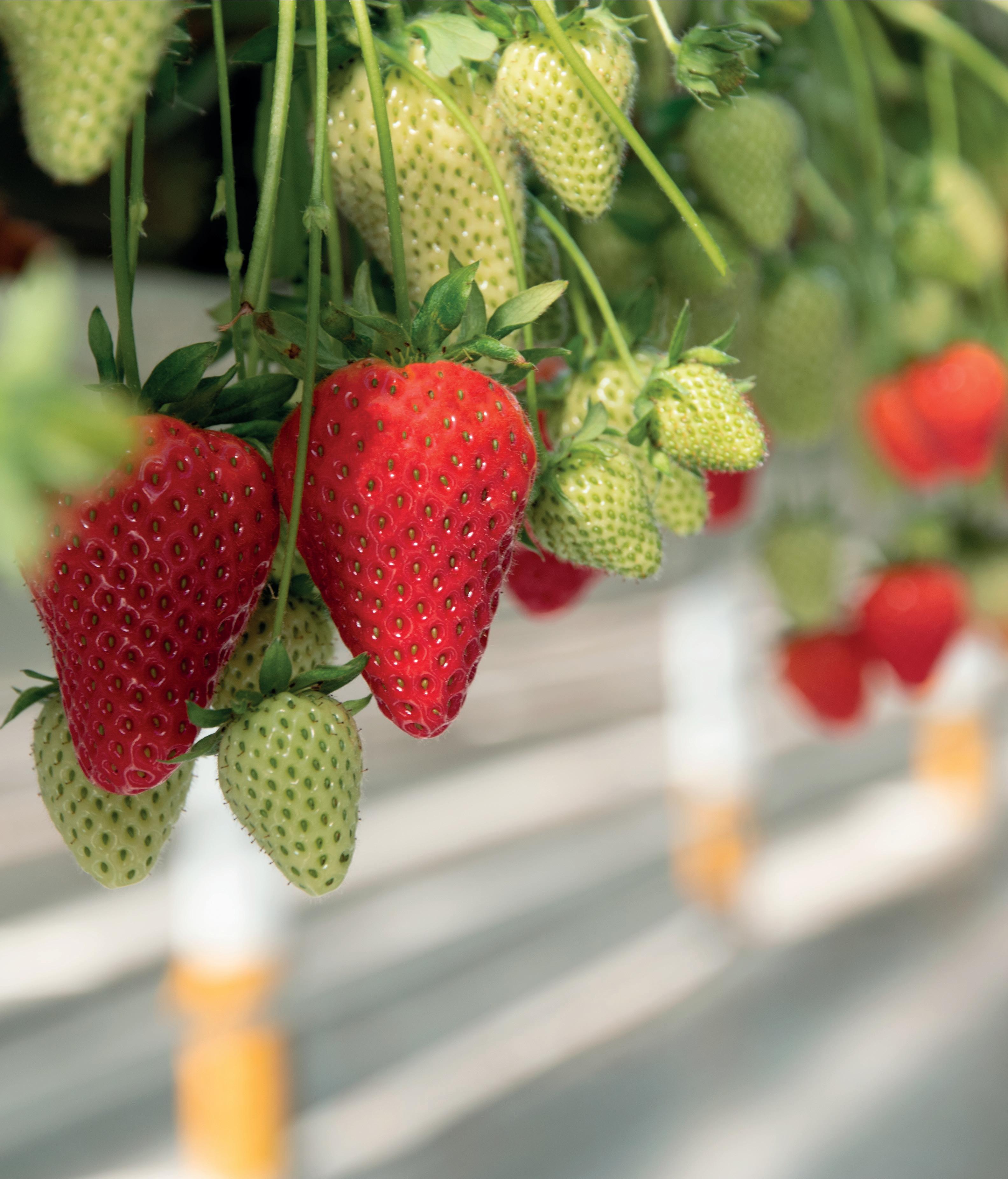
With pride, The Greenery launches the commercialization of the Dutch grown Inspire strawberry, across the European market. This strong variety not only gives an unrivalled taste experience, but also offers significant improvement on quality with extended shelf life.
The variety shows high productiveness with no harvest peaks. Moreover, it has an exceptionally high picking performance. These winning product features results in less wastage and more stable availability for the customers!
Inspire
Discover the dynamics of our value chain on thegreenery.com The Greenery bv, PO Box 79, 2990 AB Barendrecht, The Neterherlands, T + 31 (0)180 655 911, info@thegreenery.com�
The Greenery about Inspire strawberries:
“New variety flattens out labor peaks”
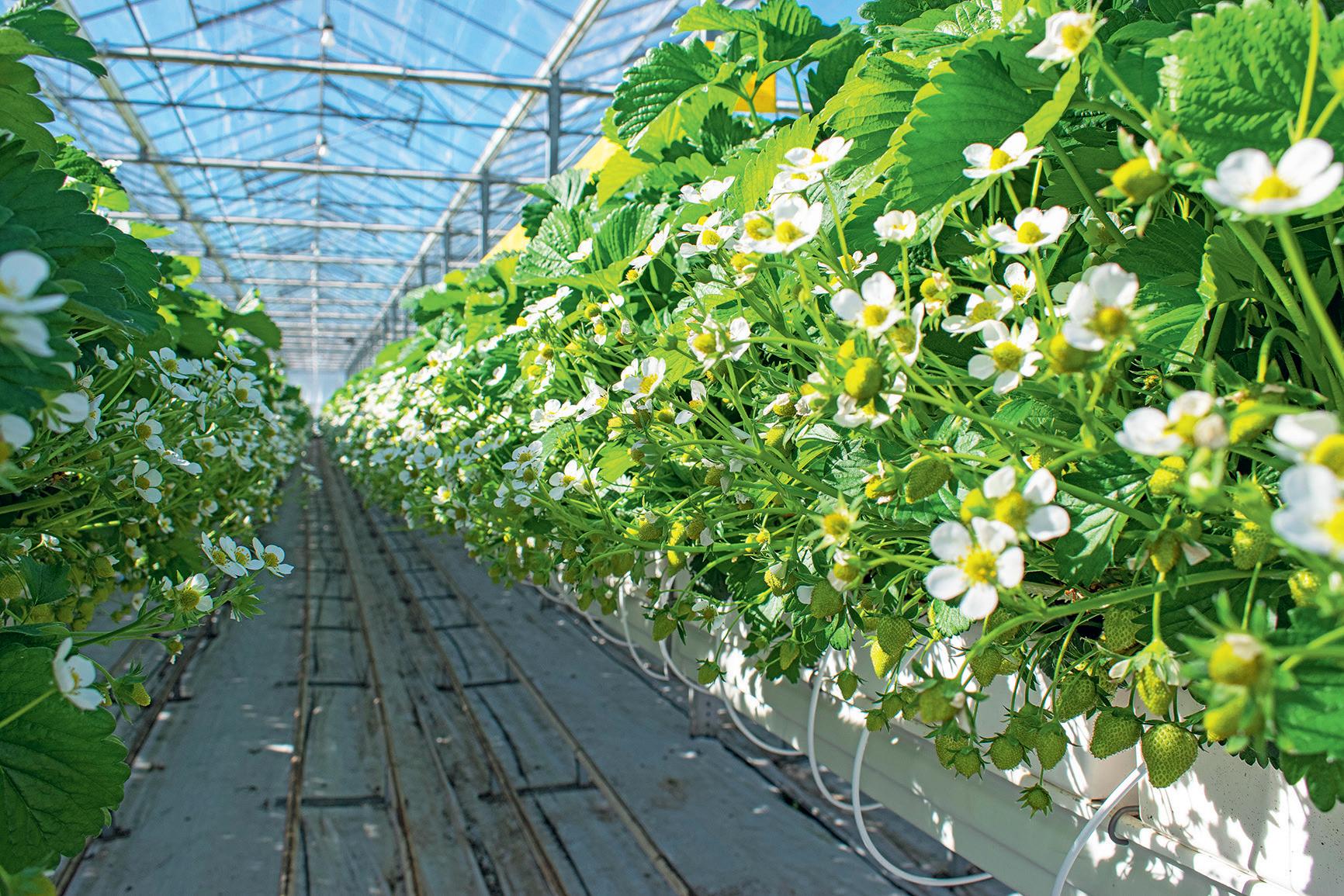
“This season, we should be more active in the demand instead of the supply market,” Pieter van Pelt, Sales & Sourcing Manager at The Greenery, begins interpreting the strawberry season at the end of March. Part of that has to do with weather changes. “They become more challenging every year and create more dips than peaks, decreasing harvests Europe-wide, which, in turn, ups demand from across Europe.”

LIT CULTIVATION
The Greenery started its new unlit cultivation season in week 10. “Other strawberry varieties only come into production between weeks 13 and 15. Our latest variety, Inspire, however — for which we are a licensee in the Benelux — starts its first volumes as early as week 10. That allows for a seamless connection to lit cultivation. We can, thus, supply Dutch strawberries year-round, ensuring more of those are on the shelf early in the season,” says Pieter, adding that there is plenty of demand. “Dutch retailers generally prefer local products to imports. They very much want to include Dutch strawberries in their assortment.”
“Inspire isn‘t only the earliest unlit crop in glasshouse strawberry farming, you can also keep producing it for the longest,” says Klaas de Jager, an agronomist at The Greenery. “Whereas most strawberries under glass start in April and continue until June, Inspire still gives fruit in July. So, it begins more than a month early and continues more than a month longer.” Klaas adds that they are looking into influencing day length to extend the production period even further. “It‘s a shortday variety, and once the days start to lengthen in April, flowering stops. With blackout screens, we can deliberately
121 AGF Primeur 4 • 2024
Klaas de Jager
Soft fruit

shorten the days slightly to keep flowering going,” he says.
REDUCING PEAKS
Klaas also points out that the new strawberry variety is not, by nature, an everbearer; it has been made so thanks to cultivation techniques. That is vital because it avoids production, and thus, labor peaks. He says besides energy, finding workers is the biggest cultivation challenge. “Staff currently dictates what can and cannot be done. That’s why growers are looking for less peaky genes, enabling a more consistent spread of labor.” Inspire can provide a solution for growers regarding labor, but has other growing advantages, too. “Picking is easier because the strawberries are nicely distributed, and the fruit is of good size. The firm skin also extends the product‘s
shelf life and the crop yields many Class I strawberries,” Klaas explains.
Labor, though, is not the sole challenge, Pieter adds. “Cultivation challenges around making quality, healthy food available at affordable prices are growing. There are numerous hurdles, including laws and mandates,” he says. The manager notes that this is an increasingly limiting factor in acreage expansion. Klaas even reckons the total area of strawberries grown outdoors should remain mostly stable.
LESS ENERGY
“Those rules and regulations severely hamper expansion. Greenhouse acreage of fruit-vegetable or flowers can still grow because growers can switch their crop choices. There‘s potential for espe-
cially soft fruit and strawberries cultivation. These crops require less energy than some others. Being able to cultivate crops using less energy is something the sector is earnestly considering,” says Klaas.
He admits there are concerns around sustainability and crop protection products. Klaas sees an increasing emphasis on green crop protection products, but that is not always enough for varieties susceptible to certain diseases. “Without the supporting genetics, it becomes difficult to protect a crop using solely green agents. Inspire can tolerate powdery mildew and Phytophthora. It‘s a relief for growers to be able to move to more robust varieties so they can rely on green agents first and only resort to chemical agents when there‘s no other recourse,” he explains.
EXPANSION
“Last year, a select group of growers began cultivating Inspire strawberries,” Pieter states. “This year, that number and the acreage grew substantially.” They want to expand cultivation further with both existing and new growers. “Growers, retailers, and consumers give us positive feedback, and the Inspire share should keep increasing further in the coming years,” he concludes.
P.vanPelt@thegreenery.com
K.deJager@thegreenery.com

122 AGF Primeur 4 • 2024
Soft fruit Inspire reduziert Ernte- und Arbeitsspitzen
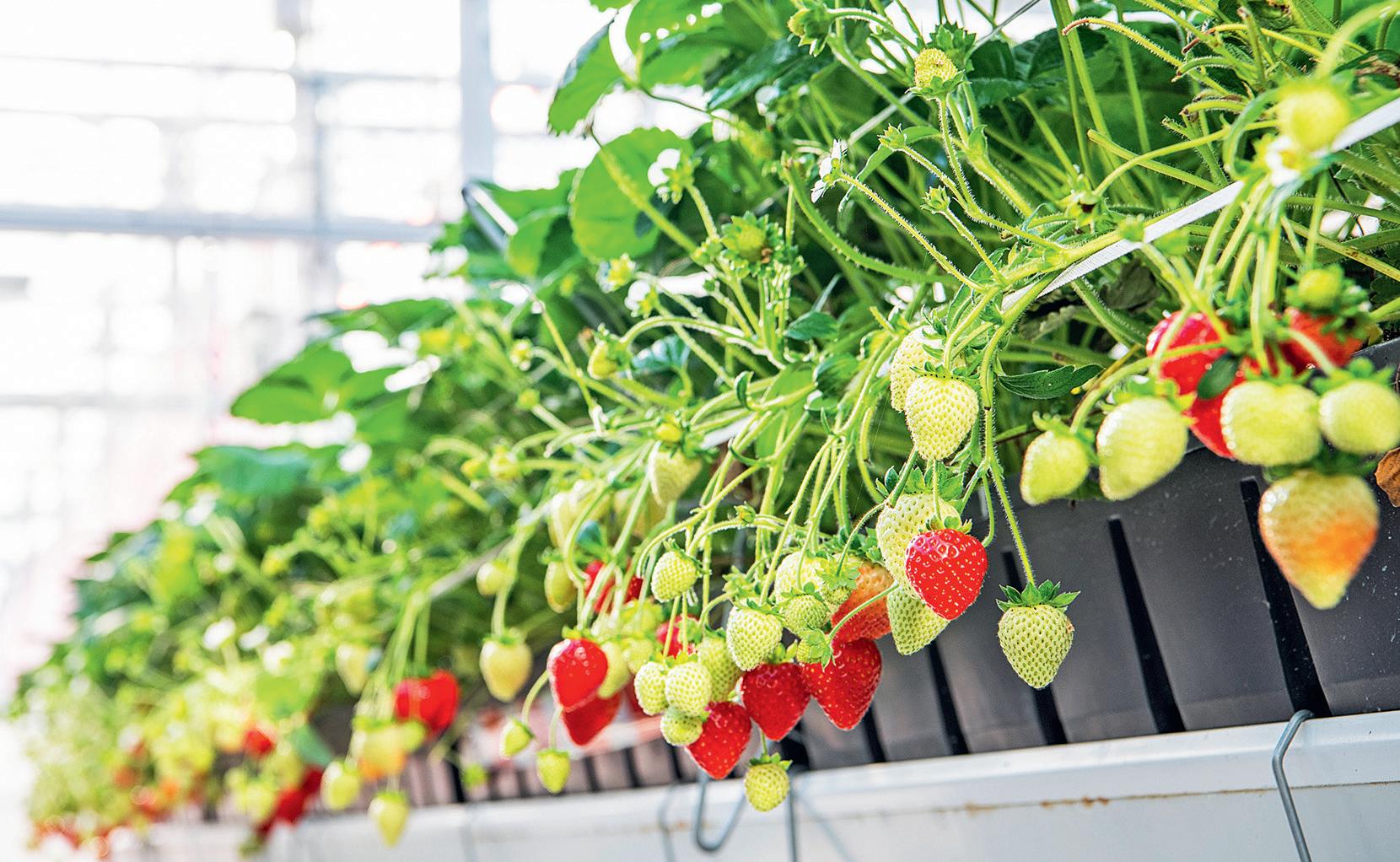
Roland Sweijen, Limgroup, about breeding strawberries from seeds:
“We‘re going to show growers and the market that it‘s genuinely possible”
“The strawberry sector is on the eve of a transition. These are exciting times,” begins Roland Sweijen, Product Lead Strawberry at Limgroup. This Dutch company breeds strawberries and asparagus. He is referring to the propagation of strawberry plants from seed. Roland foresees this development overtaking propagation from cuttings and expects that, in ten years, the vast majority of strawberries for racks and greenhouses will be grown from seed.
The F1 hybrid Limore One’s commercial introduction brings this transition a step closer. “This — our first ever-bearer from seed — lays the foundation for the transformation. This new variety‘s good quality and high production interest growers. It can keep up well with the highest-producing clonal varieties. That basis must now be put into practice, and we must show growers and the market what‘s genuinely possible.”
FOR GREENHOUSES AND RACKS
Roland explains that the variety was specifically developed for substrate cultiva-
tion in the Northwestern European climate. He believes there is still much to be gained from developing specific genetics for specific markets and growing systems, as has been done for years in products like fruit-vegetables. “The Elsanta variety, for example, originally developed for outdoor cultivation, is now often used for all cultivation systems. Also, we now have high-tech greenhouses but still use the same genetics. Hybrid varieties mean you can very specifically develop the genetics with the highest potential for either high-tech greenhouses or rack cultivation,” says Roland.
Clonal propagation usually takes two years, whereas breeding from seed takes only four months. “You, thus, get a much more sustainable strawberry plant. Obtaining that plant takes far less labor, energy, land, chemicals, and water. That also means costs don‘t rise because you can profit from all the aspects you saved on.”
FLEXIBILITY
Roland points out that seed propagation offers growers much more flexibility, too. “Growers who do clonal propagation depend on when mother plants give cuttings. Strawberries raised from seed can be sown whenever, and four months later, the grower has a plant,” he says, adding that this will require some adjustment from growers because the crop, as it is, uses systems based on the availability of cuttings. “This way, after the plant has been growing for four months, the grower can start cultivation on any day with a fresh plant.”
123 AGF Primeur 4 • 2024
Die aus Samen gezogene Erdbeere ist nicht nur lecker, sondern auch viel nachhaltiger
Flexibility affects breeding, too, says Sweijen. “We develop the parental lines and can, from the seed, very specifically steer cross traits into a variety. Although that process takes several years, it‘s much faster and more flexible than clonal breeding, over which you have minimal control,” he says. High on the wish list of desired traits is resistance to mildew and botrytis. “Those varieties don‘t exist yet; resistance against those diseases isn‘t yet available. That will undoubtedly take several more years. However, some varieties are less susceptible to those diseases. That‘s currently advantageous.”
RESISTANCE NEEDED
Another contributing factor is the cutback of many crop protection products. “That‘s not going to improve in the next few years either. As is increasingly evident across the board, more and more agents will disappear for strawberry cultivation as well, so the need for resistance will climb. You can partially control the climate and take precautions, but resistance is going to bring truly great added value,” Roland says, pointing out the importance.
He adds that plants bred from seeds have the advantage of being hybrids and, thus, identical. “So, they‘re exactly the same age, and the plants will all come into production simultaneously. Cuttings are picked from different parts of the plant, so they‘re at different stages of growth.

Als toonaangevende producent van massief karton, maken we het mogelijk dat deze verse en diepgevroren producten onder de best mogelijke omstandigheden worden bewaard en vervoerd. In duurzame, betrouwbareen innovatieve verpakkingen op maat, die garant staan voor kwaliteitsbehoud en voedselveiligheid. Met respect voor mens en milieu, door zo min mogelijk te verspillen.


Strawberries from seed, on the other hand, look very uniform.”
STEP
BY STEP
In January, Limore One planted its first greenhouse commercial crop and, in late March, a greenhouse rack crop. “All eyes are on Limore this year, and these strawberries from seed have to prove themselves,” Roland admits. He emphasizes how important a step-by-step approach is, so growers can understand what is happening in the field and manage accordingly. “Then there won‘t be any surprises. We want to ensure a good
foundation for strawberries from seed before we scale up.”
Fruitmasters is handling the marketing. “They believe these strawberries are the future,” Sweijen explains, “and are developing a brand specifically for them.” He expects the more sustainable growing method to be especially appealing to consumers. “They’ll still get tasty strawberries, but since this fruit was grown from seed, their cultivation is far more sustainable,” Roland concludes.
rsweijen@limgroup.eu
Onze verpakkingen worden ontwikkeld vanuit drie hoogtechnologische, volledig geïntegreerde productielocaties in het Belgische Meer en Oudegem (hoofdkantoor) en in het Nederlandse Loenen. Van papier dat we in onze eigen fabrieken recycleren tot stevig, vochtbestendig en honderd procent recycleerbaar massief karton.


124 AGF Primeur 4 • 2024 Soft fruit
Der Anbau von Erdbeeren aus Samen dauert vier Monate, die Vermehrung durch Stecklinge zwei Jahre
Limgroup erwartet, dass der Anbau von Erdbeeren aus Saatgut eine Umstellung des Anbaus bewirken wird

The Earth provides us with energy, food and water. A source of life, which we must use sparingly. At Smart Packaging Solutions we use energy and raw materials sparingly, developing THE PERFECT BODY. A protective packaging for fragile natural products such as meat, fish, fruit, vegetables and flowers.
WE MAKE IT FIT

LEADING PACKAGING PRODUCER
Our packaging is developed from three high-tech, fully integrated production sites in Leer and Oudegem (our headquarters) in Belgium and in Loenen, the Netherlands. From paper that we recycled in our own factories to sturdy, moisture-resistant and one hundred percent recyclable solid cartons.
Oudegem (BE)
Oude Baan 120 9200 Dendermonde & +32 52 26 19 26
) orderdesk@smartpaso com
www.smart-packaging-solutions.com
Meer (BE)
Europastraat 28 2321 Meer & +32 33 15 04 24
) orders@smartpaso.com
Loenen (NL)
Voorsterweg 38
7371 GC Loenen & +31 5 550 58 222
) orders@smartpaso.nl
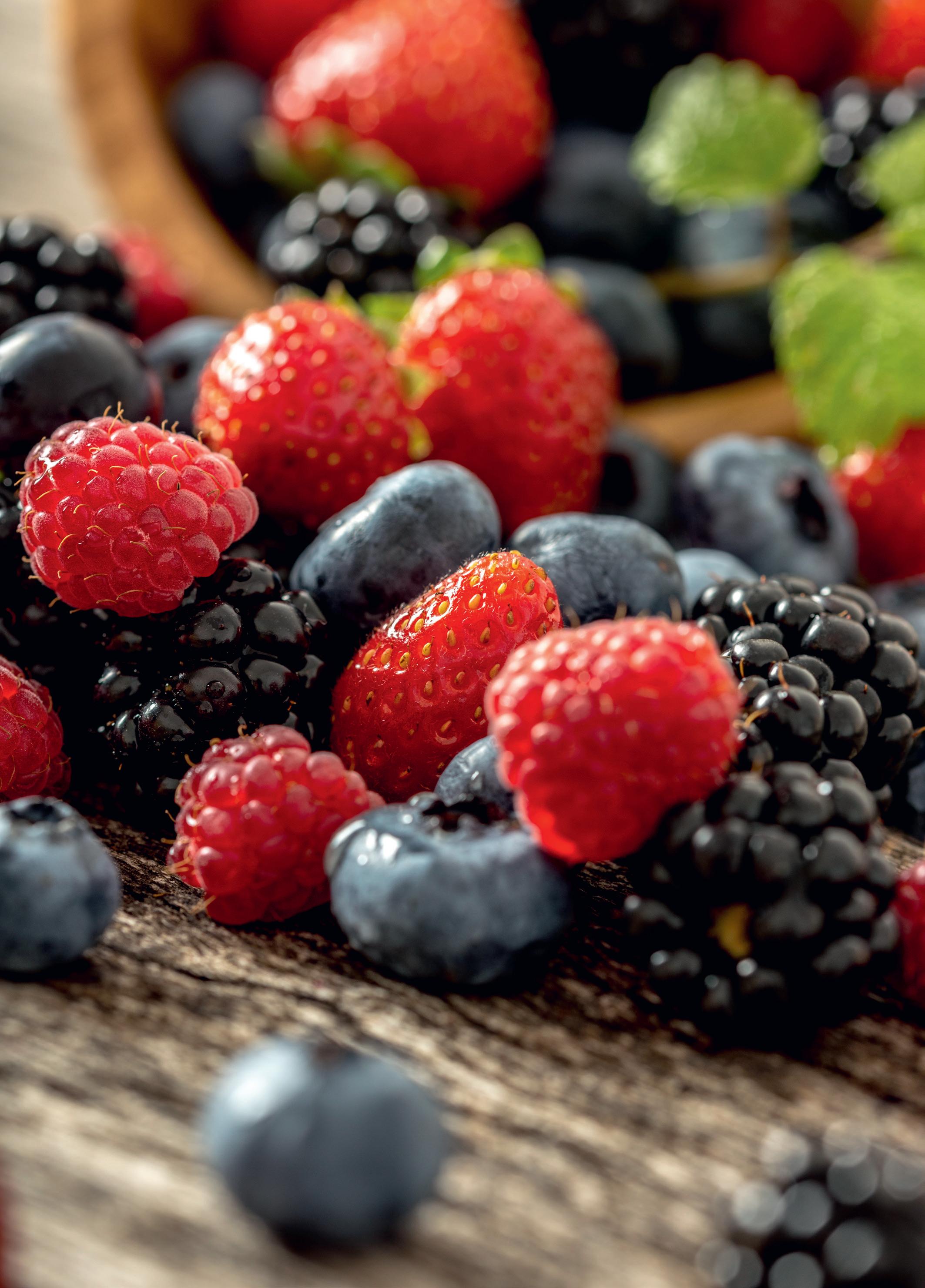

www.meijnentransport.nl Transport of fruit and veg with your products and business in mind MEIJNEN INTERNATIONAL TRANSPORT BV

Simon Schumacher from the Association of South German Asparagus and Strawberry Growers e.V.
“People call on the trade not to set margins excessively high at the beginning, but to start moderately”
Due to the good weather in the second half of 2023, German asparagus plants did quite well overall. This in turn led to a good start to the season. “There was little disease and pest pressure, which meant the plants were able to store a lot of energy. This in turn means that the aroma on the one hand and the yields and stalk thicknesses on the other are very good. These are all important quality criteria. The situation was similar in the 2022/23 season, when even older farmers were talking about the ‘asparagus of the century’. We now hope that this will be the case this year as well,” says VSSE board spokesman Simon Schumacher, giving an initial interim assessment of this year‘s asparagus harvest.
In many growing regions in Germany, asparagus had already grown somewhat due to the mild temperatures, which was reflected in an early start to the season in many places, but with manageable quantities. Schumacher: “Thanks to good varieties, efficient foil technology and higher beds, we can harvest and market longer spears. The UNECE standard, i.e., the maximum permitted length, has been increased accordingly, from 22 to 24 cm. This is an important and sustainable game changer, as it means we can continue to bring a valuable food product to the market.”
127 AGF Primeur 4 • 2024
Asparagus

IMPROVED MARKETING SITUATION
“The reluctance to buy has somewhat decreased, which we can see from the figures from travel agents (TUI etc.). Travel bookings are brisk again, and we will see many foreign travelers and asparagus fans. In this respect, we are in good spirits. The situation regarding the workforce has also normalized to some extent.”
According to Schumacher, the current price situation is satisfactory for every-
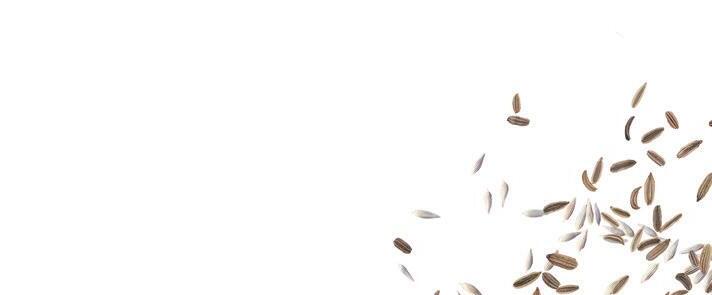



one involved: “Our argument is that we shouldn‘t go over 20 EUR per kilogram for first-class asparagus. Retailers are also called upon not to set margins excessively high at the beginning, but to start more moderately and keep prices more stable during the peak seasonso that there is a rapid volume outflow at the end. Nevertheless, the first early asparagus is automatically more expensive due to the




triple film cover, the additional effort and the lower harvest output.”
DECLINE IN AREA AND FARMS
Across Germany, the number of asparagus farms has fallen by almost 25% since 2015 and by 4% compared to last year. In addition, the area under cultivation has fallen by around 7% since 2015. Also interesting is the development of young plants, which has fallen by almost a third since 2015. “Retailers are therefore increasingly faced with the task of sourcing not just the cheapest asparagus, but German asparagus in sufficient quantities throughout the season,” Schumacher adds.
According to the market expert, the decline in the number of asparagus farms is also due to several factors, first and foremost the cost-income situation. “For asparagus, 40 to 50 percent of its price consists of labor costs. This means that every additional cent has a significant impact on the economic situation of the growers. Political uncertainties also make things more difficult. Furthermore, there are many small to medium-sized asparagus farms, particularly in North
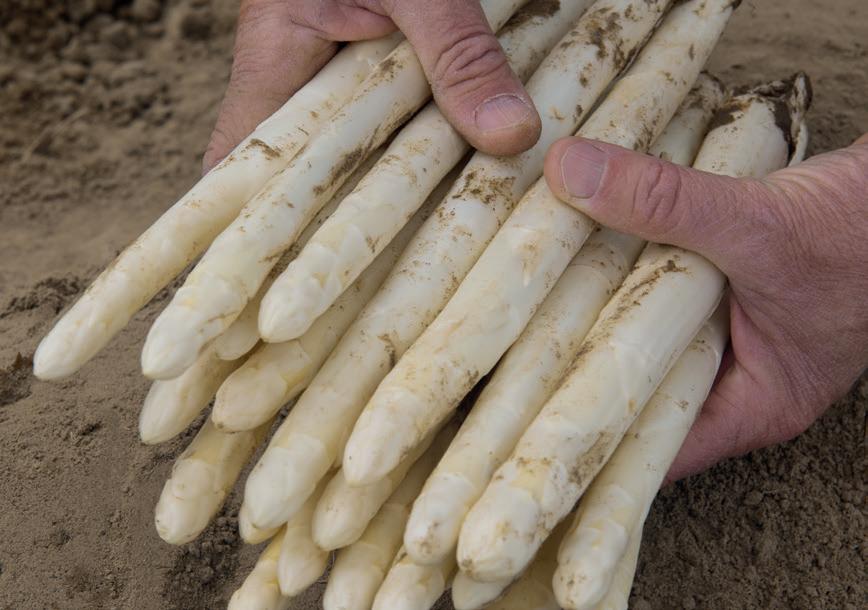

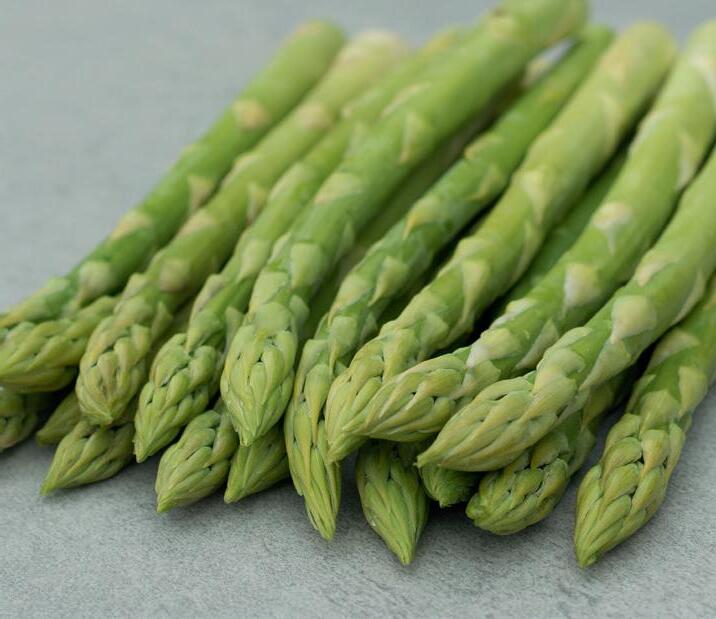
ASPARAGUS FROM BEJO
Varieties that set new standards!
Prius F1 (white)
Cumulus F1 (white)
Cygnus F1 (white)

128 AGF Primeur 4 • 2024 Asparagus
EXPLORE OUR ASPARAGUS ASSORTMENT
bejosamen.de Exploring nature never stops
Sirius F1 (Bejo 3199) NEW (white) Bacchus F1 (green, anthocyaan free) Erasmus F1 (purple)
Rhine-Westphalia and the southwest, which are currently facing a generational change. We can see that these potential farm successors are also valued in the industry. At the same time, the attractiveness of these professions is particularly high due to the good pay and minimal risks. This ultimately leads to many young potential farmers taking other paths. This does not necessarily mean that asparagus growing will die out, but that a structural change will take place, with smaller farms handing over their land to larger ones,” Schumacher points out.
GREEN ASPARAGUS IS TRENDING
According to Schumacher, interesting trends can also be observed within asparagus production. “Retailers are now specifically asking for German green asparagus, whereas this sector was dominated by Spain for the longest time. Green asparagus is also becoming increasingly
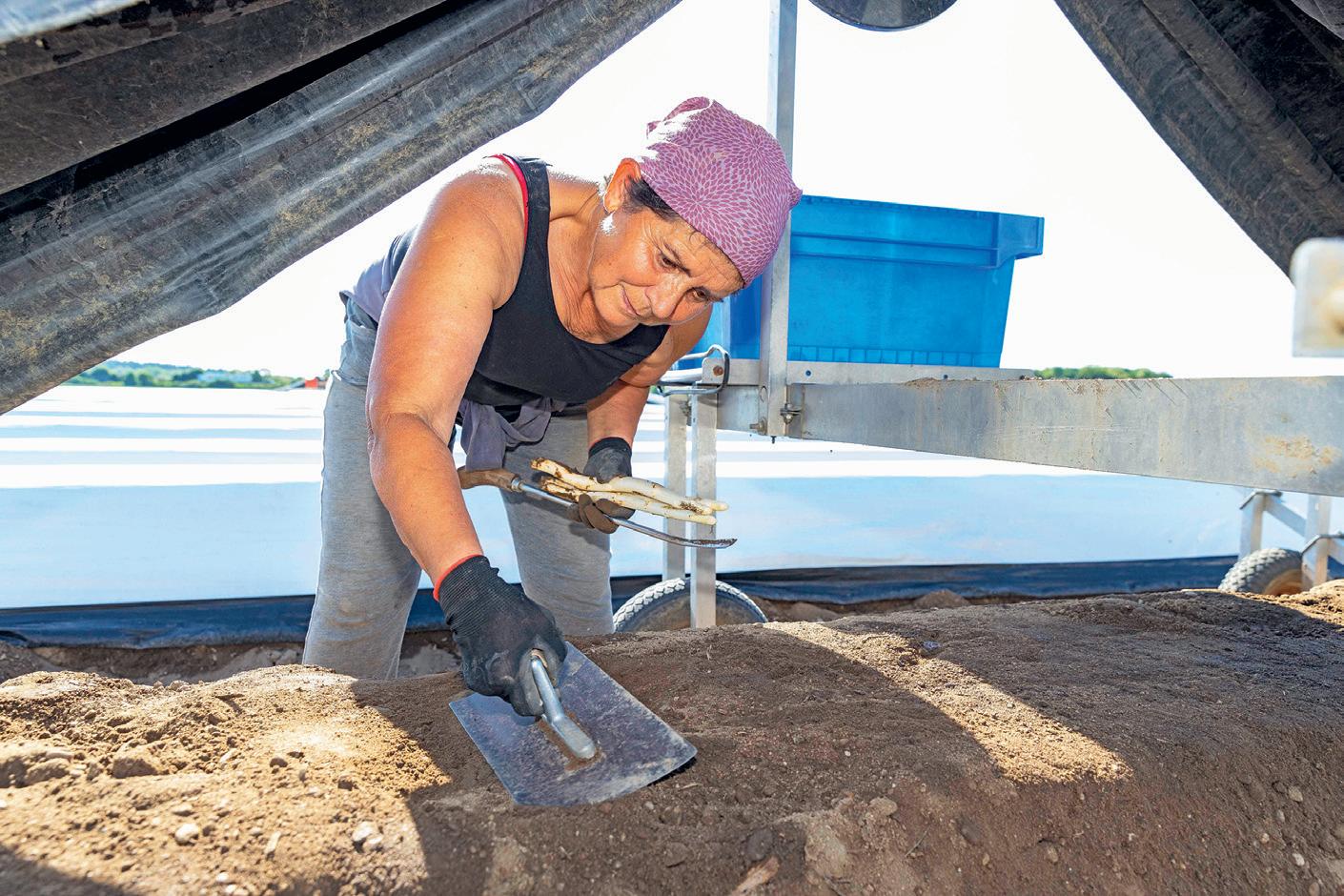
popular with consumers: green asparagus recently accounted for around 17 percent of all asparagus purchases, and
Günter Hugenberg from Bejo Samen Ltd
the trend is rising. Farmers and growers are responding to this trend. However, it should not be forgotten that the cultiva-
„Younger consumers in particular are keen on colored asparagus“
With a wide range of varieties, international seed supplier Bejo Samen covers both the early and late asparagus segments. The latest variety innovation, Sirius, for the late segment was launched last year. The first plants are now being planted accordingly, product manager Günter Hugenberg confirms. “Nevertheless, the later range has lost some of its importance in recent years. The money tends to be made in the first half of the season. The last month of the asparagus season represents a slightly declining market share, at least here in Germany.”
Günter Hugenberg in the trial field of the new Sirius variety.
Green asparagus: growing demand, lacking productivity
In the shadow of the standard white asparagus, domestic green asparagus has also seen interesting growth patterns, Hugenberg observes. He mainly offers the Bacchus variety. “I undoubtedly see further growth potential here, especially as younger consumers in particular are clearly shifting towards green asparagus. Of course, the asparagus sector must also face this changing consumer demand. In terms of productivity, however, green asparagus is still nowhere near the level of white asparagus. This is partly due to the cultivation method, but also to the product specifications.”
In the case of green asparagus, the market generally demands thinner spears with a diameter of between 16 and 23 millimeters, while in the case of white asparagus, grades
over 20 millimeters are particularly popular. “The bottom line is that this means more effort and stalks, with fewer kilos. Unfortunately, the price has not yet rewarded this extra effort. In my opinion, there is still room for improvement.”
Bejo Samen‘s range of varieties is rounded off with the purple ‘Erasmus’ variety. Hugenberg: “This niche segment has established itself at minor levels, representing a very small market share. However, the market is clearly curious: as already mentioned, younger consumers in particular are keen on colored asparagus, and so we are seeing growth in purple asparagus as well.”
Gloomy mood
According to Hugenberg, the mood in the industry remains subdued at the start of the new German asparagus harvest. “Not only has there recently been a drop in demand for a naturally valuable and therefore high-priced product, but there are also many other challenges. Even if the mood is somewhat gloomy, there is no need to shy away from innovation in every respect, whether it be varieties or cultivation techniques.” However, not every asparagus grower is able or willing to keep up. “More asparagus farms will probably close in the coming years, particularly those that have not invested lately or do not have a succession solution. However, this does not necessarily mean that asparagus cultivation
will decline. There are many future-oriented farms with good production and a good marketing structure. These are simply the changing times in which we find ourselves.”
guenter.hugenberg@bejosamen.de

129 AGF Primeur 4 • 2024
Günter Hugenberg im Versuchsfeld der neuen Sorte Sirius
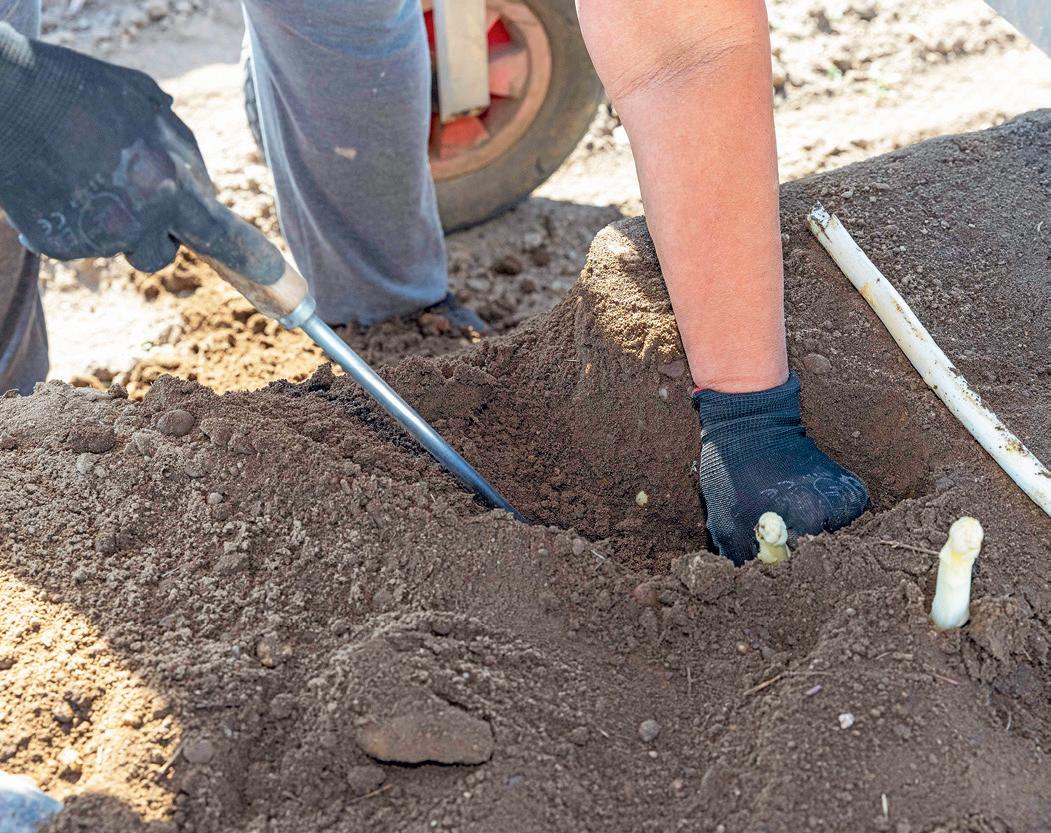
tion process is not comparable to that of white asparagus. Firstly, the spears are thinner and there is greater pest pressure, while green asparagus does away with the need for time-consuming and costly film management and high asparagus stems. Over the entire season, green asparagus prices are slightly higher, which is necessary considering the additional costs.”
In addition, peeled asparagus is still en vogue, which is also being considered by machine suppliers with the appropriate peeling processors. “With To-go concepts and self-service systems at the POS, people are trying to turn asparagus shopping into an experience. I don‘t see these concepts so much as competition for the farm stores, but rather as a supplement. They not only reach younger consumers, who are less likely to take the time to peel asparagus, but also relieve some pressure on the market by breaking up the heavy concentration of asparagus purchases on the weekend. This will partly tie in with the trend shift towards green asparagus, as only the bottom end needs to be cut off to prepare the product.”
HIGH LEVEL OF SELF-SUFFICIENCY AND ASPARAGUS DAY
Overall, Schumacher is confident about the future. “The level of self-sufficiency in asparagus has been stable at over 80% for years. We are talking about the highest level of self-sufficiency in the vegetable sector.” Now, it is important to continue to sensitize both traders and consumers to the issues of regionality and seasonality. “To this end, we, as a coalition of several associations, have come up with the German Asparagus Day last year. This year, it will take place on 3 May. We hope to bring all topics discussed above to the fore more concisely then.”
schumacher@vsse.de







130 AGF Primeur 4 • 2024
w w w e x p o - s e d e o r g a n i s e r : W e d n e s d a y / T h u r s d a y N o v. 2 0 - 2 1 , 2 0 2 4 MESSE KARLSRUHE, GERMANY Visit E u r o p e ’ s l e a d i n g t r a d e f a i r f o r a s p a r a g u s a n d b e r r y p r o d u c t i o n a n d G e r m a n y ’ s l a r g e s t t r a d e f a i r f o r a g r i c u l t u r a l d i r e c t m a r k e t i n g ! 2 expos 1 single date Asparagus Day Berry Technology Forum Register now! RZ_Primeur_90_132,5_2024_EN_V2.qxp_Layout 1 27.03.24 17:52 Seite 1 Asparagus P R ODUCT ION CR OW N S CONSULT ING SA L E S 100% ASPARAGUS Your partner for the most delicious fresh asparagus! Year round available! Zandberg 14b - Helden | +31 (0)77 307 14 44 | www.teboza.com
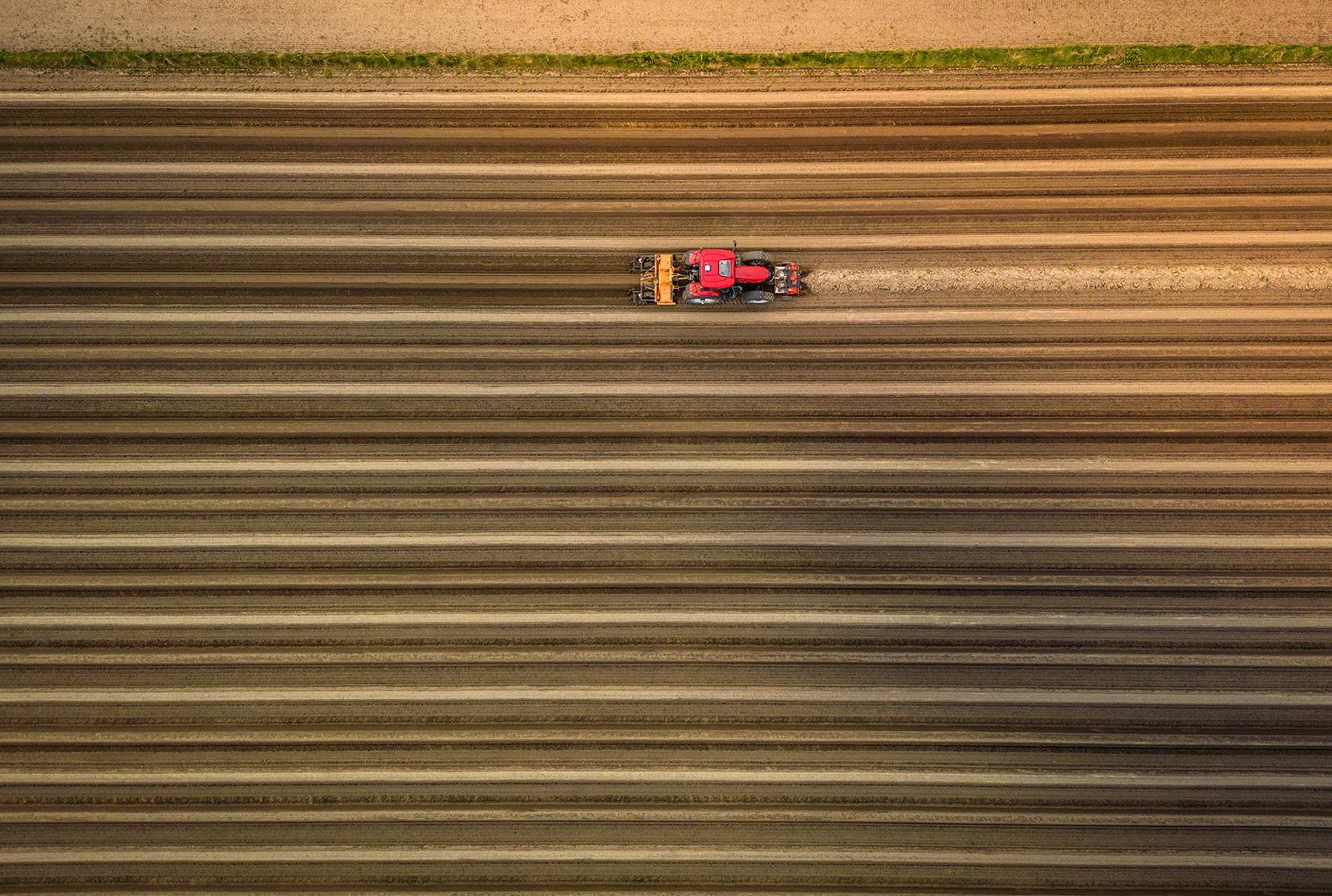
Will Teeuwen, Teboza:
“Shrinking European asparagus acreage generally creates more demand than supply”
“The Dutch season started as planned,” begins Teboza‘s Will Teeuwen in early April. “The first asparagus came out of the greenhouse in mid-January, and the heated crops were early, too. Because spring began slightly early, we managed to do some nice volumes for this early Easter. Last year, Easter was a week later, but volumes, sales, and prices are pretty similar to last year.”
Will sees demand for white asparagus—only eaten in Northwest Europe—as relatively stable to slightly rising. With green asparagus, year-round demand is noticeably increasing. That creates more room for a sustainable European product. “Both retailers and consumers are leaning toward that, and this trend will continue,” he says.
FIGHTING THE ELEMENTS
While sales are good, supply is a very different story. “We‘ve had five months of rain, and it‘s still raining in early April. That‘s been the biggest challenge so far. We had to take every possible moment to prepare the fields under less-than-perfect conditions. We still haven‘t been able to lay film everywhere.” Will points out that where field bed preparation normally starts in late October, this year, that could only begin here and there, in Janu-

ary. “We‘ve been fighting the elements for five months. You can do all the planning and have good machinery and people like us, but the weather still determines how things go,” he admits.
Though Will assumes some plots can be readied in time, that will not be true for all of them. Thus, the overall volume should be lower this season, and he antic-
131 AGF Primeur 4 • 2024
Asparagus
Will Teeuwen

ipates a shift in the harvest. “The plots built up later will also go into production later. Asparagus, which was supposed to come into production in mid-April, will probably do so toward the end of that month.”
SHIFT TOWARD THE END OF THE SEASON
Although this shifts harvesting more toward the end of the season, the asparagus grower says that need not be an issue. “Demand‘s not bad then. It‘s just that the late crop supply—from the third week of May until the end of the season—is something the sector has focused on less in recent years. That could change this year,” he explains.
These conditions could lead to demand outweighing the supply, Will reckons. That, by the way, is a structural development that will continue in the coming years, he points out. “Acreage is declining throughout Europe. That means, apart from a possible crop spike due to warm weather, supply is structurally declining. It hasn‘t increased this year, either. Overall, prices should be good, and there will probably be rather more demand than supply.”
CULTIVATION IS INCREASINGLY NERVE-WRACKING
Will contributes that shrinking acreage to the growing challenges facing the asparagus cultivation. “It‘s becoming more and more nerve-wracking and challenging. Beyond the weather, there are challenges regarding laws and regulations, government flip-flopping, labor
availability, and rising costs. That makes things increasingly difficult for smallscale entrepreneurs, who must do everything themselves. Smaller organizations are burdened with more and more challenges. That takes the fun out of farming. This development is evident across all European asparagus-growing countries,” he states.
In these challenging times, growing asparagus requires a professional approach, says Teeuwen. “With a company of a certain scale, you can put the right people, with appropriate training and experience, in the right place. That makes the challenges manageable. It‘s especially about having enough organizational and financial clout to meet those challenges. You have to invest big-time, but responsibly, to keep your business future-proof.”
FULL SHELVES ARE NO LONGER A GIVEN
Will, nevertheless, remains optimistic about the future. “Conditions are very challenging, but often the most challenging years are not the worst, financially,” he says, adding that he sees value in the increasing trend to enter into chain partnerships. “Then, when you invest, you know there are buyers for your product. The time of producing and just believing the product will find its way to the market is over. Anyone entering the market with that mindset will struggle, both on the grower and buyer side. Retailers want full shelves, which are no longer a given,” Will concludes.
W.Teeuwen@teboza.nl
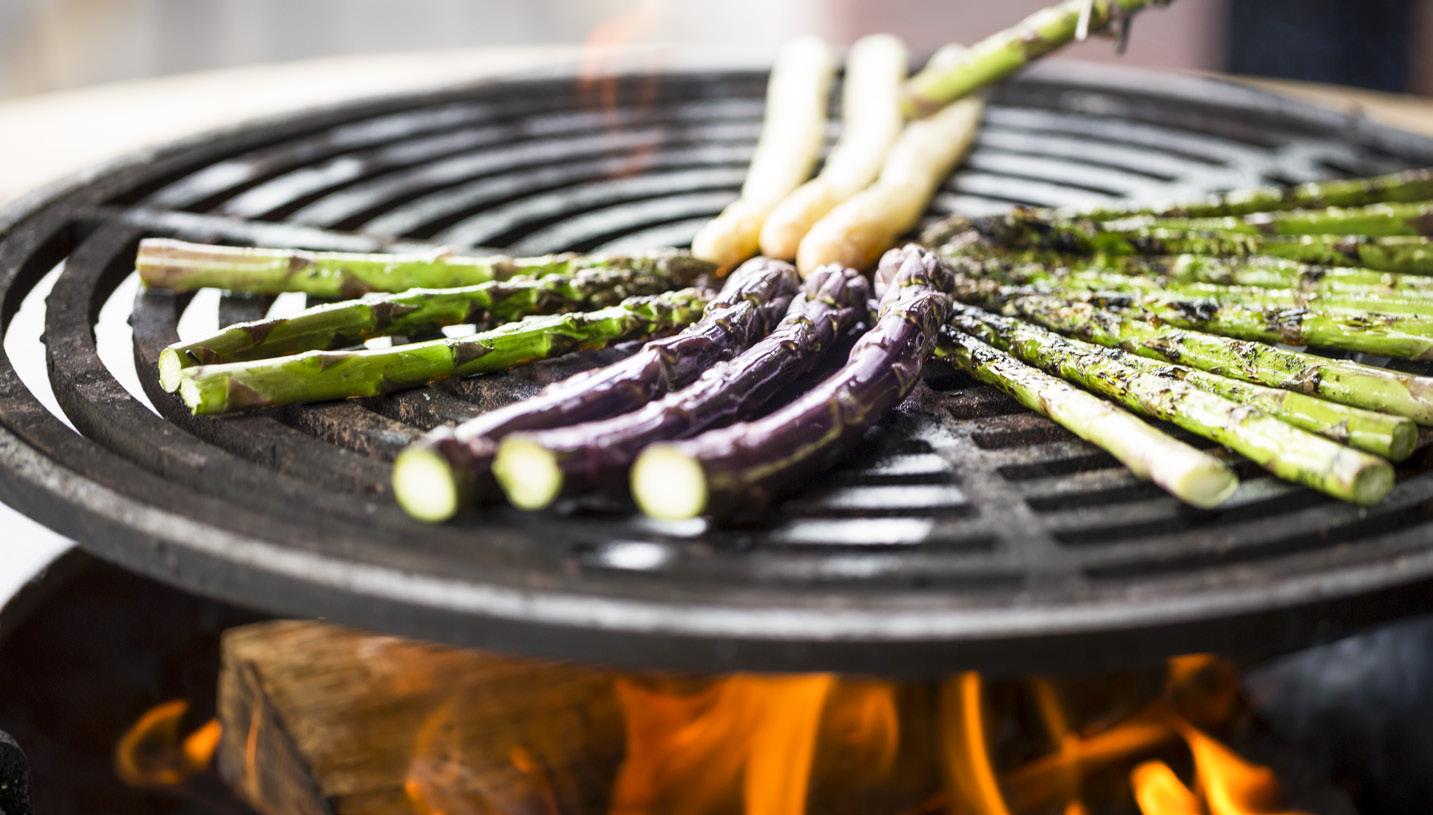
132 AGF Primeur 4 • 2024 Asparagus
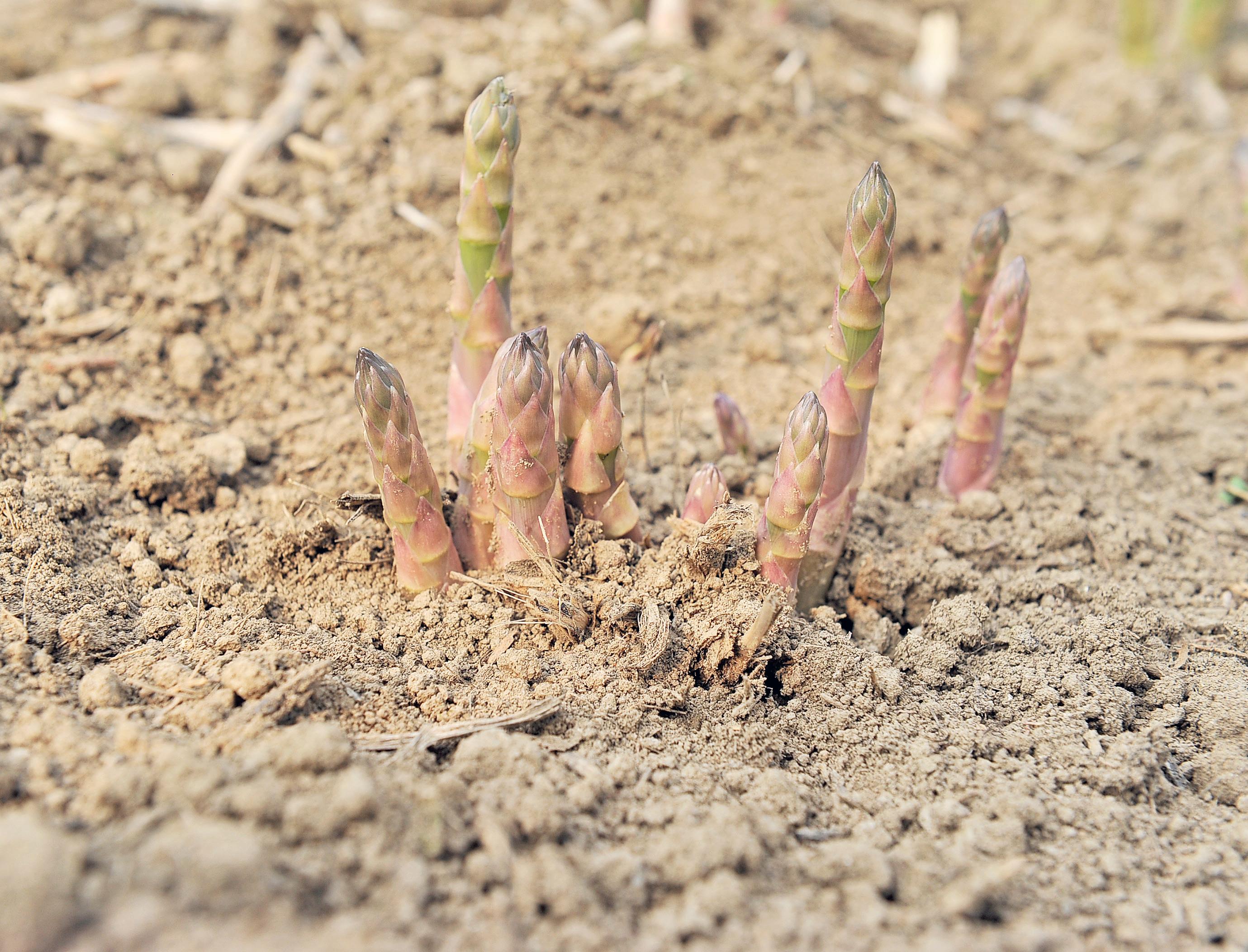
Despite a certain decline in the area under cultivation, asparagus is still the most important product in
Italy
Despite some reduction in acreage, asparagus continues to be the reference product in Italy. Exports are also increasing, although national production does not meet domestic consumption. Cultivation is divided into two types: white asparagus in northern Italy and green asparagus in central and southern Italy. The decline in the asparagus area in Italy appears to have been a continuation of last year‘s trend. The total area is estimated at 8,100 hectares for the current season, which represents a -4% compared to 2023. (Source: CSO Italy).
“Heavy rainfall during the winter months,” explains CSO Italy, “hampered and delayed field operations, and the month of March has seen a lot of weather variation and temperature fluctuations. Much of the Italian product available until mid-March came from crops grown under cover, mainly in Campania, which is making excellent
progress, and to a lesser extent in Veneto and Lazio. This was followed by the start of the production in open fields.”
Prices were very good up to Easter and have remained fair since then. Most of the asparagus harvested in Italy is usually sold on the domestic market. Imports were slightly below the average of pre-
vious years with less than 4,000 tons last year, and they typically take place between March and May, concentrated mostly in April. The main supplier is Spain, which also represents the main competitor on foreign markets.
Paolo Brotto, producer from the Veneto region: “Production in northern Italy has not been very good this year. Until 8 April, quantities have been rather low and prices very high. The Bassano White Asparagus PDO — I am the president of the Consortium — is a historic product whose first records date back to the Republic of Venice in the mid-15th century. Wholesale prices from mid-March to 8 April were around 13–14 EUR per kilo. It is a very characteristic white asparagus. When the quantities increase, we will also have sales channels abroad, and
133 AGF Primeur 4 • 2024

the country in which we sell the most is Japan.”
“Despite strong sales on the domestic market, Italian asparagus exports have grown well over the years, with volumes exceeding 10,000 tons in 2021, and more recently in 2023. About 10 years ago, total exports were around 6,000 tons”, says CSO Italy.
“Although Germany is the leading producer and importer in Europe, it is traditionally the first market for Italian exports. Asparagus is also well-placed in neighboring countries such as Austria and Switzerland. In recent years, these three destinations have accounted for 70% of cross-border sales. In 2023, good quantities were exported to Croatia and Slovenia, Scandinavian countries and some Eastern European countries.”
“If we look at the German market,” says CSO Italy, “asparagus imports from Italy to Germany are around 20,000-25,000 tons. However, supplies from Spain outnumber those from Greece, and together they account for about 60 percent of annual German imports. This is followed
by the Netherlands and Italy, which recently reached a 20% share. Among the other suppliers, which include more than 30 countries, Mexico is gaining ground at the expense of Peru.”
Switzerland imports almost 10,000 tons of asparagus per year. Spanish products also lead this market, with almost 50 percent of the annual volume. Over the years, Italy has gradually established its presence, reaching 10-15% of the total in recent seasons.
Austria‘s asparagus imports are much smaller, at around 2,500 tons, partly due to the more limited number of suppliers. Italy has historically been the top seller, with an annual volume approaching or, in some seasons, exceeding 40 percent of the total.
ITALIAN REGIONS
In terms of cultivated area, Apulia (the first Italian region in terms of area) has about 3,000 hectares, which indicates a 10% decrease compared to 2023. By contrast, Campania is expected to increase its area by more than 800 hectares (+10%). In central Italy, Lazio has
set aside just under 700 hectares in 2023. The neighboring region of Tuscany has a much smaller area (around 200 hectares). At over 300 hectares, the area in Sardinia is also unchanged.
In the North, cultivation seems to be stable. Veneto dominates, ranking second after Apulia at a national level, with more than 1,800 hectares in 2024. Friuli Venezia Giulia and Trentino Alto Adige represent smaller basins of 250 hectares and 100 hectares each. Traditionally, white asparagus is preferred to green asparagus by producers in the north-east. Also in the North are Emilia-Romagna, where the area has decreased very slightly (around 600 hectares), and Piedmont, which also continues to decrease (around 250 hectares).
134 AGF Primeur 4 • 2024 Asparagus
Rick Mengers, ZON:
“The wet weather has delayed most Dutch asparagus crops by a month”
“Asparagus harvesting in heated greenhouses and higher up open fields, which are less affected by the high water table, is underway,” begins Rick Mengers of the Dutch cooperative Zon. In early April, the asparagus supply was modest. Because of all the recent rain, plenty of traditional growers have yet to start building up their beds, which, naturally, impacts volume. “They‘ll only begin producing near the end of April, meaning that crop is a month behind. Production from the last mini tunnels should, however, push up the supply slightly in the coming weeks.”
Rick thinks that for most growers, this delay will generally lead to a long season with no peaks. That is, unless summer comes early. “That would be similar to last year. A long season usually isn’t bad, and if prices are good, growers are often inclined to continue for longer. The volumes will come, eventually,” he says. The weather also means the yearling plants will probably not be staked this season, Rick reckons. “That‘s because of all the rain and their quality. Asparagus is only staked for a week or two during the first year, so that won‘t affect the total harvest volume much.”
NOT YET ASPARAGUS WEATHER
The weather has delayed demand, too. “There was mixed demand around Easter.

It didn‘t quite bring what we expected, but overall, we‘re satisfied with the Easter sales. Retail demand is excellent, but we need better weather for trade customer demand to pick up. It‘s not really sunny asparagus weather yet,” says Rick. He sees that asparagus cultivation is becoming increasingly automated. That is partly because fewer crop protection products are being allowed for use. “The number of permitted pesticides is decreasing, especially against weeds. Few good substances remain. That‘s where the true move to mechanization is being made.”
A HARVESTER WITHIN FIVE YEARS?
Mechanical asparagus harvesting is being thoroughly tested, too. “Those trials have been running for about four

years, and the machines improve a little each year. Labor shortages and their high costs drive that development. Asparagus harvesting isn‘t a popular profession. The sector has managed reasonably well in recent years to retain experienced workers. Still, as soon as they drop out, it becomes quite a struggle to get asparagus out of the ground at a regular cost price,” says Mengers. He expects that this will bring the larger-scale use of harvesting machines closer, and foresees this phenomenon making its appearance within about five years.
In many European countries besides France and Italy, asparagus acreage is shrinking. That is no different in the Netherlands. “Due to an aging population, some of that is lost annually. Fortunately, occasionally, a young farmer appears who wants to venture into asparagus cultivation. We desperately need those people to keep Dutch acreage levels acceptable. There should be some expansion among those young growers. Will that compensate for the aging growers‘ acreage? That‘s very much the question.” Rick, nonetheless, still sees plenty of opportunities for this seasonal product. “If cost prices don‘t shoot up, it‘s still a great product, yield-wise,” he concludes.
rick.mengers@royalzon.com
135 AGF Primeur 4 • 2024

Mirko Tiemann from Kirchdorfer Spargel & Beerenfrüchte & Co.:
“We want to further mechanize our asparagus production for reasons of efficiency and cost”
Shortly before Easter, the first volumes of early white asparagus were harvested at Kirchdorfer Spargel & Beerenfrüchte growers in Lower Saxony and Brandenburg. In the first week of April, some 10 to 15% of the total asparagus area was ready for harvesting, says Mirko Tiemann, sales manager at the company. Despite excessive rainfall and waterlogging in some fields, this year‘s asparagus harvest got off to a good start, he says. “Due to the rain and the lack of sunshine, the season is kicking off slightly later. Both supply and demand in the trade are currently still relatively restrained, and no real volumes are being grown yet.”
“We are now in the first stages, which is why we cannot yet make precise forecasts regarding volumes or
quality,” Tiemann continues. “Nevertheless, we have been able to harvest a high proportion of class I goods in the stan-
dard grading 22-28. However, it is still too early for the jumbo grading (>28) and larger quantities of class II stalks.”
PRIUS ON THE UP
Kirchdorfer Spargel & Beerenfrüchte & Co. is one of several marketing companies belonging to producer organization Spargel & Beerenfrüchte Brandenburg. It markets asparagus and berries from their producers, primarily in Lower Saxony and Brandenburg. Kirchdorfer Spargel & Beerenfrüchte & Co. mainly trades in northern and western Germany. Some business is also done in the greater Berlin area, where it supplies all well-known discounters, food retailers and special-
136 AGF Primeur 4 • 2024
Asparagus
Geschäftsführer Heinrich Thiermann von Kirchdorfer
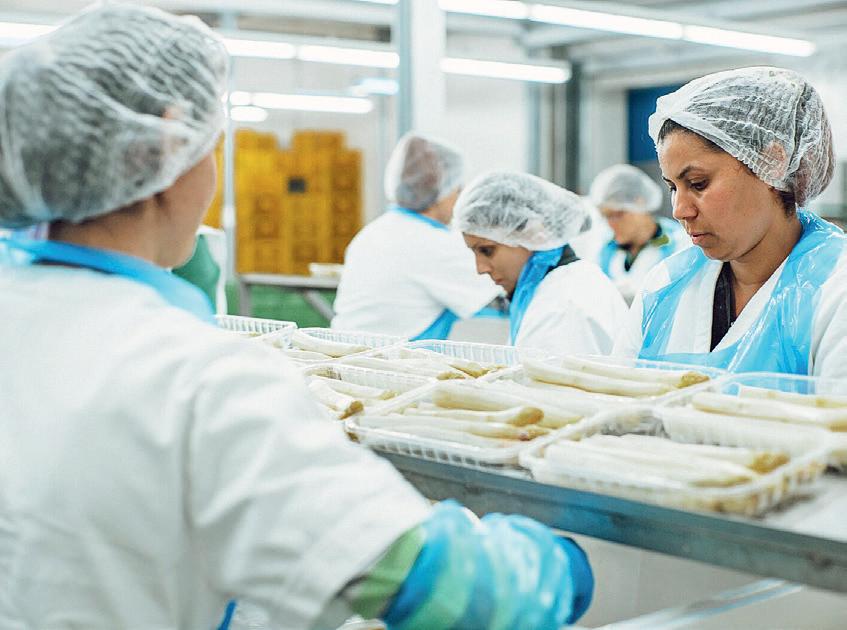

ized wholesale and catering companies. The company stocks a wide range of varieties, consisting of both new and triedand-tested products. “One new, promising variety in our portfolio is Prius, which we can already harvest in market-relevant quantities. We are also making corresponding efforts to expand the cultivation area in the coming years. We now also have the Rakete variety in trial cultivation and we will plant this commercially. Furthermore, we are growing several established varieties from Limgroup. Apart from one or two varieties that haven‘t really caught on, we haven‘t had any major disappointments at variety level so far.” In terms of price, Tiemann sees only minimal price differences between the individual varieties on the market.
Overall, the price is roughly at the same level as last year, Tiemann continues. “The big hold-ups are still the minimum wage, coupled with the high logistics costs and the toll increase. At the same time, of course, we cannot raise our prices indefinitely, which is why we are forced to increase cultivation efficiency. In practice, this means, for example, that we plant other crops in those areas that are less suitable for growing asparagus. We have the advantage that we also grow arable crops.”
Green asparagus clearly en vogue
In addition to white asparagus, the company is also dedicated to the cultivation of green asparagus, which is usually marketed by St. John‘s Day as well. The Xenolim green asparagus variety can already be harvested at the moment. Tiemann: “Green asparagus cultivation is still a relatively small sector, representing some 10 to 15% of our total asparagus production. However, we have noticed that green asparagus is gaining importance from year to year. Still, it has to be said that the regional origin plays a smaller role compared to white asparagus. This is probably because a lot of produce is still traded from overseas and Spain during the German season. We have also noticed that the product is particularly popular with younger people, presumably because it is so easy to prepare. Accordingly, we will try to further expand our green asparagus production in the coming years.”
In addition to whole spears, the company also offers peeled and convenience asparagus. According to Tiemann, the latter item has established itself as more of a niche product. “With our Pfannenspargel, i.e., ready-to-eat white and green asparagus pieces, we are well positioned and want to meet changing eating habits. At the same time, we are seeing an
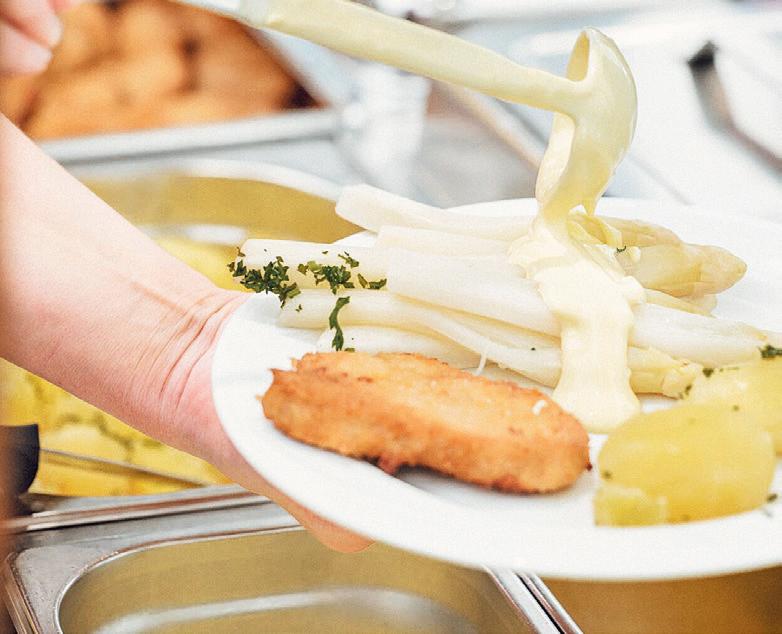
increasing demand for peeled asparagus, which is mainly sold in 400 or 500 g units. Unpeeled asparagus is available in 1 and 1.5 kg bulk packs. We also offer 5 kg units, aimed at restaurants and communal catering.”
Overall, the cultivation and trading company is confident about the future. “We estimate that the green asparagus segment will continue to grow. Meanwhile, our task is to continue to promote white asparagus attractively so that it does not lose too much of its relevance. At a production level, we are aiming to further mechanize our work processes for reasons of efficiency and cost. Although we already use the ‘asparagus spider’ harvester on a large scale, it is easier to implement new technology in the post-harvest phase, i.e., in processing and packaging. We are in lively discussions with industry suppliers in this area. There have been no major innovations or changes recently. We have primarily invested in smaller optimizations to the systems, for example to our peeling machines.”
tiemann@kirchdorfer-spargel.de

137 AGF Primeur 4 • 2024 Asparagus
The Organic Pioneers: Packnatur® opens fourth production hall for wood-based net packaging


With the commissioning of the fourth production hall for wood-based net packaging at the Austrian plant in Neudau, Packnatur® is further expanding its international quality and market leadership. Packnatur® Cellulose Tube Netting is a compostable alternative to plastic that can be used 1:1 on existing packaging machines.
The idea goes back to company founder Helmut Meininger, who has dedicated himself to the development of biogenic packaging alternatives for more than 30 years and was honoured for his idea with the WorldStar Packaging Lifetime Achievement Award in Australia in 2018. In just a few years, this packaging innovation became “state of the art” in the international packaging industry.

Man-fred Kern, Managing Director of Packnatur® Neudau, has been responsible for setting up industrial production. The newest machines, supplemented by test machines for the latest developments, produce around 20 million packaging units per month, primarily for the packaging of fresh fruit and vegetables such as potatoes or citrus fruits.
Fulfilling volume requirements of large retail chains Mr Kern, what fascinated you about the idea and what persuaded you to work with Mr Meininger? How does an Austrian production facility stay ahead of the competition?
M. Kern: “About 20 years ago, Mr. Meininger approached me. At that time I was CEO of a large spinning mill. He was looking for a viscose yarn for a new product to substitute plastic packaging. The idea excited me, and together with Lenzing AG, one of the world’s largest fibre producers, we developed the right product, certified for food use, from fiber to yarn, using ‘Lenzing Modal Color.’ After the biodegradable net was successfully introduced to the market, the production capacity for producing the tube netting was very limited. Therefore, the decision was made to establish our own production facility here in Neudau. In the meantime, the fourth expansion phase has already been completed, allowing us to meet the quantity requirements of large retail chains. Controlled highest quality, combined with optimal delivery service, justifies an Austrian production site. Here, a new symbiosis between two fundamental elements –food and textiles – is achieved.”
Packnatur® is the ecologically and economically sensible alternative to plastic net packaging
Markus Kainer serves as the CEO overseeing the international sales branch of Packnatur® Cellulose Tube Netting, which is in demand not only throughout Europe but has also been successfully introduced to markets in the USA and New Zealand. On February 6, 2024, Packnatur® together with its US distribution partner, Jac. Vandenberg, Inc., received the “Best in Class Sustainable Package Design Award” at the international PAC Awards in New York.
Mr Kainer, the idea is a return to an “old” process that was previously used to produce dressing materials. Within just ten years, the product has successfully established itself internationally. What is the big difference to plastic, what can biogenic packaging do and how does it benefit the environment??
M.Kainer: „As a pioneer in wood-based net packaging, we have spent years laying the foundations from which an entire industry
138 AGF Primeur 4 • 2024 Advertorial
CEO Manfred Kern and Markus Kainer
Photo: Marija Kanižaj
Packnatur® Cellulose Tube Netting and Grip Protection Netting
Photo: Marija Kanižaj

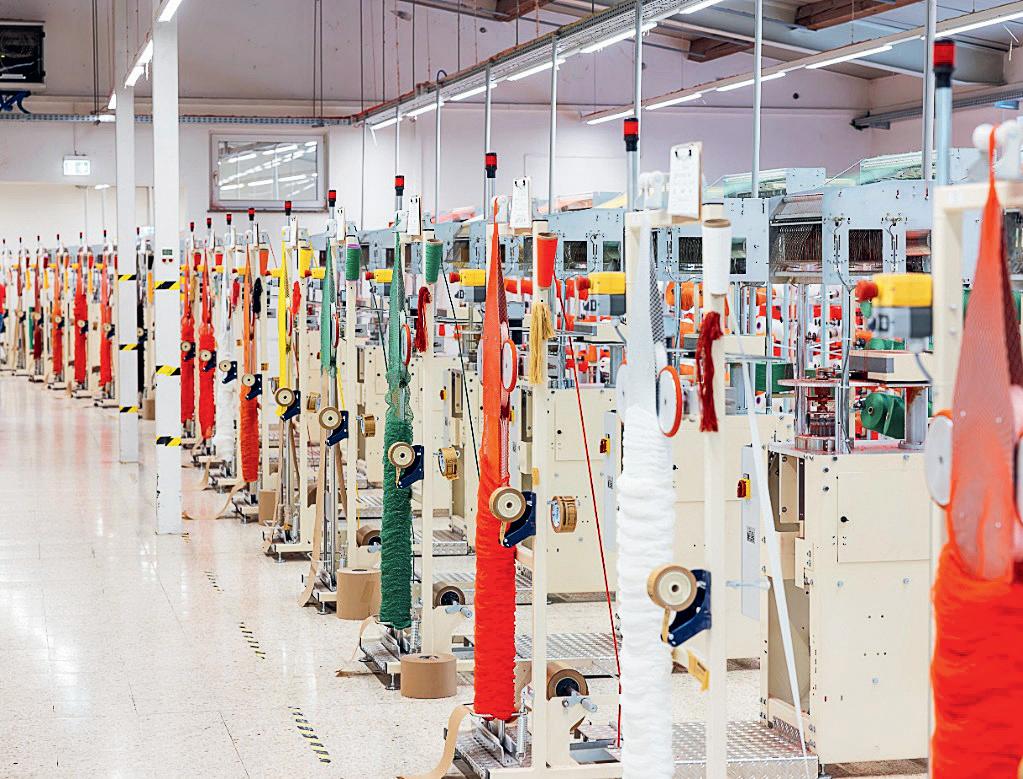
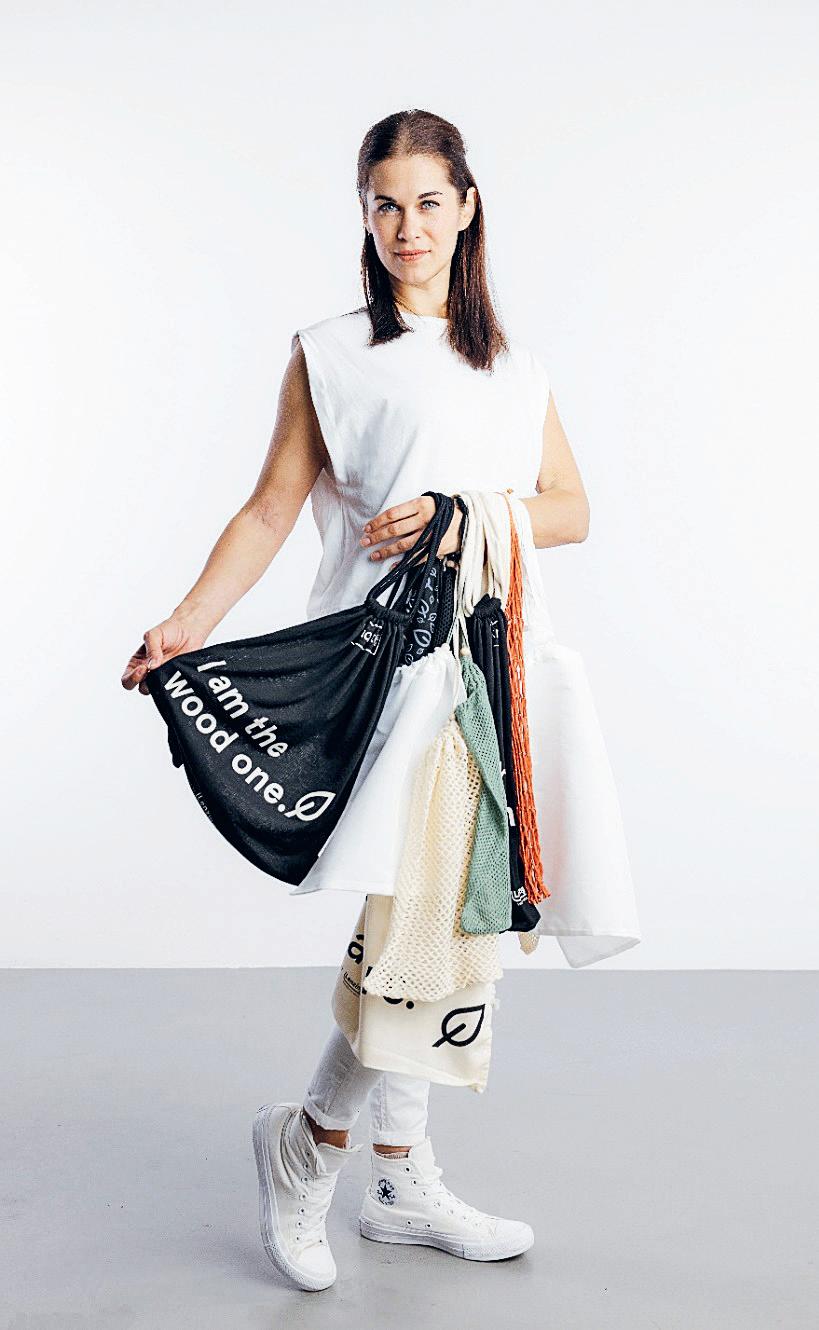
and, above all, end consumers across the globe can now benefit From research and development, through the first rudimentary test products, to series production, as well as intensive persuasion and marketing work with supermarket chains and packaging companies, especially at the beginning, a long and intensive process has been established as a mass-produced standard. As the market and quality leader, our main aim is to offer our partners and customers the highest level of service, delivery reliability and value for money. The Packnatur® brand stands for the uppermost ecological standard. Thinned wood from FSC® or PEFC-certified Central European beechwood forests is processed into spun-dyed fibres by the Austrian company Lenzing AG, who is the international market leader in ecological cellulose fibre production.
Beechwood forests are primary forests that regenerate themselves. Compared to conventional, subsequent dyeing, only 20% of the colour pigments are required in spun dyeing. This technology also scores with high savings throughout the entire process: 64% less water consumption, 90% less use of chemicals, 20% energy savings, 62% less heating and 64% less waste water. The complete integration of the colour pigments into the fibre guarantees that the netting is food-safe. The netting can be supplied in the form of narrow and wide sleeves as well as on rolls. This means that Packnatur® Neudau can offer almost to any packaging company worldwide the right Cellulose Tube Netting solution without the need for major changes to existing packaging machines. The cellulose fibre is biodegradable within 12 weeks and can even be composted at home. It is completely free of residues and petrochemicals. Of course, it does not contain any microplastics and should it ever end up in seawater, it will also be composted there. The natural net also keeps the packaged goods fresh for 2-3 days longer. In our Competence Centre for Textile Packaging, we are developing
product diversifications that enable even more customers from a wide range of applications to package their products ecologically in Packnatur® Cellulose Tube Netting. More and more customers are discovering the net as an extremely material-saving, ecological packaging solution for other areas of application and are switching from plastic to wood. Not only fruit and vegetables, but also confectionery, seafood, pet food or cosmetics and wellness products look good in it. With our reusable range “The Wood One”, we can also offer our customers attractive design solutions for bags and pouches.”“
e. hello@packnatur.at
t. +43 316 27256814
i. www.packnatur.at

139 AGF Primeur 4 • 2024
Packnatur® reusable Bags and Pouches
Photo: Marija Kanižaj
Ocean Harvest Bag™ powered by Packnatur®, Photo: Ocean Farm Supply, USA
Innovative Industry: Wood fibre replaces plastic netting, Photo: Marija Kanižaj
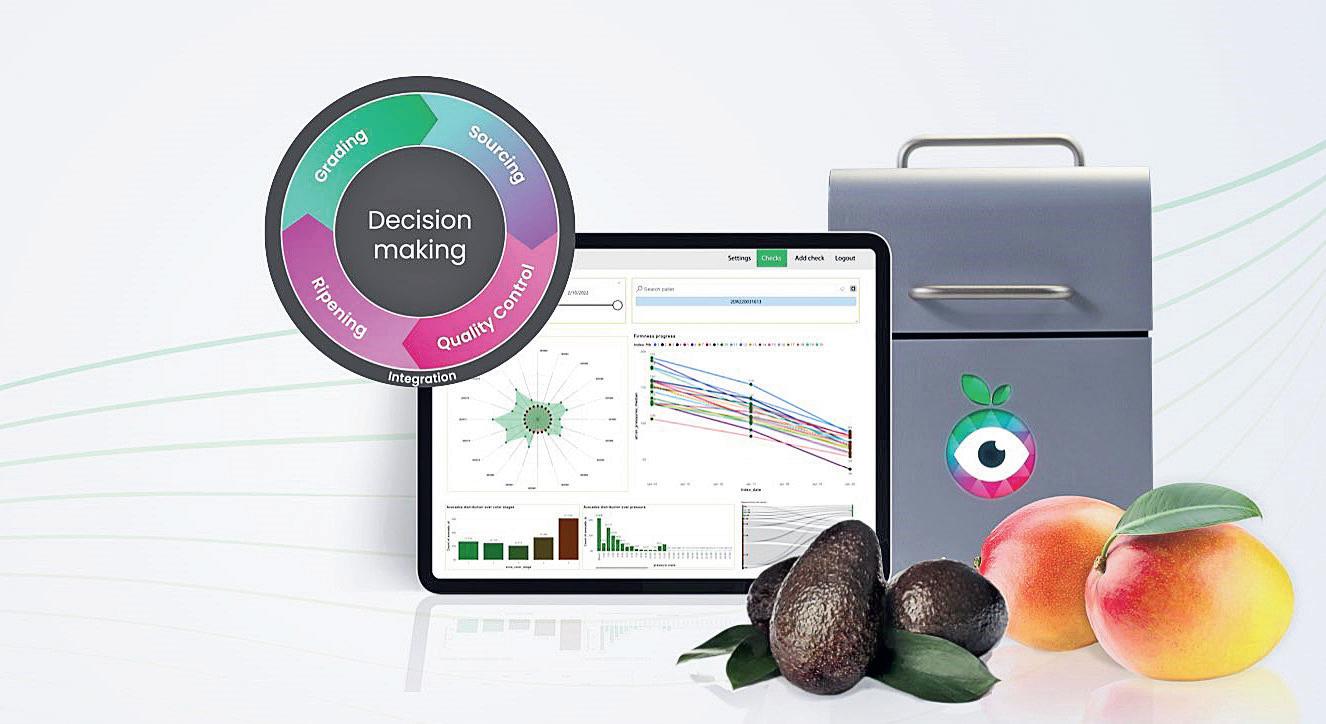
Experience Fruit Quality and OneThird
Using big data and AI to determine avocados‘ ripeness, also at consumer level
Avocados must be among the fruits whose ripeness is the hardest to determine. Even consumers struggle with this. How often do you cut open an avocado only to be disappointed? Either it is too hard or too soft, or it has a rotten spot. If the sector wants to maintain sales, an answer must be found. If that happens, there is another benefit: less food waste.
About five years ago, avocados — which do not readily divulge their inner secrets — drew the attention of Marco de Jong, founder of Experience Data (Experience Fruit Quality‘s parent company). This Dutch company works with data, machine learning, and AI to support businesses like logistics service providers, machine builders, and insurers. “I come from the Westland region, so I‘m familiar with the fresh produce world. I heard how difficult it is to know exactly what avocados hold. You can‘t always see on the outside what‘s going on inside. I wanted to tackle that problem with vision technology and data,” he begins.
DATA-DRIVEN
Generally speaking, Experience Fruit Quality (EFQ), the division serving the fruit and vegetable sector, collects masses of data at different chain moments. It links that to predict a specific batch of avocados (or mangos or bananas) ripeness and quality over several days. Data-driven work offers benefits at different points in the chain: when is the perfect time to stop ripening? Must the batch be sorted?
EFQ has gathered valuable insights into the avocado sector, bearing in mind the various parameters that affect the fruit‘s

behavior, including variety, growing area, harvest date, and storage conditions. “It takes time to build that database; that‘s something we often forget when talking about AI. Looking at the market, very few companies recognize that and deliberately invest in data gathering,” says Marco.
EYE ON FRUIT QC SOFTWARE
To that end, EFQ developed its own software platform: EYE on Fruit. “Often,
140 AGF Primeur 4 • 2024 Big data
Marco de Jong, Experience Fruit Quality
there‘s enough information, but it‘s scattered all over: quality in system A, logistical movements in system B, transport conditions in system C. Then there‘s information regarding the sorting process, sales, customers, suppliers, the ripening cell, etc. EYE on Fruit ties all that together, including often-overlooked contextual information. The result is complete traceability of every batch.”
Besides better quality, EYE on Fruit also focuses on improving QC process setups. “For example, by reading packing lists, scanning labels, and using photo recognition, we minimize the time QC staff spends recording that, thus freeing up time to make the correct core process decisions,” Marco explains.
If those are made repeatedly, shoppers can enjoy avocados that meet their expectations. “Household waste is quite an unknown. Very few people will return a spoiled avocado, but we know many end up in the trash. If we boost quality, there will be less food waste AND more repeat purchases. In other words, the avocado market still has huge potential, perhaps as much as 30%.”
Also, if consumption stays as is, Marco reckons there will soon be an overproduction of avocados. “In Australia, research shows that if you educate consumers better and deliver what you say, shoppers don‘t squeeze the avocados as much, household home waste declines dramatically, and supermarket sales rise by 30%. We must get companies to believe in this positive story, and we want to contribute to that,” he says.
TRACKING THE FRUIT OVER TIME
EFQ‘s QC software is an operational quality system with smart integration capabilities for all fruits. “EYE on Fruit is unique in that you can track
fruit over time. That can help a fruit organization with different internal process steps or externally in the supply chain.”
To check the quality of avocados, kiwis, and stone fruit, EFQ has developed the AVOS mini, a smart device that takes only four seconds to help fruit inspectors determine an avocado‘s quality and ripeness. It measures color, firmness, weight, and quality in a non-destructive manner. The device also passes on valuable ripeness and quality data to EFQ‘s comprehensive management system.
ONETHIRD
OneThird has a nifty gadget for non-invasively determining avocado ripeness, too. This tech company, also Dutch, wants to reduce food waste; its name leaves little doubt about that. “Every year, a third of the food produced is wasted. Of that, 40% is fruit and vegetables,” says Marco Snikkers.
“A lot of food is thrown away at home, too. Better informing people about the ripeness of the avocado they buy is already a big step in the right direction. We‘ve developed a handy device that uses infrared spectroscopy. Shoppers can scan each avocado, and it immediately displays whether that piece of fruit is ready-to-eat soft (good for guacamole), ready-to-eat firm (for use in salads or guacamole), hard (better left for a few more days), or soft (eat today).”
UP TO 3 CM DEEP
More than ten Jumbo supermarkets now boast these scanners, including two in Belgium. The infrared radiation reaches the avocado‘s kernel, some 2-3cm deep. It creates a molecular fingerprint of the substances in the fruit, such as water, sugar, oils, and starch. AI algorithms figure out those ratios and combined with a vast
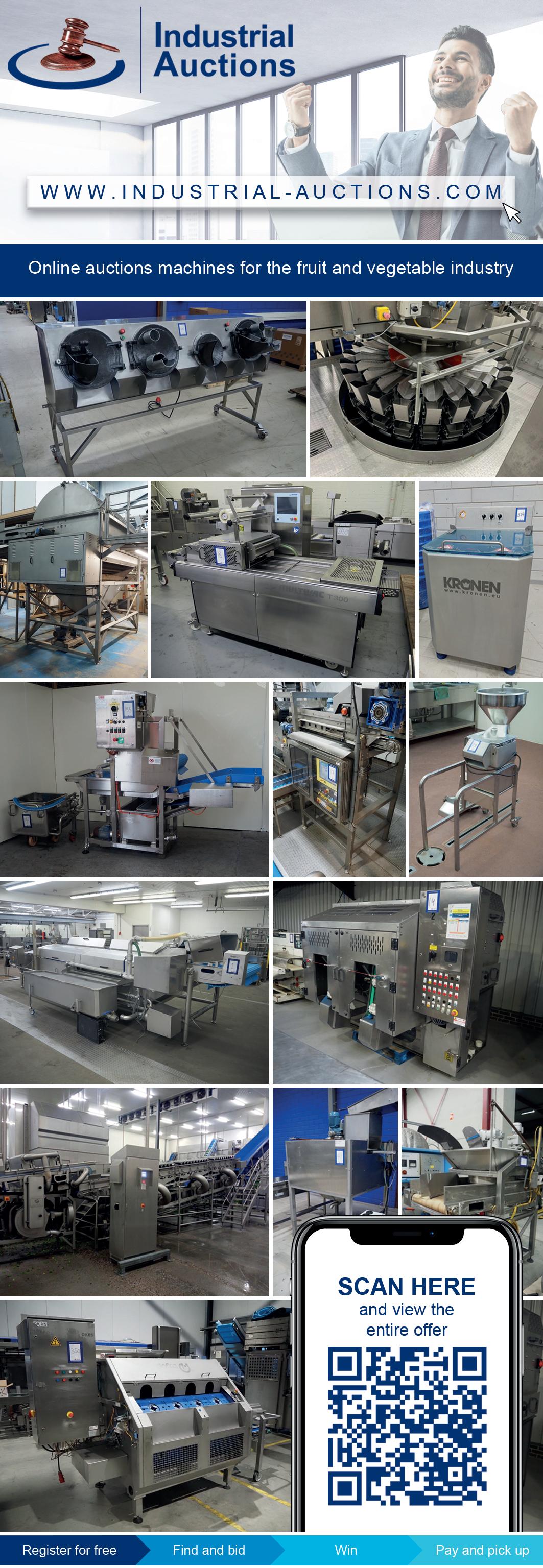
141 AGF Primeur 4 • 2024

Die Avocado-Scanner stehen in zehn Jumbo-Supermärkten.
database built up over the years, you can see how mature the scanned avocado is in the blink of an eye.
You can scan packaged avocados, too; the infrared light passes right through that. According to OneThird‘s Marco, with a 90-95% accuracy rate, you can precisely predict, per day, how long the avocado will keep. “There will always be inferior avocados, but data shows this wastage is shrinking because customers now take more ready-to-eat avocados,” he says.
“NO TWO AVOCADOS ARE ALIKE”
The scanners are linked to OneThird‘s cloud, providing the company with valuable information. “It, for instance, turns
out that all four categories are often present in stores. Ripening facilities do quite accurate work, yet unfortunately, a batch coming out of there isn‘t always uniform. No two avocados are exactly alike. The data proves that. That could be considered an advantage, though: the choice is ultimately down to consumers.”
Still, the goal is to minimize these differences. “Most of our shelf life prediction systems are in the chain: in tomatoes or strawberries‘ case, at growers or distribution centers, or importers, in the case of, say, avocados. Retailers use them, too. Regarding strawberries, the non-destructive measurement systems prevent about a quarter of losses and, with avocados, it pushes sales volumes up about 10%. Half of avocado losses can also be prevented in the store. Though, considering the chain as a whole, that share is relatively small,” Marco points out.
TRANSPARENCY IN THE CHAIN
Ripening facilities make up most of OneThird‘s avocado chain clients. “Avocados come into Europe unripened and are often cut in half to see how ripe they are. The ripening schedule is adjusted accordingly. That can now be done non-destructively. The store device is derived from our DC level system.”
The algorithm recognizes the various varieties and treats each differently. “But

the variety and country of origin are, obviously, immediately recorded at the ripener or DC. That comes in handy in stores because you can‘t expect shoppers to type in the variety name first when scanning an avocado.”
Marco says the ultimate goal is to make all this data transparent between all chain parties. “The system provides meaningful information for retailers, too, because it offers insights that answer numerous questions: Are we buying correctly? Is it the right spread? Should we buy less or more ripe?” he concludes, adding that since license prices involve a volume aspect, this scanning solution could also be useful to importers.
marco@experiencefruitquality.nl
marco@onethird.io

142 AGF Primeur 4 • 2024 Big data
Save time and fruit using our intergrated data solutions Europalaan 400, 3526 KS Utrecht, The Netherlands | info@experiencedata.nl | +31 (0)6 - 46 73 30 36| www.experiencefruitquality.nl

Industry changing equipment + technology designed for results

Bringing together leading brands in processing, inspection and packaging equipment for the vegetable industries. Our solutions set the standard for yield, efficiency, and safety across a wide range of industries. Whatever your product needs, we can meet it with precision and passion.
Produce Storage I Peeling, Grading, Washing I Electroporation
Value-added Processing I Product Handling I Inspection
Find out more:

LOOKING BACK. PRESSING FORWARD. ALWAYS INNOVATING.
143 AGF Primeur 4 • 2024 info@heatandcontrol.com I heatandcontrol.com










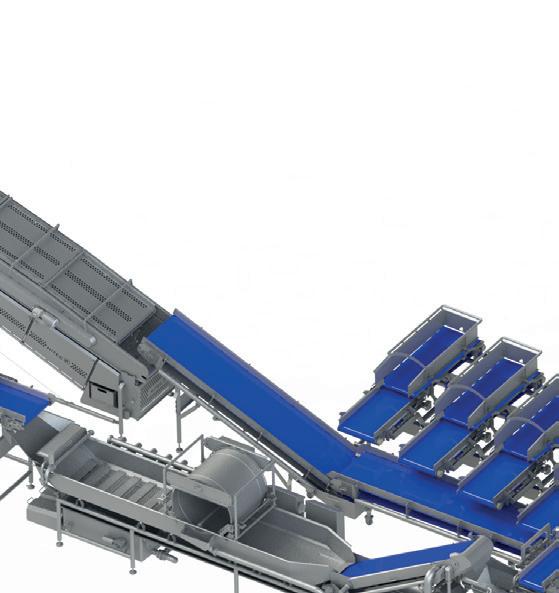


www.kronen.eu/ video-salad-line
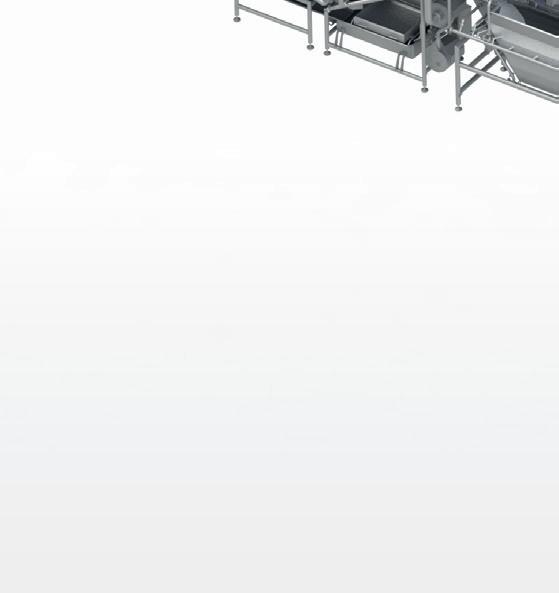

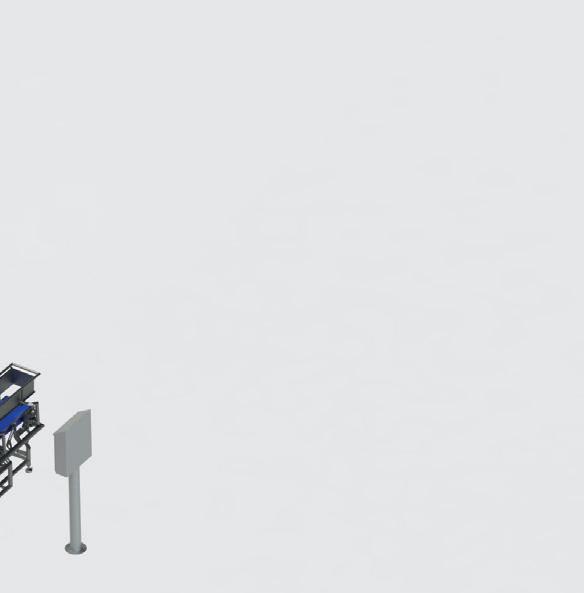























Capacity up to 8,000 kg/h


























 KUJ HC-220 Cube, strip & slice cutting machine
K 850
GEWA XL
GEWA AF
Flow weighing belt system
KUJ HC-220 Cube, strip & slice cutting machine
K 850
GEWA XL
GEWA AF
Flow weighing belt system
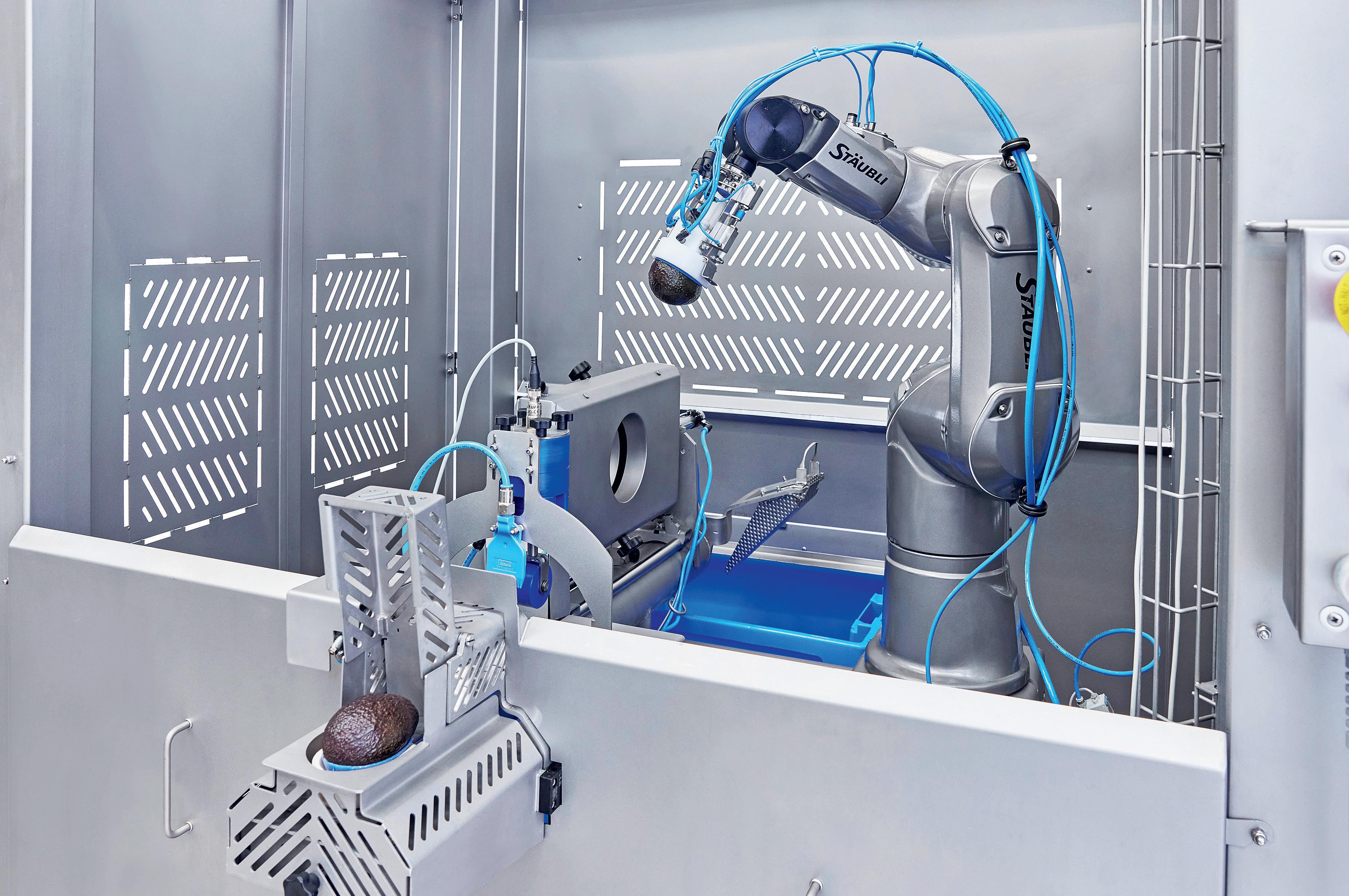
Lazy Foods to test Kronen/Synergy Systems avocado line
“Robots can help you stay competitive”
It is increasingly difficult to find staff. Having workers available for especially repetitive tasks is no longer a given. That is one reason why Dutch company Lazy Foods started using the Robot Avocado line, developed by Kronen. Synergy Systems exclusively distributes these machines in the Benelux. “It‘s harder and harder to stay competitive,” begins Ron van der Vloed of Lazy Foods, “You must find ways to stay future-proof. Then, three elements are paramount: improved efficiency, lower operating costs, and increased production capacity. This robot hopefully combines those elements to make the difference in staying in the game in an even more competitive market.”
Every day, Lazy Foods makes fresh guacamole at its factory in the Netherlands and distributes it to sectors like retail and food service under both private labels and its ‚Lazy‘ brand. “However, there‘s huge market competition from frozen guacamole producers who can push out this product at high speed. As a fresh food processor, we must keep up, even though the thawed product’s quality doesn‘t compare to our freshly made one.
We, thus, always keep our eyes open for interesting innovations,” says Ron.
So, it was an easy choice when Synergy Systems‘ Menno Jongsma approached the company, asking if they wanted to test a new avocado robot. “Synergy and Lazy Foods have been in contact for about two years now. We‘ve, in fact, already placed an avocado preparation line with them,” Menno explains. “Once you have such a
system in place, you keep in touch regarding anything new in the area of robotization. That‘s why Menno proposed testing this new robot. We saw it two years ago in a test set-up at Kronen, and it immediately piqued our interest,” Ron adds.
Developed by Kronen, a German company, the robot halves the avocados, removes the stones, and scoops them empty.
“Regarding the final product quality and yield-wise, it‘s similar to manual cleaning and fully manual processing. The market has never seen such automated avocado processing,” says Benjamin Keske, Project Manager at Kronen GmbH.
“The avocado robot‘s main advantage from a user perspective is the high level of automation around consistent quality and high-yield percentage. That’s because the machine measures each and every fruit. Also, the system uses a gripper our partner DIL (German Institute for Food Technology) specially developed for avocados. It adapts to the fruit‘s shape
145 AGF Primeur 4 • 2024
Robotizing
and size. Another plus is that the usable fruit is separated from the skin and pit. That pit remains intact, so you can reuse it.”
This innovative technology garnered considerable attention from visitors at the recent Fruit Logistica trade show. Benjamin explains that they especially asked about the differences between the one, two-, and three-robot systems. “In the standard one robot version, the avocado is placed in a small insert and automatically moved to the safe robotic area. The robot picks it up and places the fruit in a halving and de-stoning station, where one half is de-stoned. That half is then peeled in a peeling station. The avocado‘s other half is pitted and peeled, after which this line repeats the process. In the line with two robots, those move in parallel according to this sequence,” he says.
“In the three-robot system, the first robot places two avocados in the halving and pitting station. The second and third robots pit these halves and peel them in parallel. The first robot then refills the pitting station.” The output per hour reflects these different options. The two-robot system can process up to 800 avocados/hour, about twice as many as the one-robot system. Benjamin goes on to say that the system with three robots can even process up to 1,000 avocados per hour. “You can add image processing to automatically remove fruit from a supply belt and inspect it before further processing. You can adapt the system to other types of fruit, too,” he adds.
GETTING THE MOST OUT OF THE MACHINE
Lazy Foods began testing this robot in late March. “This test isn‘t time-related; it‘s a way for us, and Kronen, to see how the machine performs in an intensive production environment,” Menno explains. “There‘s a business case outlining how the machine will work. A realworld test must, of course, substantiate
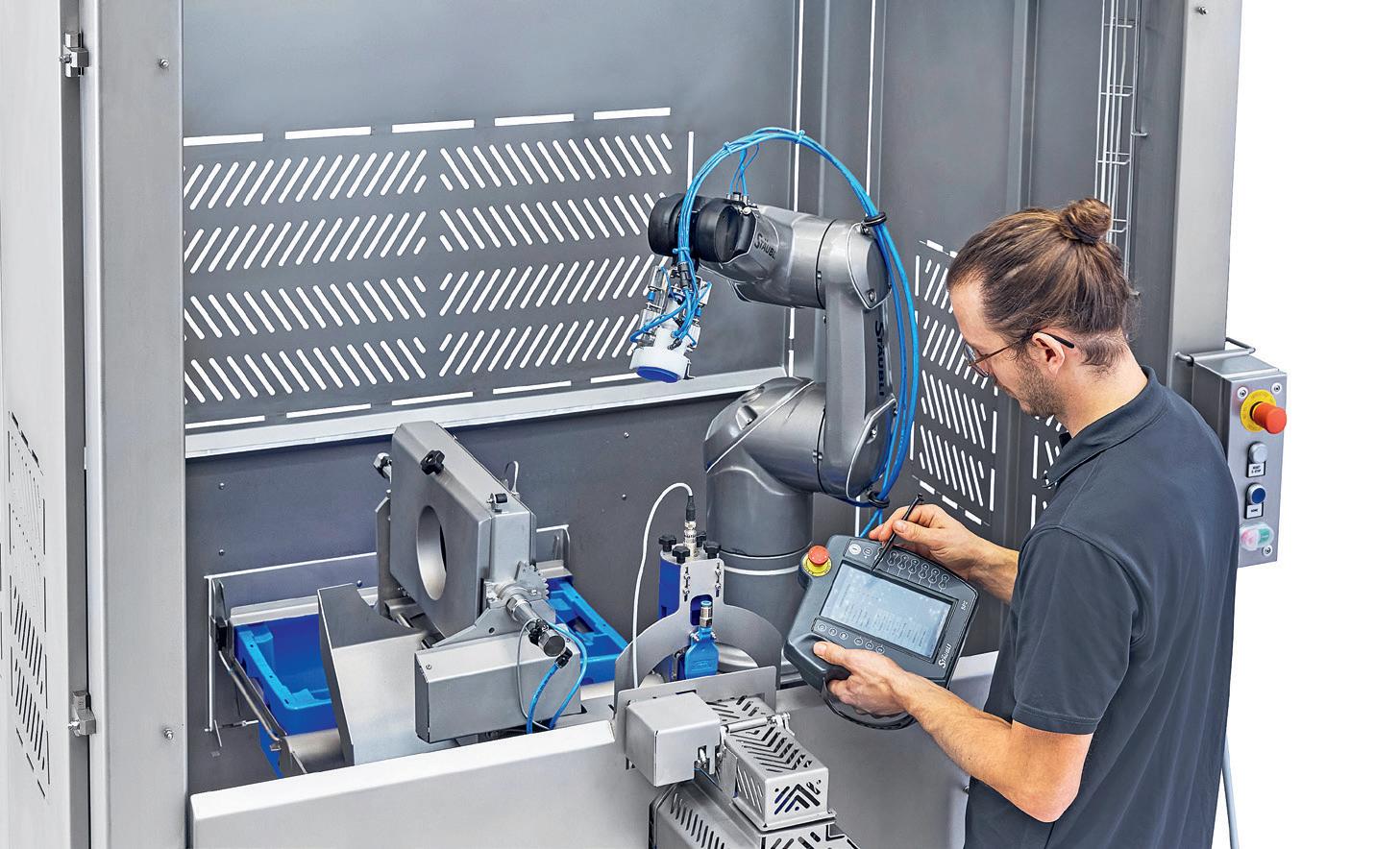
that. We‘ve already established that the concept works.”
“We purely want to see how the machine works in practice. To what extent can you genuinely achieve the estimated volumes? Could you even exceed them? Will the machine run smoothly? But also, can the personnel handle the machine well and get the most out of it? That‘s not only interesting to us, but gives Lazy Foods a front-row seat to see if this is something for them or not,” says Menno.
“Lazy Foods does its own imports, so it has a good grip on those aspects. It‘s quite a large frame to work in. The grippers must match the avocado sizes, and the tools used to scoop the flesh from the skin must be set to the right size. As soon as you can self-select the right quality and sized avocados, there will be much less interference. At least, that‘s what we‘re testing now. Will the process be interference-free, and will Ron experience minimal delay? Benjamin will be very closely involved in placement, support, and feedback.”
Besides being a Kronen dealership, Synergy Systems is also an exclusive distributor for Astra in the Benelux. This Japanese machine manufacturer specializes in fresh fruit and vegetable peeling machines, among other things. “We‘ve been working with those for two years now,” says Menno. “Astra‘s machines suit our portfolio perfectly. It truly peels differently.” He does point out that it is not the ideal solution for customers wanting a cheaper option.
“The Astra machines are slightly more expensive but provide an excellent result,” Menno admits. Synergy has now installed the machines at several clients in the Netherlands, Belgium, and Luxembourg. “We try as much as possible to bring over the larger series and have spare parts in stock, so we can always offer quick service for these high-end peeling solutions. Those machines are running to complete satisfaction at about six customers. The partnership suits us very well, and we‘ll definitely expand it in the coming years.”
LABOR SHORTAGE
If that is the case, it could be highly beneficial for Lazy Foods. Ron is sure of that. “We, and the entire sector, face labor shortages. Robotization can be valuable, especially in repetitive production operations. Preparing the fresh avocados and the guacamole‘s final assembly remains manual work, which people must continue doing. But around 15 line workers scoop out the avocados, day in and day out. If that can be mechanized, you can reassign those employees to other tasks,” he reckons.
“Also, no one knows what the production personnel supply will be. We often use a temp agency. We started with many Polish workers years ago. However, that agency has increasingly less-qualified workers available. It would be very helpful if you could save on that by using a good machine. You then save on production line workers, but the staff present must be able to work with such a machine. We‘re going to test that extensively now. If it succeeds, it could be a win-win for everyone.”
MAKING STRIDES
“Ultimately, we‘re going to see if it‘s worth the investment. We obviously have high hopes, but at the end of the day, it‘s all about how many kilograms per hour the machine can process. After the testing phase, we can start calculating what it will save in labor costs. That will give us a better idea of what we can and want to invest. For the volumes we run weekly, one line won‘t be enough. Plus, we eventually want to move to a three-armed robot that delivers the semi-finished product to the people who process it into all the kinds of products we offer. If the robot
146 AGF Primeur 4 • 2024
Robotizing
Robot avocado line operation
can perform these repetitive, labor-intensive steps as an addition to our process, we can make strides,” Ron says.
This test phase should show whether the robot can meet these high expectations, and those involved are optimistic. “Robotics is becoming increasingly important in the current landscape. It‘s already being used a lot in pick-and-place tasks. However, I think this is something truly unique in fresh fruit and vegetable processing. This process covers human handling. If the test goes well, Kronen and I can start looking at other uses. This machine is specifically for avocados, but the technology can be interesting for many other applications. The automatic loading of punching machines or mango peeling, for example. There‘s a world to be won, in which we can be very creative,” Menno concludes.
m.jongsma@synergy-systems.nl ron@lazyfoods.eu benjamin.keske@kronen.eu

147 AGF Primeur 4 • 2024 International trade fair for next level farming and new food systems 08 – 10 October 2024 Messe Dortmund, Germany www.vertifarm.net LET’S GROW!
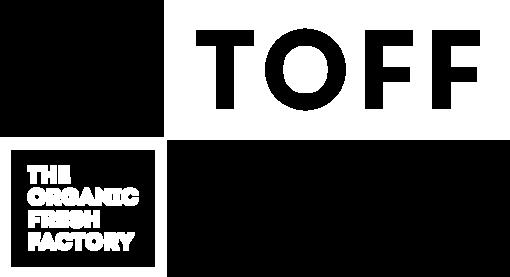





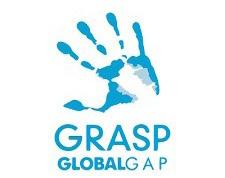

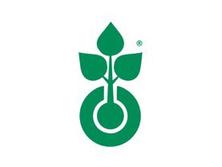
T H E B E S T I N T H E N E T H E R L A N D S
are an ambitious and dedicated company with a passion for organic fruits and vegetables. Our organic productions are widely recognized for its high quality standards and stable supply. WWW.TOFFBV.NL T.O.F.F. B.V. Gebroken Meeldijk 52 Barendrecht sales@toffbv.nl +31 85 070 4572
FAIR ORGANIC FRUIT & VEGETABLES PRODUCTIONS We
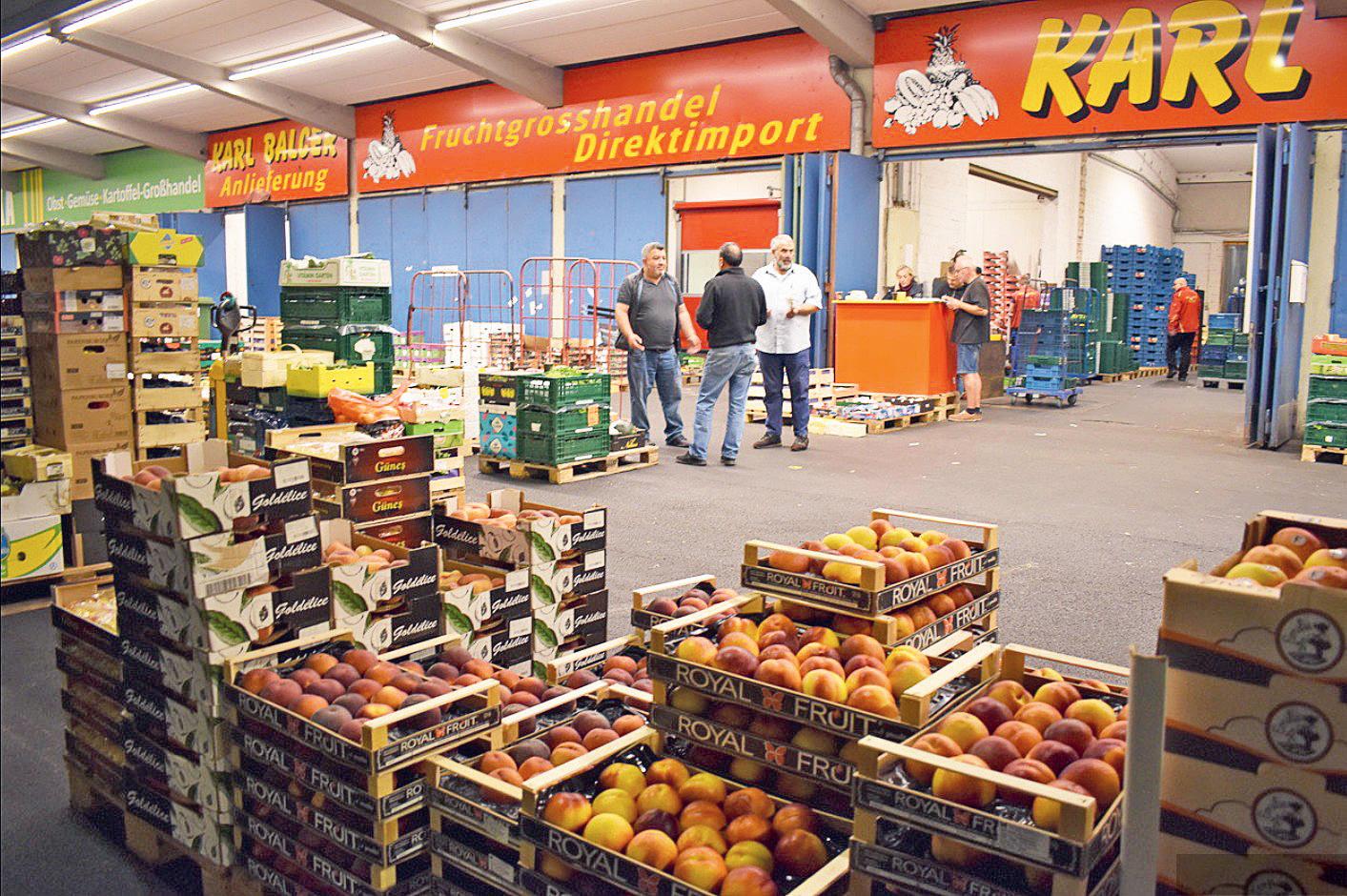
For imports and regional producers, wholesale markets are essential and in times of crisis, a place of food security:
“Wholesale markets are part of the solution, not the problem”
For thousands of years, markets have been places where people have gathered, traded and exchanged information. These markets have evolved and adapted to industrialized agriculture and, as wholesale markets, were essential for supplying the population with food after the Second World War. At Fruit Logistica, Stéphane Layani from the World Union of Wholesale Markets, Fabio Massimo Pallottini, Chairman of Italmercati, Ioannis Triantafyllis from the Central Markets and Fisheries Organization SA (OOKA) and Eliane Steinmeyer, Managing Director Wholesale Market Hamburg, spoke about the importance of wholesale markets today in Germany and across Europe.
Stéphane Layani from the World Union of Wholesale Markets began by emphasizing the benefits of wholesale markets. “They promote the development and international exchange of expertise,
facilitate innovation in the fresh food sector, share best practices, develop insights and, more importantly, promote the supply chain and logistics. They also play a crucial role in ensuring a stable and
affordable supply of food in the modern city, the actual quality of products and supporting the economic viability of agriculture.” Particularly considering the protests by farmers in Europe against the EU and national governments, he pointed out that “it is important to keep in mind that wholesale markets are part of the solution, not the problem.”
THE IMPORTANCE OF WHOLESALE MARKETS IN GERMANY
Every day, 200 million tonnes of fresh produce are traded via wholesale markets — a large proportion of which is fruit and vegetables. In Germany, wholesale markets handle eight million tonnes of goods. “That‘s not a small amount, but compared to what‘s sold in supermarkets, it‘s obviously not a huge share,” said Eliane Steinmeyer, Managing Director
149 AGF Primeur 4 • 2024
Wholesale market
Wholesale Market Hannover


of the Wholesale Market Hamburg. “We have many huge supermarket chains in Germany, which account for a large share among themselves, but we also have 16 large German wholesale markets. Germany has a relatively low level of self-sufficiency. Unlike many European countries, we only have a 20% self-sufficiency rate for fruit and 36% for vegetables. That‘s not really much. That means we depend on imports. With regional products, with what is currently being produced, we won‘t get that far and wholesale markets
are an essential component, especially for imports.”
But also regionally, wholesale markets play an important role in Germany. “Wholesale markets are a critical sales platform for regional producers. There are many farm shops, there are trading cooperatives, but for a considerable number of producers, wholesale markets are the main sales platform. Almost all wholesale markets have their own areas where regional producers offer their goods. The
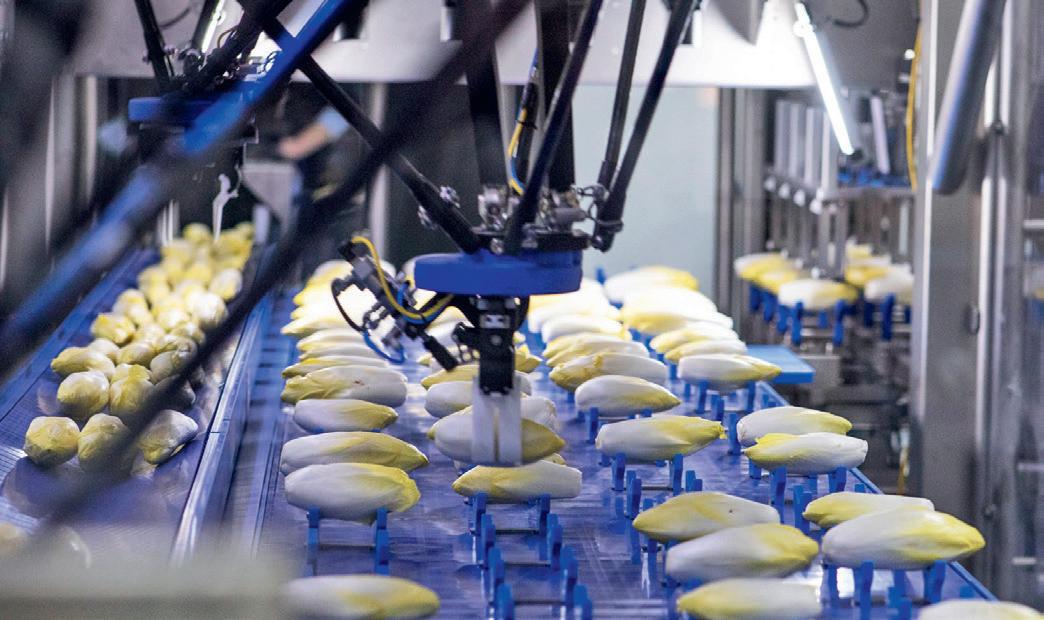





produce is not only sold on from there to buyers at wholesale markets, it is also distributed to other wholesalers and thus distributed relatively widely. This marketing platform for regional producers would not be possible without wholesale markets. Wholesale markets are also the purchasing location for weekly markets and an important purchasing location for the gastronomy sector, caterers, canteens and large-scale kitchens.”

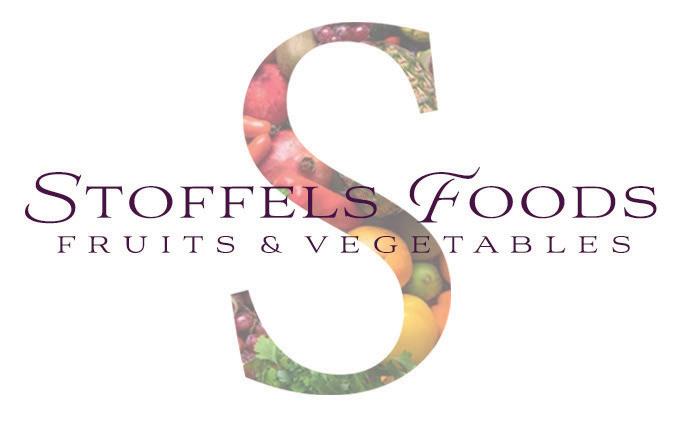
150 AGF Primeur 4 • 2024 Wholesale market Specialist in packaged radicchio & chicory Trader in fruits and vegetables. Endless possibilities with class 1 AND 2! Tel. 06 30038482 | patrick@stoffelsfoods.nl | www.stoffelsfoods.nl 0288236.pdf 1 20-7-2023 17:21:38
Wholesale Market München
Managing Director Wholesale Market Hamburg
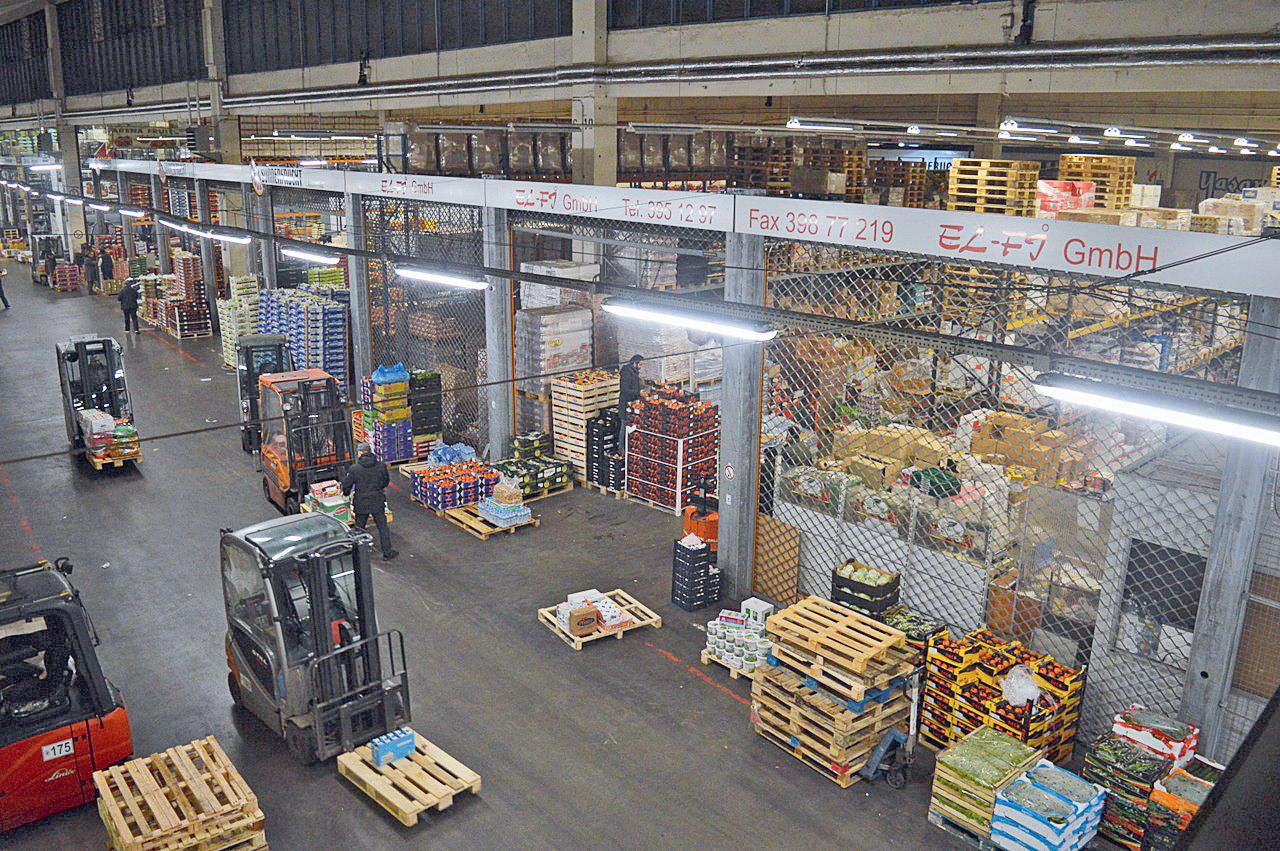
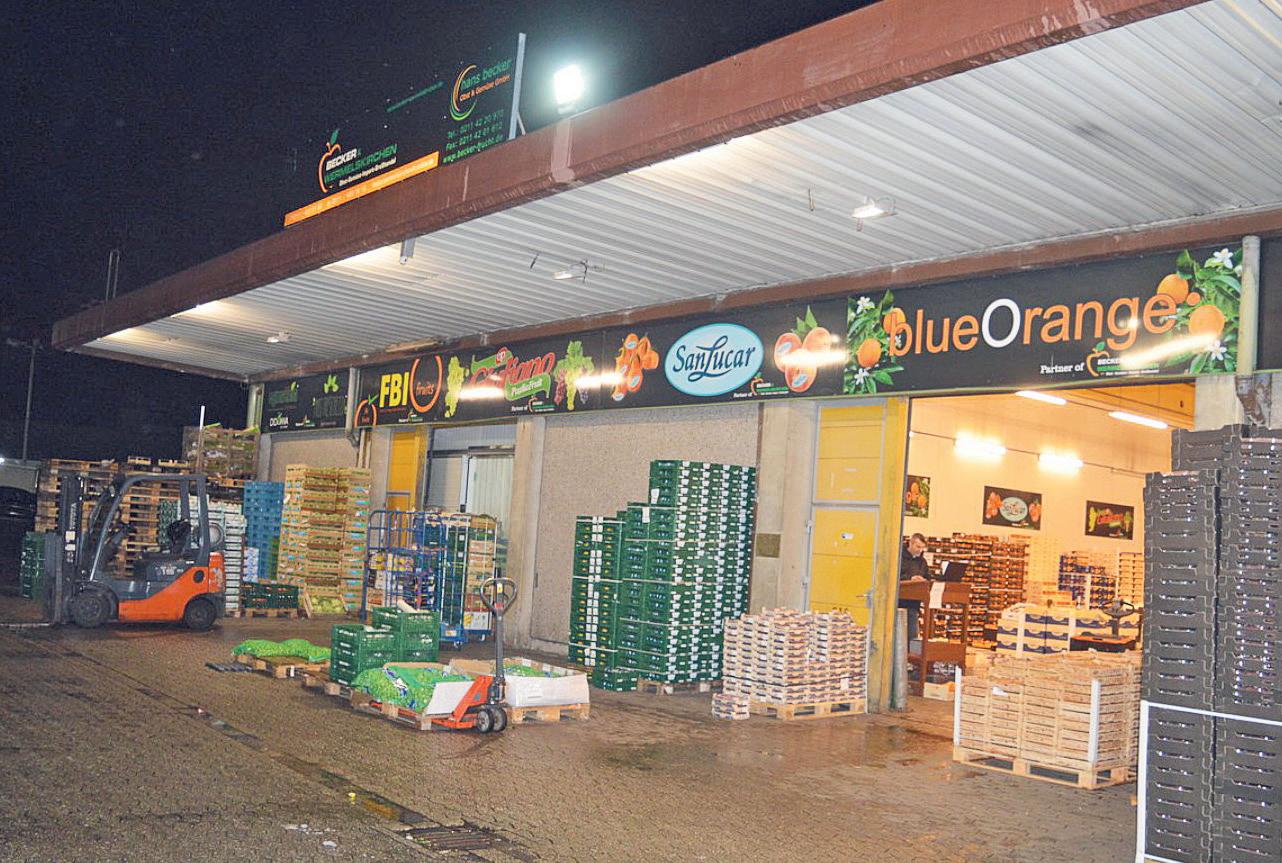
LAST MILE TRANSPORT OF FRESH PRODUCE
In his speech, Ioannis Triantafyllis mentioned the debate about “last mile” deliveries, where goods are brought to a central warehouse and then delivered in the city. In his opinion, this is a central function of wholesale markets. Steinmeyer took a similar view in her speech: “Today we are talking about the last mile, about decarbonizing transport routes. Wholesale markets are essential for short transport routes and less traffic. There



was a very remarkable study in London many years ago. It analyzed what it would actually mean for traffic in the city if the market were to be located outside the city. They quickly came to the conclusion that this would not be a particularly good idea for London in terms of traffic.”



Similarly, wholesale markets are accused of causing traffic and producing waste, Triantafyllis continued. “The municipality and the people don‘t like this; they consider them nests for illegal trade and










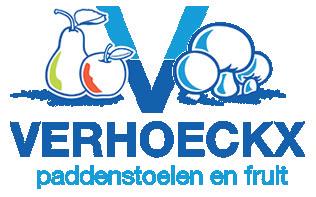

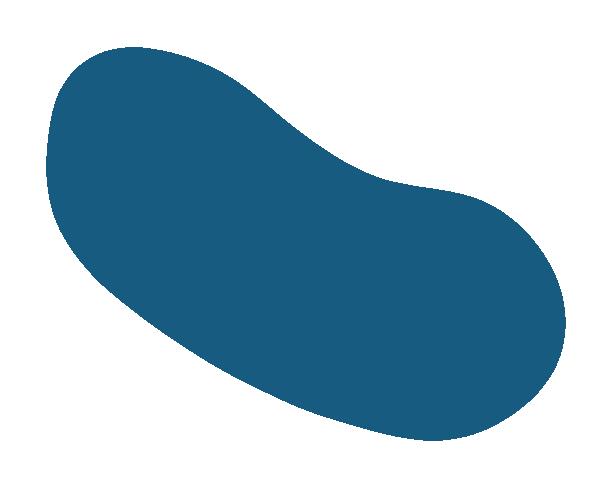
illegal labor. ‚Wholesale markets are unnecessary.‘” Instead, wholesale markets play an important economic role for the location, emphasized Fabio Massimo Pallottini, Chairman of Italmercati, and Steinmeyer. “They are an added value for the companies operating in the region because they employ a large number of people. That has to be emphasized in a positive light. We make a significant contribution to integration and cultural diversity. We have many opportunities for people without a university degree.


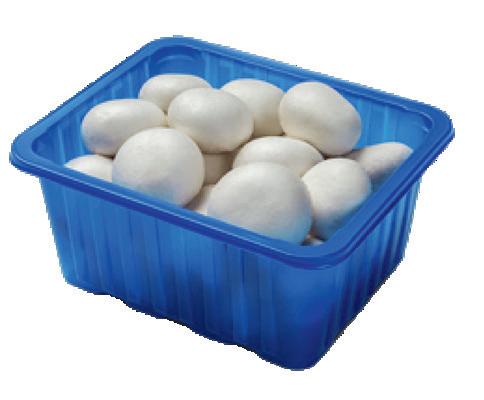

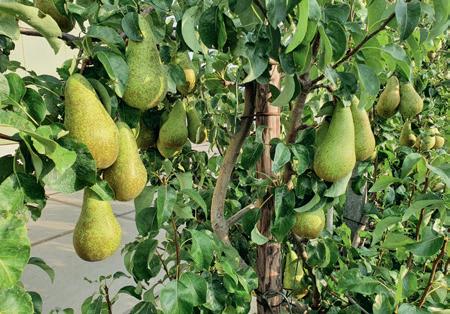

151 AGF Primeur 4 • 2024
Hoorzik 25 5331 KJ Kerkdriel Tel.: +31 (0)418 - 631493 info@verhoeckxpaddenstoelen.nl info@verhoeckxfruit.nl With more than 60 years of experience, Verhoeckx has grown into a comprehensive supplier of top quality mushrooms and hard fruit.
www.verhoeckxenzn.nl
Wholesale Market Düsseldorf
Wholesale Market Berlin
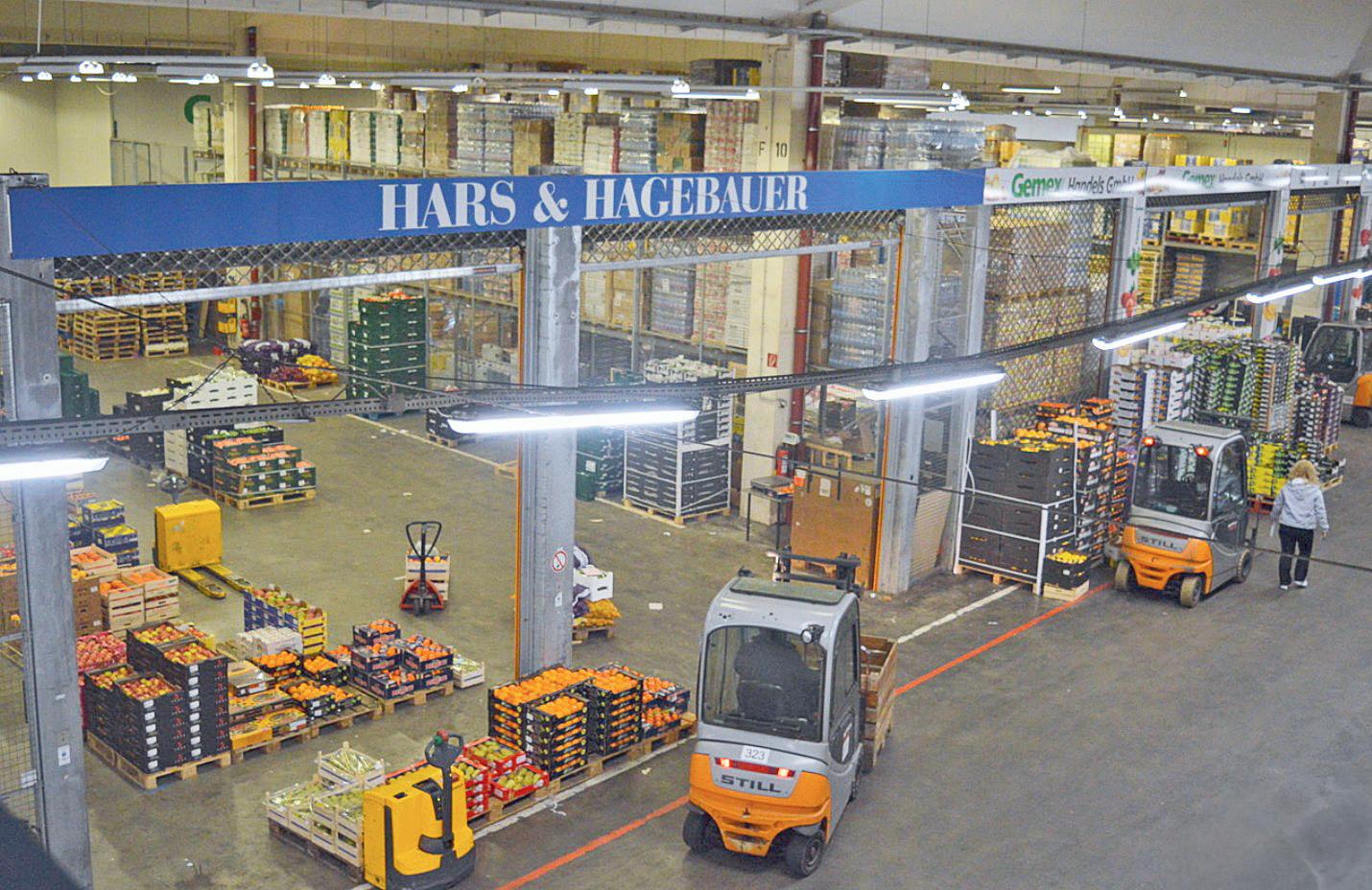
You also need jobs like that,” says Steinmeyer.
WHOLESALE MARKETS DURING THE PANDEMIC
And that‘s not all. According to Pallottini, there is major investment in Italy, which goes into digitalization, among other things, and Triantafyllis pointed out that some wholesale markets have been renovated, for example by making part of their land available for residential purposes. “Wholesale markets produce waste, but some have a recycling rate of more than 95%. They give products a second life or generate energy. Wholesale markets used to be physical markets, but they are now moving towards fresh food logistics hubs.” During the pandemic, wholesale markets were a place of food safety. “Imagine what could have happened without them,” he urged the audience. Layani also emphasized that wholesale markets would play a crucial role in the stable and affordable supply of food in modern cities, in the quality of products and in supporting the economic viability of agriculture.
The pandemic has shown why wholesale markets are so important, especially in Germany, Steinmeyer said. “Whole-
sale markets are a guarantee for the safe supply of food to the population. We experienced this during the coronavirus crisis. Suddenly, the borders were closed. Where do the goods come from? In Germany, we experienced a major crisis when the shelves of toilet paper were suddenly empty. What would have happened if the fruit and vegetable shelves had been empty? I don‘t even want to think about that.”
“Wholesale markets had the option of switching goods. Goods that were intended for catering, for canteens that were suddenly closed, could go to the farmers‘ markets. The supermarkets also bought from us all of a sudden. Furthermore, the wholesale markets traded with each other, so they were able to supply the respective customers. That ensured the supply. A point that is often overlooked. Wholesale markets are essential for a secure supply of fresh food for the population,” emphasized Steinmeyer.
“15 to 20 years ago, wholesale markets were dying,” said Triantafyllis. A fact that is still being felt this year, as the fate of the wholesale markets in Düsseldorf and Cologne clearly shows. According to Triantafyllis, however, wholesale markets
have “found new ways to prove our usefulness”. Wholesale markets are adapting to a new era, a future with “restrictive legislation and new technologies”.
152 AGF Primeur 4 • 2024 Wholesale market
A look inside the Berlin wholesale market
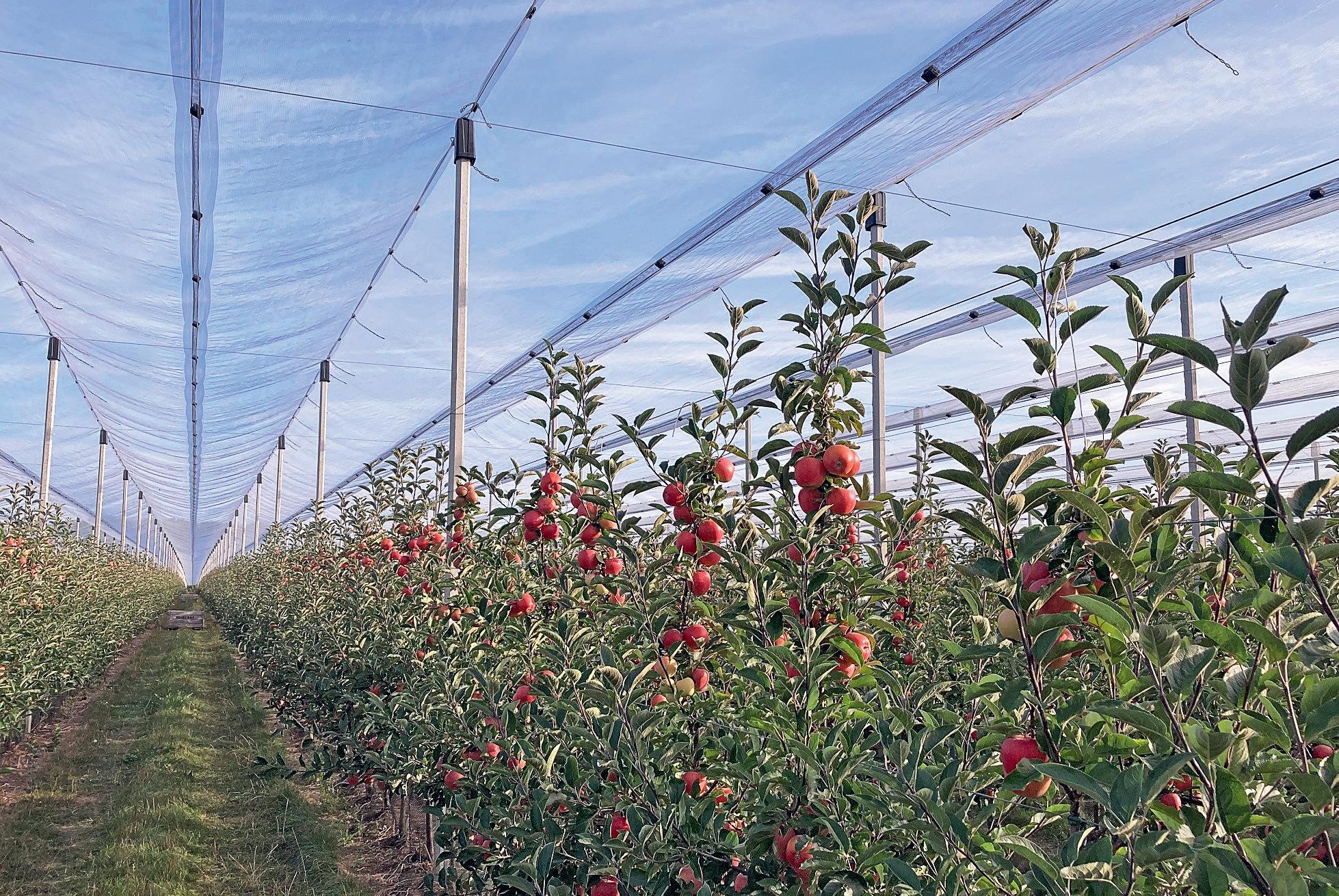
Belgian breeder wants to develop new Jonagold
“Only a new commodity apple can boost consumption and move the sector forward”
Visit any supermarket, and you will find a wide variety of apples and pears. Every so often, new kinds are introduced, or supermarkets come out with exclusive varieties. The thought process? More choice means there is something for everyone. Yet, top fruit consumption is plummeting. A trend, fruit breeder Zouk wants to counter by introducing a new, freely available commodity apple.
“Wonderful new varieties are entering the market, but they have little chance of reaching everyone. We believe we can boost consumption by making good new apple varieties available to all. It will have a premium variety‘s quality and production, but will be widely accessible,” Vincent Nicolai of this Belgian family-owned business begins.
Zouk started with Vincent’s father, Johan Nicolaï, who had two cultivation companies. One is a tree nursery he founded 40 years ago. “It bears his name. I‘m the family‘s business‘ third generation.
My grandfather, Jozef Nicolaï, was always innovative in the fruit sector. For example, he was partly behind introducing and developing the Jonagold in 1969.”
“After completing his studies, my father joined the business, taking over some of my grandfather‘s activities. He soon concluded that the top fruit sector needed some new innovations. Those often already existed but came mainly from New Zealand or Southern Europe. Those varieties either weren‘t accessible or quite unsuitable for cultivation in North-
ern Europe. He, thus, decided to start breeding,” says Vincent.
“His university studies led to a collaboration with KU Leuven. From that, Better3Fruit was born, which, over the years, developed varieties like Kanzi and Greenstar. Due to a divergent vision, Johan sold his Better3Fruit shares in 2005. Years later, he decided to continue breeding independently under the new company Zouk. Over the years, my older sister Laura, younger brother Michiel, and I joined the company independently.”
“Zouk now focuses specifically on apple and pear fruit breeding. I think we stand out because the same people manage the business and the tree nursery, so we have our ear to the ground regarding international fruit cultivation and trade. Those contacts let us breed focused on medium-term productivity, disease tolerance, climate adaptation, and changing flavor
153 AGF Primeur 4 • 2024
Topfruit


profile needs. With this, we‘re globally active,” Vincent explains.
DECLINING CONSUMPTION
The fruit sector‘s biggest challenge is reversing the declining fruit consumption. “Year after year, top fruit consumption noticeably falls almost as sharply as that of, say, meat. It‘s, thus, becoming increasingly tense, and each new variety comes into an ever-shrinking market. We came to realize we must find other ways to promote sales and provide a sector-wide solution to this problem.”
“Look at it this way: In the last few decades, masses of new premium varieties, planted on a massive scale, have been introduced in the United States. Not four or five, but dozens at a time. That’s

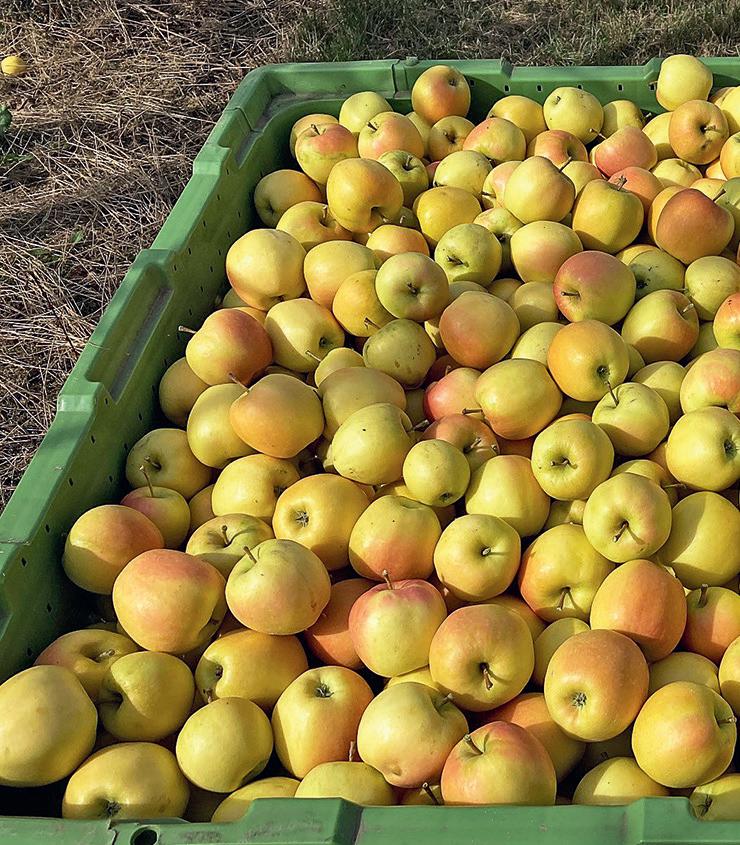
now causing issues. Consumption is falling, and the market cannot absorb the increasing volumes. Stores don‘t have room for dozens of different (premium) red varieties on their shelves. Then, the premium model disintegrates. Those are new varieties with good branding and excellent quality, but automatically getting premium prices or sales is no longer guaranteed. That‘s because one apple can only get on the shelf if it replaces another. A fragmented supply doesn‘t reverse declining fruit consumption,” Vincent continues.
BUCKING THE TREND
Instead, Zouk sees the way forward in freely available commodity apple(s) with all the positive qualities of premium varieties. “We want such apples to have the
widest possible consumer reach coupled with environmentally friendly, economic cultivation. That will be alongside the existence of high-quality and exclusive premium apples. To this end, we prefer selecting varieties with broad disease tolerance and high pack-out.”
“These days, new varieties are marketed in two ways. Our new varieties range includes two mainstays brought to the market very differently. There‘s the Coryphée®, an apple exclusive to Colruyt in countries like Belgium. It‘s a great apple that‘s scab-tolerant and as productive as Jonagold. A very interesting, productive tree for growers. It‘s a good concept, too: Its consumption is increasing within Colruyt. This concept will be similarly developed in countries like Austria and France.
154 AGF Primeur 4 • 2024 Topfruit

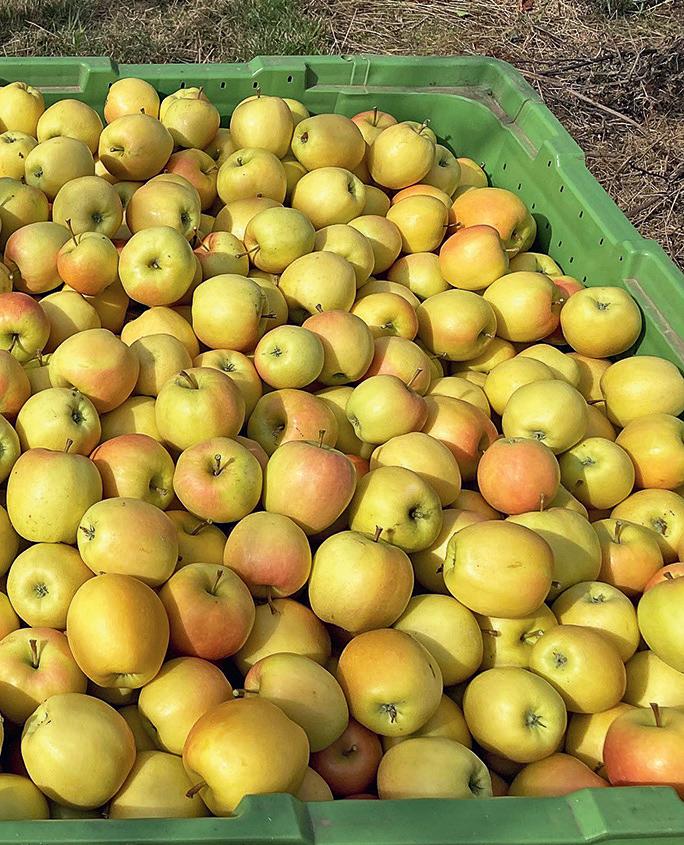
The only problem is: It doesn‘t reach the whole market, only a segment. It‘s like a retailer exclusively offering another variety. Think of Sprank at Albert Heijn in the Netherlands,” says Nicolai.
“Then, there‘s the Rubis Gold®, a more traditional club variety. There‘s collaboration and pooling for marketing and branding to sell this premium variety. All supermarkets carry it, but this apple‘s cultivation remains selective. These are two of our specific examples, but you see that in all new varieties being introduced. They‘re either limited by retailers or by the club system.”
NEW COMMODITY
The folks at Zouk believe there is a third way to combine broad market and con-


sumer access: a new commodity apple. “A new variety that you can grow in an ecologically and economically friendly manner and that combines high production and pack-out, broad disease tolerance. It must also be accessible to all growers and grower associations; actually anyone interested in growing it,” Vincent reckons.
“That‘s what we‘re playing with and betting on. We want to put a new commodity apple on the market. After all, there are more demands these days. A grower must have at least 90% Class I packout, the color must be optimal, the apples must stand up well against the warmer climate, and be tolerant of scab and other diseases.”
“Also, there’s a quite rigid selling price window. However, if you consistently deliver excellent apples with a 60 ton/ ha production rate, 90% Class I, and that store well, you should be able to make a living as a grower. Then, you can win over consumers with a consistently high-quality apple, where everyone wants to pay a regular, good price. We think that‘s where the future lies. We remain convinced of the idea of premium varieties, but a new commodity — an all-round available apple — should increase consumption,” Vincent points out.
TEST PHASE
It may sound futuristic, but Vincent assures us that they are already working on such a development and want to offer it relatively quickly. “We‘re going to
155 AGF Primeur 4 • 2024
Rubis Gold
Ziola
launch a summer apple (Ziola™-Zouk55 cov), which will be harvested in the last week of July. That‘s four or five weeks before Gala or Conference. It turns equally red in both Belgium and Spain and is delicious. We see it as adding genuine value to standard apples. Since they‘re true summer apples, they have a limited shelf life.”
“We‘re also working on an apple — with all the positive production points — you
can pick between Gala and Golden. It colors easily, is large, homogeneous, stays on the tree for four weeks, and doesn‘t get greasy,” says Vincent. “Technically, it‘s top-notch, and we‘re now moving to the 2nd testing phase. Trees have already been distributed this season, but think five trees at different testing centers. Next season, we‘ll send out as many trees as possible to see if it does well everywhere. We‘re going to follow those tests and see how and in what time frame we

White and Red Chicory
• Daily fresh from our own nursery
• Sustainable production
• Various sizes and packaging
• Chicory home cultivation kit
can further develop it on an increasingly larger scale.”
“For now, they‘re not for sale, but we believe that by making this new apple‘s traits widely available, we can help the sector move forward. We‘re genuinely convinced we have a new Jonagold, Gala, or Golden on our hands,” Vincent concludes.
vincent@nicolai.be

For more information, please contact: Hugo Jongejan
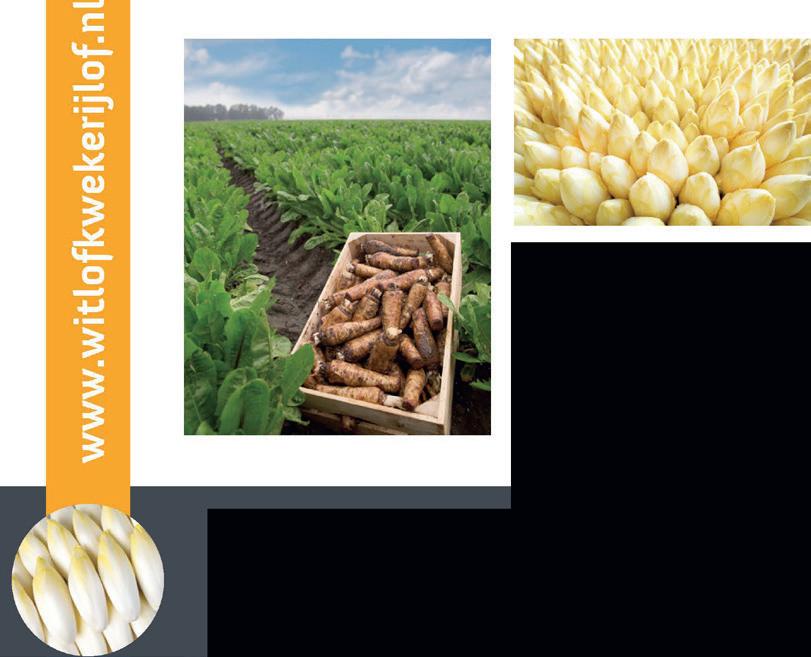

Pilotenweg 28-1 • 8311 PL Espel• Telephone: +31 (0)527 271 616 verkoop@witlofkwekerijlof.nl• www.witlofkwekerijlof.nl

156 AGF Primeur 4 • 2024 Topfruit
Xavier Meijers, Eussifruit: “Shift from‚ dirty‘ to cleaned products”
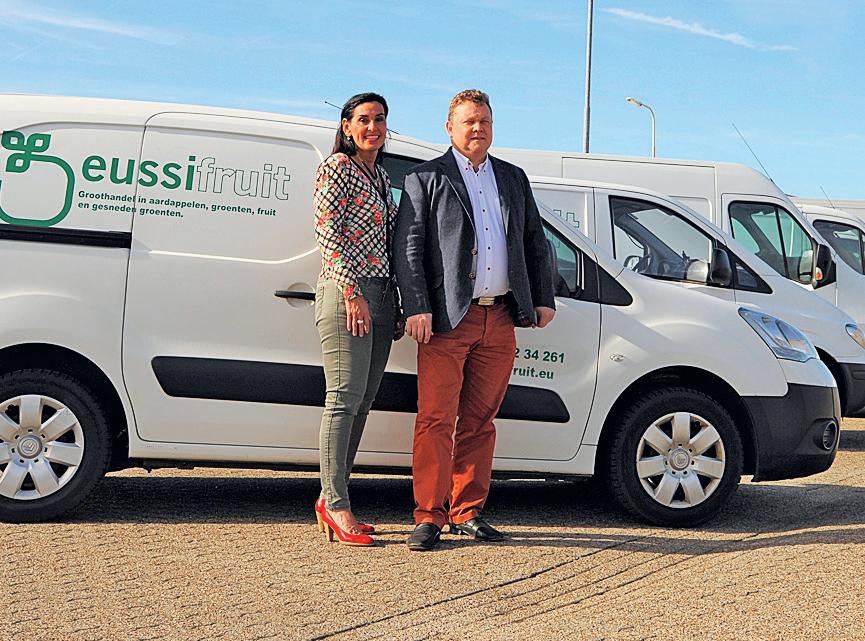
“The hospitality and production sector staff shortages have led to an increased demand for pre-processed products,” begins Xavier Meijers. He owns Eussifruit, a Dutch company that trades fruit and vegetables as well as processes fresh produce. This growing processed produce market is changing Eussifruit‘s internal operations. “Customers are increasingly abandoning ‚dirty‘ products for cleaned, treated, or precut varieties.”
Also, the focus on a more plant-based diet creates opportunities for fruit and vegetable sales. Still, Xavier wonders if it is a trend or a development that will continue. Although the wholesaler sees that plant-based is considered healthier, he believes a healthy lifestyle needs all the building blocks, including animal products, to a limited extent. Xavier sees balance and variety as an essential starting point. “Regardless, there‘s more room for fruits and vegetables,” he says.
LITTLE MOVEMENT IN RANGE
Eussifruit sells most of its processed products to the hospitality sector, and, there, much remains the same, assortment-wise. “There‘s little room for the chefs to innovate. So, they often run the familiar program and are mainly asked for standard products. Few new ideas arise. In mixed vegetables, for example,
the mix makeup for wok or stir-fry dishes or mixed lettuce changes occasionally, but the general range stays unchanged.”
Xavier points out that changing a mix can depend on client demand, product availability, or an ingredient‘s price. “If a component becomes very expensive, we tell clients we either have to up the price or use a different product. But we only do that in extreme cases,” he explains.
EFFICIENCY
He adds that that is one reason efficiency is vital to vegetable processing. “The challenge is to process products as efficiently but with as little waste and loss as possible. One way we do that is by clustering orders where we can, so when processing a certain product, there are as few batches as possible.” How ripe a product is that is to be processed plays a role, too.
“You can‘t cut a product that‘s too ripe. It also has a shorter shelf life. An underripe product, on the other hand, has no flavor. We, thus, pay close attention to that when buying,” says Meijers.
He thinks innovation can contribute even more to improved efficiency. “There‘s still plenty to innovate, specifically for companies like ours that must be flexible enough to process many smaller batches quickly.” The wholesaler sees that flexibility as important for Eussifruit as a regional business. It operates within a radius of 100 kilometers from Kerkrade, supplying Dutch, Belgian, and German customers. Xavier points out that each country‘s buyers have specific needs, making fast switching when processing fresh produce crucial. “Through production flexibility, we can provide our regional customers the right solution,” he concludes.
info@eussifruit.eu
157 AGF Primeur 4 • 2024
Wholesale
Chantal und Xavier Meijers von Eussifruit
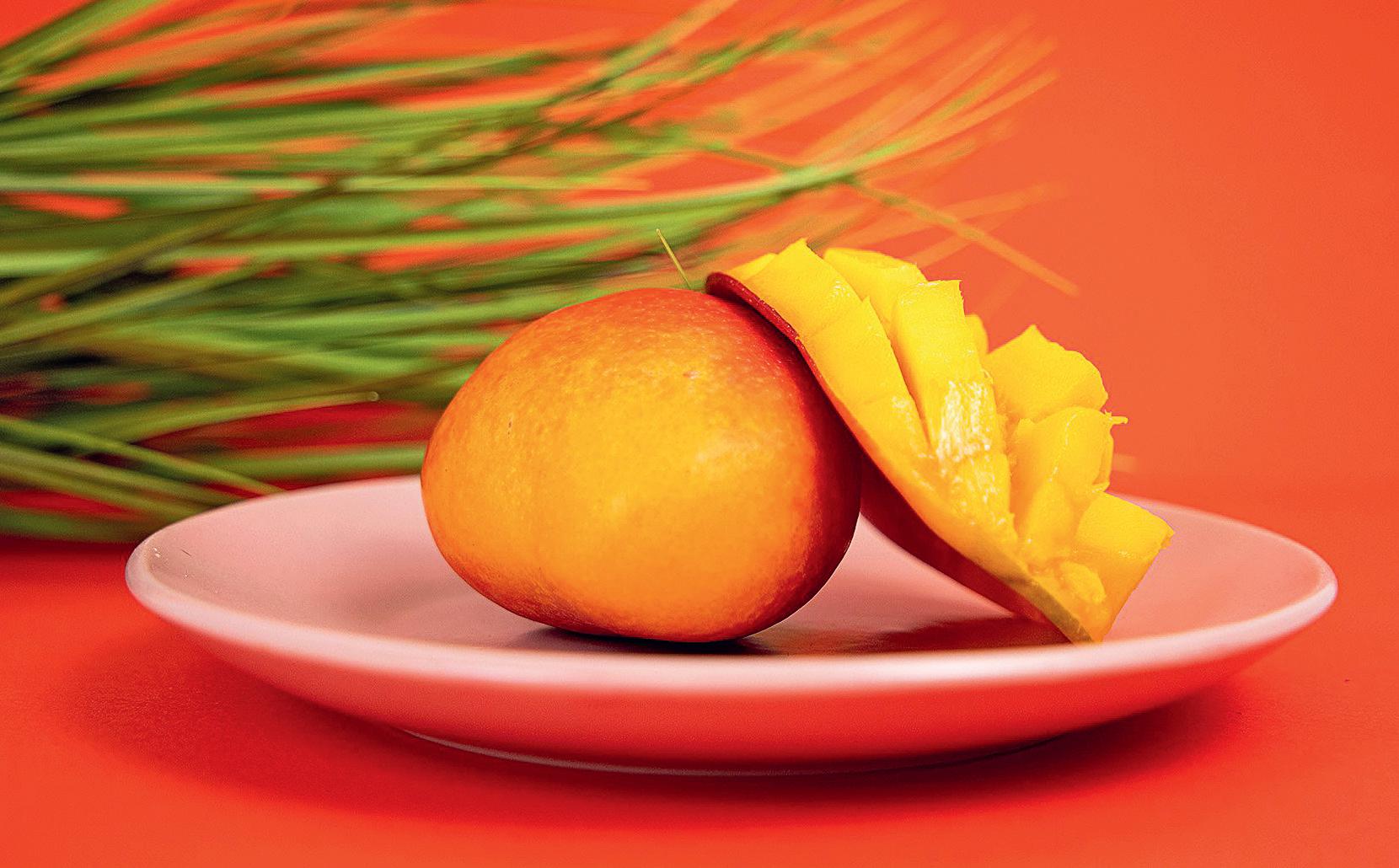
Carmelo Salguero from Granada La Palma
“Thanks to significant and broad segmentation in the tomato sector, some specialties have not been affected by the dynamics at the beginning of the year”
The vegetable campaign is coming to a close in the Spanish provinces of Granada and Almeria; a season that has been divided into two distinct parts, with January as the turning point. “Looking back, we have already had 2 years of production shortages between January and March because of cold snaps, and this year, things have gone differently from January to March, in a gap that everyone wanted to cover,” says Carmelo Salguerofrom Granada La Palma.
The temperature acts as a catalyst for the production, and the situation of the supply, shaped by an “extremely warm” period in January and February and a “very warm” one in March, according to Aemet data, had an impact on the prices of the vast majority of vegetables. “The weather is a factor that increasingly affects the productions and is leading to adjustments in the acreage coming into
production and in the schedules of the campaigns, not only throughout Europe, from north to south, but also in North Africa and Turkey,” says Carmelo. “And there will be consequences until some stability can be achieved, which will be quite a challenge due to the climate change, which is increasingly affecting the agricultural productions.”
Tomatoes are one of the vegetables that have seen their prices affected by this fluctuation since the beginning of 2024, and Granada La Palma are specialists in this crop. “Normally, when there is an oversupply of any product, in this case, of tomatoes, all sorts are affected, but thanks to significant and broad segmentation in the tomato sector, some specialties have not been as affected.”
“In general, plantings have been delayed to avoid pests as much as possible. Those that were planned for July and August were carried out in September. Moroccan productions were also delayed after the country recorded temperatures exceeding 50 degrees Celsius that burned the greenhouse productions in summer. To this, we must add the entry into production of some plots in the Netherlands, Bel-
158 AGF Primeur 4 • 2024 ###### Spain


gium, and France that were not planted last year because of high costs. All of this has resulted in more production being available than the market could absorb, which has pushed prices down.”
“However, at Granada La Palma we have been able to market our production during the production peaks, and the average, which is what needs to be taken into account, has been reasonable,” says Carmelo. “Also, our strategy of focusing on products and brands that deliver added value, and which are easily recognizable by consumers as synonymous with quality, has driven customers to continue choosing our products.”
“We are working with tomato specialties that have carved out a very interesting niche in the market, such as the Dulce Extra or Amela tomatoes, with extraordinary flavors and production methods that stand out for their sustainability. To produce one kilo of Amela tomatoes, only 10 liters of water are needed, while a normal tomato requires 60 liters.”
“The same can be said about Adora tomatoes, which were introduced 7 years ago. They need just 24 liters of water to produce a kilo, and their brix is guaranteed to stay above 7 degrees thanks to our selection system with NIR technology, which evaluates the tomatoes one by one.”

“There is also the Primora, an extra-sweet tomato, and the Murice, a purple tomato that we introduced 3 years ago, and which belongs to our functional tomato line, as it contains a lot of anthocyanins, which is a natural antioxidant. The Murice has been very positively assessed by European consumers, which was a great surprise.”
“What they all have in common is that we can ensure very stable prices, without the ups and downs that you typically see in the tomato market.”
From Japan to Granada: fruits and vegetables from the Costa Tropical with an oriental flavor
159 AGF Primeur 4 • 2024
Carmelo Salguero von Granada La Palma
In spring and summer, Granada La Palma will continue working with its wide range of cherry tomatoes and mini vegetables, along with other specialties, such as seedless peppers, Padron peppers, “a product that is developing very strongly in the European market”, wabisabi tomato or Japanese eggplant.
Japan is, in fact, the origin of the Amela tomato, as well as of the Irwin mango, one of the exotic products that Granada La Palma will start marketing in a few months, together with pitahaya and citrus caviar. “We visited Japan to learn how local producers cultivate it in greenhousesso that we could then go back to Granada and try producing this incomparably aromatic and tasty mango also in Spain,” says Carmelo.
“The first Irwins of the season will be delivered by the greenhouses in Motril in July and will compete directly with the mangos that are shipped by air from Peru. Some supermarkets have already expressed high interest in having them.”
Japanese culture, crops and the country’s methodical production systems have been sources of inspiration for Granada La Palma, which has managed to bridge a distance of more than 11,000 km — in a straight line — by producing Tayoo melons in Granada.
“In Japan, we discovered a flavor-oriented market. Regarding Tayoo melons, we knew that many in the Horeca channel were purchasing this sort of melon by air, so a year and a half ago, we decided to start this project with the objective of producing it all year round.”

“Right now we are conducting trials with different seeds brought from Japan to determine which varieties are the most suitable for each season, and we have already achieved successful trials harvesting melons in December. For now, the project is still in the evaluation phase, but
it is aligned with our flavor-based specialties that seek to satisfy a niche market and ensure a quick return for growers.”

160 AGF Primeur 4 • 2024 Spain





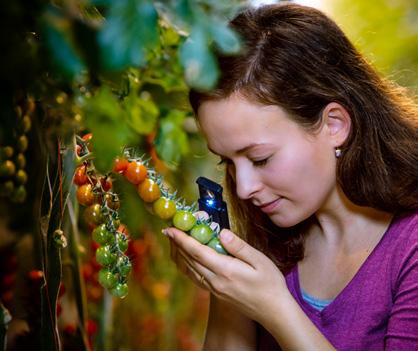


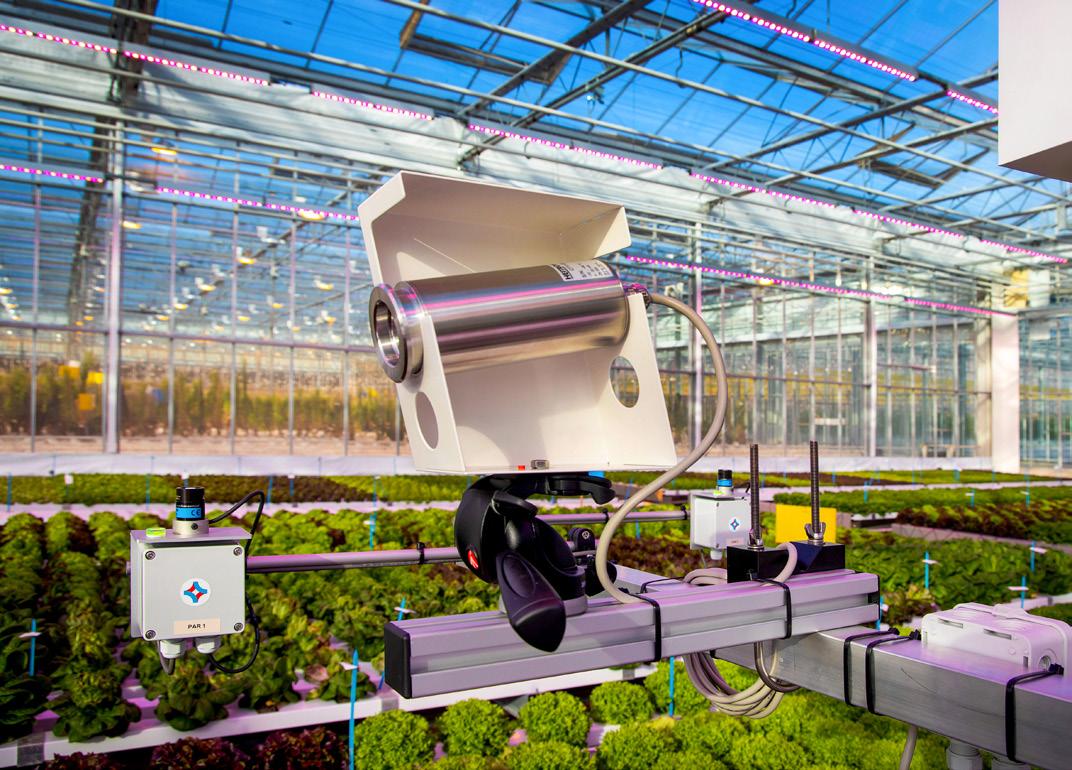
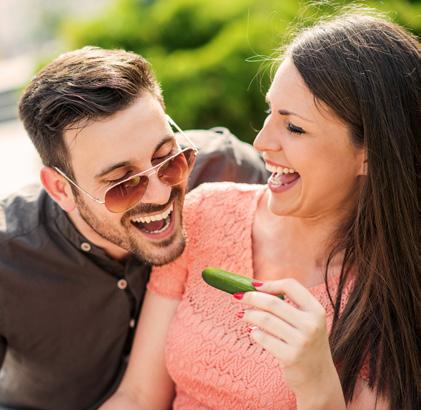

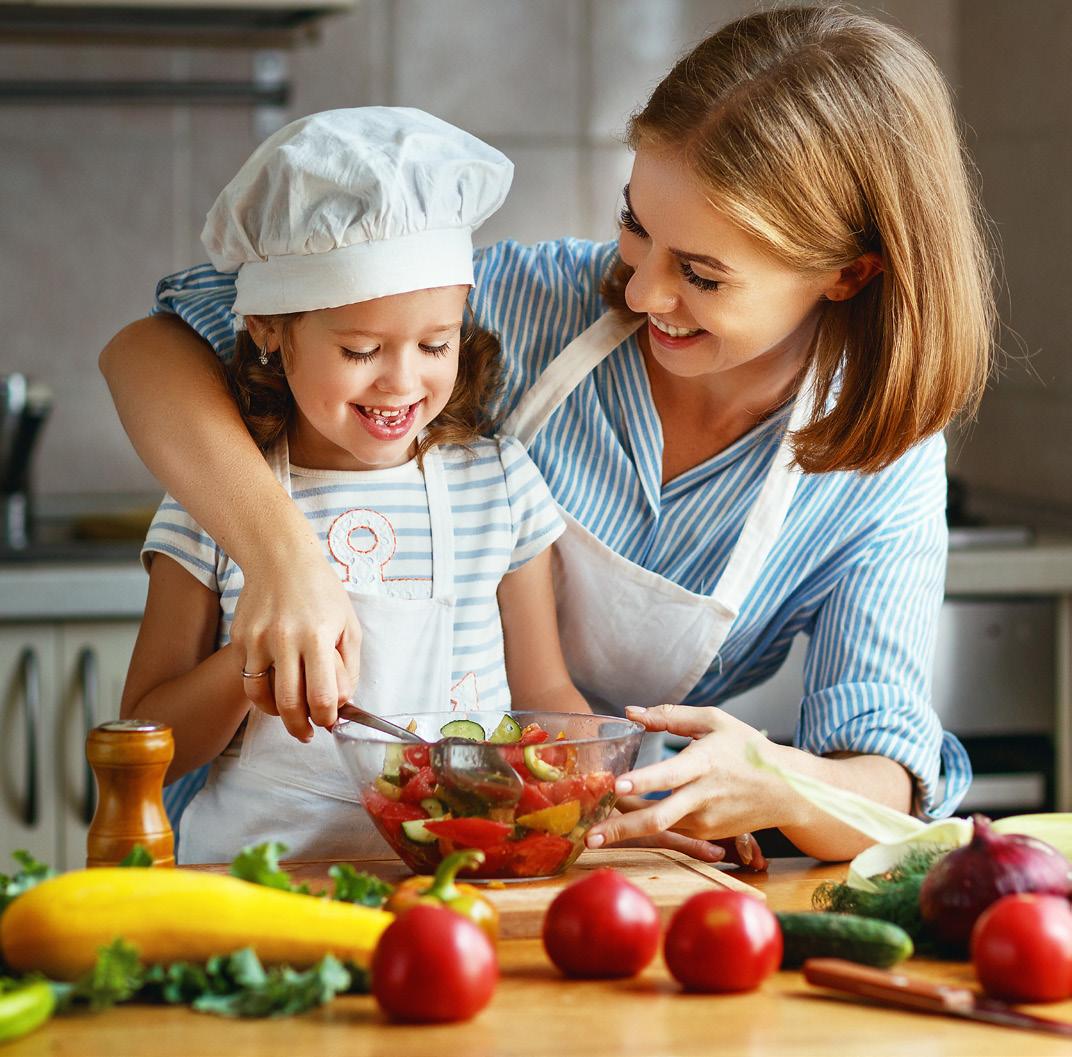





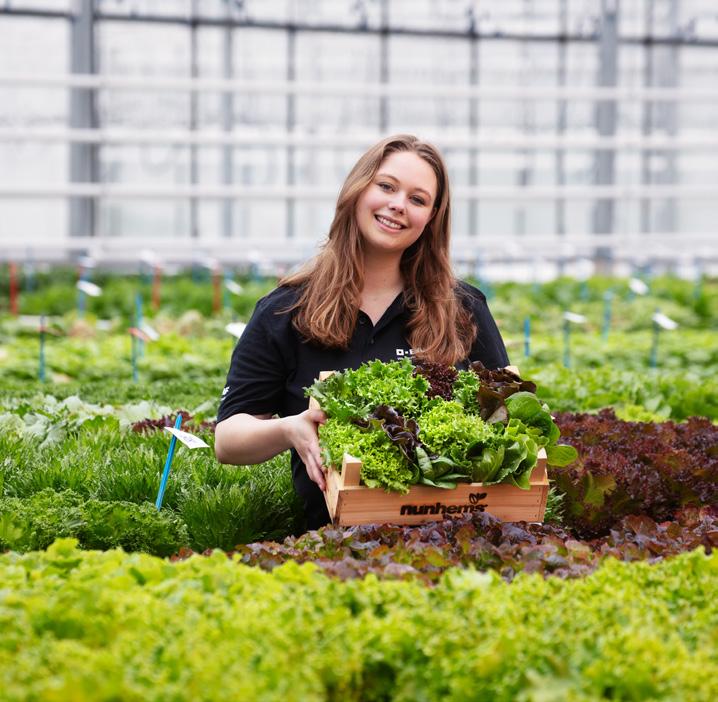
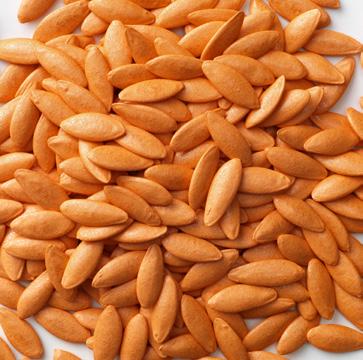

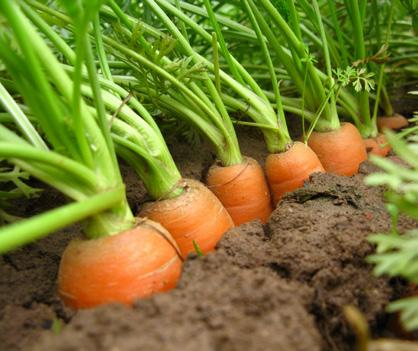


#VegetablesPeopleLove www.nunhems.co.uk
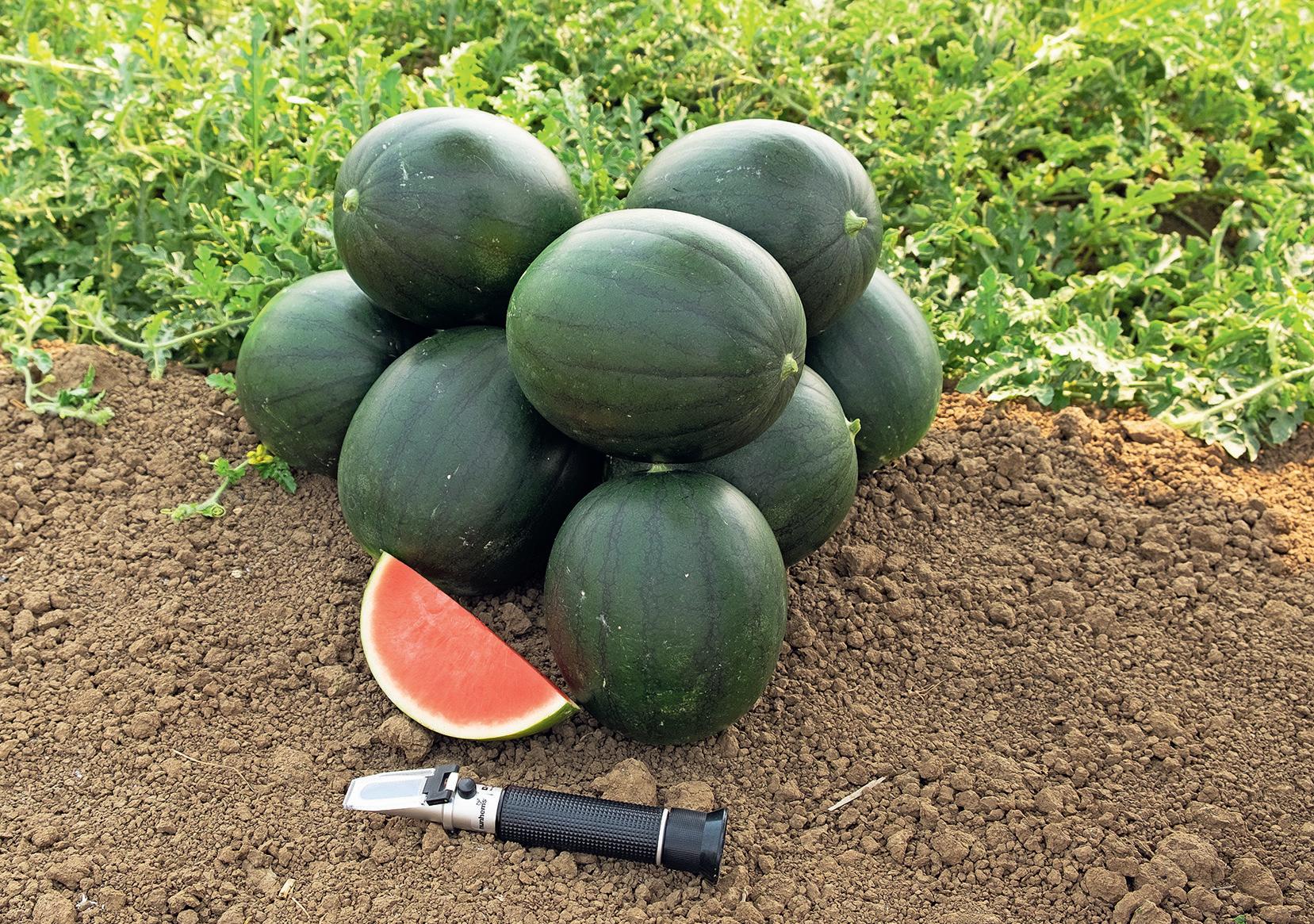
“Breeders are at every chain partner’s beck and call, right down to consumers”
Breeding fruit and vegetables is an absolute balance act. Breeders must keep multiple goals in mind, like good average yields for the grower or, for consumers, a delicious flavor. In this piece, we look at BASF | Nunhems and choose leeks, tomatoes, and watermelon to zoom in on specific breeding goals: 'cleanability,' ToBRFV, and convenience.
"Our leeks are grown from Norway to Europe's southernmost tip," begins Toon van Doormalen, leek breeder at BASF | Nunhems. "While onions and garlic, two other members of the Allium family, are cultivated and consumed worldwide, leeks are a regional product.
About 95% of the acreage is in Europe, with some cultivation in the United States and Australia. That has nothing to do with growing conditions; it's purely cultural. Leeks can be cultivated in Africa and Asia, but the vegetable is hardly known there."
FLAVORFUL AND VERSATILE, BUT YOUNGER PEOPLE NEED CONVINCING
People rarely use leeks as a main seasoning ingredient in dishes. But as a standard and volume product, they are important for processors and the fresh market, says Guus van Bree, Sales Specialist at BASF | Nunhems. "Supermarkets offer them loose or without leaves in fresh produce packages. In the United Kingdom, hardly any leeks are sold with foliage, mainly due to cooking convenience. Consumers then waste less. Leeks are a true seasoning and a versatile product. People classically use them in soups, but you can also stew, bake, or barbeque this vegetable. These options are still underutilized."
162 AGF Primeur 4 • 2024 Breeding
Mini seedless watermelon variety Takemi


In that sense, Toon is keen to get younger people, especially, more familiar with this underrated vegetable. "The older generation knows its value, but leeks are, admittedly, not sexy. It's not only its versatility that's underestimated; its health benefits could also enjoy somewhat more attention. Garlic's health-promoting properties are well-known, but leeks are healthy, too. In a lesser concentration, although you eat far more leeks than garlic, so that makes up for it," he says.
VARIOUS CHALLENGES, INCLUDING ‘CLEANABILITY’
BASF offers more than vegetable seeds under the Nunhems brand. "We offer collaboration and customer-oriented solutions for the entire vegetable chain: plant breeders, growers, processors, traders, retailers, and food service. We're aware of the increasing challenges of climate change, labor shortages, and disease pressure, so we're constantly developing new varieties. Some resist certain diseases and pests, while others thrive in stressful conditions such as drought or heat."
In leeks, where BASF | Nunhems is a market leader, 'cleanability' is another challenge. "The biggest grower cost is preparing the harvested leeks for auction. The dirty and bad leaves must be peeled off by hand. The labor shortage doesn't affect harvesting; it's done almost entirely mechanically with mostly a clamp harvester. Processing in the warehouse, though, cannot yet be done by machine. It's, thus, vital that you harvest the leeks as cleanly as possible. To this end, we've developed a variety that's quicker to clean and easier to peel. It saves the grower many hours of labor," explains Toon.
He is unsure if the new CRISPR-Cas breeding technology, which the European Union should soon approve, will boost the development of easier-to-clean leeks. "CRISPR-Cas might offer an advance for breeding, especially since leeks' whole genome will soon be unraveled. But not so much for cleanability because it's very likely a highly complex genetic trait distributed across the genome. Using CRISPR-Cas to assemble all that will be no
mean feat and an incredibly expensive undertaking for such a regional crop."
TOBRFV, THE BAIN OF TOMATO GROWERS’ EXISTENCE
Regional is not a word that applies to tomatoes, nor to the threat to this cropToBRFV - a virus first detected in Jordan in 2015, which then cropped up in Europe in 2018. In recent years, ToBRFV has been a huge problem for tomato growers in the Netherlands, Spain, and other major growing regions. It is now present worldwide, with outbreaks in countries like China and the U.S. "By now," Erwin de Kok points out, "about 80% of the tomato acreage in the Netherlands and Belgium is planted with resistant varieties. A similar figure is likely in Southern Europe, too."
"This virus' rapid spread over numerous cultivation areas may be surprising, but the pandemic has taught us better. Tomato exports and imports contribute greatly to spreading the virus, but harvest workers from other countries can also carry virus particles on their clothes, glasses,
163 AGF Primeur 4 • 2024
Vitalion tomato
Leek field Flexiton
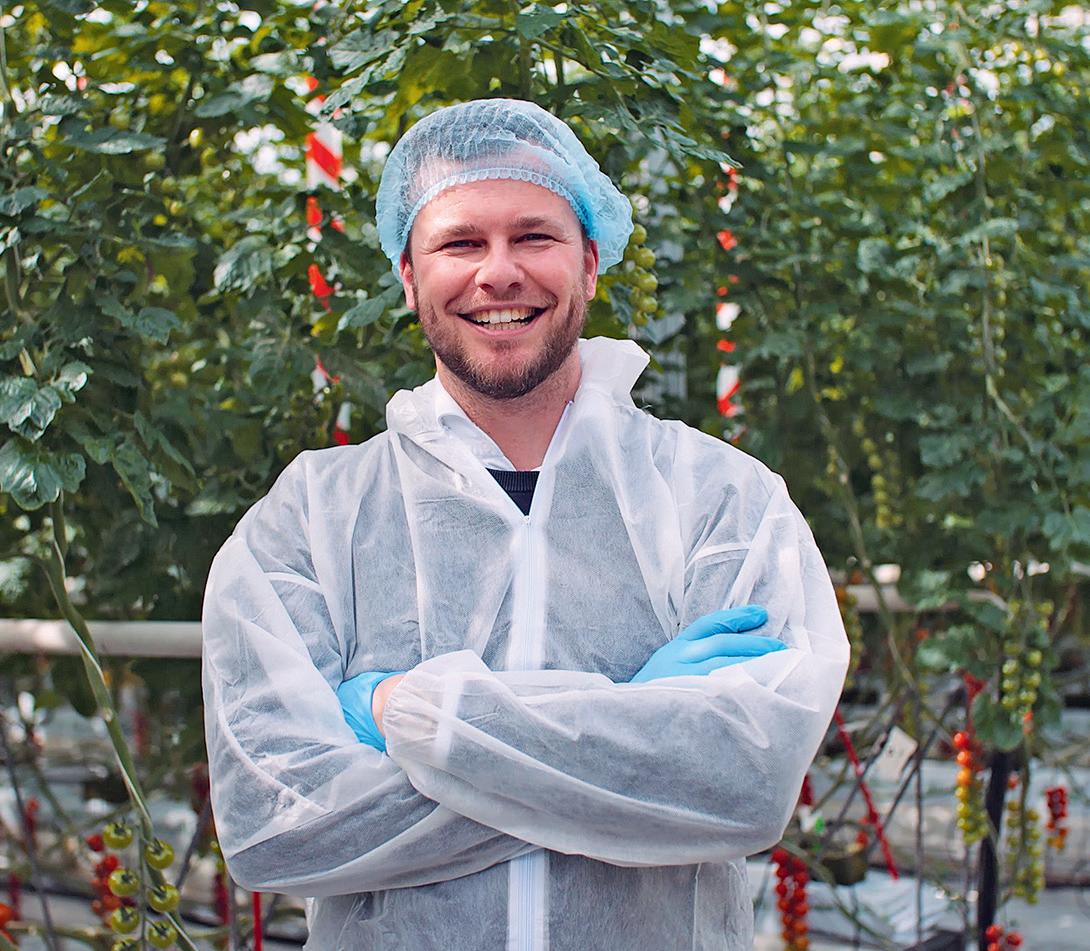

etc. It's very persistent, and you only see the symptoms after several weeks. To get their greenhouse clean after an infection, growers must be extremely thorough," says Erwin, who is BASF | Nunhems' High Tech Cultivation's Tomato Sales Specialist.
LIT CULTIVATION ALMOST ENTIRELY RESISTANT
He believes 90-100% of materials used in lit cultivation are now resistant. "If growers use a non-resistant variety, it's usually because there's not yet a resistant alternative in the relevant segment. However, lit cultivation carries a serious price tag, so they choose resistant varieties. The planting material is more expensive, but the extra cost is considered an insurance policy because a latent virus in the greenhouse doesn't impact the crop."
BASF | Nunhems began a resistance program with the five most commercially successful varieties. "Since then, we've built resistance into many other varieties as well. Virtually everything that's now commercially introduced is enriched with virus-resistant genes. Instead of the usual six years to develop a new variety, we've managed to adapt some existing varieties in three. That's because you start from a good base, retaining about 98% of the genetics. It's about introduc-
ing resistance, but broadly speaking, you know what to expect," Erwin explains.
QUALITY STAYS ON PAR
After the breeding process, they test the varieties at a certified virus-positive external location. "There, we see how the plants and fruits react to the virus. If successful, we place the variety on a larger scale at our and external locations to obtain sufficient data. Besides virus resistance, characteristics such as average yield, taste, size sorting, and shelf life also naturally have a role."
It turns out the resistant variety retains all these traits well. "They certainly maintain their quality. In fact, some varieties' Brix is higher than in the original, and sometimes real progress is made colorwise, too. Vitalion is a premium cherry tomato for lit and unlit cultivation on its way to becoming the market leader in its segment. With it, it even happened that, contrary to our expectations, the original variety's minus points became plus points. Sometimes, though, with the larger types, the fruit can weigh slightly less. With the smaller types, that's not an issue," Erwin continues.
BASF | Nunhems is also busy shaping its ToBRFV-resistant variety portfolio for cultivation in Italy, Spain, Turkey, and
Morocco.v "Those growing countries are in the same position as the Netherlands. There are already many resistant varieties. For low-tech growing conditions, we're going to introduce a rootstock called DreamPower. It performs very well in practice, so expectations are high."
WATERMELONS MUST BE CONVENIENT
In Spain, BASF | Nunhems is also working on developing watermelon varieties. For Francisco Javier López Fernández, balance is the yardstick against which every breeding effort in this segment is measured. "When breeding, we always want a balance between multiple traits. On the market side, the most important are quality, shelf life, flavor, and size; on the cultivation side, it's average yield, stress tolerance, and disease resistance. You have to keep them all in mind. If you don't, sooner or later, you risk punishment by either the market or the growers," he says.
Though seedless watermelons are a Japanese discovery, you do not often find them in stores there, says Francisco Javier. "That's quite funny. American companies mostly developed them in the early years, then some European breeders jumped on the bandwagon. It wasn't until the late '90s, though, that things trended
164 AGF Primeur 4 • 2024 Breeding
Erwin de Kok Sales Specialist in Tomato Experience Center


upward; that had a lot to do with advances in cultivation technology. And while mini watermelons started to show good quality in the early 2000s, the seedless version of these is still gaining ground."
According to Francisco Javier, some cultivation factors must still be finetuned. "The traditional large watermelons, the 15-kilo juggernauts you often find in Morocco or the Middle East, can achieve an average yield of 100 tons/ ha. The minis have to make do with half that. The large and medium-sized (7-8 kg) seedless watermelons hold the middle ground with 70 to 80 tons per hectare," he explains.
MINIS WITH TINY SEEDS
BASF | Nunhems has an interim solution: mini watermelons with tiny seeds. "The quality is good, and they can pollinate seedless watermelons. That's not unimportant; you can’t have a field with just seedless watermelons. You need a variety with seeds for pollination. Instead of using the traditional large balls, growers can now plant regular seedless on one field and minis as pollinators in another. Those two premium products give growers much more prospects."
Seedless watermelons having a lower Brix level, as sometimes claimed, is a fal-
lacy, says Francisco Javier. "In some countries, growers switched to seedless specifically because they had better quality. And the darker the skin and the redder the flesh, the sweeter the fruit is purely a matter of perception, too. That, though, doesn't take away from the fact that an expert can tell by the skin color - depending on the variety - whether a watermelon is ripe or not," he states.
INOCULATION IS VITAL
The Product Development Specialist points out that, these days, with a less stable climate, breeding lines try to heighten plants' overall vigor. "To do so, you need things like a good root system. Inoculation is a big part of this solution. In southern Europe, all watermelon plants are grafted. Without that, Spanish cultivation would be at a quarter of its area; non-grafted plants only thrive on virgin soil."
POWERFUL HEALTH BENEFITS
To further develop the category in stores, Francisco Javier considers convenience solutions, along with a consistent offer of good quality, flavor, and shelf life, an asset. "Think not only about the type of watermelon - seedless and minis - but also about processed products such as juice or pre-cut fruit in convenient containers. These products can appeal to
different types of consumers, like young people, athletes, and people who want to eat healthy."
"Communication around those health benefits could be much better. Besides watermelon being a source of vitamin C, among other things, it's crucial to emphasize it contains more lycopene, a powerful antioxidant, than any other fruit or vegetable. For athletes, its high citrulline content is a plus because that substance helps reduce acidity in muscles during and after exercise," Francisco Javier concludes.
kaya.schmitz@basf.com
165 AGF Primeur 4 • 2024
Guus van Bree Sales Specialist in the leek field
ToBRFV resistant tomato varieties

Unpredictability takes the lead in reefer transport
“Having been in the forecasting business for fruit and protein for over 20 years, trade is getting impossible to predict, and it is getting worse and worse,” says Thomas Eskesen from Eskesen Advisory, which focuses on the refrigerated transportation world. Thomas notes that the fresh fruit trade growth is impacted by among others, mother nature, currency risks and trade barriers, resulting in huge variances in global trade patterns.
Thomasalso points out that where there used to be a correlation between the growth of the population and the growth of demand for food, this has now vanished. “We see that now for the second year in a row. In 2023 (until November) we have been looking at a drop in the global volumes of 1 percent. From a fresh produce perspective, there is some light at the end of the tunnel: we have seen a big pick-up towards the end of 2023, up to 10 percent growth in global fresh fruit moving around the world.”
NORMALIZATION
He sees that it is a big difference compared to a year ago, when producers were losing a lot of money. In Thomas’ opin-
ion, apart from all rising costs, caused by increasing freight rates. “The shipping lines got carried away and charged too much in the fruit segment, ruining a lot of business. And that is why we saw a drop in volume: because the farmers did not have the money. The good news is that, largely speaking, the reflation is over now, andwe see a normalization of freights.”
Another unpredictable situation is the Red Sea Crisis. Thomas mentions that, as diversions around the Cape of Good Hope take extra time and require extra equipment, a cascading effect can be expected that leads to equipment becoming scarcer. “Even when you transport from, say,
India to Europe and think that in that trade line it does not matter, it does matter.” It is why he advises shippers, instead of focussing primarily on price and waiting until the last minute to get the best deal, to start planning well in advance. He calls the situation very unpredictable and foresees that even if it is fixed, it will take another six months before a period of normalization can be seen.
ORDER BOOK
It also has an impact on the rates. “The rates are still fairly low, but higher than they were a year ago.” Thomas sees that a lot of chartering is going on. “All the ships that you can find now, are on charter. Everybody is scrambling for tonnage to make up for the Suez-crisis. Basically, there is nothing left out there and the good news is that once things normalize, there will be plenty of capacity.” That view is further strengthened by the new ships that are on order. “The current order book is roughly 30 percent of the current capacity. That is massive.”
166 AGF Primeur 4 • 2024 Logistics
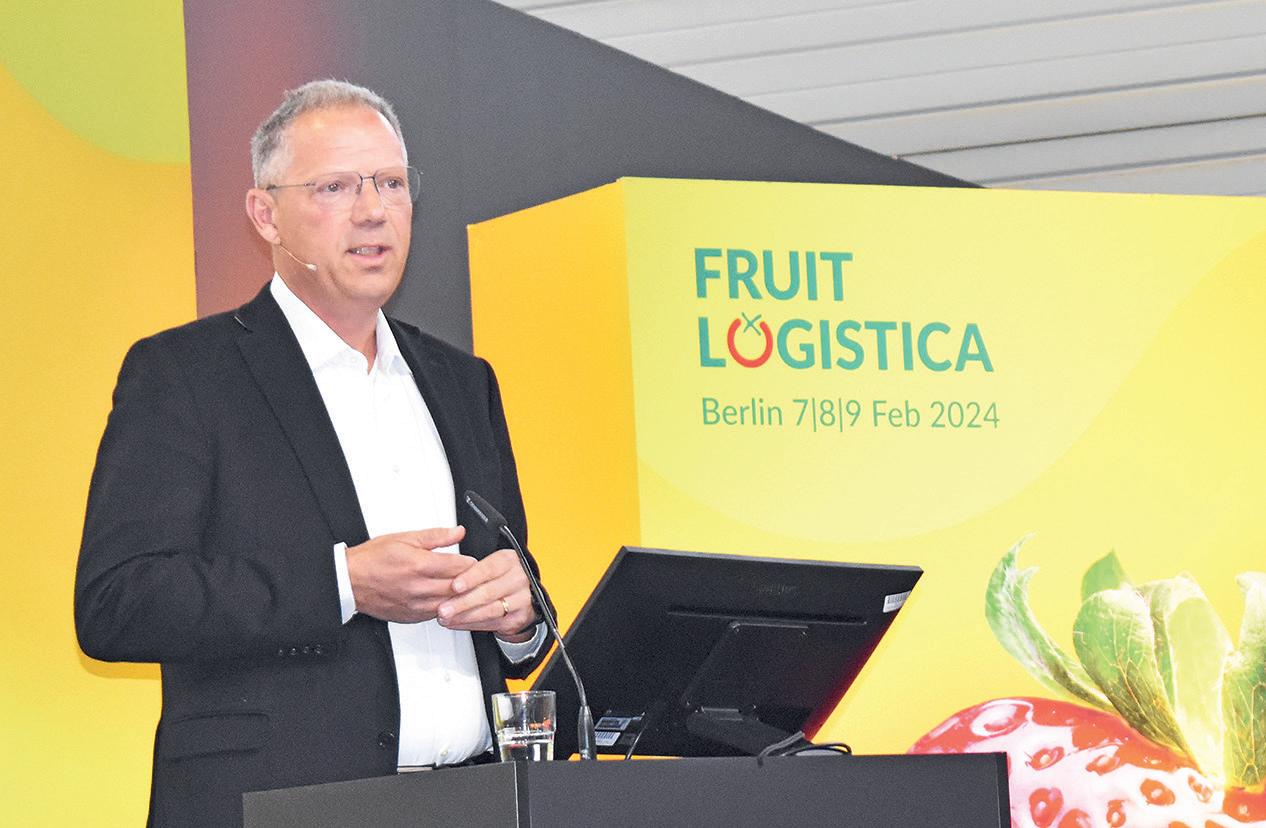
Although Thomas thinks that situation allows transportation buyers to feel a little optimistic, he warns that the equipment to go with it, is also needed. And that might be more difficult, as he notes that 2023 was a very low year for new boxes. “There was overinvest-
ment during Covid, when bottlenecks raised the need for more equipment. Boxes would not be retired, unless they had to be. Now we are seeing normalization.” For 2024, Thomas isn’t very optimistic either. Although there may be some differences between the shipping lines, if


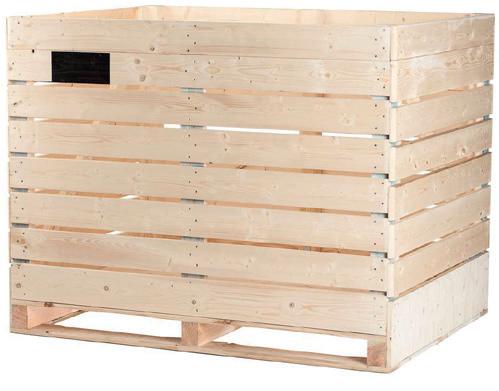
relatively stagnant global trade demand is anticipated, he does not see the reason why the growth in new boxes should be 10 percent.
LOSS FOR SHIPPING COMPANIES
Although the war brings a big uncertainty, Thomas does not expect a positive outlook for shipping lines. “Fundamentally, we ought to anticipate that the shipping lines will be losing money on the ocean piece this year and maybe even next year.” Despite the lower freight rates that are back to pre-Covid levels, he calls it bad news for the shippers as well. “A service provider that is losing money, will not be as generous if favors are needed to get things done.”
Yet, Thomas remains optimistic for the shippers, partly since he expects a tight supply of fruit because of the weather patterns. “So, if you have good fruit, and you have decent shipping access, you are in a pretty good spot. There is a reason to be more optimistic than a year ago.”
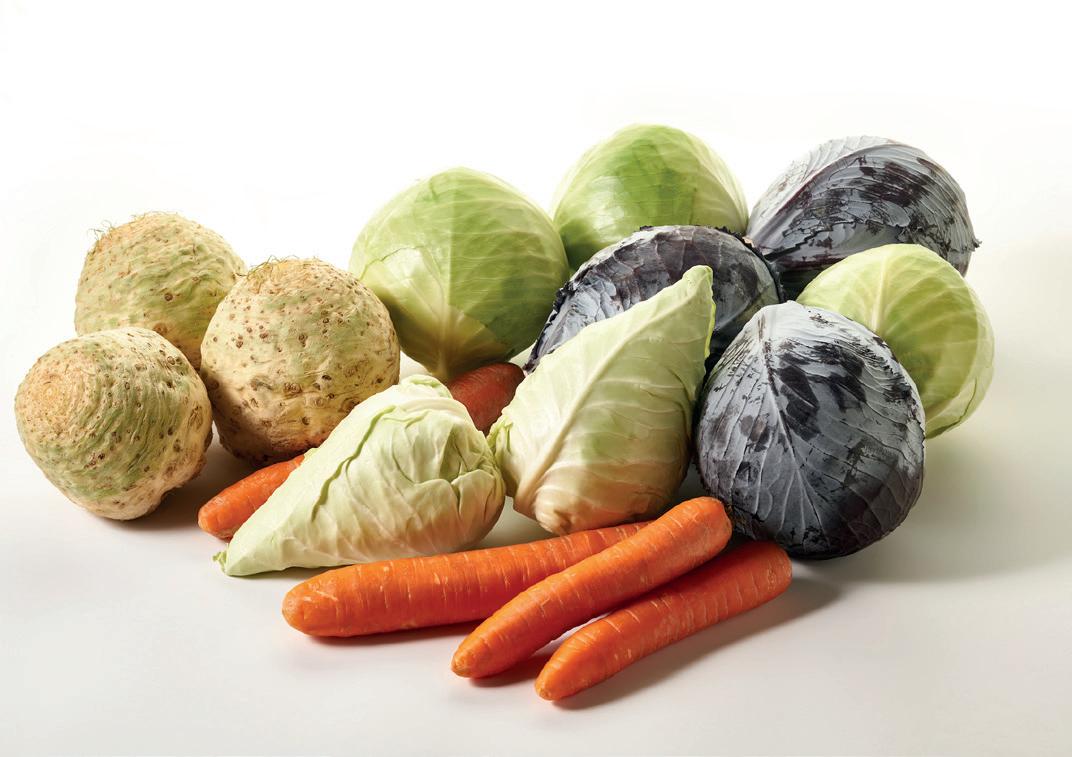

167 AGF Primeur 4 • 2024 NAUSAGRIBOXES.COM LEADING PRODUCER OF HIGH QUALITY BOXES CHECK OUT THE OPTIONS ESPELERWEG 50, ESPEL INFO@NAUSAGRIBOXES.COM T: +31 (0)228 565 500 / 566 400 F: +31 (0)228 565 548 / 566 410 E: info@jhwagenaar.nl www.jhwagenaar.nl Partner for industry and fresh market
Thomas Eskesen, Eskesen Advisory
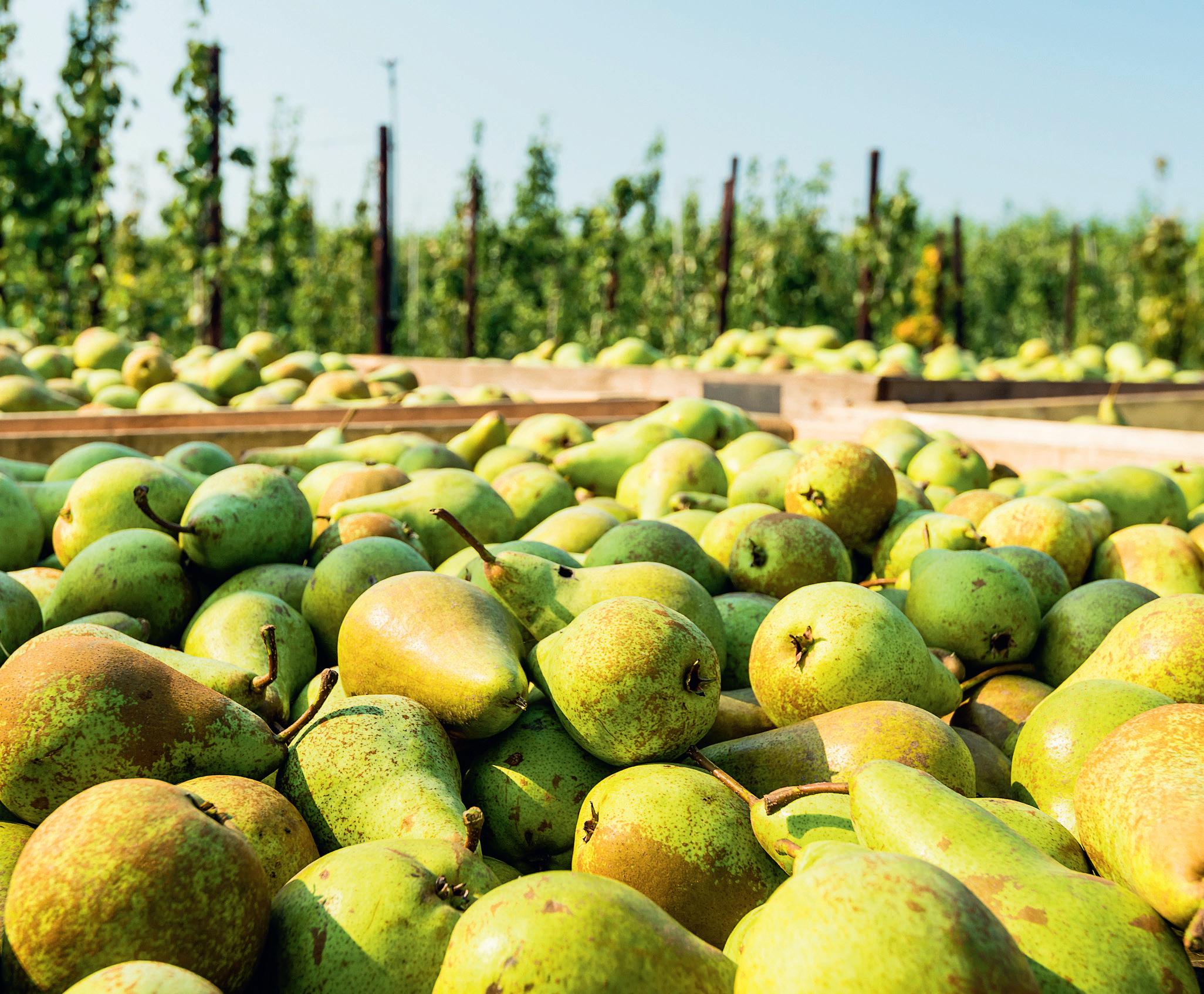
Does the growing Polish pear cultivation pose a threat to Dutch and Belgian sectors?
WAPA figures show that Polish pear cultivation increased from 40,000 tons in 2017 to 100,000 tons in 2023. That is a drop in the bucket of the roughly 4 million tons of apples produced annually, but that recent growth is undeniable. Should the Dutch and Belgian top fruit sectors fear an apple situation?
According to Fruitconsult‘s fruit cultivation consultant, Jos de Wit, pear cultivation undoubtedly garners interest in Poland. “Apple growers want alternatives and would like to start growing pears. I was in Poland in 2006; it was -20 ℃, with 50 cm of snow. Many pears froze, and the climate was considered a threat to healthy operations. However, there‘s not been such severe frost since.”
“There’s now renewed interest among Polish growers to plant Conference trees. The current rootstocks are reasonably frost-resistant, but that‘s obviously still a risk. You need just one freezing year to ruin many trees. Plus, it‘s not easy to grow pears in Poland. The Netherlands and Belgium generally have much better soil, temperature, water, and nutrition conditions. Those aren‘t yet optimal
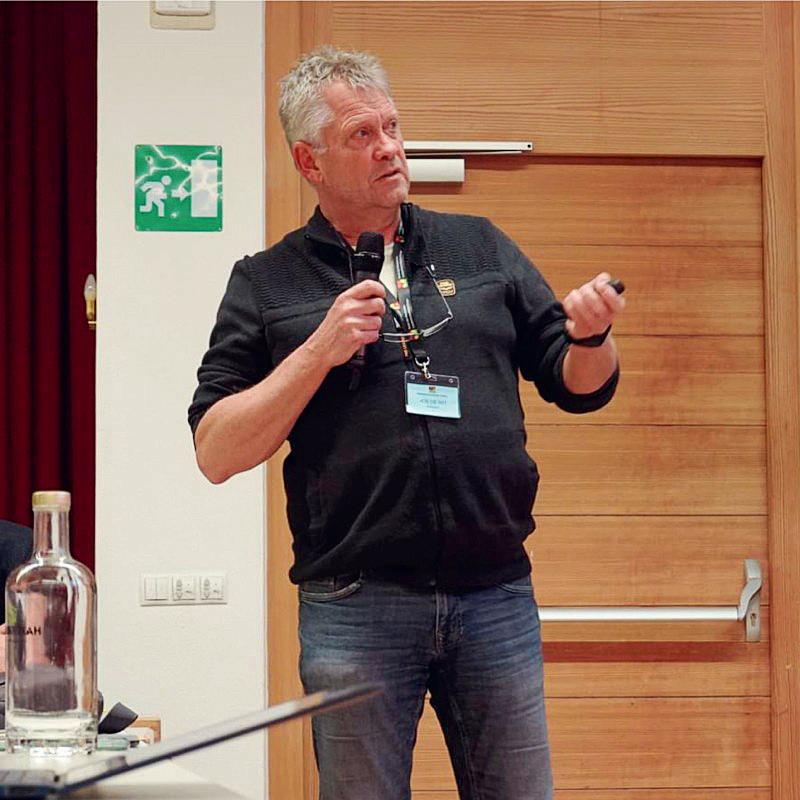
168 AGF Primeur 4 • 2024 Topfruit
in Poland, so quite a few plantings face growth problems, fire blight, and pear
Jos de Wit
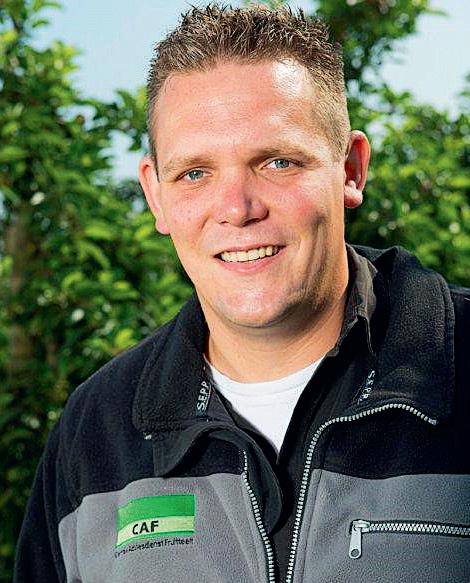
psylla. It‘s not a given that soils suited to apple cultivation are suited for pears, too.”
“Irrigation is an issue, too. I visited a plot in Poland that had only partly been watered. That part‘s trees were the only ones bearing fruit. Where there was no irrigation, there was zero production. I don‘t believe Polish pear production
threatens Dutch and Belgian growers just yet. Also, as I said in a recent lecture, pear cultivation takes skill and dedication. That‘s true for Poland and Western Europe. Even here, when it‘s very dry, growing pears is tricky,” says Jos.
Still, according to him, professional Polish growers manage to cultivate good quality fruit. “The Conference pears in Poland are often even smoother than ours. Though, they do tend to be slightly smaller. I think Polish pears can offer an opportunity for Dutch export. Initially, they’ll mainly grow for the local market. But when those local pears run out, Dutch and Belgian pears can be a nice addition. For years, it was said that pear cultivation was expanding so rapidly it would lead to price pressure. However, the recent problems in the southern European growing regions have reshuffled those cards,” Jos explains.
Fruit cultivation consultant Joris Wisse, a large fruit cultivation specialist at the Central Advisory Service (CAV) and a grower himself agrees. “For now, the Netherlands should be delighted with the Conference pears that are in stor-

age in Poland. Poland is always quickly considered a threat, but we‘ve primarily benefited from Polish traders looking for Dutch fruit in recent years. That gave Dutch supermarkets extra incentive to pay more. Last year, for example, it worked out very positively when the Polish traders came to the Netherlands to buy Conference pears,” he says.
“In the less-good pear-growing year, Poland ended up with many trees. In the past, many rootstocks froze, and pear cultivation in Poland made little sense.
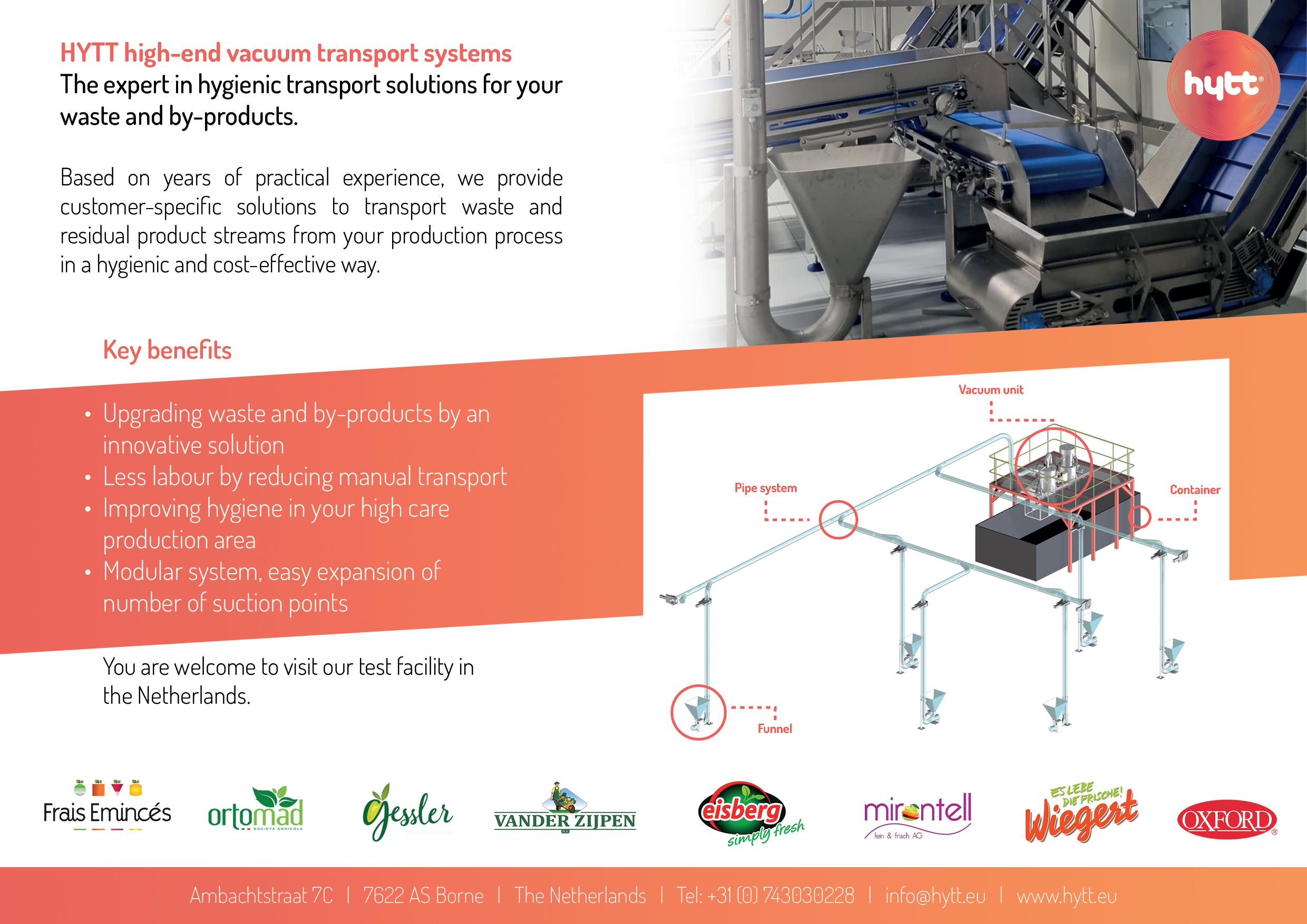
169 AGF Primeur 4 • 2024
Joris Wisse
Gerard van den Anker
But especially after the Q-Eline rootstock — which is far more frost-resistant — was introduced, pear cultivation seems possible there. Nevertheless, the Netherlands and Belgium still have the best climate for growing pears.”
“Night frost remains especially dangerous to Polish cultivation. Pears flower earlier than apples, so pears aren‘t yet being planted en masse in Poland. Still, several companies are taking up that cultivation professionally and managing to grow good-quality pears. I don‘t see Polish pear production as a threat. As long as they develop enough new markets of their own, we can only join them with our pears. I certainly don‘t consider them competitors in our major export markets in the short term. There‘s much more competition in the apple market, especially for the industry,” Joris points out.
“We understand that a fair number of Conference trees are being planted in Poland. We follow that closely, but the Polish continental climate, with sometimes severe frosts, does nothing for pears. It‘s not for nothing that Conference pears have done so well for years in
our temperate maritime climate. Another factor is that pears, unlike apples, cannot be processed mechanically, so specialized manual labor is required. Labor that‘s no longer cheap in Poland, either,” adds Joop Vernooij of Frupaks-Vernooij / Staay Food Group.
“Our years of experience in both pear cultivation and storage give us a considerable lead, too. It‘s not an immediate concern, but we must stay alert. After all, the Polish Conference could become competition in the longer term. It‘s up to the Netherlands‘ top fruit sector to turn this potential danger into an opportunity,” Joop reckons.

AGRIA_BELTRAN_185 mm x 132 mm.pdf 1 05.04.24 13:53
Gerard van den Anker, former chairperson of the Dutch Fruit Growers‘ Organization (NFO) and Veiling Zaltbommel‘s general manager, also prefers to see things in a positive light. “The Netherlands is a world champion in growing good quality, large pears. Dutch cultivation advisors fly out all over the world and proclaim this skill. Above all, look at the opportunities, not the threats. Veiling Zaltbommel sees plenty of demand for good pears this year from, for example, Italy.”
“There, pear acreage is shrinking. Good prices can be made, and people pay for quality. Dutch growers cannot keep going with ‚always the lowest.‘ Not with all the regulatory pressure, costs, and sustainability goals. Ensuring good quality and trust, going for long-term relationships as a reliable supplier, and seeking and finding partnerships to achieve good yield prices are key. Bundling offers strength and control,” Gerard concludes.
jos@fruitconsult.com

170 AGF Primeur 4 • 2024
Topfruit
C M Y CM MY CY CMY K
Joop Vernooij

“We’re able to supply our next-door neighbour within one or two days”
The Polish fruit and vegetable trade has a strong connection with the German market. Although not all exporters have a main focus on Germany, most of them at least send some of their produce to their neighbours. According to Jan Nowakowski, manager for Polish apple exporter Genesis Fresh, it’s natural for a country to export the fresh produce to the closest countries, as most logistical challenges will not pose a threat when transporting these shorter distances. Produce arrives at its destination rather quickly compared to other destinations, Nowakoski explains:
“For a country such as Poland, trading with Germany comes natural, as Germany is our closest neighbour. Just as the Scandinavian market is very important for our fresh produce, so is the market of Germany. It won’t come as a surprise that logistically, trading between Germany and Poland is simply quite convenient. We’re able to supply our next-door neighbour within one or two days. We mainly supply full truck loads to Germany, but we’re also able to supply them with smaller trucks or even groupage transport as well. Markets like those in the Nether-
lands have a better mix truck solution than Poland. This is due to the Dutch supplying much more varied fresh produce, not just from their own domestic growth, but also from what they’ve acquired from overseas markets.”
Although exporting to Germany comes with fewer logistical challenges compared to other destinations, that is not to say there are no difficulties transporting the produce to Germany at all, Nowakowski emphasizes: “Supplying the German market doesn’t come without its chal-
lenges. It’s a rather big country and deliveries to all of these various corners of the land can be a real challenge. However, the Polish have confidence in the logistical capabilities and as such we’re able to reach every city in Germany. There are other aspects of exporting to the German market that make it more difficult, compared to supplying other European countries. For one, the German market requires more strict MRL results compared to the EU MRL standards. This limits some of the Polish produce, but we are able to face the specifications that the retailers require from us. We have supplied these German retailers for a couple of years already.”
For Nowakowski, one absolute must if somebody wants to export to the German market, is to get all of the certifications in order, as most of the German retailers see these certifications as a requirement. “Our company specifically deals in Polish apples, and to send apples to Germany you need the advantage of getting all your certifications in order. For example, all of
171 AGF Primeur 4 • 2024
Topfruit

our apples are certificated with Globalgap, Grasp, IFS and CoC certification. ”
As is true for all other fruits and vegetables, making sure that the German consumer is interested in both product and variety is an important step in the process. For instance, certain varieties do very well in the German market, and Nowakowski states that luckily, these are the varieties that Poland grows as well: “Another important aspect is exporting apples that the German consumer can recognize and wants to add onto their shopping cart. Germany grows similar apple varieties that we grow in Poland. This means they usually can import most of the apples from us. The varieties like Royal Gala, Idared, Golden Delicious, Jonagold or Red Jonaprince are well known there. There are limits to exporting apples to Germany. The Germans grow a sufficient amount of apples themselves, so they import less volumes. That being said, during the season, when they don’t have enough volumes available, they are able to buy a huge amount of apples from Poland.”
Looking at the future, Nowakowski feels that Polish apple growers will have to focus on the varieties that German consumers are looking for. Specifically, the club varieties that currently aren’t actually grown on the Polish soil. “The trends for German consumers are similar to those on the European scale as a whole. As such, German consumers like club varieties of apples as well. Unfortunately for us, these are the varieties that we

don’t grow in Poland. Yet. The writing is on the wall though, and if we do wish to continue to supply the German market in the future, we will need to consider to grow club varieties as well. This will be also good for our apple production in the future.”
Of course, the German wholesale markets are also a good option for the produce from Poland. However, Nowakowski says that the Dutch fresh produce exporters have the advantage on these markets. “Regional wholesale markets are also very important for Polish produce, but the volumes sent to these markets is lower. These markets give priority to local produce and their close connection with the Netherlands is also a factor. The Dutch have great logistic routers going to these German wholesale markets.”
Overall Nowakowski feels that the Polish fresh produce sector is a great partner for German importers and retailers: “Looking outside of the apple industry, Poland has many things to offer. We have solid levels of production for multiple popular products. The quality of Polish produce has increased over the past years and our prices are competitive. Last, but not least, I feel our service is very good. We can gain even more of a foothold in the German market with the right marketing strategies and targeted promotions. We have all of the quality certifications for German requirements. Polish growing, harvesting, storage and packing stations are on the top European level. Next to our apples we supply Germany products like
plums, sweet and sour cherries, strawberries and blueberries,” he concludes.
j.nowakowski@genesisfresh.com
172 AGF Primeur 4 • 2024 Topfruit
Steve Alaerts, Foodcareplus:
“We missed the chance to fundamentally rethink some things”
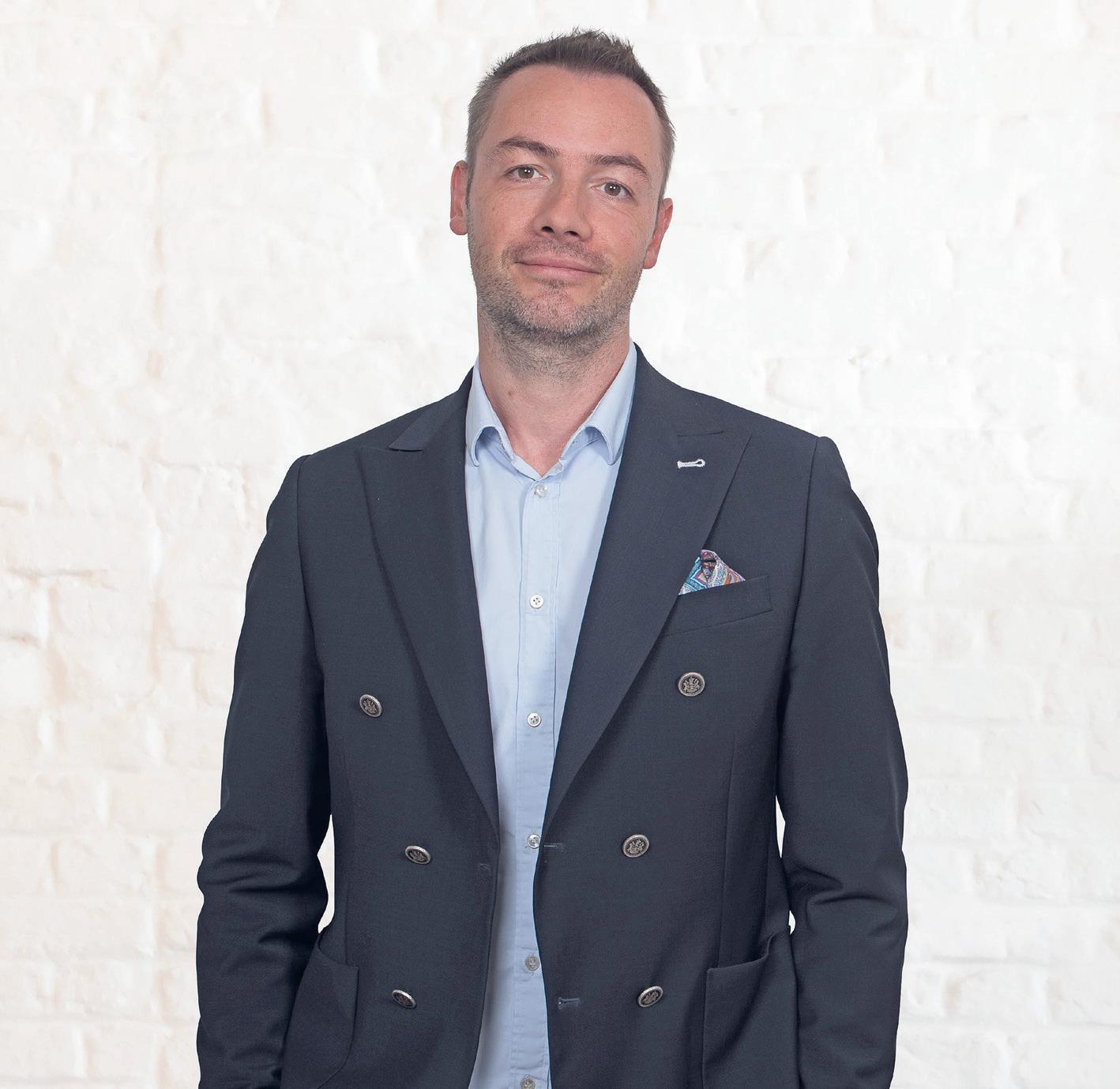
These are turbulent times for logistics. One crisis follows another. How can the logistics industry respond? “By diversifying,” begins Steve Alaerts, who, in addition to being Partner and Director of the Belgian logistics service provider Foodcareplus, is an IFPA board member and chairman of their Supply Chain Council. He calls for a richer logistics landscape, with chain companies making more of an effort to understand and respect each other.
That, Steve is sure, will make for a bright future for the fresh produce sector. “In this world of ultra-processed food, I believe we‘re entering a time when peo-
ple will see that fruits and vegetables deserve far more praise. A time when we‘ll be spending a little less on our devices and a little more on healthy prod-
ucts grown with passion. That allows the whole industry to flourish, as long as we are all on the same page. I‘m convinced our moment is yet to come.”
The logistics sector seems to be facing crisis upon crisis. Once the impact of one war stabilized slightly, the water level in the Panama Canal dropped too low, and then another war disrupted things. Are these non-stop crises the new normal, and how can the industry deal with so much uncertainty?
“It wasn‘t so long ago that the pandemic ended, and the market became well aware that it had to become less dependent on one single supply stream, infrastructure, or port. Independence was the new word: diversify, make sure you‘re not overexposed to certain risks. Three years down the road, and we‘ve all fallen back into the same habits. That‘s very human, but we regrettably note that we didn‘t take advantage of that momentum to fundamentally rethink some things. Events in the Suez Canal — one of the sector‘s most important transit routes — very harshly reminded us of that,” says Steve.
“Now that the Houthis have hijacked that, it’s, once again, been brought home: We‘re right back where we were. I think this is yet another chance to seize the moment to radically rethink some things. We must learn — and this is certainly true for fruits and vegetables — not to do things in one, most economically optimal way anymore. That makes logical sense, though. Fresh produce is a competitive market, with many stakeholders in the chain and wafer-thin margins. That doesn‘t mean to imply that if everyone is trying to find a richer logistics landscape, we all won‘t benefit.”

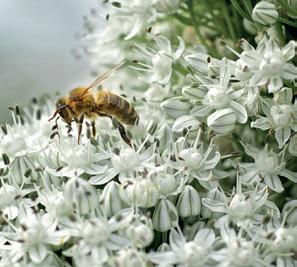
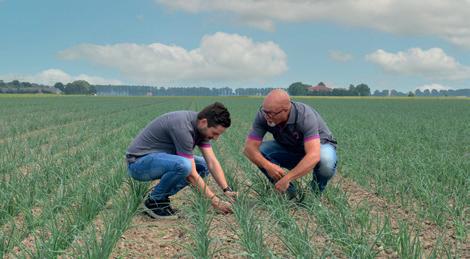

173 AGF Primeur 4 • 2024
Vision Leading in Allium, inspired by you. www.degrootenslot.nl
“After all, it does no one good that, currently, fruit has no reasonable route from East Africa. We must learn to deal with the numerous problems that may arise, like the impact the Baltimore bridge, which recently collapsed after a ship struck it, has on the entire logistics system. If something like that renders a port inaccessible, capacity will look for another way; it‘s like water; it tries to find the shortest path. Then other ports get overloaded with extra cargo, resulting in increasing costs, congestion, etc.,” Steve explains.
“But it‘s about more than just infrastructure. We know the climate isn‘t doing well and about the geopolitical tensions. We must, thus, assume all that infrastructure — which is subject to external factors — will be unavailable at some point, whether temporarily or for an extended period. And when that happens, you must be resilient and able to shift gears, especially regarding fresh produce. Currently, though, we‘re still looking for the best solution. We have to consider a group of optimal solutions more and use them all from the beginning. People, companies, and infrastructure aren‘t well-prepared for last-minute switches.”
“For instance, Cape Town harbor has been hammered by very high winds for years. That prevents the gantry cranes from being used, resulting in loading and unloading delays, which, in turn, causes delays in shipping schedules. At one point during the last grape season, that meant a lot of fruit couldn‘t leave the country. So, people started looking at Windhoek in Namibia. That‘s not the most logical route, but it‘s at least a route. At one point, there was far too much cargo going to Windhoek, causing congestion and problems at the border crossing. That
makes sense because those places aren‘t geared toward that. So, when looking at this issue, long-term, we have to assume such scenarios are going to occur,” Steve reckons.
“And that, because of weather and other circumstances, there will be issues with infrastructure A and B that we use today. That requires diversification right off the bat. Say, you transport 10,000 tons of grapes from South Africa, then it‘s not cost-effective to send half to Namibia at, for example, a 30% higher cost. You‘re not going to do that, but you could send 10% of the grapes through Windhoek. Admittedly, at a higher cost price, but spread over 10,000 tons, that‘s peanuts. Plus, you end up with a broader logistical solutions‘ portfolio, and you can start shifting gears whenever needed. Obviously, not immediately from 1,000 to 10,000 tons. But since you can absorb changes, you can ensure it‘s not a total shock.”
Steve cites Maasvlakte in the Netherlands as another example. Some importers are almost entirely dependent on that area for their container handling. “I understand that it‘s cost-efficient, but what will you do if there‘s a weeklong strike? Then suddenly, everyone wants to go to Antwerp or Vlissingen. But, you can‘t do that, can you? So you must try to branch out far more. I think that‘s the solution, but that requires a paradigm shift, a base-level change. We must all contribute, but then we‘ll have far fewer disruptions,” he says.
What is air freight‘s role in that diversification?
“When retailers began demonizing air freight, deciding they no longer wanted to buy flown-in fruit, they shot themselves in the foot. You can‘t dismiss a transpor-

tation mode that has played an important role for years overnight. Air cargo has its place. The air cargo industry, like shipping, also has a duty to look for sustainable fuel and other ways to ensure their footprint stays as low as possible. But that‘s an entirely different matter; that doesn‘t mean you should shoot down those modes of transport upfront. That‘s a contrary movement to what‘s actually needed; you must enrich your portfolio.”
An enriched logistics landscape will likely include looking beyond national borders. That has its challenges, no?
“European tax rules and customs clearances differ; you can‘t assume things run without a hitch within the EU. There‘s still plenty to arrange, and the Belgian, Dutch, and French food safety authorities aren‘t interchangeable. It‘s far too late when, for instance, at some point, you have no choice but to have your cargo handled in another country, and you suddenly have to try and understand how things work there. Fresh produce doesn‘t allow for that; you must be prepared. That also helps to have companies that operate as product specialists. If you‘re a product specialist, the product comes first. Take lemons. That‘s where your expertise lies, not so much in the best way to get them to customers. Doing that in a costly way doesn‘t benefit your company,” says Alaerts.
Not always committing to the most efficient transport results in a different cost. That doesn‘t happen in the competitive, low-margin fruit and vegetable sector. What will it take to change that?
“It‘s a fundamental change, which we’ll all have to make. When individual players try to play a role in the value chain and take that initiative alone, they must
174 AGF Primeur 4 • 2024 Vision We are a wholesaler of potatoes Purchasing | Sales Sorting | washing | packaging Veensesteeg 15, 4264 KG Veen • +31 (0)416-691241 • info@altena-bv.nl • www.altenapotatoes.com
be powerful. They could take a hit initially if others don‘t follow suit immediately. I believe very strongly, though, in seeking the so-called ‚Blue Ocean‘. That refers to a strategy of creating new, so far unexploited, market space rather than competing in existing markets.”
“In contrast, the shipping industry is a ‚Red Ocean‘ because of the cutthroat price competition in the same channel. It‘s probably also why many fresh produce companies compete on prices; they‘re all in the same monotonous lane. The trick is to branch out from that carnage, ensuring you add value in other ways. I consider logistics portfolio diversification as one of the keys, but not the sole one, to making a genuine difference,” Steve reiterates.
You were recently appointed to the International Fresh Produce Association (IFPA) board and are the chair of their Supply Chain Council for the next three years. What are your plans and what does the fruit and vegetable chain need, logistics-wise?
“The Supply Chain Council has launched the Fresh Supply Chain of the Future project. A richer logistics landscape is an important element, but interoperability is even more important. It’s also vital to the success of logistics diversification. We‘re going to work very hard on that, and on bringing all the different market stakeholders back together. Logistics is like a succession of sections with people who are good at different things, like containers, land transport, or customs. In principle, those work well together. But when there are disruptions, everyone goes into survival mode and retreats into their sections. That does interoperability no good.”
“The pandemic somewhat undermined collaborations, creating a distance between the different sections. We need to fix that. There have, for instance, been awful exchanges and lawsuits between shippers and shipping lines which, indeed, at a stage, made obscene margins and profits. Nonetheless, there have been equally good things happening in other sections, which, perhaps due to their size, haven‘t become known. Relationships need to be mended, somehow. I’ll spend the first 18 months of my chairmanship reuniting all those parties,” Steve vows.
“After that, we‘ll work on interoperability — the lubricant that gets the different sections talking to each other and working together most efficiently. That includes several technical aspects. We‘re already using AI, but phytosanitary certificates, for example, still aren‘t digital. So, there are hundreds of useless documents and processes ultimately draining growers‘ margins. The Fresh Supply Chain of the Future will provide an answer and an ecosystem which goes beyond IT.”
“In this modus operandi, companies respect and understand each other‘s business models. At present, shipping lines, for example, understand very little of the fresh produce business, while that sector generates more than 60% of their refrigerated transport revenue. How is it that there’s so little understanding of each other‘s business? Contracts and other things not tailored to the fruit and vegetable industry‘s specific needs reflect that. Those are there in other sectors,” Steve points out.
“If, say, a figurative bolt is missing in the automotive sector, the factory comes to a standstill because assembly cannot hap-
pen. That sector has logistics agreements that ensure that if the ship with the bolt doesn‘t arrive in time, they fly the required product in. Otherwise, the line can‘t get back to work. I believe that‘s the future for fresh produce, too. Those kinds of logistics agreements where there‘s a shared responsibility for the success of marketing and transporting the product must be in place. But that‘s going to involve a serious paradigm shift.”
“Some shipping companies have reacted by integrating vertically. That‘s one way to move toward that change. I don‘t know if that‘s the only solution. If people are experts at something very specific, and committed to a common objective, I think you can get much further than by doing everything individually. The key, though, is interoperability: respecting and understanding each other‘s business,” Alaerts explains.
Logistical disruptions impact, for example, insurance premiums and container prices. How do you control costs during a crisis?
“Most fruit and vegetable companies do short-term business planning, feverishly trying to find the best deals. While not illogical, given their business‘ transactional nature, that differs from a business perspective. If you could plan better or attach business structurally for, say, two or three years, you gain a different perspective. Turbulent times call for fortitude and certainty. Companies must dare to replan to make long-term agreements. That will bring peace of mind. I believe the logistics sector is willing to pay a price, in the form of discounts, for that calmness.”
“There will, naturally, be ups and downs, but, long-term agreements that partially
175 AGF Primeur 4 • 2024 BP FruitCraft BVBA Heerstraat 16A, 3470 Kortenaken Tel. +32 11960939 Wendy Bangels +32 470951032 Tim Pittevils +32 470957905 Specialist in apples, pears and strawberries From Belgium www.bpfruitcraft.com Fruit export
“We must assume infrastructure — subject to external factors — will, at some point, be unavailable, temporarily or for an extended time.”

consider shock effects or specific situations are possible. In our people business, it‘s essential to know that if you must invest in knowledge and training, you can employ employees for a number of years. That, too, is a paradigm shift; our industry is unaccustomed to that. Partly because there‘s so much uncertainty, also in supply, which, in turn, causes uncertainties for carriers. That‘s why companies trying to understand and respect each other is crucial,” Steve continues.
How do you see global trade routes changing, and how can the logistics sector respond?
“There‘s one long-term certainty: The European agricultural landscape is under tremendous pressure. At the same time, consumption is increasing. I think that will make us even more dependent on international trade. Also, because of the climate. For example, the water shortages in Spain won‘t be solved just like that. If we keep eating certain things, like citrus, production will have to shift. I believe Africa will become important within a few decades in terms of fruit and vegetable supply. Just as Mexico acts as North America‘s backyard, Africa will likely become that for Europe.”
“That‘s already happening with Morocco. That will change the transatlantic east-
west routes. The question, though, is how Latin America will relate to Africa in the future. That route has one of the main bottlenecks: the Panama Canal. There are none on the route out of West Africa. I consider the Panama Canal problematic, and as long as it remains that way, Africa will probably play a role in the trade of many products. But, to make all that work, there‘s still a ton of geopolitical and infrastructural work to do,” Steve admits.
There is an increasing focus on transportation emissions, yet we‘re not equipped for electrification. What does the future hold for renewable fuels or transportation?
“Aside from emissions, international trade in, for instance, Kenyan beans, creates development opportunities in that country of origin. I think that‘s at least as valuable. If you could transport beans between Kenya and Europe sustainably, global transport would accelerate. Geopolitics aside, that‘s the key to increased internationalization, where regions can each focus on the things at which excel.”
“Regarding overland transport in Europe, the insufficient provision for electrification comes into play. That‘s why we must step up a gear to ensure we work on covering that last mile as sustainably as possible,” the logistics expert says. “But there,
too, many players must help diversify the supply lines. Why, for example, would you have a product first sail to Antwerp, then truck it to Barendrecht and finally send it, again, by truck to Copenhagen?”
“That‘s ludicrous! Some products can be delivered by sea much closer to the final destination, while importers can still use their expertise. It‘s not just about the assets; it has to do with behavior, too. And that area still has much room for improvement. Here, the logistics players are important. Our sector still has a function there, and it must invest to unburden fresh produce companies in this kind of solution,” Steve concludes.
s.alaerts@foodcareplus.com
176 AGF Primeur 4 • 2024 Vision
How is Ton Janssen doing?
Sowing tales among the future generation
Ton Janssen easily bid farewell to his greenhouse activity. Promoting glasshouse horticulture, though, remains his great passion. He took up Dutch tomato cultivation in 1990, and it soon became clear to him where his talent lay. His efforts earned him enormous appreciation. While his successors can be counted on one hand, Ton stayed active as a greenhouse horticulture promotor. Nowadays, with elementary school children, he sows tales about Dutch greenhouses twice a week.
DEFENDING HIS PRODUCT IN GERMANY
Horticulture flows through three generations of the Janssen family‘s veins. After graduating from horticultural school, Ton learned about tomato cultivation. In 1976, he and his father became the first beefsteak tomato growers in the Netherlands. When a fuss arose in the early 1990s about how Dutch tomatoes tasted (‚wasserbombe‘ crisis), Ton fervently defended them on German television, thus discovering his talent for promotion.
In 1993, he and other tomato growers founded TastyTom. From then on, Janssen focused more on brand promotion and entrepreneurship. His reputation grew so much that when he mentioned that his acreage of vine tomatoes covered 2.6 hectares, it was compared to a phone booth. An anecdote that still gets a laugh at TastyTom.
Ton stopped farming in 2018 but kept promoting. In recent years, though, the pandemic and then ToBRFV hampered that. Ton: “If I can‘t get into the greenhouse anymore, it kind of stops for me. I‘m not someone for the office.”
JUST POTTERING IN THE GARDEN
Ton does not do hobby farming. “I love gardening, but I‘m not going to grow vegetables. The caterpillars eating the cauliflower and other bugs in my tomato plants irritate me. In the greenhouse, I could control that somewhat; outside, you depend on Mother Nature.”
Running, however, is a favorite hobby. Twice a week, Ton laces up his running shoes and goes on a 10K run. In the last few weeks, he has been putting in extra training for the Venloop (an annu-
al half marathon in the Netherlands), where Janssen has been one of 30,000 participants for years. “It‘s my 12th time, and the goal is always to run under an hour,” he says.
JUNIOR UNIVERSITY
But you cannot deny your passion, so Ton volunteers at Kokkerelli, a ‚university‘ for and by children that focuses on healthy nutrition. They organize weekly cooking classes for older elementary school kids. Children learn to cook, but before they begin, they visit a grower where they, for example, cut asparagus, pick strawberries, or harvest carrots. They then use those products. That combination is worth its proverbial weight in gold. “You notice that even if kids don‘t normally like asparagus, they‘ll at least try it if they‘ve picked and cleaned it themselves.”

With children, he has at least as much success as with adults. “If they didn‘t stop me, the kids would listen for up to two hours. The teachers praise my passion, captivating stories, and jokes tremendously every time,” Ton admits. Yet, nothing beats the love Ton gets from his grandchildren. “What everyone says, I can confirm. When they come running up to you with open arms, that‘s the best thing.”
And even though these children can no longer visit tomato greenhouses because of ToBRFV, Ton can get them excited with stories about greenhouse farming. He shares tales about all kinds of tomatoes (with help from TastyTom and the Honey Tomatoes), bell peppers, and cucumbers. And tells about the efforts of greenhouse farming to grow without pesticides, supported by living creatures like bumblebees, parasitic wasps, and predatory mites from the Koppert company and supplied through the Mertens company.
People‘s appreciation, of which there is much for Janssen in the sector, is the true measure of success. “That‘s huge. I was named Entrepreneur of the Year, and in 2017, I received the Lifetime Achievement Award in Berlin. The best part is that I was appointed Officer in the Order of Orange-Nassau, just like Dutch celebrities. That I seemingly earned that gives me pause,” Ton concludes.
Tajanssen210@hotmail.com
177 AGF Primeur 4 • 2024
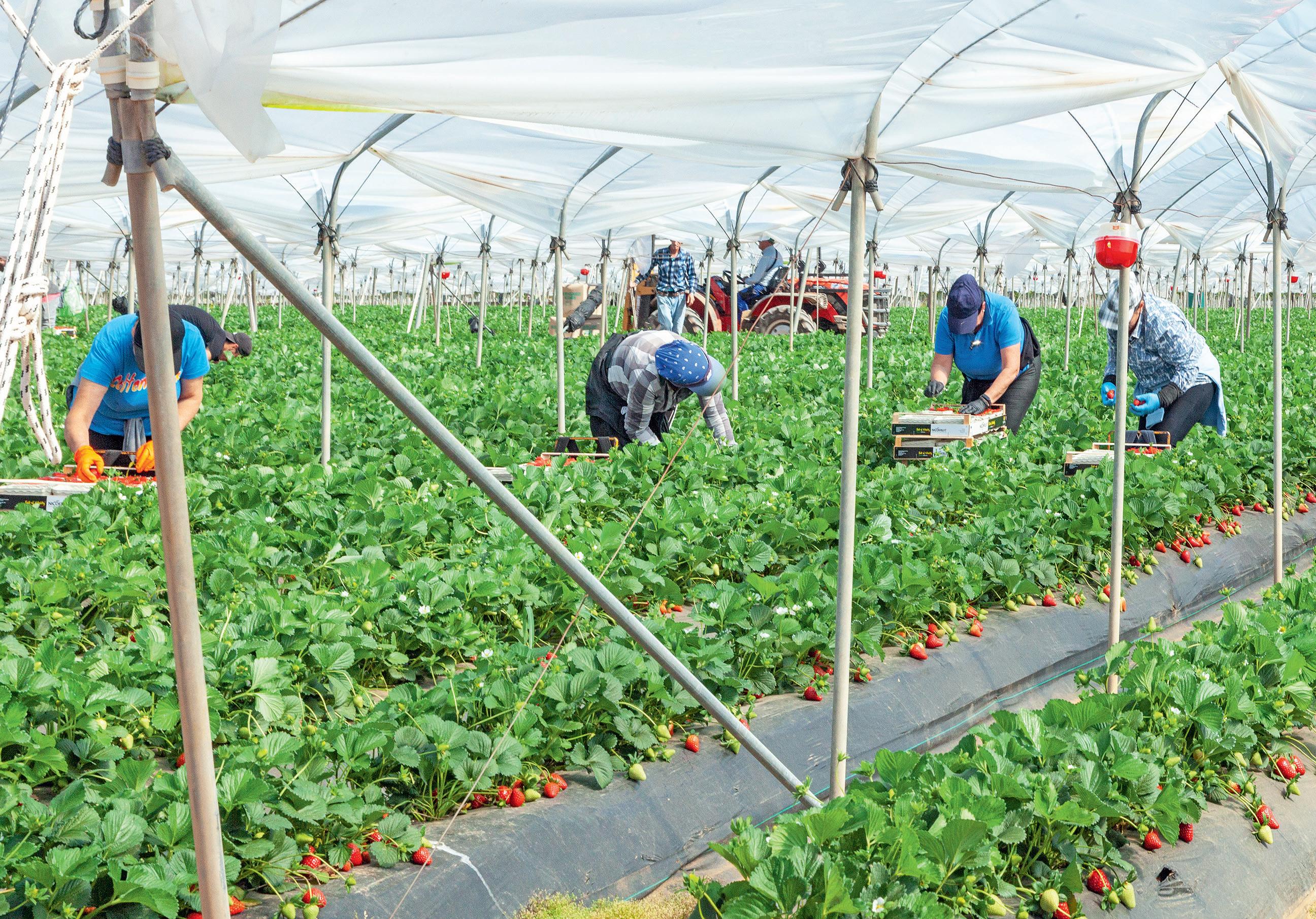
Italian strawberries available earlier than in the past
Italy is seeing a gradual decline in imports of foreign strawberries. During the winter months, supermarkets and consumers have already shown a preference for local produce. At the same time, Italian exports appear to be more stable this year than in previous seasons.
Spain has always been the main competitor, both in terms of exports and production. In recent months, however, the volumes imported into Italy appear to be lower. In fact, Spanish exports ended the 2023 season with a volume of around 247,700 tons, down 14 percent from the previous year, which was already negative compared to the past. Regarding the last five years, the volume of the last
Spanish commercial campaign is the lowest.
Like in previous years, Italian strawberry exports are concentrated between March and May. In 2023, this quarter accounted for about 79% of the total. However, significant quantities were also shipped in February (7% of the total), confirming an early season.
According to an analysis carried out by CSO Italy, the Italian area devoted to specialty strawberries in the current season is 1% lower than last year, amounting to about 4,070 hectares. A total of 84% of the area is grown under cover, with the remaining 16% in open fields. Greenhouse areas increased by one percentage point, while open field areas decreased by 6%.
In the areas of southern Italy, investments seem to be stable, with the southern regions of Basilicata and Campania standing out as the first national production basins, together accounting for 52%
178 AGF Primeur 4 • 2024 Soft fruit

of the total area invested in Italy. In Basilicata, investments seem to be constant compared to the last campaign, with an increase of about 1,030 hectares. In Campania, investments are estimated at +3%, which is about 28 hectares more than last season, with a constant increase over the last five years, with a total of 1,080 hectares. The increase in Campania and the stability in Basilicata are offset by a loss in the other southern regions, whose share in the national total remains constant at 65%, with almost 2,650 hectares in 2024. In Sicily, there is a decrease of -6% compared to 2023 and in Calabria of -10%. In the northern regions, the area will decrease by three percentage points compared to the previous season and is now estimated at a total of about 920 hectares. The area cultivated in northern Italy represents 23% of the total Italian area on average (2019-2024).
Francesco Nicodemo, sales manager at Nicofruit, which has 100 hectares of land of its own and that of its growers, says: “Although Italy is still our main market, accounting for 80 percent of the volume, this year we are seeing an increase in interest from European customers to whom we have rarely shipped in the past. We are receiving requests from Luxembourg, Germany, the Netherlands, the UK, and Romania to supply both retail and wholesale channels. As a result, our weekly shipping program will include European destinations more frequent-
ly. At the moment, there is no one market that is more attractive than another. We send the same types of strawberries to all these overseas buyers and there is no significant difference in price. As a result, with the exception of specific packaging requirements, demand does not vary from one overseas market to another. In Germany, for example, operators prefer wooden baskets. We believe that the increase in exports of Italian strawberries is due to a greater appreciation and awareness of the quality of the product. This is due to, for example, a higher shelf life and a higher Brix level, but also to the reduction in the quantities that arrive from other foreign production areas during the winter months due to the climatic problems. In the province of Huelva, Spain's largest production area, strawberry plantings for the current campaign are 5% lower than last year.”
However, the difficulties in the field did not spare the areas of southern Italy where, due to the nature of the fresh plant, transplanting issues and dieback were widespread, resulting in uneven plant growth. Otherwise, no particular phytosanitary emergencies were reported. The rather mild and dry autumn did not favor the development of insects and diseases.
“In the first few months of the year, the harvest was significantly lower than last year. Then, in March, things start-
ed to pick up and the crop was almost on a par with last year. This meant that we were able to make up for the accumulated delay, again helped by the mild temperatures,” says Nicodemo. “Quantities harvested so far are close to 400 grams per plant. One of the strategies we adopted was to focus on varieties that were less productive but had a longer shelf life (7-9 days), higher Brix and stronger aroma.”
179 AGF Primeur 4 • 2024

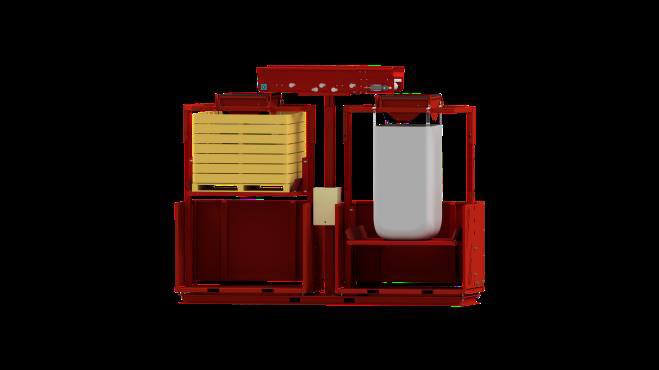
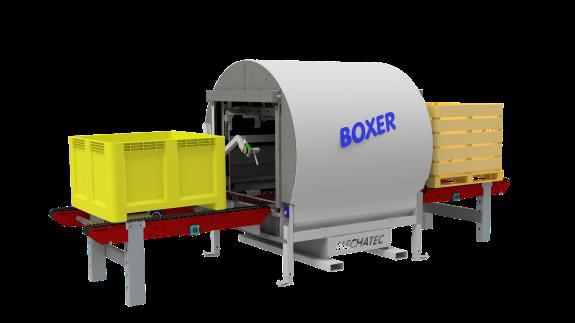
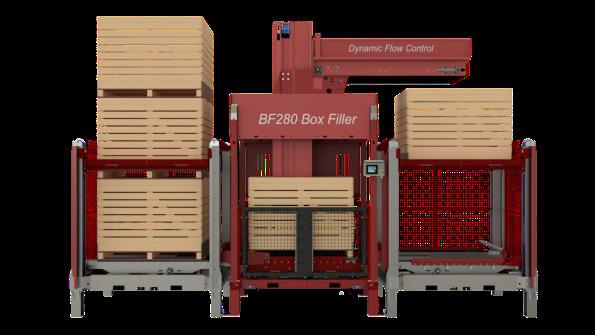










180 AGF Primeur 4 • 2024 +31 (0)186 643 000 · commerce@schrijvershof.nl · www.schrijvershof.nl Our family travels the world to get you the best! TEL +31(0)6 - 54 20 22 42 | ONIONS, CARROTS AND CABBAGE FOR TRADE • We purchase directly from Dutch farmers • Deliveries to wholesalers and retailers, such as grocery stores www ruysgroep com +31 (0) 55 533 5363 Info@ruysgroep com CONTACT T O T A L I N : F O R N E W C O N S T R U C T I O N A N D R E N O V A T I O N FLOORING, WALL SOLUTIONS & DRAINAGE Everything for your box and bigbag handling +31 (0) 527 760 100 sales@mechatec.nl www.mechatec.nl Optical sor ting gives you the onion you ask for!
Maurice Beurskens, who now lives in Austria, about the international fresh produce sector:
“Those experiences broaden your horizon and challenge you to think differently”
Maurice Beurskens, a born and bred Dutchman, has worked in various overseas and Eastern European companies. He eventually settled in Austria, and loves that country‘s pace, space, and lifestyle.
Maurice‘s parents always encouraged him to look beyond the Netherlands‘ borders. “They taught me to see the world as my job space. They said, ‚make sure you choose a career where you have the freedom to move,‘” he begins. During his management internship at a hotel school in Brunei, Maurice realized Asia has many opportunities, which eventually took him to Vietnam for five years. “Getting to know new people, adapting to different cultures, and learning new languages is fantastic. Those experiences broaden your horizon and challenge you to think differently.”
It was in Vietnam that he started working at a small hospitality and distribution company. There, Maurice quickly moved to Metro Cash & Carry, where he oversaw food imports and operations. After several years, he got to go to Makro Cash & Carry Poland for a project, where he did sales and marketing, and later switched to procurement.
There, Beurskens focused on ultra-fresh products, including fresh produce. After ten years, he decided it was time for something new because he missed the dynamism and freedom of movement Metro and Makro had offered him. So, Maurice went to work for Marley Spoon AG in Berlin, then still a start-up, where, for two years, he helped the company grow internationally, with projects in Australia and America.
While in Warsaw, Poland, Maurice met his Austrian partner. Six years ago, they decided to settle in Austria, and Maurice ensures their two children have a good command of the Dutch language. “We speak three languages at home,” he explains, “I speak Dutch with the children, my wife speaks Austrian, and they‘re learning English. So they’ll grow up trilingual, which adds to their international character.”
Life is very good in Austria, says Maurice. “It‘s much larger than the Netherlands but has far fewer inhabitants, about 8 million, so there‘s much more space to live. The pace is also slower, which suits me very well. Plus, you can enjoy great nature areas and easily go skiing in the mountains on weekends,” he points out.
Beurskens is the Chief Business Development Officer at Frutura. Originally a fruit company, it gained a reputation throughout Europe by investing in pear drying. It has since added several lines of business. “Frutura is an innovative second-generation family business that now has 35 hectares of fruit and vegetable crops, an import branch with buyers worldwide, and its own banana, mango, and avocado ripening facility.”

“The business is committed to sustainability, heating its greenhouses with geothermal heat and operating as carbon-neutral and plastic-free as possible. My role is to enable the company’s further development and growth by setting up new ventures and managing execution across departments. Frutura is part of the DOL Group,” Maurice explains. “We work together to develop new ideas and establish new business initiatives. My responsibility is to develop, scale up, and integrate these ideas into our corporate structure.”
“One of our projects, ICH Plus, focuses on delivering healthy
food packages to offices and businesses. Another is working on establishing a new distribution channel for large-scale deliveries. We serve different customer groups, from consumers and businesses to supermarkets and the hospitality industry. I work in a dynamic environment, with different companies fulfilling specific roles within the group. I enjoy being involved with such diverse aspects and taking on new challenges every day,” Maurice concludes.
m.beurskens@frutura.com
181 AGF Primeur 4 • 2024
Austria SPECIALIST IN INDUSTRIAL ONIONS TEL +31 (6) 54 20 22 42

Exports
of horticulture products to Germany are at a standstill
The year 2023 ended on a positive note, and we will only see what 2024 will be like at the end of the year
“Germany is still the number one destination for Italian horticultural products, and we are committed to maintaining the standards that German consumers are used to,” says Massimo Pavan, an Italian horticultural agribusiness manager.
“T
he final balance sheet will be drawn up at the end of 2024, despite the difficulties caused by the drought, rising production costs and labor shortage,” stresses Pavan. “However, the first two months of the year confirm the same
data as the corresponding period in 2023. We are seeing basically the same trend, flattening out, both for greenhouse tomatoes, and as an example, for open field crops such as carrots. The demand for vegetables from Germany was lower in
the first two months of 2024, but there was also a drop in volume. Early carrots, on the other hand, did not make it across the border in time, or hardly at all, as the production was completely absorbed by the domestic market.”
CONCERN ABOUT TOBRFV. IS IT DEFINITIVELY OVER?
“Let‘s say that the Tobamovirus is not as scary as it used to be,” replies the expert, “but it does require a lot of atten-
182 AGF Primeur 4 • 2024 Vegetables

tion, which we have learned to apply in our operations, from transplanting to the final logistical steps. New agronomic practices, supported by modern genetics, can greatly reduce the phenomenon, but they require a considerable effort in the greenhouse. It should not be forgotten that the virus has demanded enormous sacrifices from growers over the past few years, with incalculable economic losses. More recently, the discovery of the Tomato Fruit Blotch Virus (ToFBV - Blunervirus solani), a plant disease that is often mistaken for the Tobamovirus, and mistakenly treated as such, has led technicians and growers astray. However, things do not seem to be getting any more complicated or worrisome.”
PRICE INDEX OF GREENHOUSEGROWN, CHERRY-TYPE TOMATOES AT THE VITTORIA WHOLESALE MARKET. (SOURCE: ISMEA DATA)
The evolution of the price indices of origin and consumption of greenhouse tomatoes is shown in the Ismea graph above. The graph is important because it shows changes in the values of the two variables considered, not in the levels. In the case of greenhouse tomatoes, prices (and therefore the calculation of the index) depend on the seasonality of the crop, which means that in some months of the year no prices have been recorded. Ismea also points out that the comparison between the different levels (both for the indices and for the absolute values) could be affected by the different product references in terms of variety and place of origin of the product.
Above: prices and costs. The graph shows the evolution of costs and prices of cher-
ry-type greenhouse tomatoes in the Vittoria area.
Ismea points out that the costs include only specific and labor costs (both family labor force and salaried labor) and do not include depreciation, interest, and land costs. These data are currently being updated to take account of new methodological approaches and new ongoing surveys; they may therefore change.
CHERRY TOMATO
According to the data provided by Fruitimprese, the year 2023 closed with a record in terms of the value of fresh fruit and vegetables exported from Italy, with an increase of 9.1% compared to the previous year.
The Istat data, which are also mentioned in the Fruitimprese report, show an export value of 5.780 billion EUR, compared to just under 5.3 billion EUR in 2022. On the other hand, the volume exported dropped by 0.9%, reaching 3.483 million tons.
FRESHLY HARVESTED CARROTS
Italian imports of fruit and vegetables increased by +13.6% in volume and +15.7% in value and the trade balance worsened, decreasing by 29.7%, reaching slightly more than 543 million EUR.
The difference in volume is very noticeable. In 2022, the volume imported exceeded the volume exported by 700 tons. In 2023, the gap increased over 500,000 tons, marking an impressive negative record.
Exports of tubers, vegetables, and legumes increased by +8.7% in terms of
volume and by +18.4% in terms of value. Citrus fruits also performed well, with +9.9% in volume and +19.3% in value. The same cannot be said for fresh fruit, which is affected by the crisis in the production of pears and summer fruit, with exports down by 7% in volume but an interesting result of more than 3 billion EUR in value, up by 6.1%. Exports of dried fruit were disappointing, with a 13.3% drop in value for almost the same volume.
On the other hand, exports of tropical fruit, led by avocados, showed some vitality, growing by more than 20 points in both volume and value. This reflects Italy‘s increasing role as a hub for the European market, but also the expansion of avocado growing areas in southern Italy.
Looking to the future, the increasingly fluid international geopolitical situation is a cause for concern. Instability in the Red Sea is blocking Italy‘s fruit exports and preventing the supply of raw materials. Circumnavigating the Cape of Good Hope makes the logistical challenges extremely complex and favors emerging competitors, with Turkey at the forefront.
“There is no good news from Brussels on the packaging front,” says Marco Salvi, president of Fruitimprese. “The compromise that has been reached excludes plastic for the packaging of unprocessed fresh fruit and vegetables weighing less than 1.5 kg and dangerously leaves it up to each state to decide which products to exempt from the ban. Sending produce to Europe will be a nightmare. Considering that fruit and vegetable packaging represents only 1.5% of the total packaging used in the agri-food industry, we wonder why our sector has not been exempted from sacrificing itself in the name of purely ideological decisions.”

183 AGF Primeur 4 • 2024
Massimo Pavan
Nicolas
Stevens, Better3Fruit, about the large influx of new apple varieties:
“Shouldn’t we be asking if some established
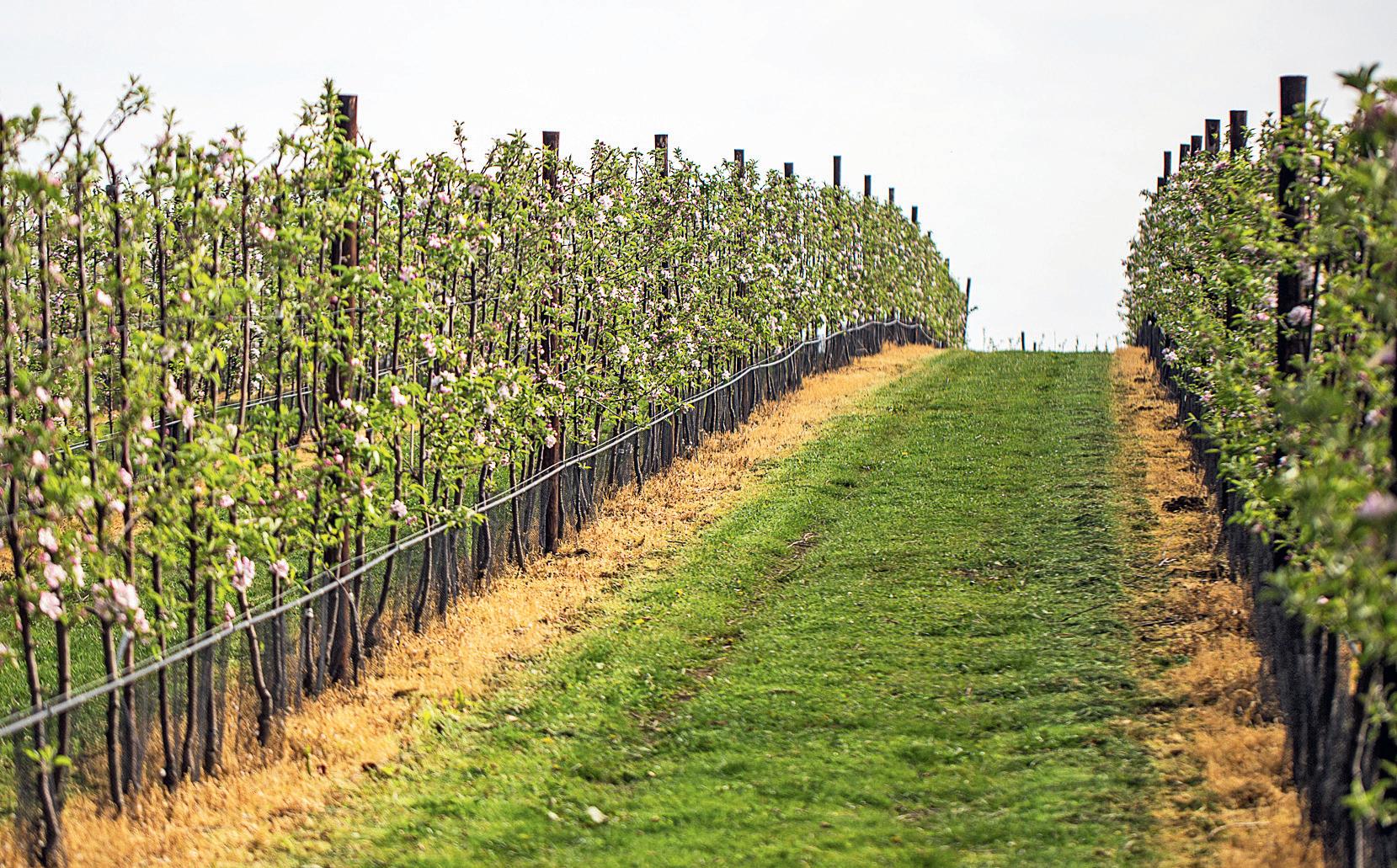
Focusing on what top fruit cultivation may need in 15 to 20 years regarding future apple and pear varieties keeps Belgian breeder Better3Fruit busy. Climate change is an issue, as is, for example, the consumer preferences and the shrinking crop protection package. Nicolas Stevens, CEO of Better3Fruit, shares his views on concept and established varieties, and new breeding techniques.
More new apple varieties, club concepts or otherwise, are coming onto the market. Too many, perhaps?
“There are indeed many different new varieties, but maybe you should reverse the question: Should some established varieties not make way for those? Which varieties benefit consumers, the environment, and growers most? That remains a tougher question. Not every store needs to carry five or ten different concept varieties. But there‘s room to ensure each right cultivation area and market can have a variety. Perhaps not every variety should be grown identically worldwide, but if adapted correctly, it can make a difference locally to both growers and shoppers. While spreading marketing investment over the largest possible volume helps, that doesn’t suit every variety.”
Supermarkets are increasingly carrying exclusive apple varieties. Will that trend continue?
“The reason for that is probably the same as why you see more concept varieties. In the Netherlands, it fragments the retail-
ers, and they stay out of each other‘s way with different varieties. They don‘t have to compete, either. Only some supermarket chains can offer enough sales guarantees with their variety to make it genuinely worthwhile to growers. Nor is that necessary. Even without being linked to a single retailer, the market has enough good apples to avoid competition between varieties. One of the great advantages of concept varieties is that they allow for agreements to be made throughout the chain.”
“On the one hand, growers can ensure great-looking products that keep very well and are always top-notch. On the other hand, retailers can charge more for these. Plus, you can make deals throughout the chain about, say, different brands for class I and II with industry partners. A concept variety is very suitable for that. Processors are, for example, very interested in Greenstar because those apples don‘t discolor. They don‘t mind if the apples have, say, peel damage. But you
then have something else to offer to create added value for growers.”
It seems the somewhat milder top fruit varieties — mostly sold overseas initially — are increasingly conquering ground from traditional varieties in Northern Europe. Are Northern European consumers‘ tastes changing in that regard?
“Northern Europeans are open to change, but their taste isn’t really changing. It‘s more a combination of offering the right fruit at the right time. For instance, QTee pears are offered early, at the perfect time. They sell out in October when they start softening. With some varieties, it‘s about placing them in the right way and position in the market and sticking to that. With a managed variety, you can control that better and ensure shoppers get a much better product.”
What does the future hold for established varieties like Elstar and Conference?
“Those could have the toughest time regarding future legislation and climate change. If the climate keeps changing, certain cultivation aspects could become harder. That doesn‘t have to be a problem because we‘ll hopefully be ready with new varieties by then. With that, I believe we can handle that change, but it‘s vital that the whole sector gets behind the idea that new varieties are good for consum-
184 AGF Primeur 4 • 2024 Vision
established varieties should make way for these?”

ers and also help growers. They shouldn‘t just try holding on to a nostalgic view.”
Nicolas adds that introducing new varieties takes time. “Building a brand or name requires plenty of consumer-related input. If you show people that ‚we‘re here‘ every day, it still takes years before people truly recognize or acknowledge a name or brand. Nonetheless, no apple variety can be on the shelf 365 days from day one. It, for instance, took 20 years for the public to become familiar with Kanzi.”
“Yet, our partners can now deliver yearround in Europe, though not to all supermarkets within reach of every consumer. When it comes to apples and pears, things simply take time. The names Elstar, Jonagold, and Conference will undoubtedly remain relevant in the coming decades. But that also lets us engage in breeding and switching sustainably to new, better-performing varieties. It doesn‘t have to be the overnight death of one and success of the other. There will be a transition.”
European authorities are pushing for more organic production; how are those varieties faring? “There‘s actually no such thing as organic varieties. They‘re all the same variety. Better3Fruit also doesn‘t develop specifically for organic production. We develop new apple and pear varieties, and along with being sus-
tainable to grow, they must be resistant and do well. Everything must meet that very high standard so we know that we can grow with less input in the future. Whether that’s grown organically or not matters less to us. We want everyone to be able to grow our varieties with as little input as possible.”
Nicolas points out that resistance does not automatically mean zero disease treatment. “Once you plant a resistant variety, the diseases it‘s resistant to need no longer be treated. But other diseases that haven‘t been treated — even accidentally — can develop. That‘s why we never advise growers to stop all possible treatments completely just because a variety is resistant. We say it‘s more manageable.”
“You don‘t have to spray 20 times with a high dose. But during high disease pressure times in, say, spring, you can do a preventive organic or conventional treatment. That keeps the disease pressure under control. Here, grower expertise remains indispensable. It will always be a challenging crop, but we can ensure growing it stays possible and that you can do more with less input.”
Climate change has put southern European top fruit harvests, especially pears, under pressure for years, making cultivation increasingly
challenging. Does that affect your breeding efforts?
“Climate change, as such, is highly complex and has diverse parameters, such as strong solar radiation or drought, but also different diseases and insect damage. For us as breeders, climate change comprises too many issues and facets to be able to provide 100% answers to each of those parameters. We cannot solve it with breeding alone; it comes down to the right growing locations, crop management innovation, varieties, and rootstocks.”
“We screen for varieties that are, for example, more resistant to strong solar radiation. We also look at resistance to certain more prevalent infections in the warmer summer months. We want those to have a slight head start in that. Also, problems that may only occur in, say, Italy now may also be coming our way. From the complexities of climate change, we extract some issues we try to solve. But we can‘t come up with one magic solution to all those problems.”
Fewer approved crop protection products are a thorny issue for growers. They have been hammering on these risks for years. How resistant are top fruits?
“I believe we‘re part of the solution. As a breeding company, we‘ve been working on resistant varieties for many, many
185 AGF Primeur 4 • 2024
years. For both apple and pear, we try to motivate universities to do basic research, on which we can then build. We try to avoid getting caught up in trends. Those can seem great in the short term, but we set out to identify long-term trends; for our breeding, we have to look 15 to 20 years ahead. One of those trends — which has been happening for many years — is crop protection. MRLs are being lowered, and fewer and fewer substances are allowed.”
“When breeding resistant varieties, our priority has been to respond to diseases or problems with the greatest economic impact. One such task is apple scab. We‘ve already developed excellent quality varieties with double or triple resistance. Those are truly permanently resistant. We try to work with different companies to see if a win-win is possible and if our resistant varieties are good enough to compete with the current varieties. The answer is a resounding yes. Our varieties are beautiful, color well, are tasty, and store very well. I think we have wonderful varieties which are now being tested worldwide.”
“The first of those are already being grown commercially. We‘re making genuine strides, but an orchard only lasts 15 to 20 years. So when a product is developed and ready, it takes quite a few years before it‘s all planted, in production, and on consumers‘ plates. I think that causes some grower frustration, too, as reflected in protests in various countries. The speed at which rules are being tightened doesn‘t give growers time to adapt. Also, rules are imposed from a theoretical framework; in practice, it‘s often somewhat more complicated.”
Are the challenges such that cultivation possibilities will dominate variety choice?
“At present, no. Consumers remain the ultimate determining factor. If they don‘t want the fruit, it will fail. The first and foremost requirements are consumer-based appearance, flavor, and texture. There‘s no way around that. We must improve there, too. For apples, we‘ve focused heavily on pulp texture over the last six years. Our tests show that‘s even more important than flavor. That‘s important, but if that‘s good, you can win
over many people. But for many, texture is either ‚on‘ or ‚off‘. They don‘t like mealy apples; they like crunchy ones.”
What are you expecting from the new breeding methods that the European Union tentatively opened the door for last summer?
“They can undoubtedly contribute. We‘re big supporters of that as another tool in our toolbox. Then we talk about certain techniques that we know can also happen naturally, but which we can control with those methods. I want to emphasize that we‘re not in favor of developing transgenic varieties that favor, for instance, certain crop protection products. We‘re against that.”
“These new techniques can‘t replace breeding; they can, however, speed it up. It would be great if you could use those methods to solve just two or three of 20 problems. Finding solutions takes a long time. It easily takes seven to eight breeding generations of six to seven years each to obtain a particular wild species‘ interesting gene or a unique piece of genetics and use it in a commercial variety. Uni-
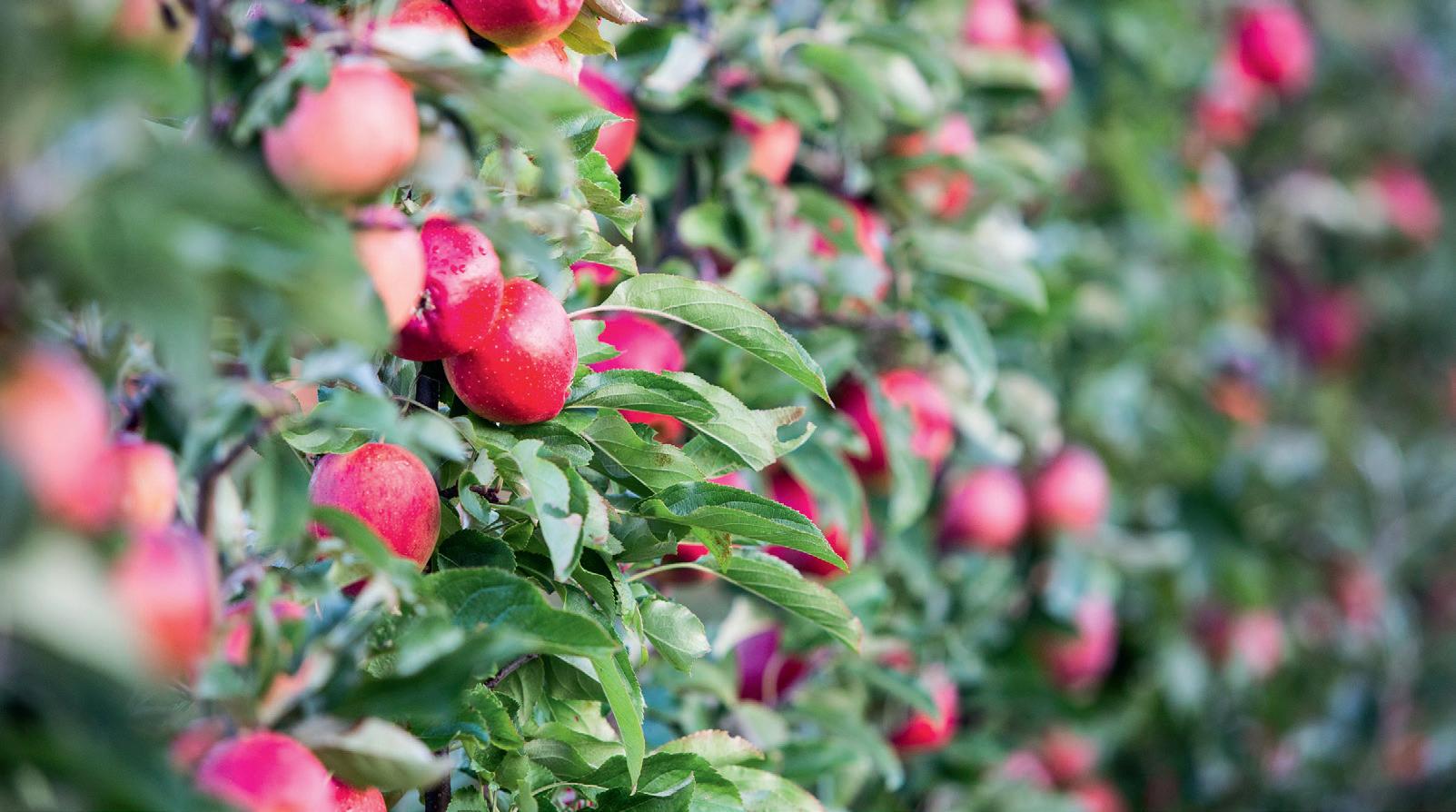



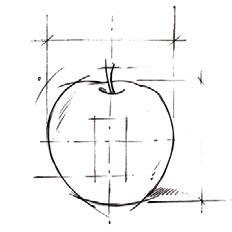


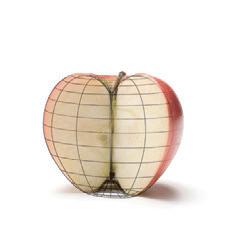


186 AGF Primeur 4 • 2024
Vision Discover Better3fruit’s new varieties Contact us for an appointment! E-mail: info@better3fruit.com or call us +32 16 24 16 10
versities began breeding for scab resistance, for example, in the 1950s. But, it‘s only since the 2000s that the very first commercial results were achieved. And it‘s only in the last five to 10 years that there are top varieties that are genuinely better than the non-resistant ones.”
“We’re at that point now, but it has taken decades. If these new breeding techniques can solve some issues, we have more time and resources to focus on others. If one or a few genes can solve a problem, you should consider these new methods. But, for instance, an apple’s texture involves thousands of genetic pathways. These new techniques will take 100 years to entirely decipher and modify that. It‘s so genetically complex that that makes no sense to do with the methods that might become available now.”
“With scab resistance, for instance, there are several genes we know play a significant role. That‘s where we could use new breeding techniques. If, say, you have an excellent resistant variety with only one gene, the disease can break through that. That resistance is, thus, insufficient. With the new breeding techniques, you can add dual resistance and, therefore, have a double barrier.”
Nicolas hopes Europe will actually implement the use of these new breeding methods. “I liked the description in the European Union‘s press release: ‘what we actually want to allow, are things that can also happen naturally. And what can-
Colophon
AGF-PRIMEUR bv
Stevinweg 2, 4691 SM Tholen Tel +31 (0)166 - 69 82 00 info@agfprimeur.nl • www.agfprimeur.nl
Publisher: Pieter Boekhout
Editor-in-Chief: Izak Heijboer
Editorial office:

not easily occur in nature remains GMO’. Above all, it will be essential to put that description into a law that’s workable for everyone and ensures people can work with it. I think there are few arguments against such a starting point. For example, Elstar and Jonagold are no longer being planted. It’s always mutations. The sun or other factors have changed their genetics to, say, a different color. Nobody considers that an issue.”
“Those are tiny differences; that‘s what we want to do with these new techniques. It’s exactly the same thing. Just not for something as trivial as color. We would, however, like to address things much
Marjet Lubbers-Bruijnse, Martine van der Wekken, Thijmen Tiersma, Liesbeth Stikkelman, Jannick Flach, Peter De Craemer, Katharina Gusinovs, Carolize Jansen, Hugo Huijbers, Arlette Sijmonsma
Advertisements and subscriptions: Andries Gunter, T. +31 (0)166 698232 - andries@agfprimeur.nl
Design: Viola van den Hoven, Martijn van Nijnatten
Print shop: Senefelder Misset, Doetinchem, The Netherlands
more fundamentally and truly address sustainability issues that are of huge economic importance to growers.” Here, Nicolas mentions crop protection products and water requirements. “Unfortunately, it seems cisgenesis — the simple ‚disabling‘ of a gene through gene editing — will be disallowed. Still, it‘s a step in the right direction. It adds a tool to your problem-solving toolbox. Because ultimately, breeding is considering what a variety isn‘t doing right yet and then trying to rectify that,” he concludes.
nicolas@better3fruit.com
Subscription 79,95 EUR the Netherlands and Belgium 90,- EUR other countries automatically on an ongoing basis until written notice is given up to two months before expiry. Single copies 7,50 EUR ex. postage
Copyright It is not permitted to copy or otherwise publish or reproduce articles, studies or parts thereof published by AGF-Primeur without the prior consent of AGF-Primeur.
Data protection AGF-Primeur stores your customer data for the execution of the (subscription) contract or if you have contact with AGF-Primeur in the context of the service. The data is also used to inform you about products and services of AGF-Primeur and carefully selected third parties.
Disclaimer
All (editorial) information, including advice, ideas and opinions, has been compiled carefully and to the best of our knowledge and belief. The content and layout of the advertisements is determined by or on behalf of the advertisers and is not checked by AGF-Primeur for accuracy, completeness or legality. AGF-Primeur and the authors are not liable for damages in connection with the use of (editorial) information and the content and layout of advertisements.
Despite the great care we take with this publication, errors may occur. We apologize for this. We would like to thank all those who have contributed to the production of this publication. In particular, we thank God, who gives strength and wisdom.
187 AGF Primeur 4 • 2024
Nicolas Stevens

Storage, checking and handling of climatecontrolled fruit



With us your fruit is in good hands. From arrival at the port to collection from our storage; we offer your product the best possible treatment.
In our storage locations in Vlissingen and Kruiningen, the products are subjected to a quality check, after which they are stored and kept at the desired temperature until you want to transport the products further.




+ 31 113 322 352 - Kruiningen | + 31 113 322 311 - Vlissingen | info@zzcoldstore.nl www.zzcoldstores.com
Vlissingen Fruit Terminal
Kruiningen Cold Store



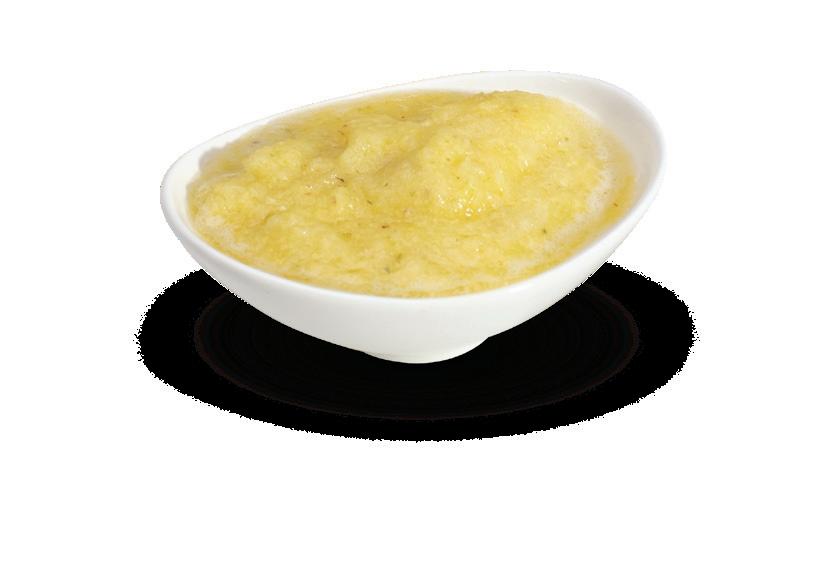
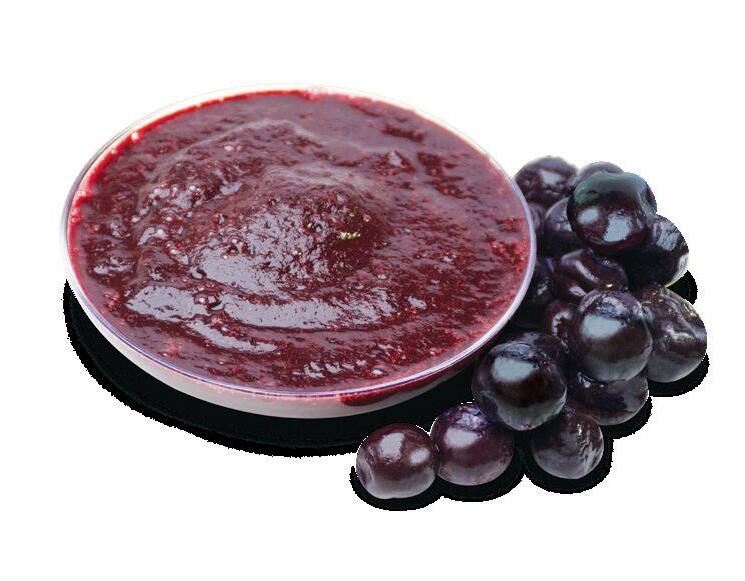



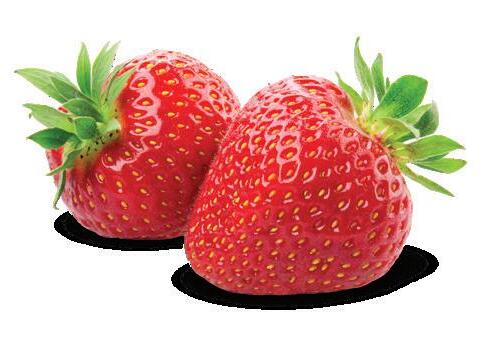



Less Waste, Increased Profit
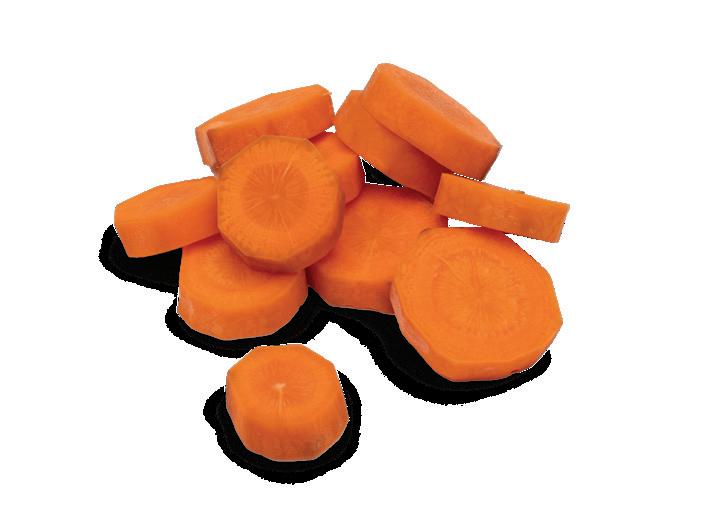
Rely on Urschel, The Global Leader in Food Cutting Technology, to deliver cutting solutions for all types of ingredients including fruit reductions. Delicate applications, like fruit, require gentle, effective cutting to generate a higher rate of desired cuts and prolonged shelf-life. Urschel cutting equipment delivers a full spectrum of size reduction capabilities. Explore dicing, slicing, or pureeing to achieve your processing goals.


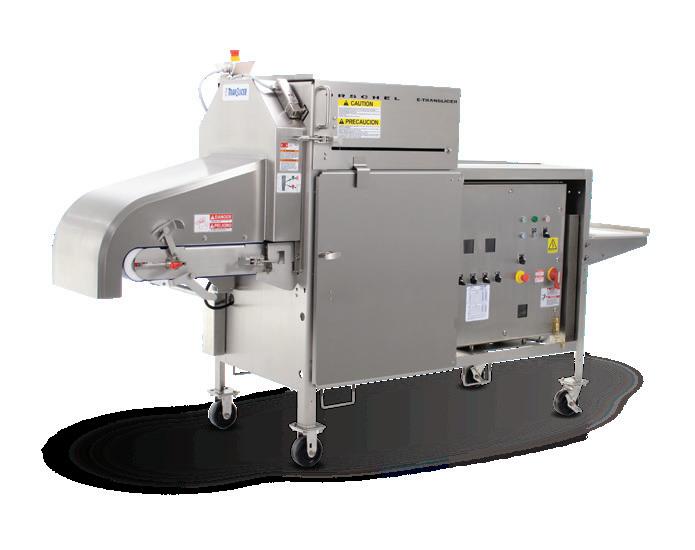



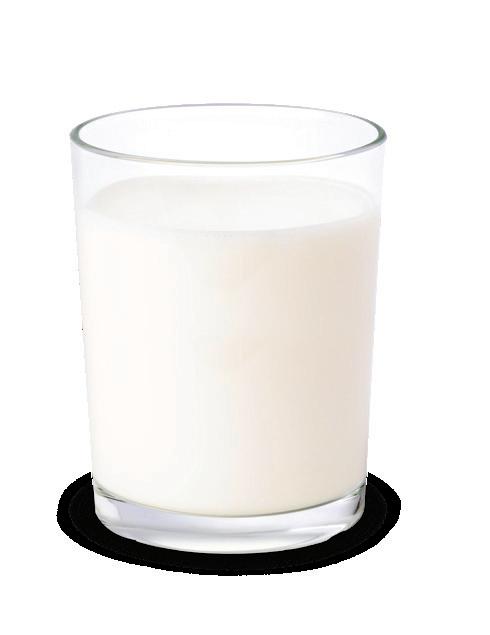

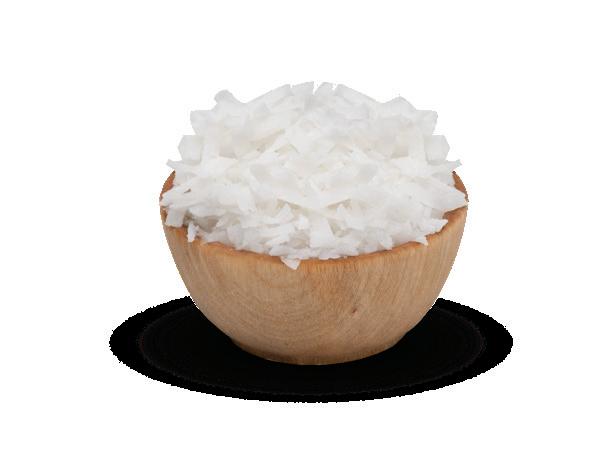
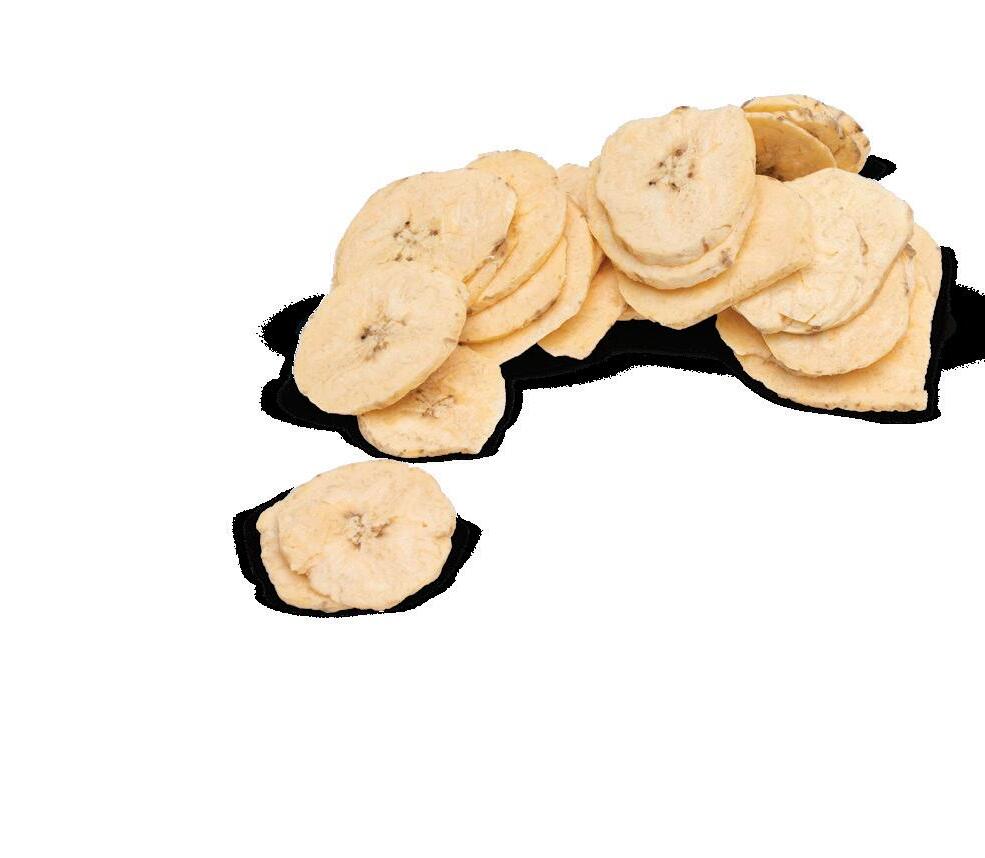
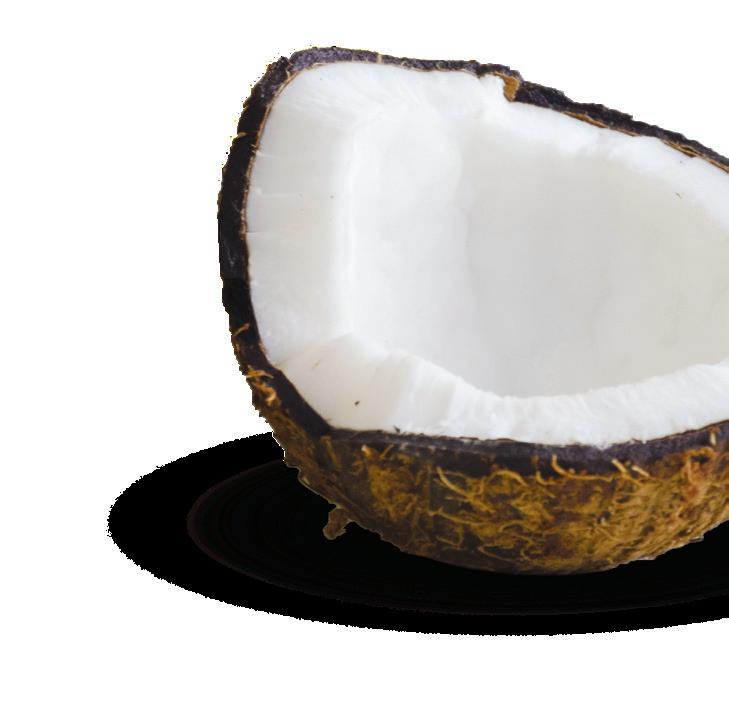



® Urschel, Urschel logo symbol, and The Global Leader in Food Cutting Technology are registered trademarks of Urschel Laboratories, Inc. U.S.A. Set up a free test-cut of your product www.urschel.com #1 Best selling provider of industrial cutting machinery throughout the world. The Global Leader in Food Cutting Technology




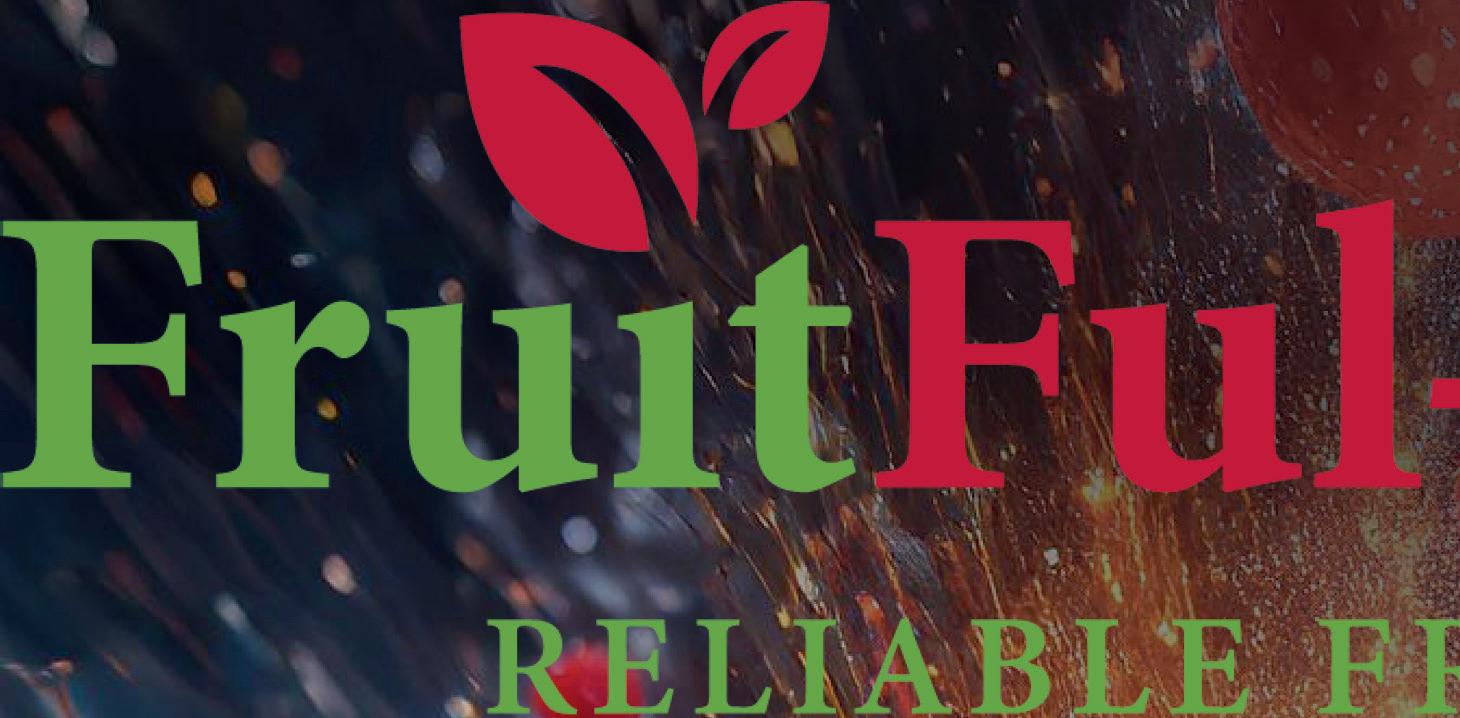
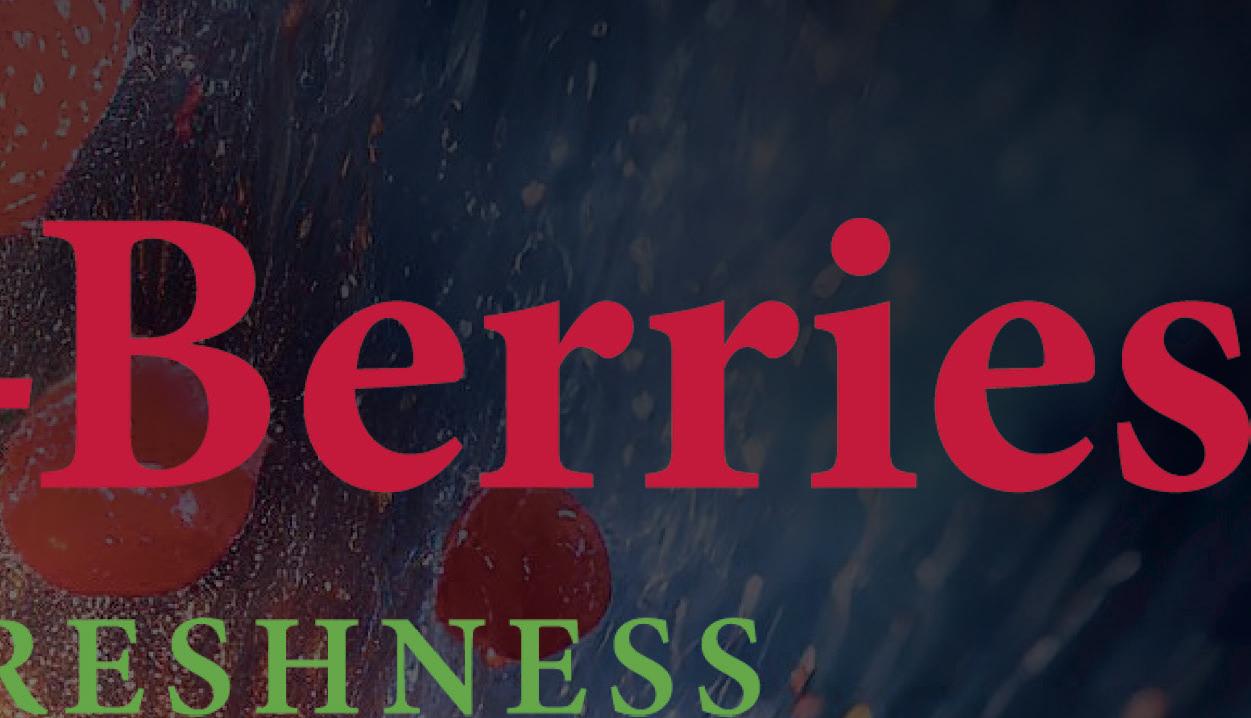
















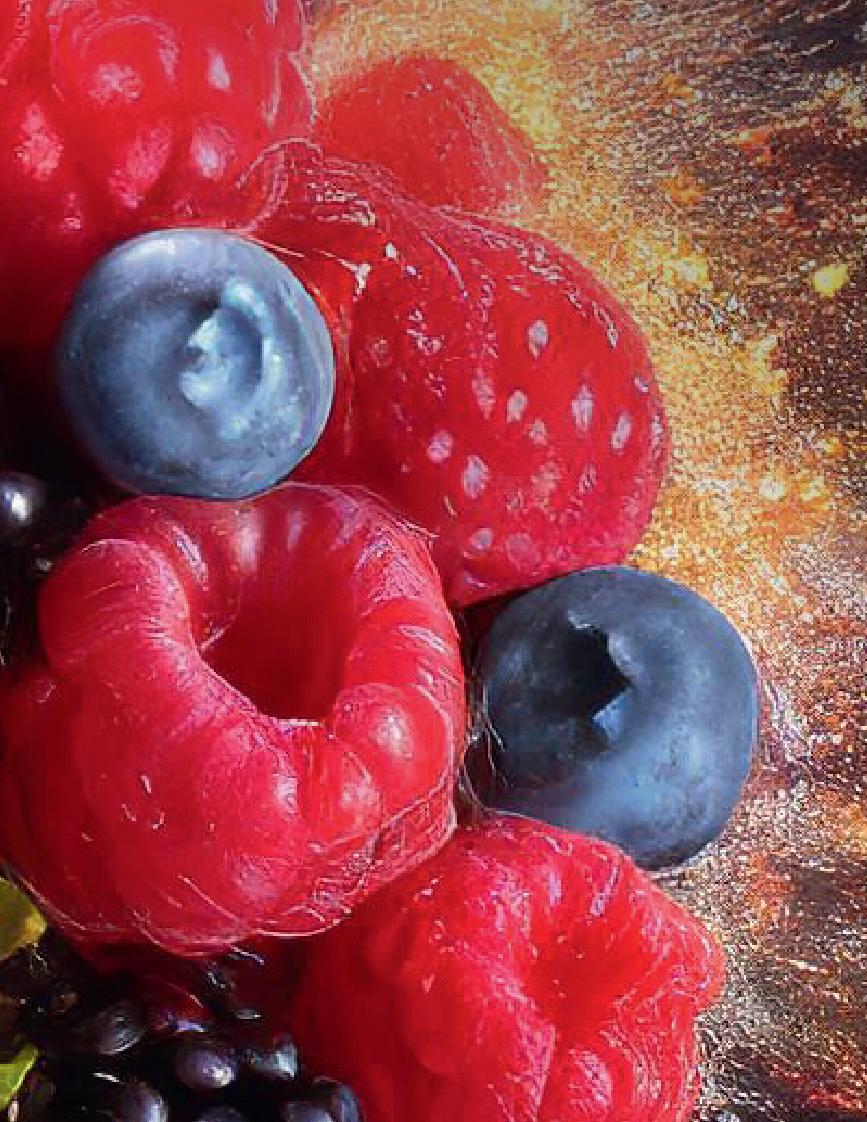
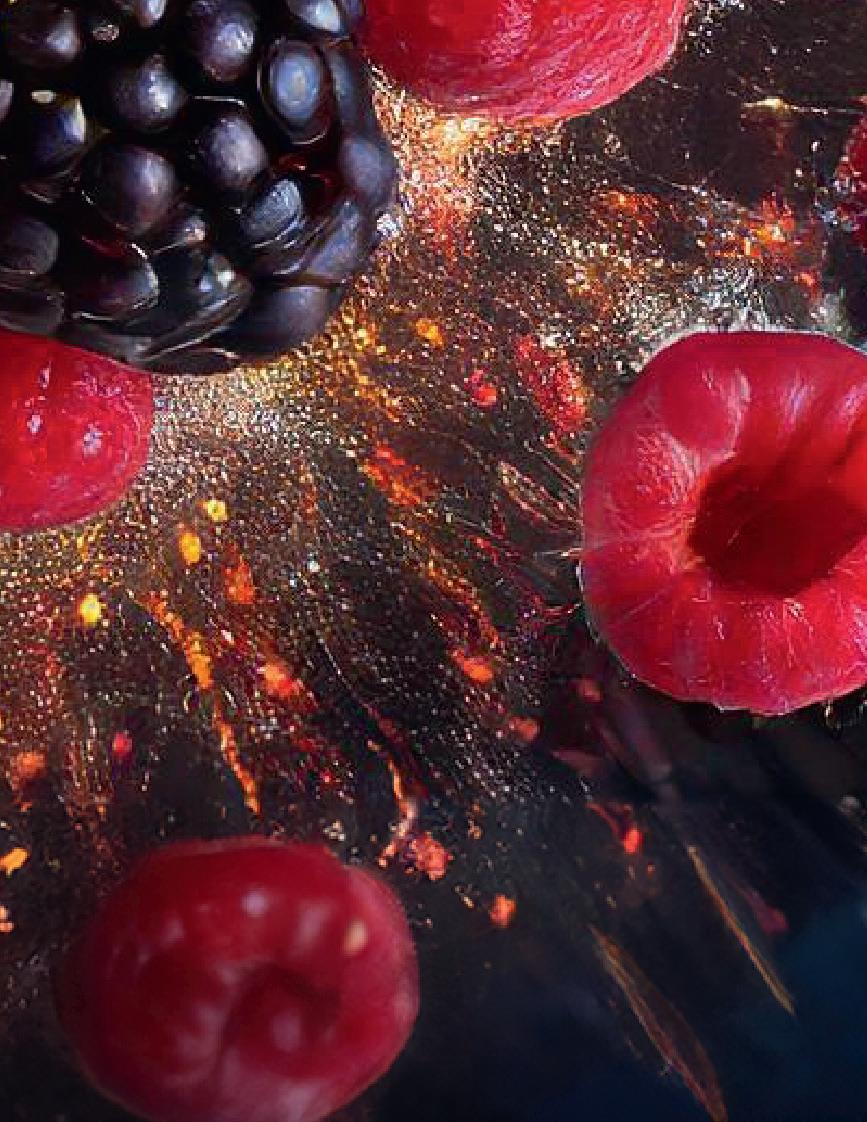

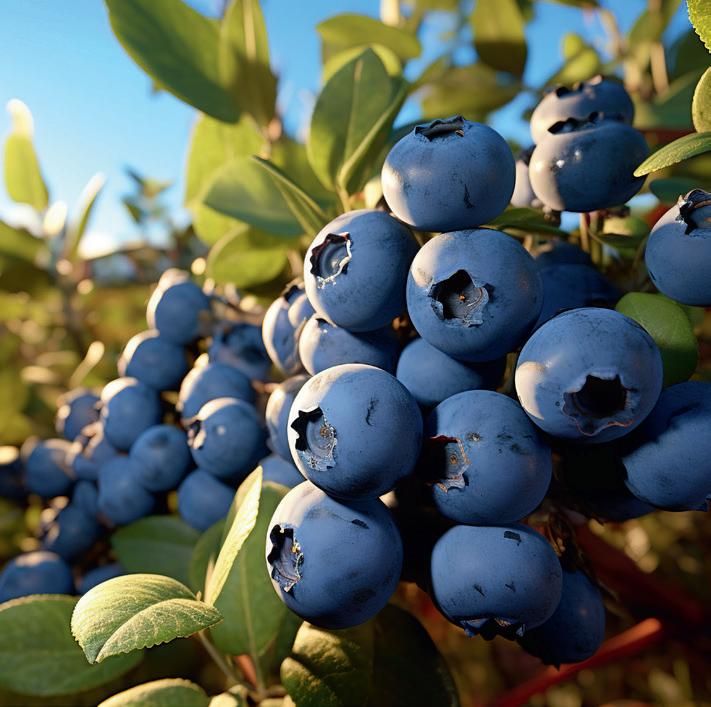


Your premium partner in tasteful berries 52 weeks supply T. +32474917507 | info@fruitful-berries.com | www.fruitful-berries.com






















































































































































































































































































































































































































































































































































































































 Manuel Laborde, Uniban:
Manuel Laborde, Uniban:

















































































































































































































































































































































 KUJ HC-220 Cube, strip & slice cutting machine
K 850
GEWA XL
GEWA AF
Flow weighing belt system
KUJ HC-220 Cube, strip & slice cutting machine
K 850
GEWA XL
GEWA AF
Flow weighing belt system




























































































































































































































